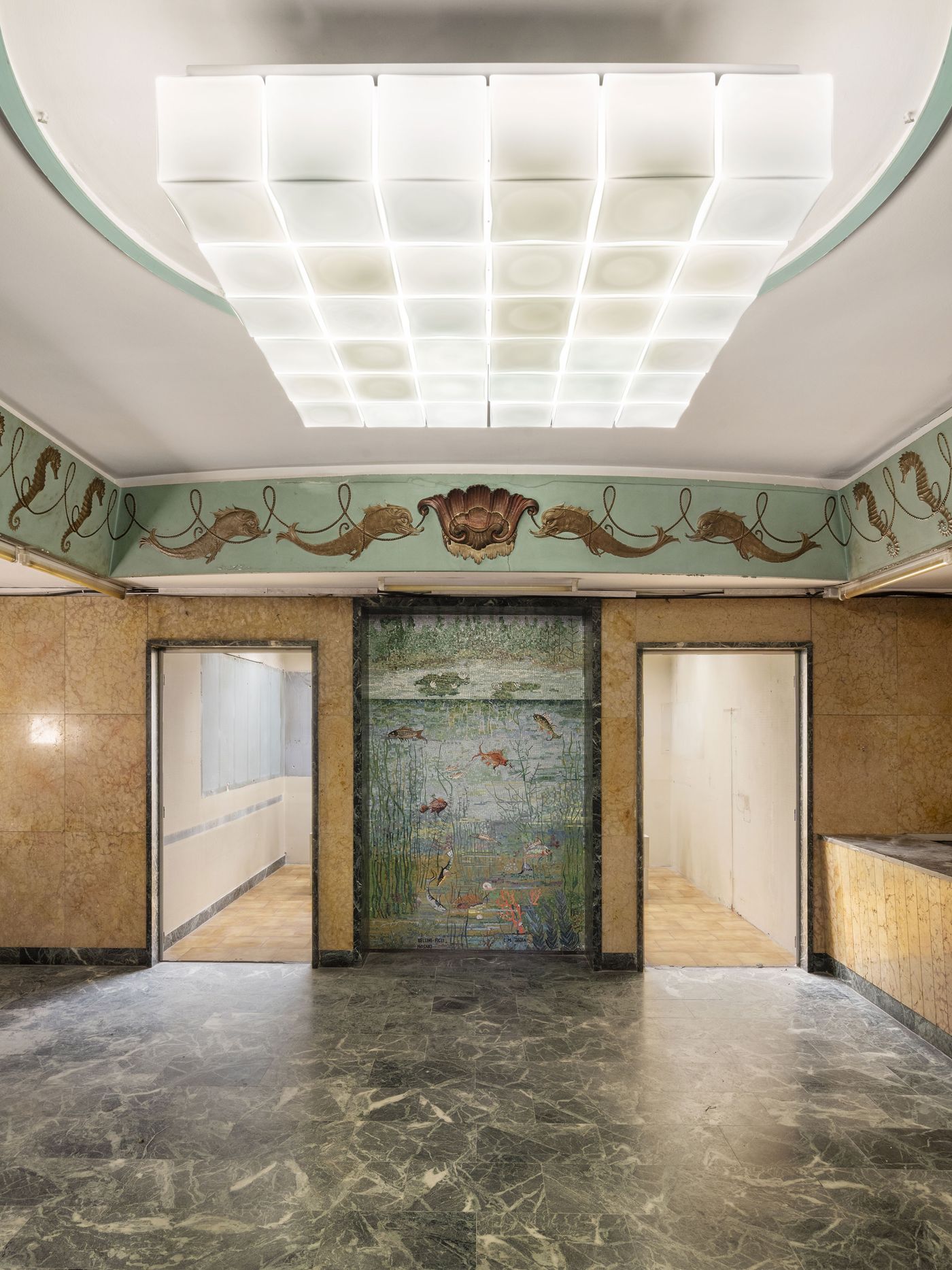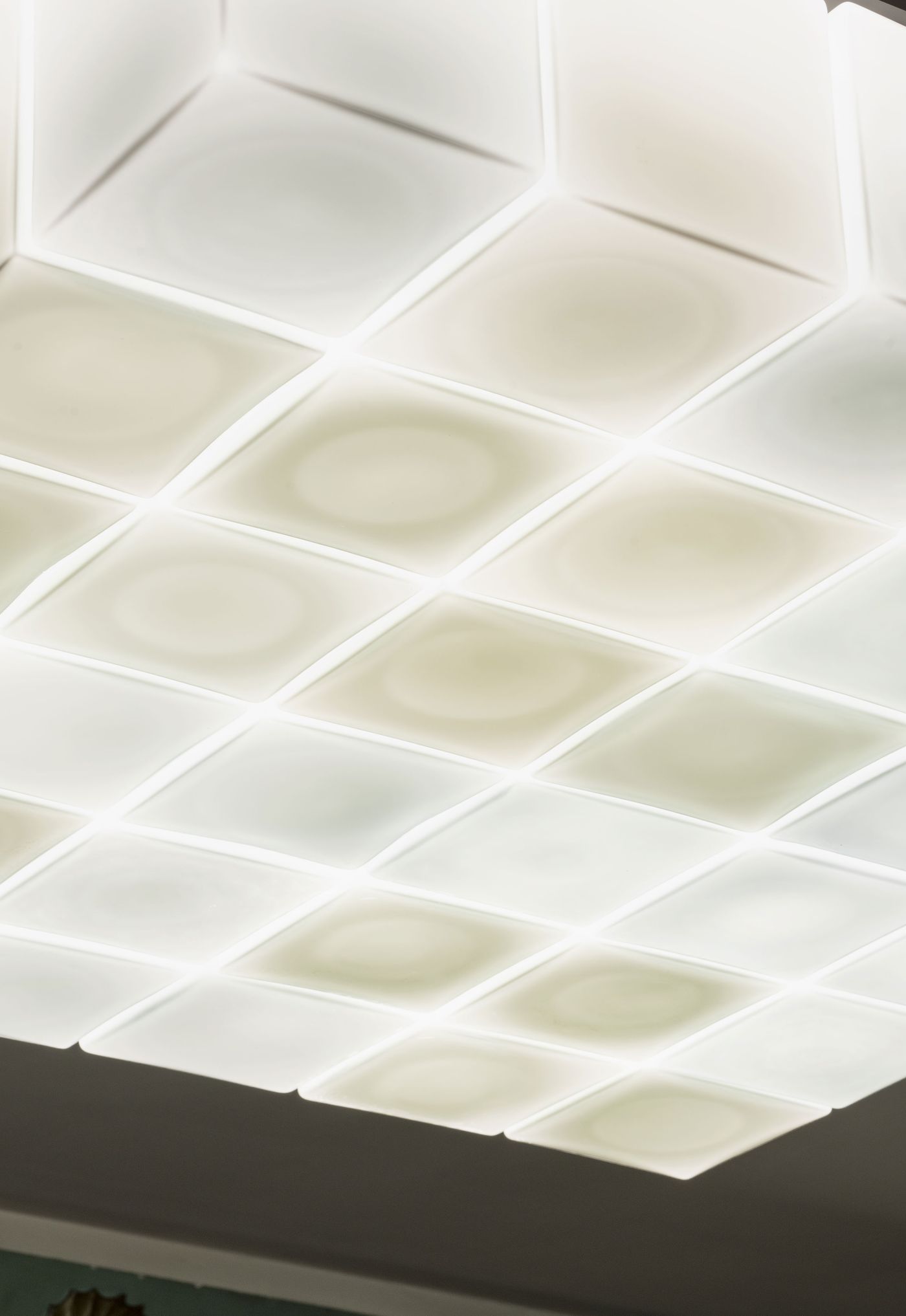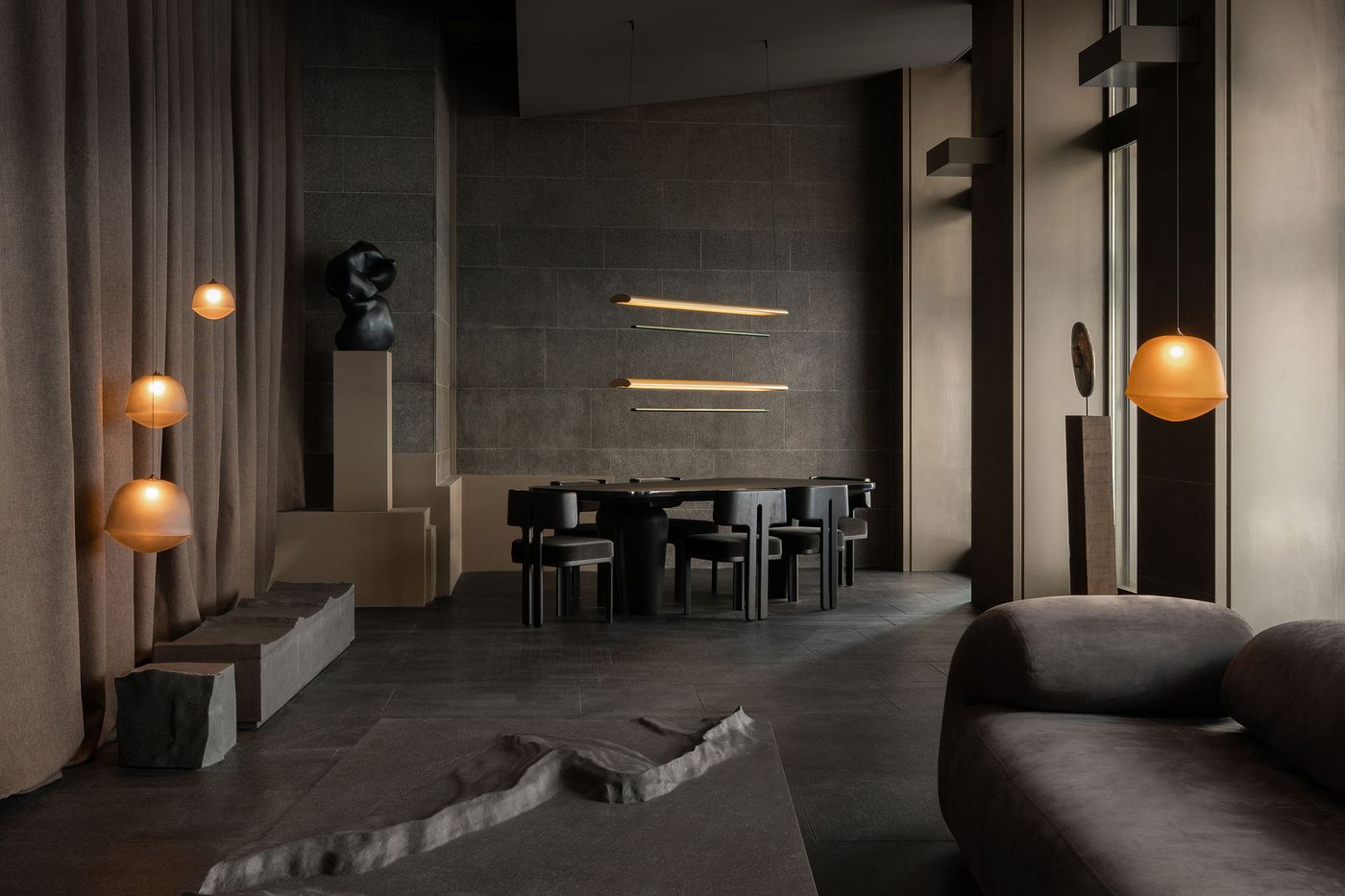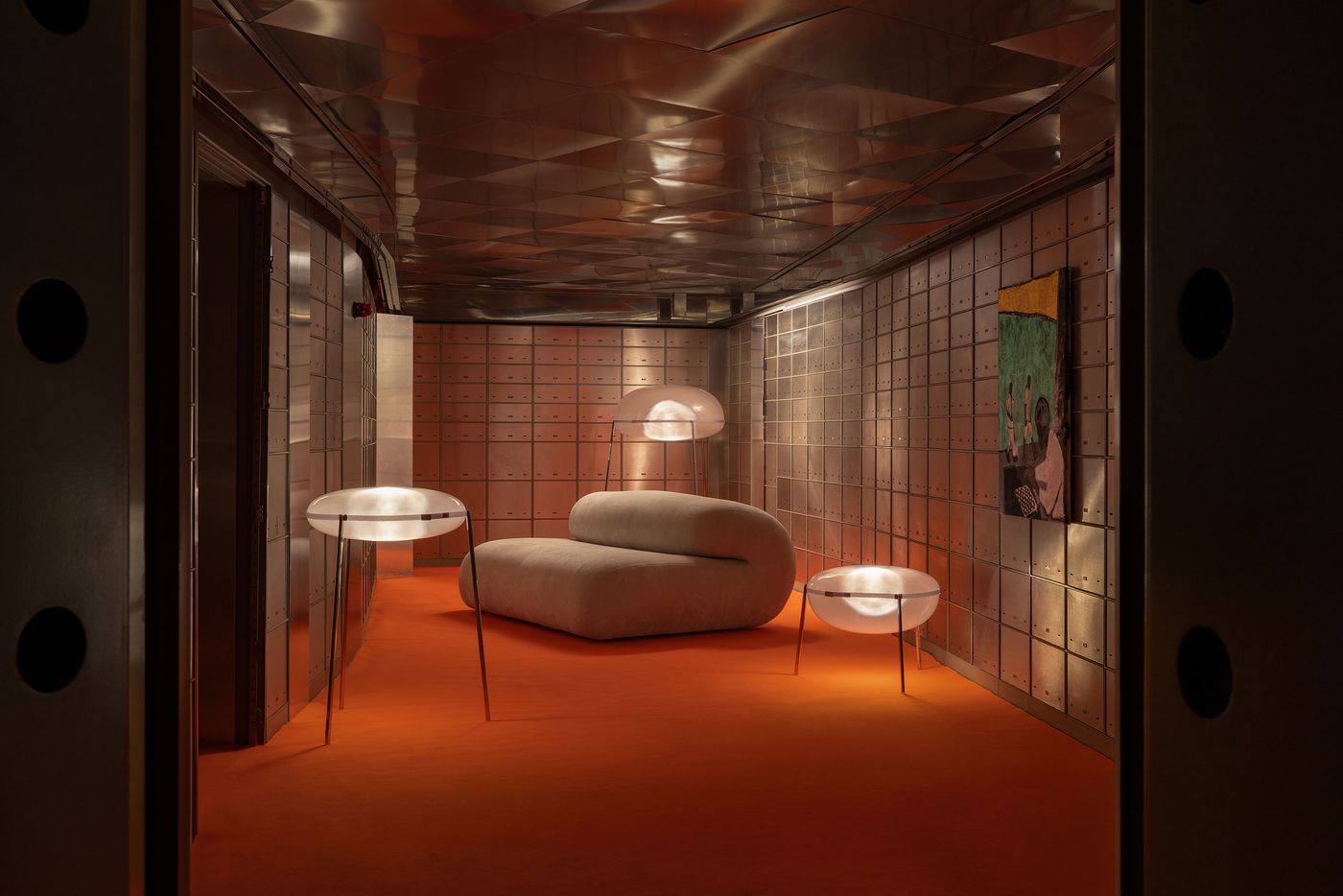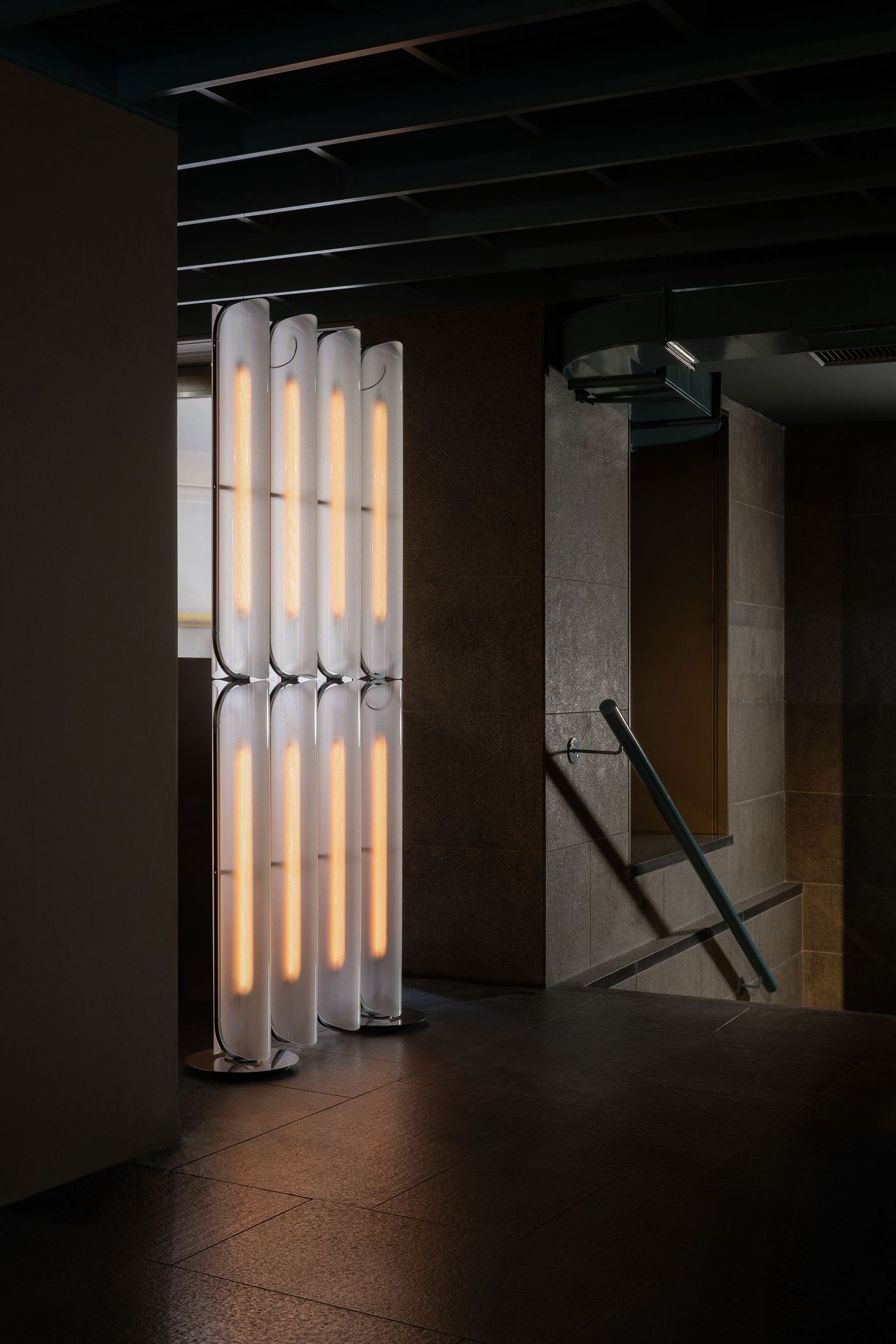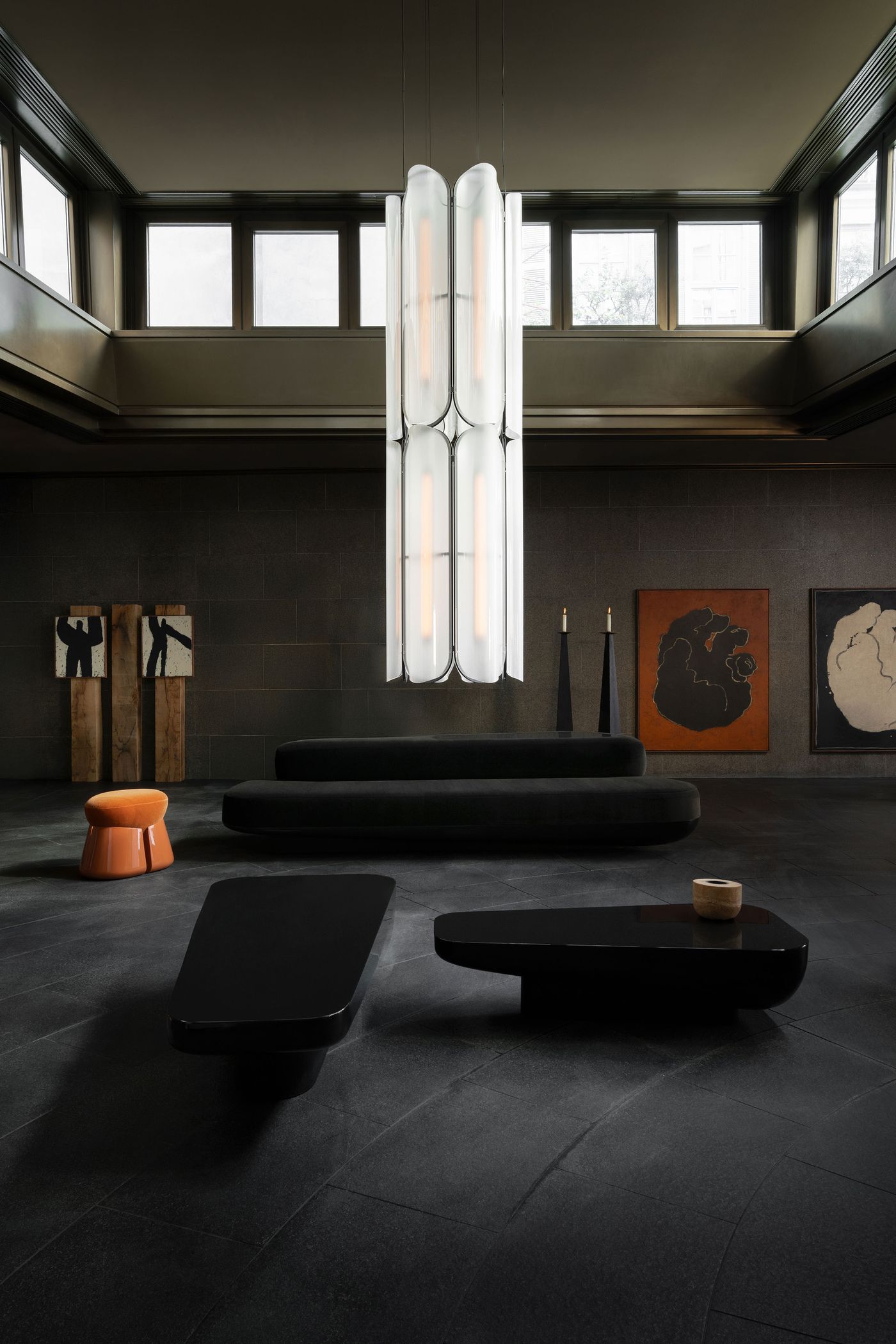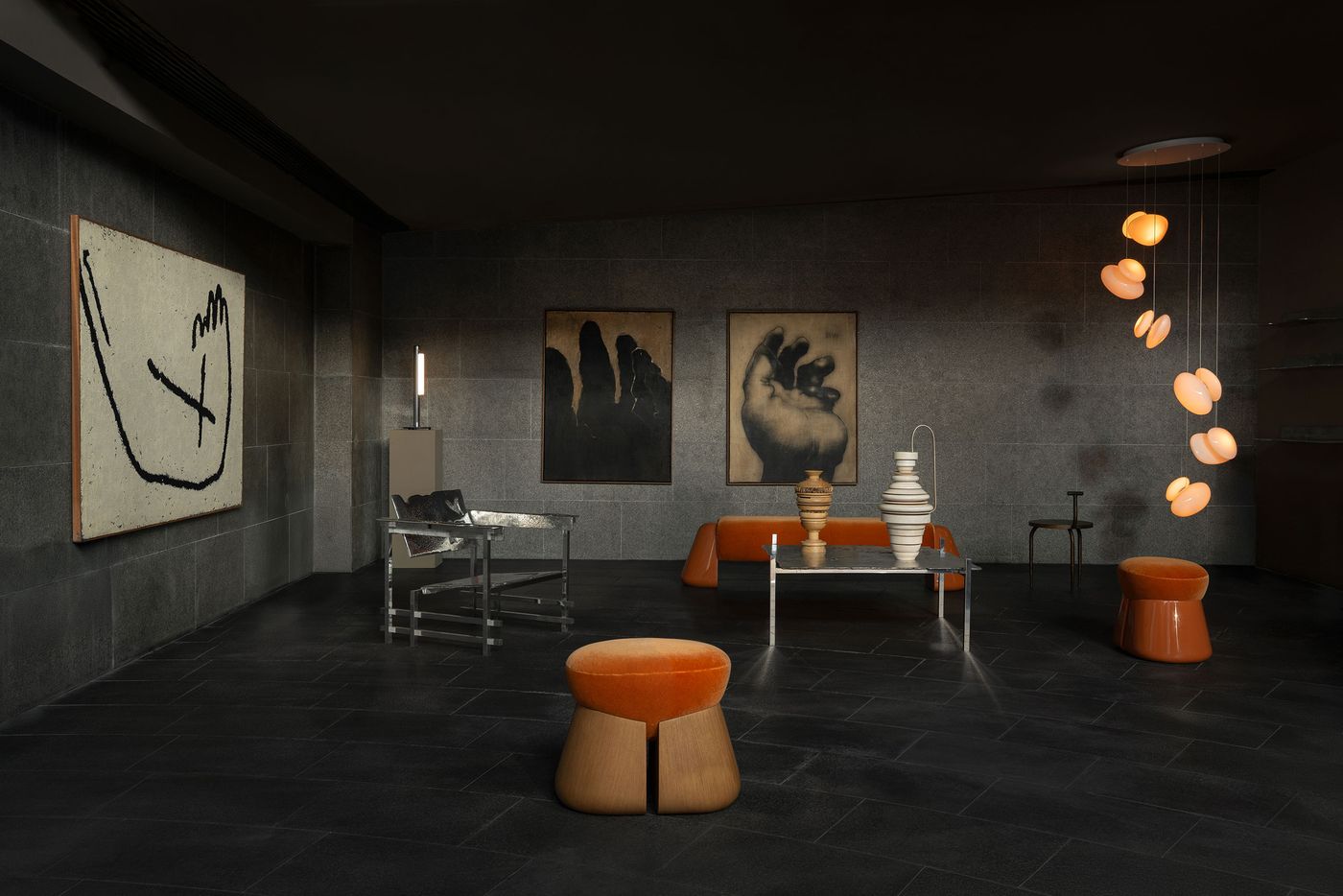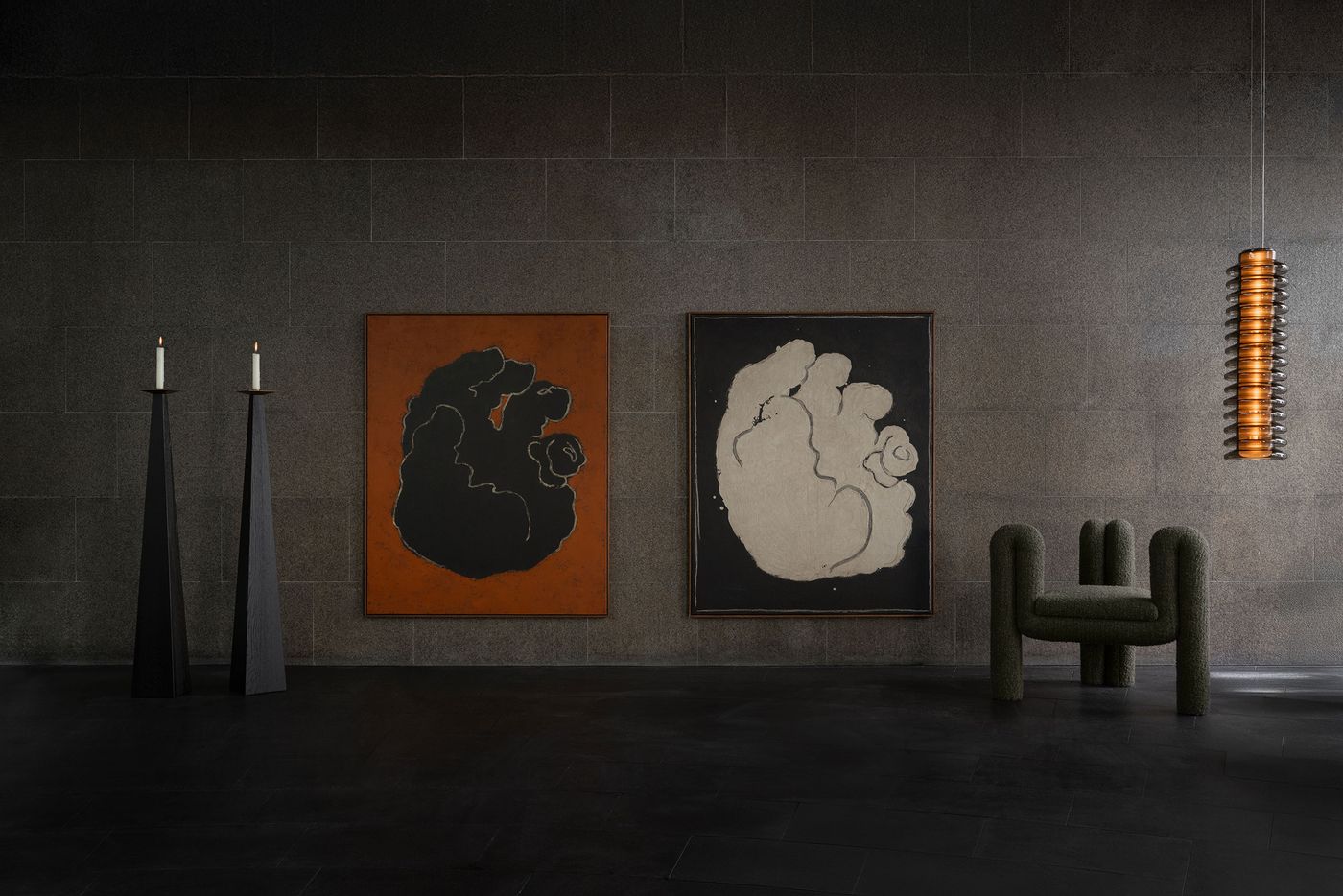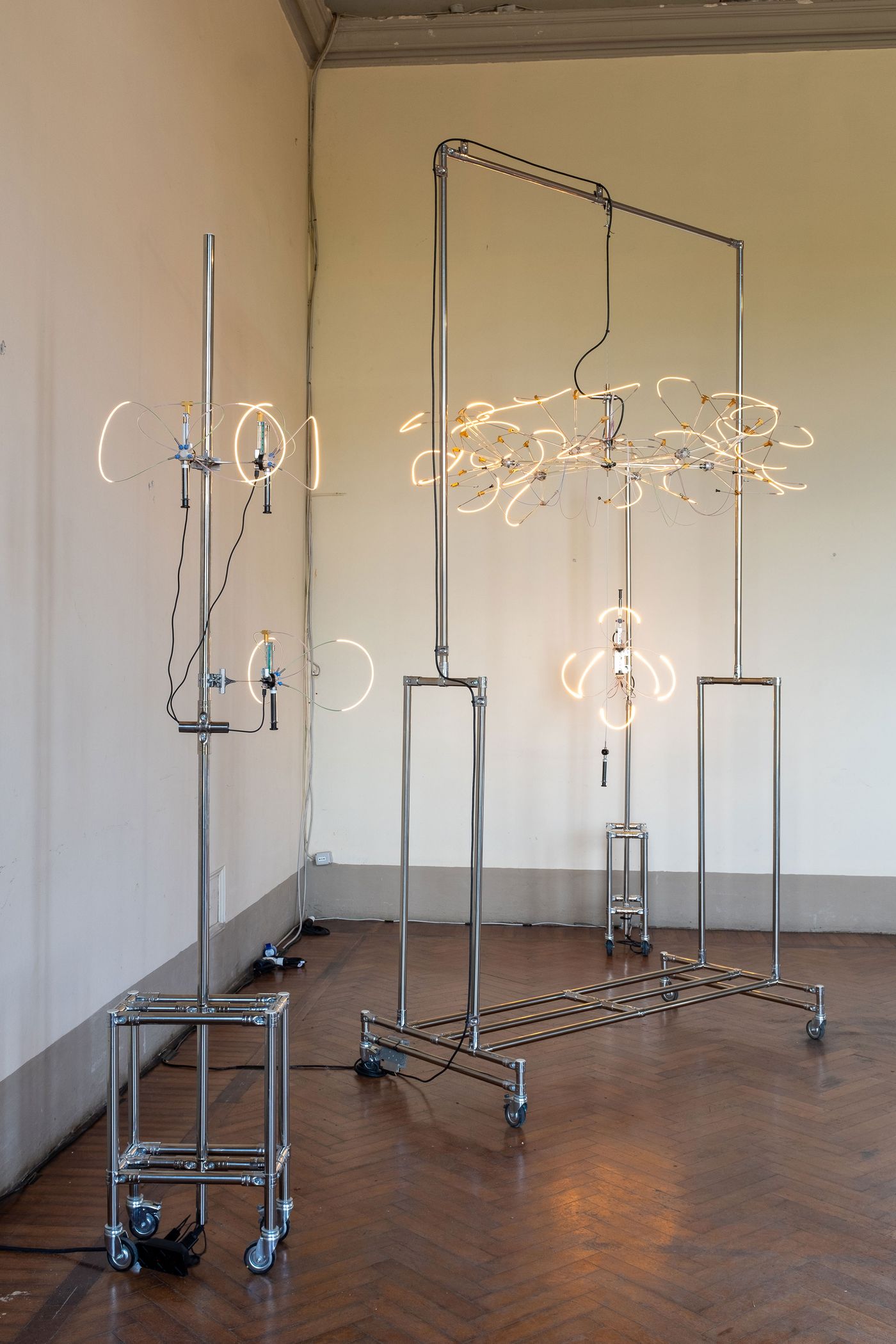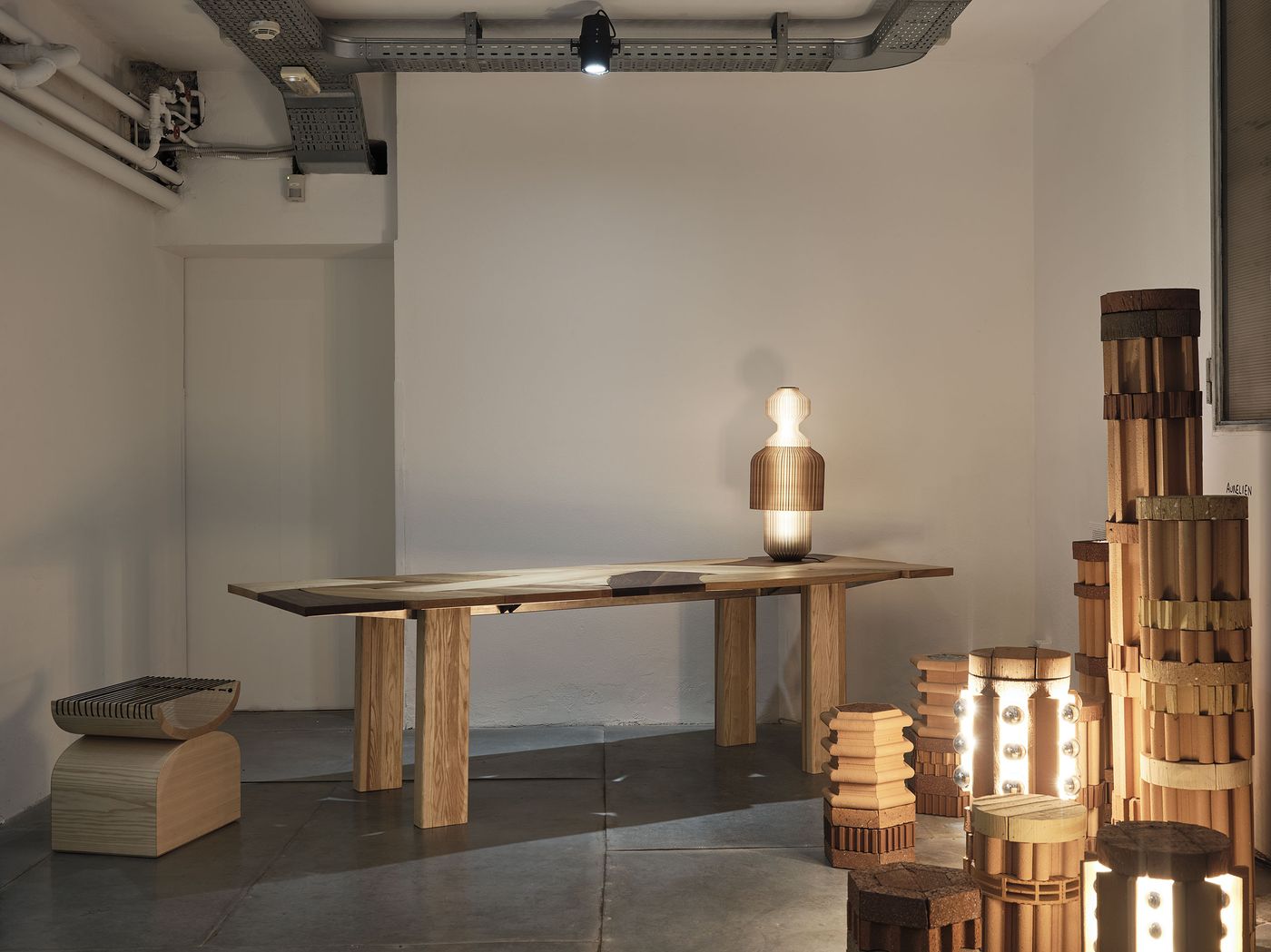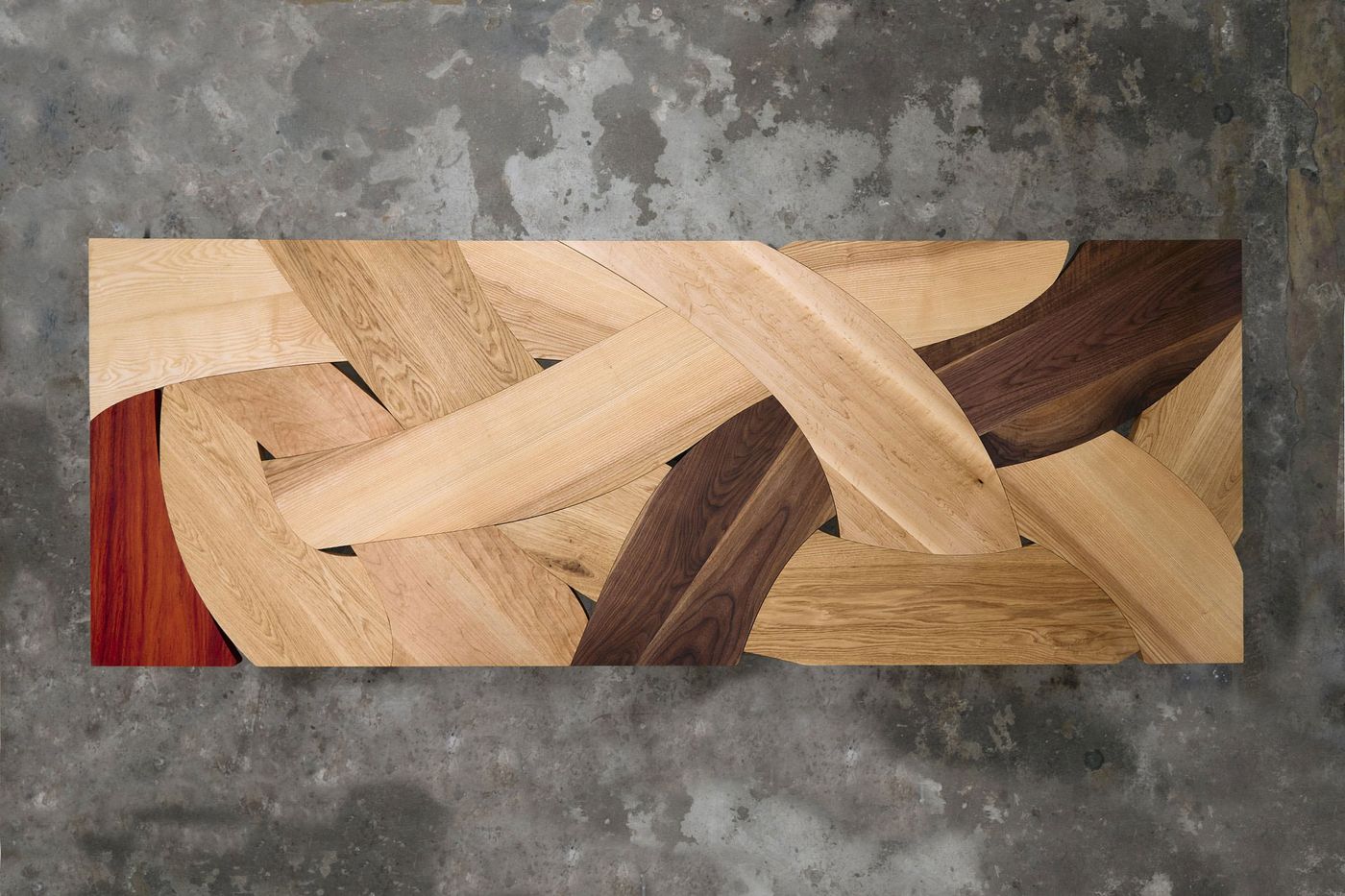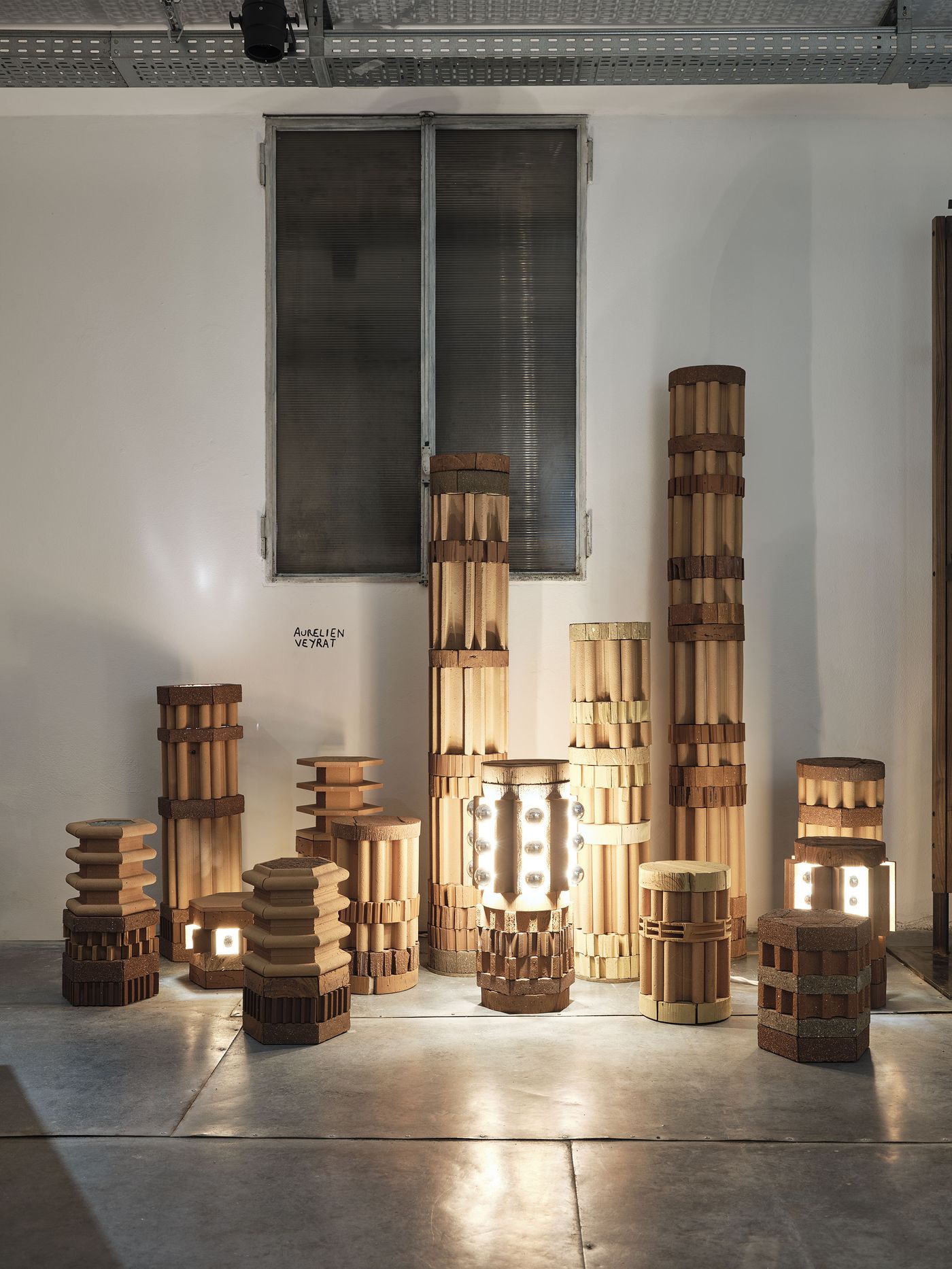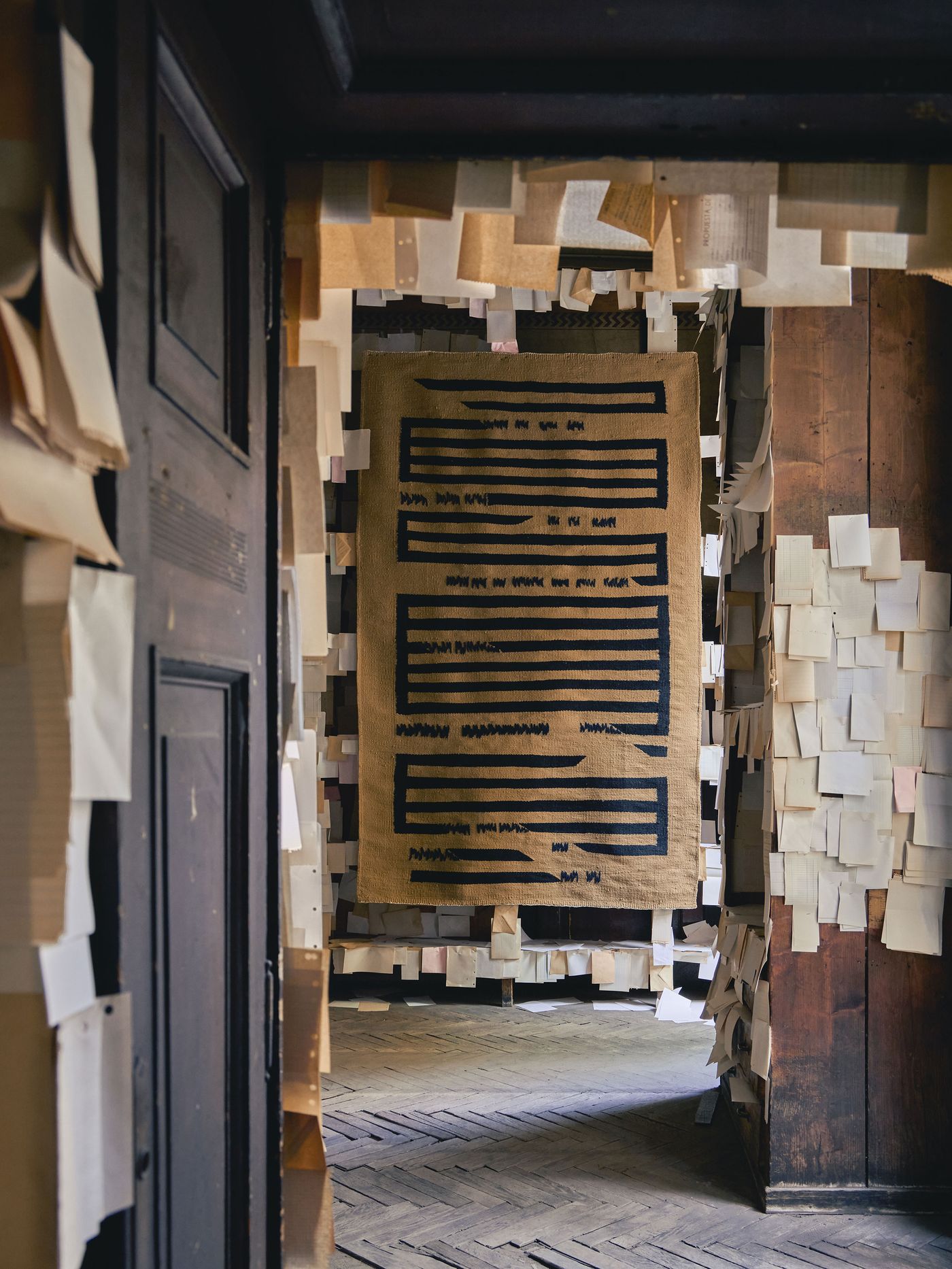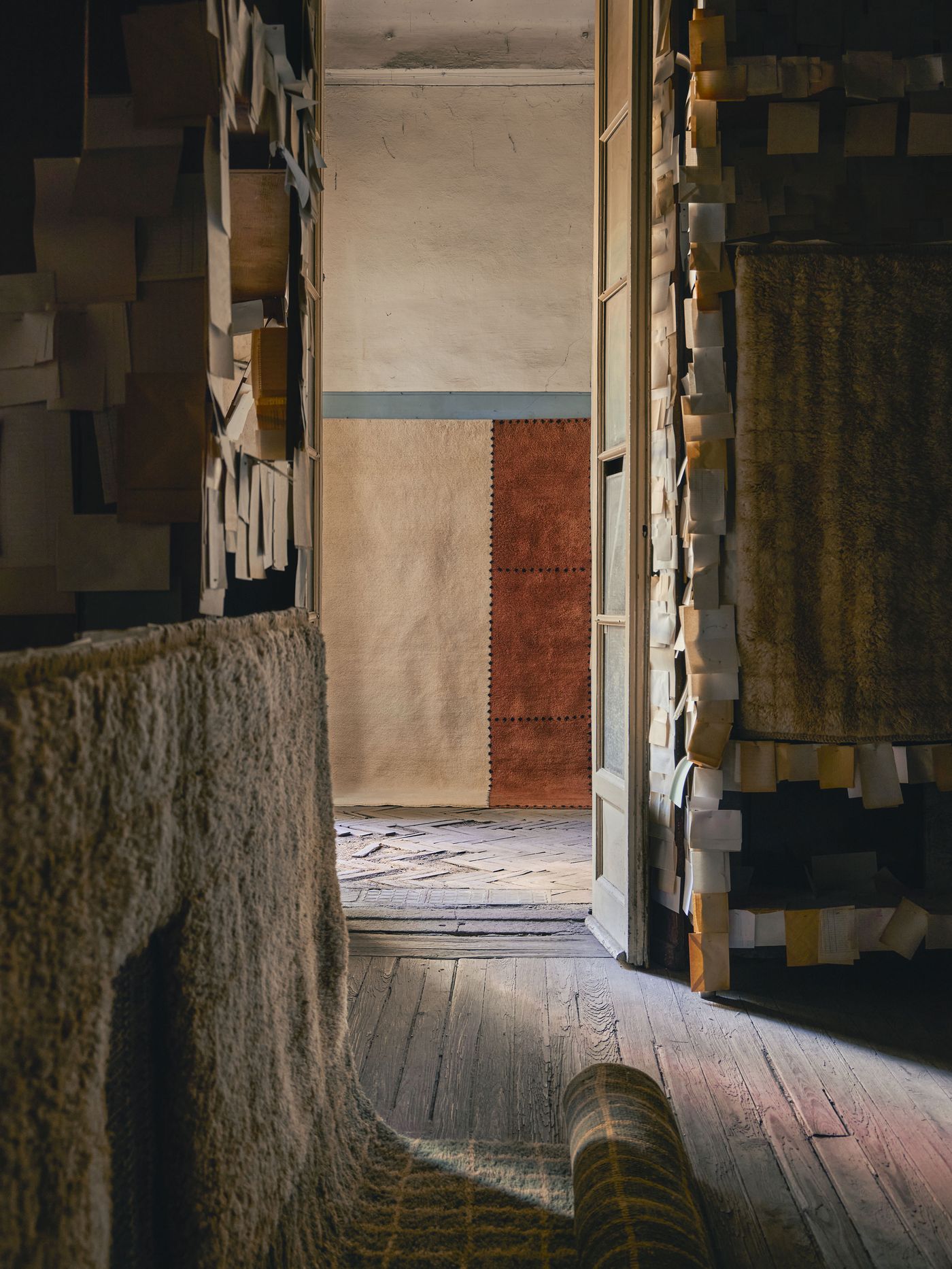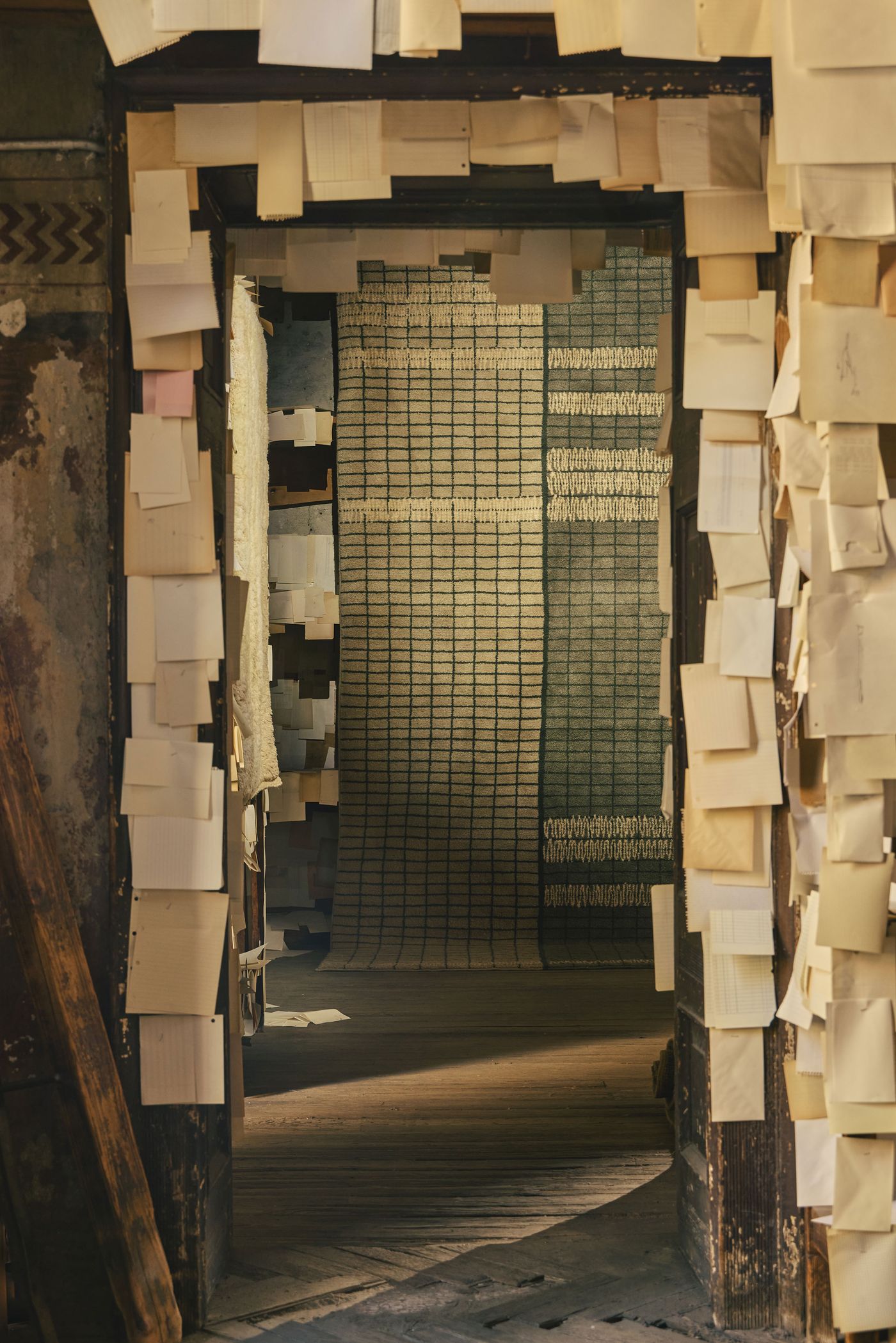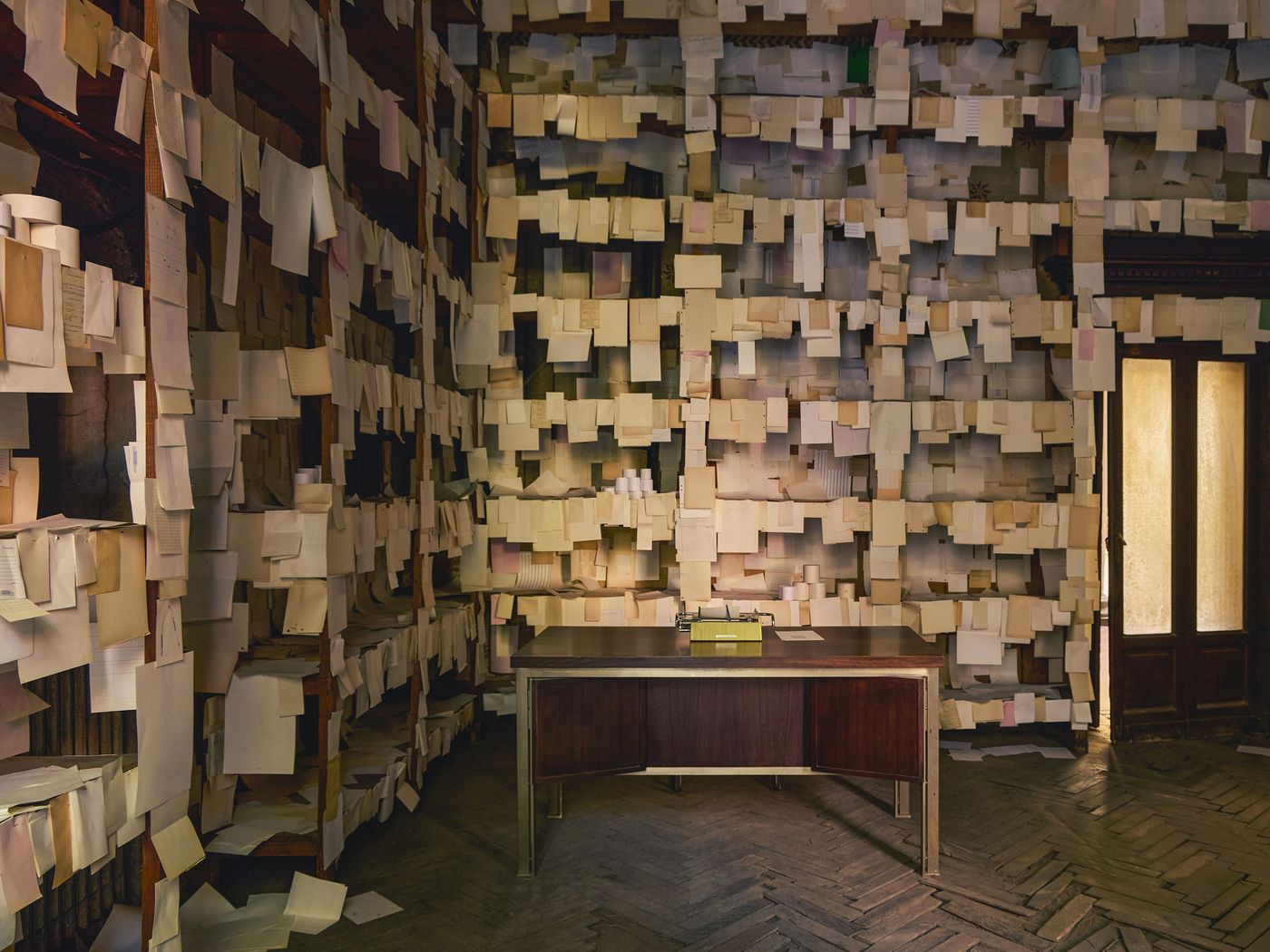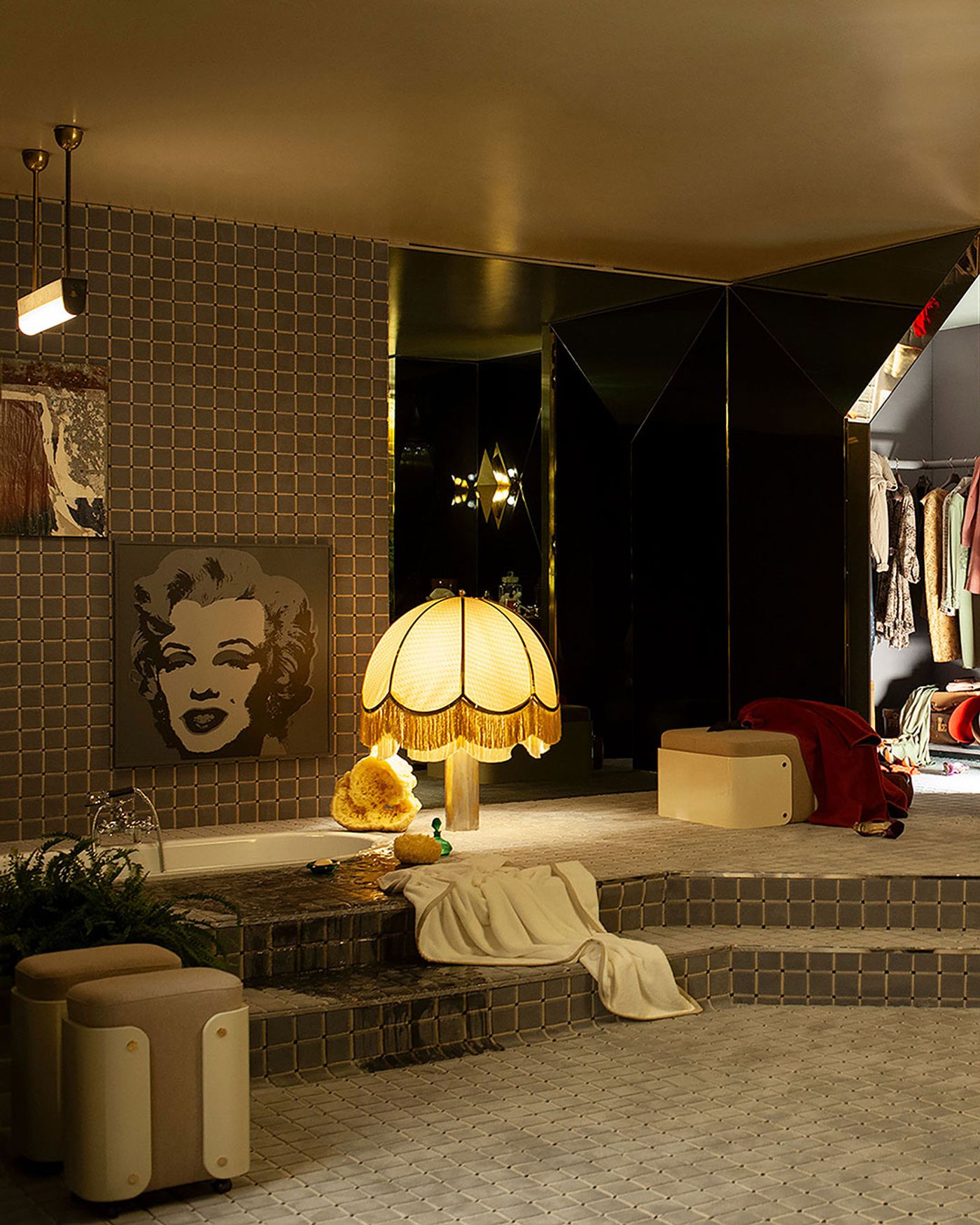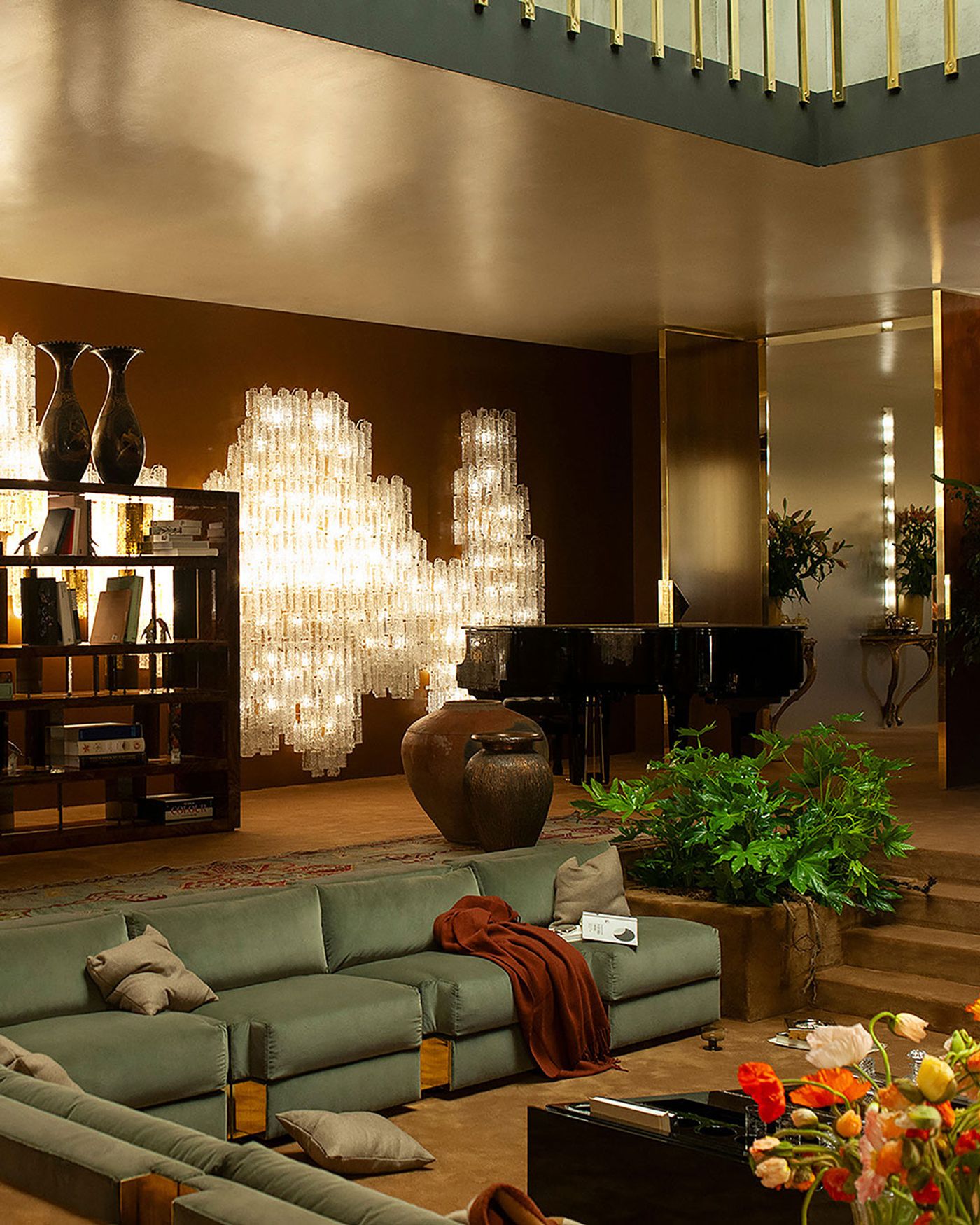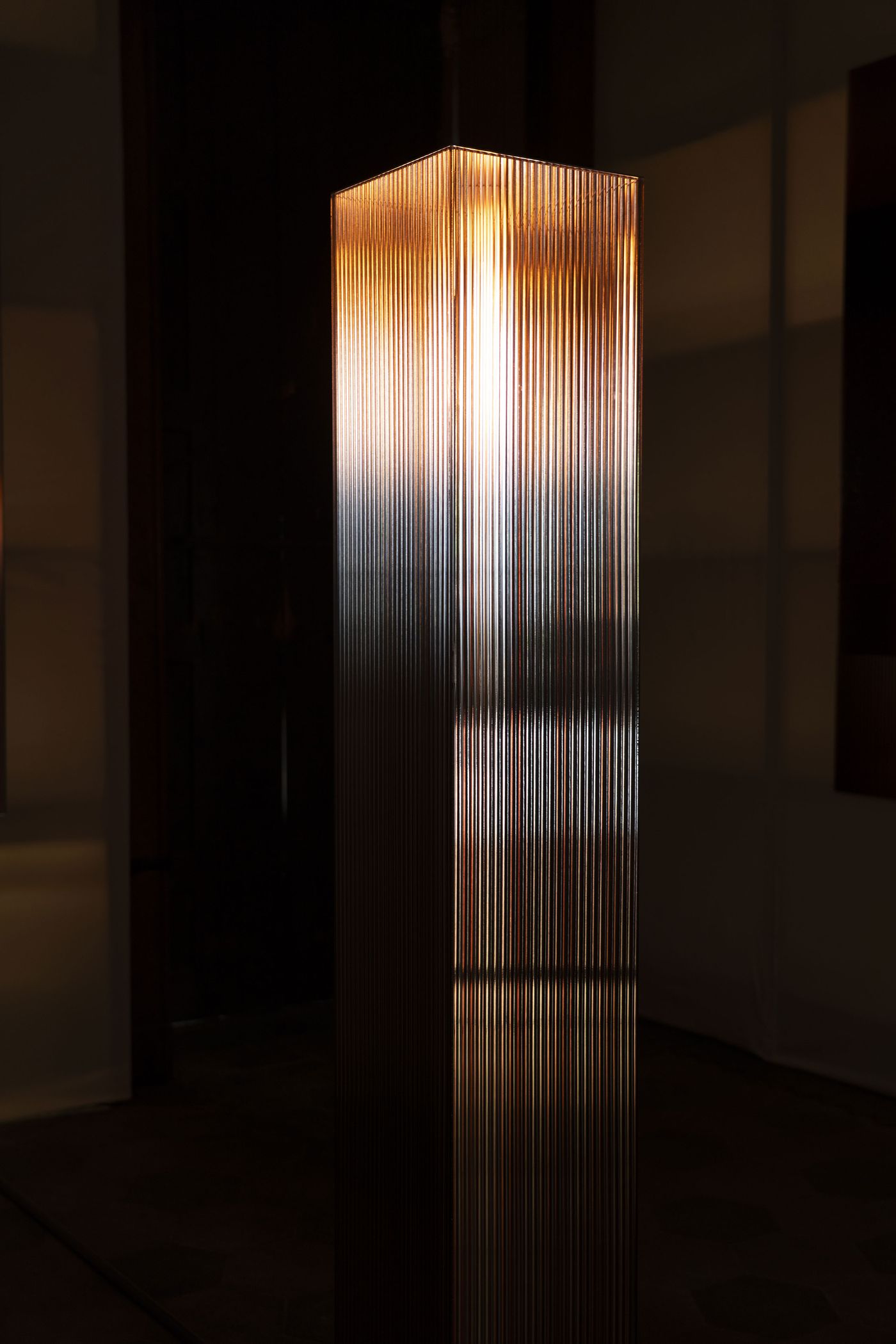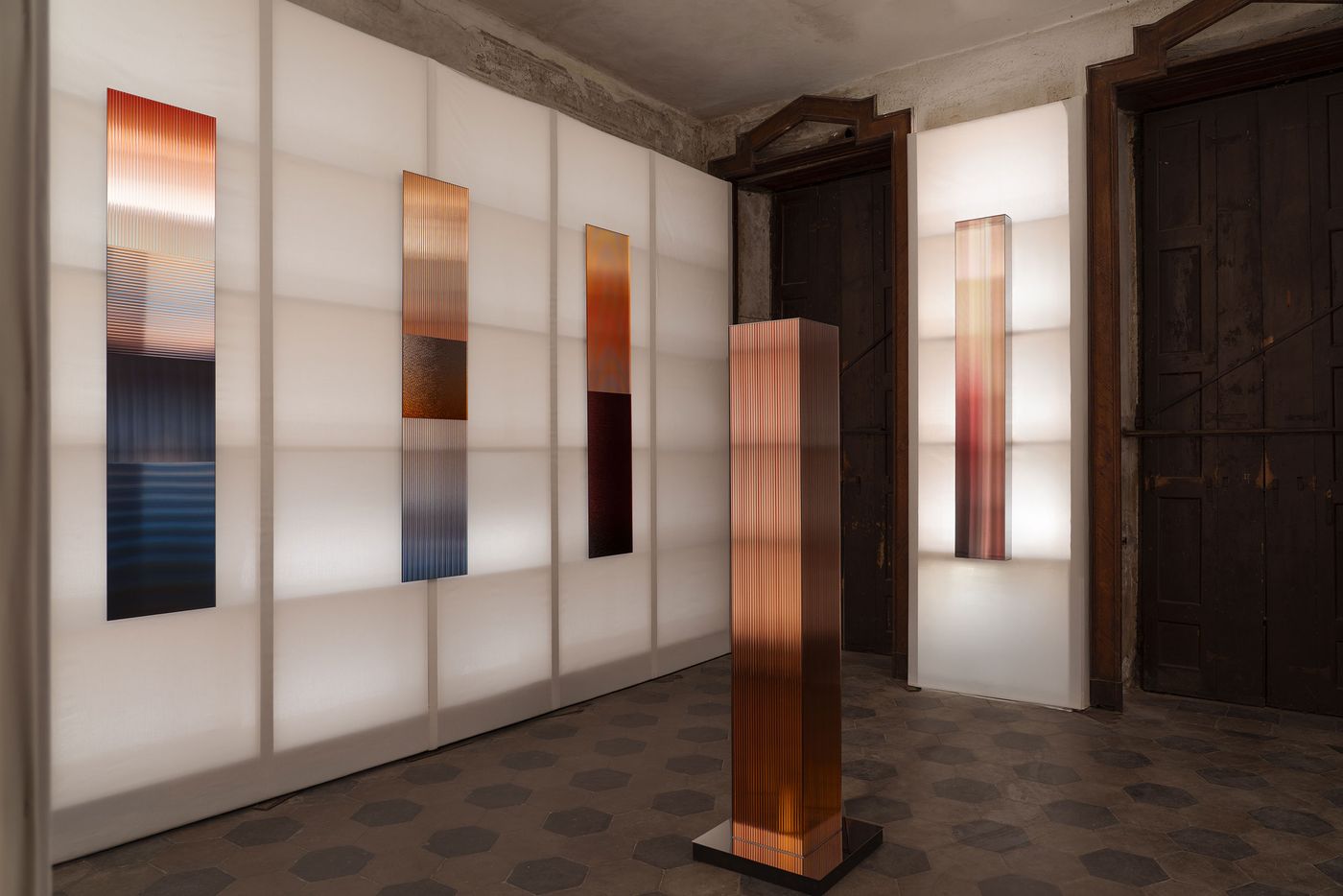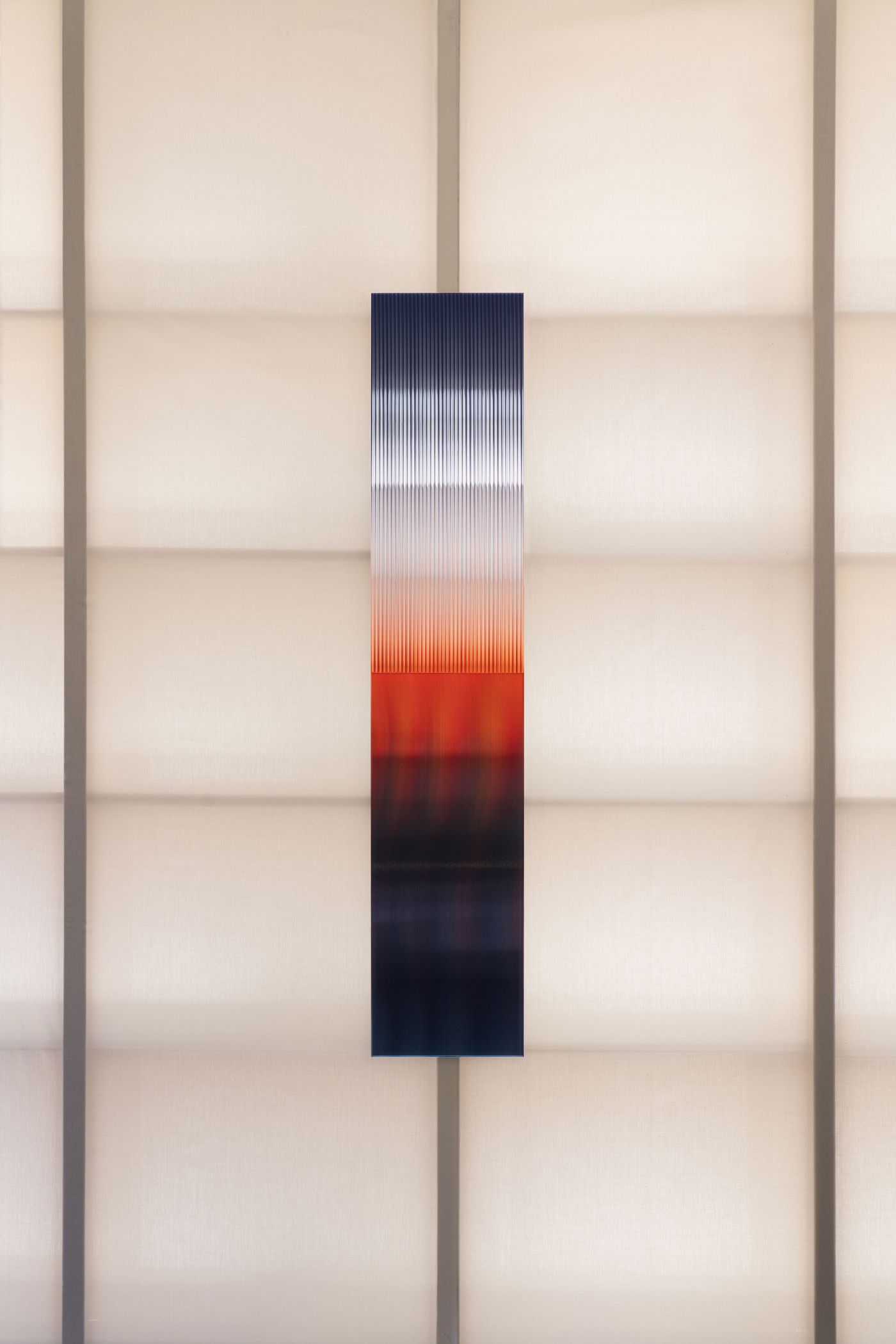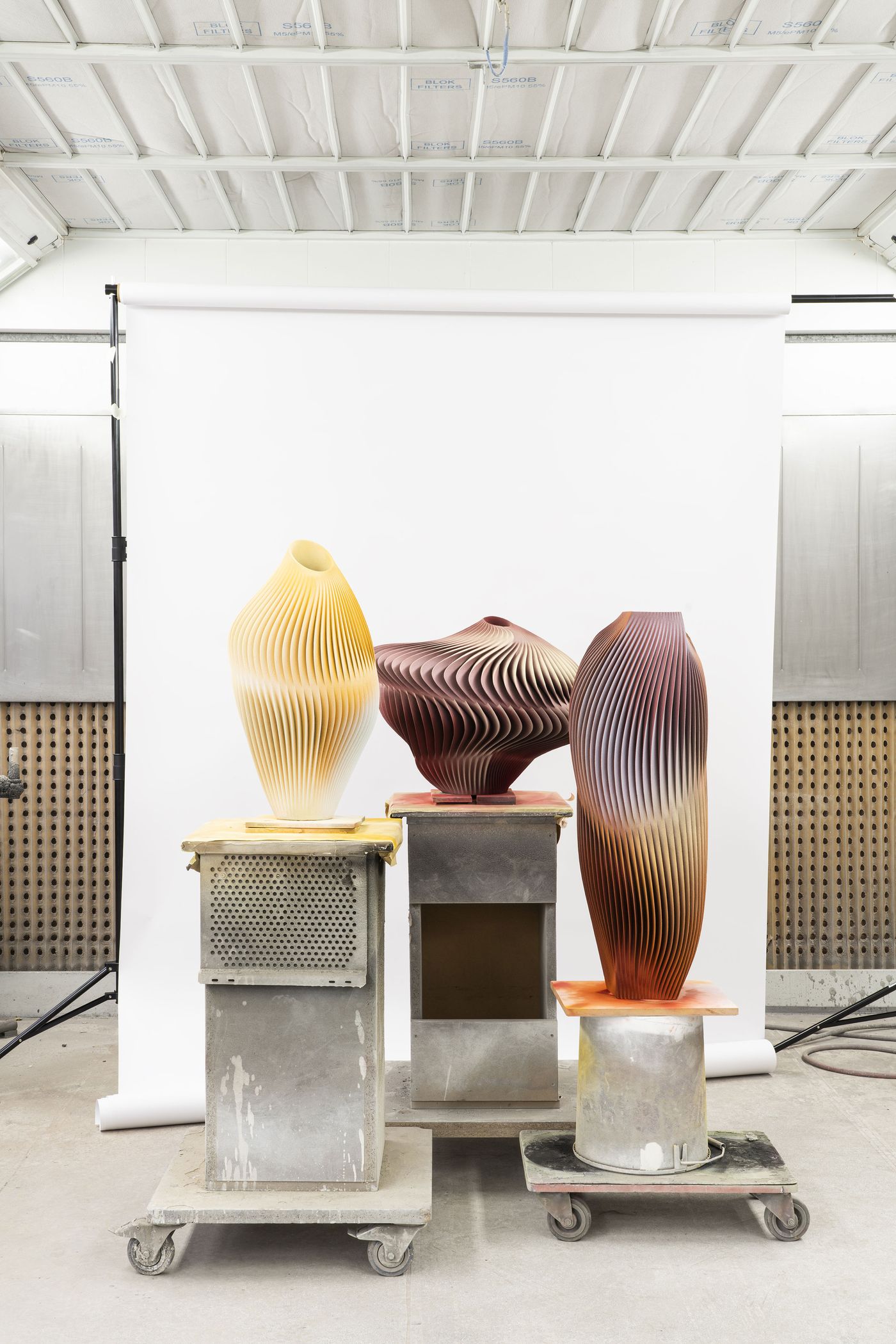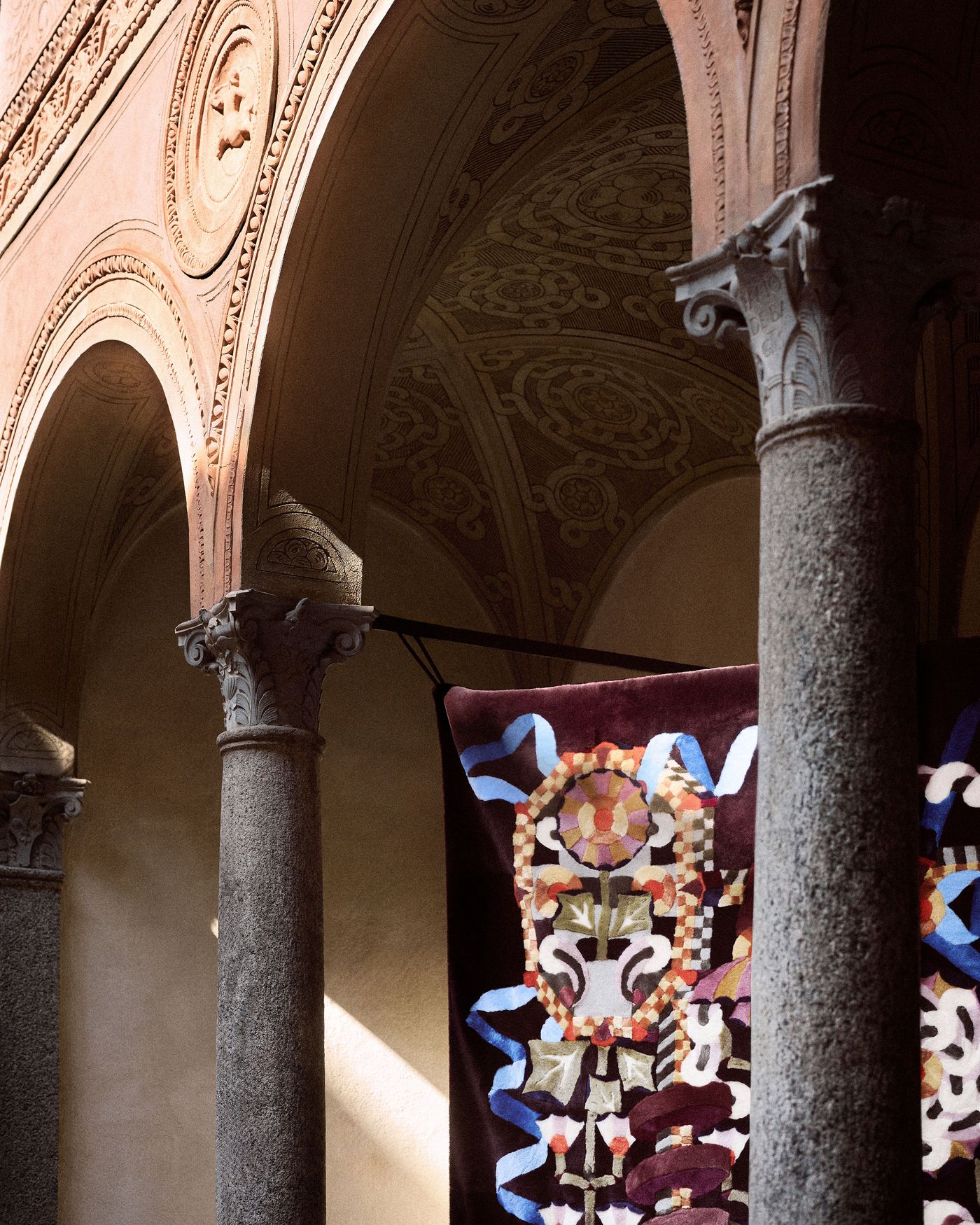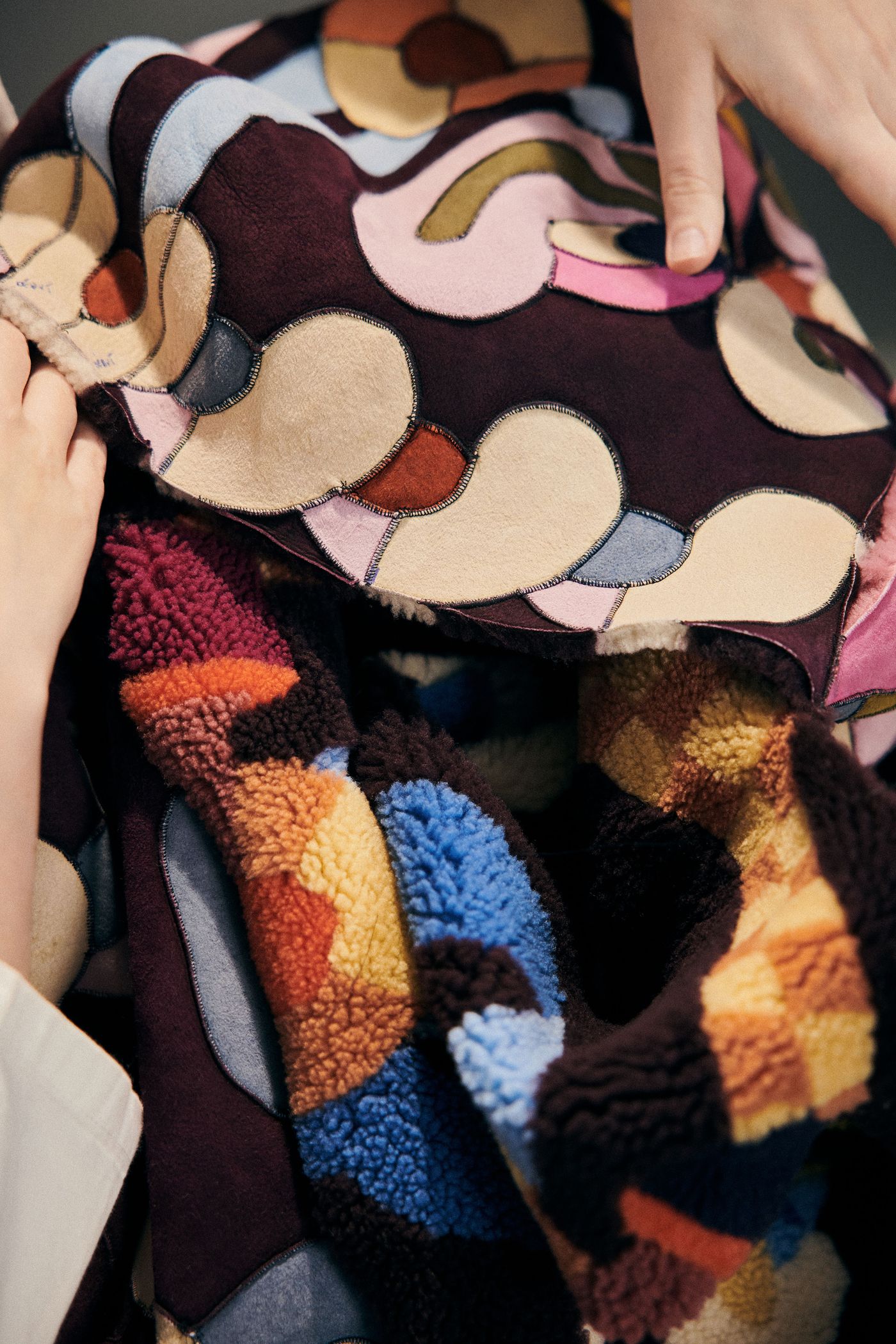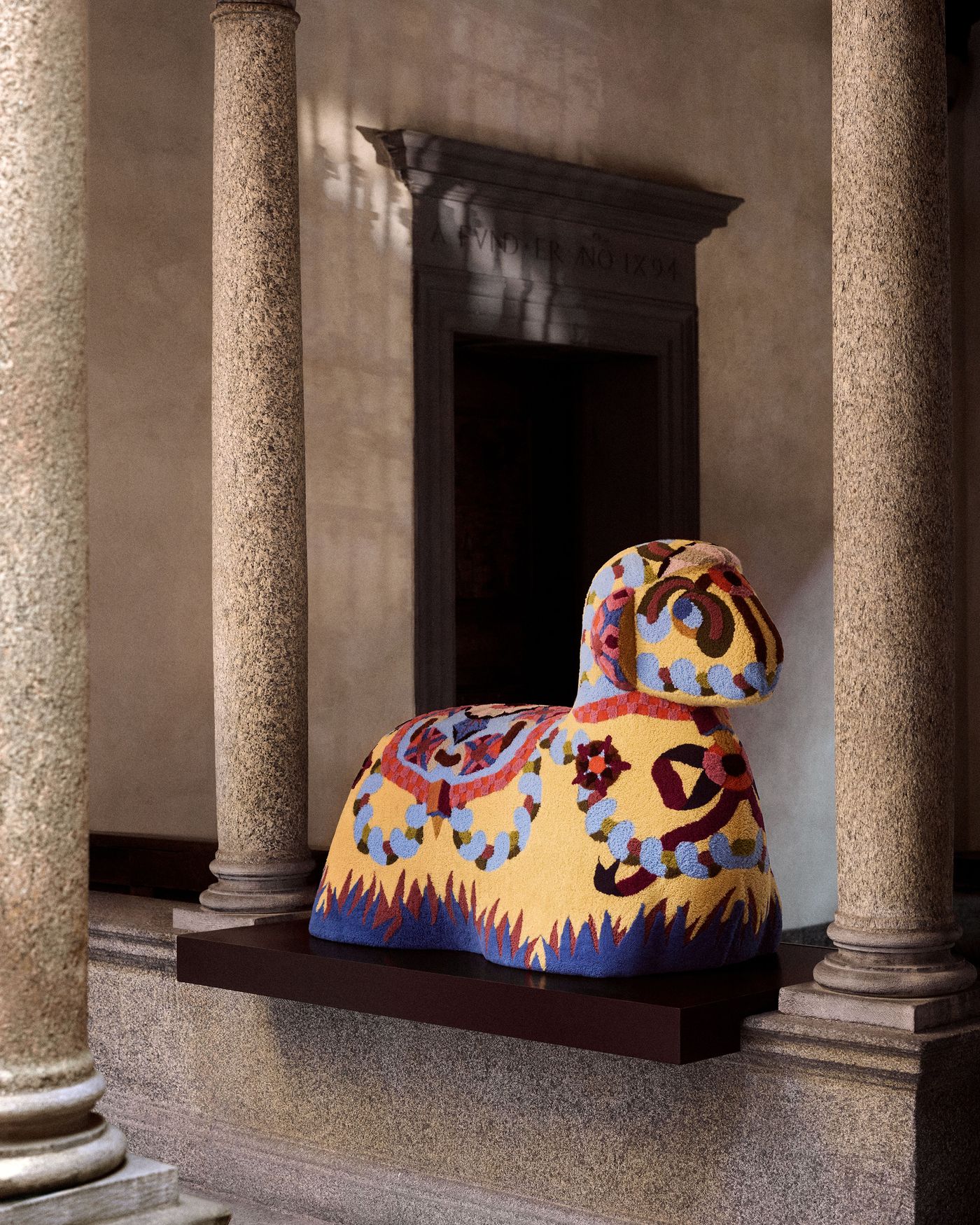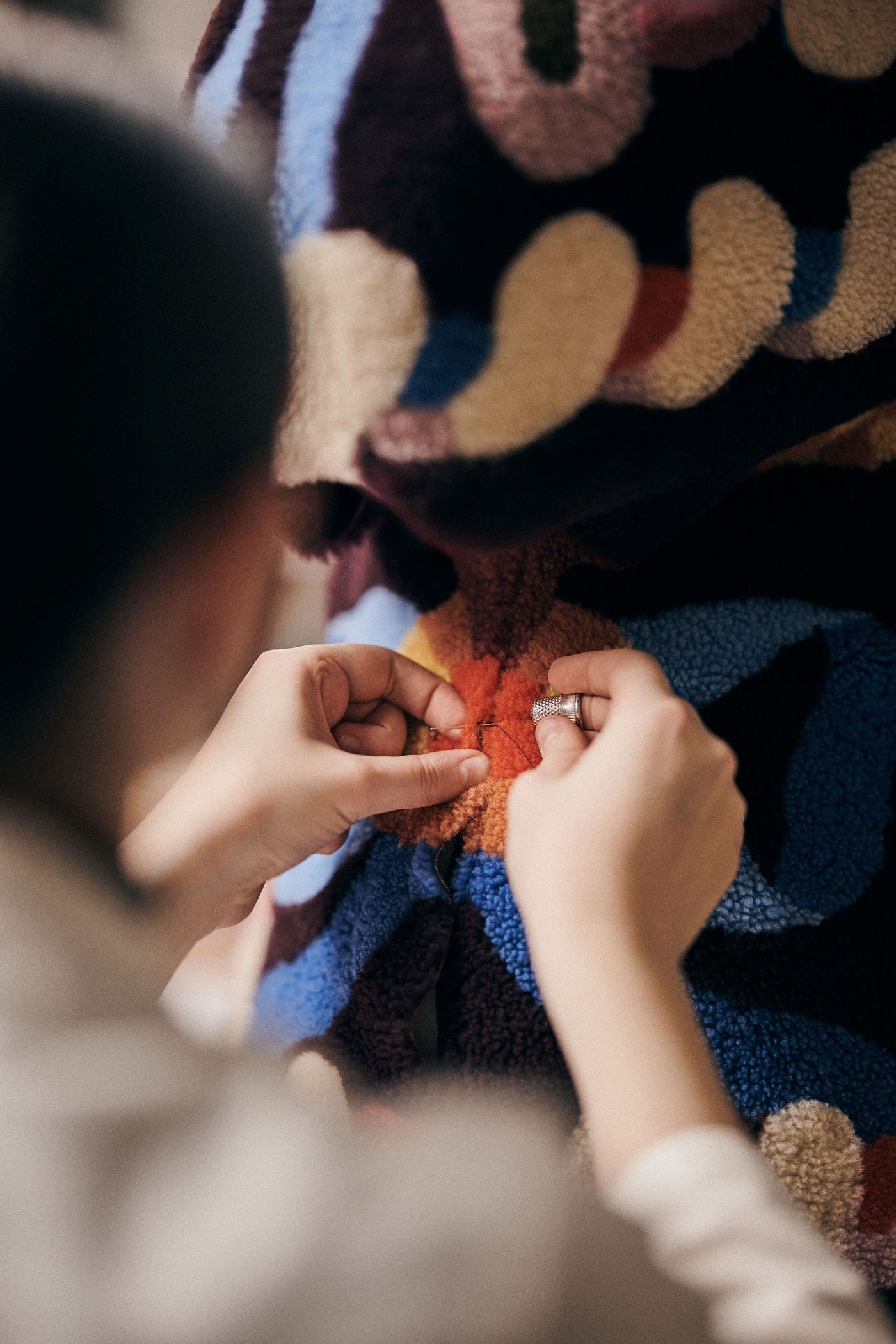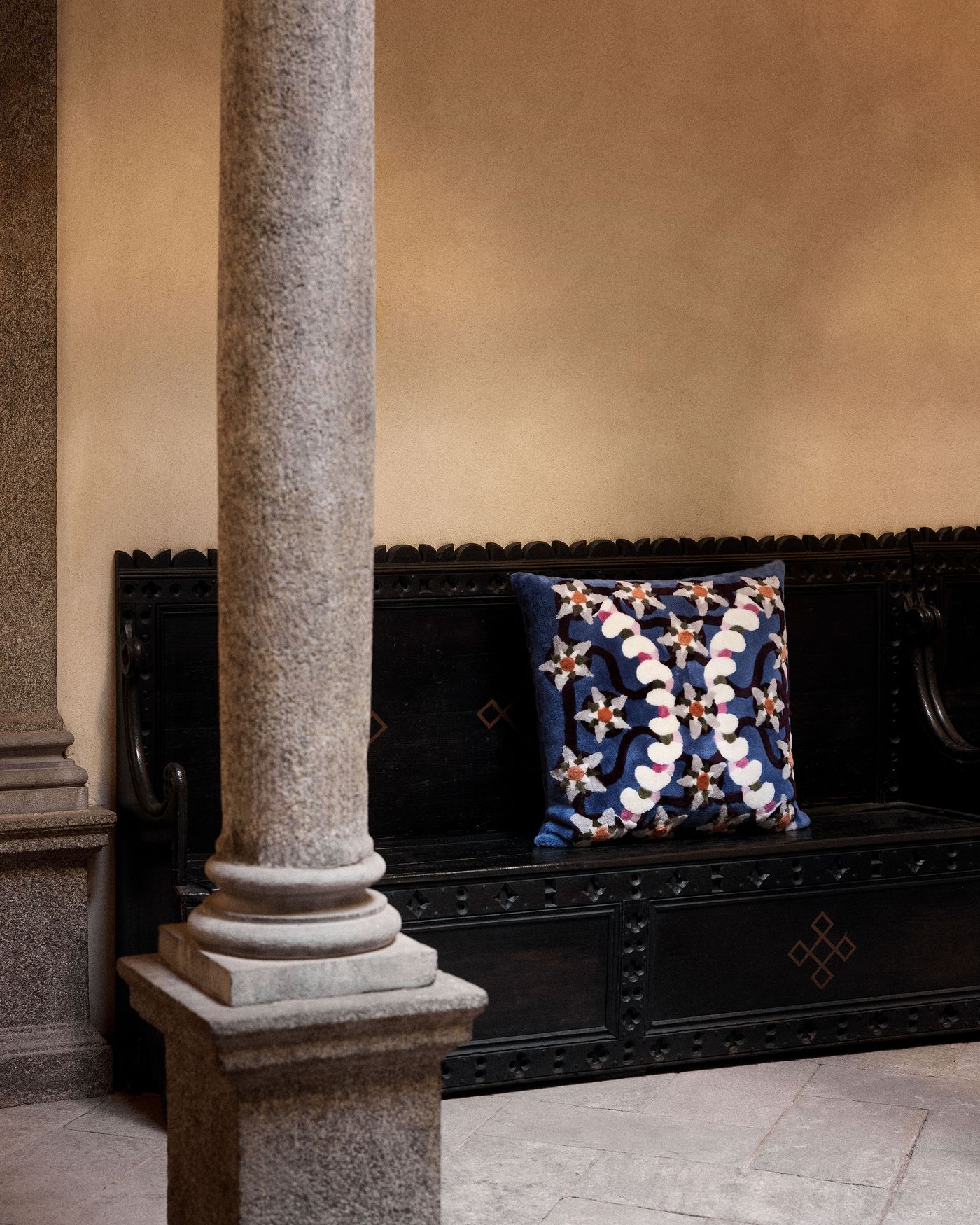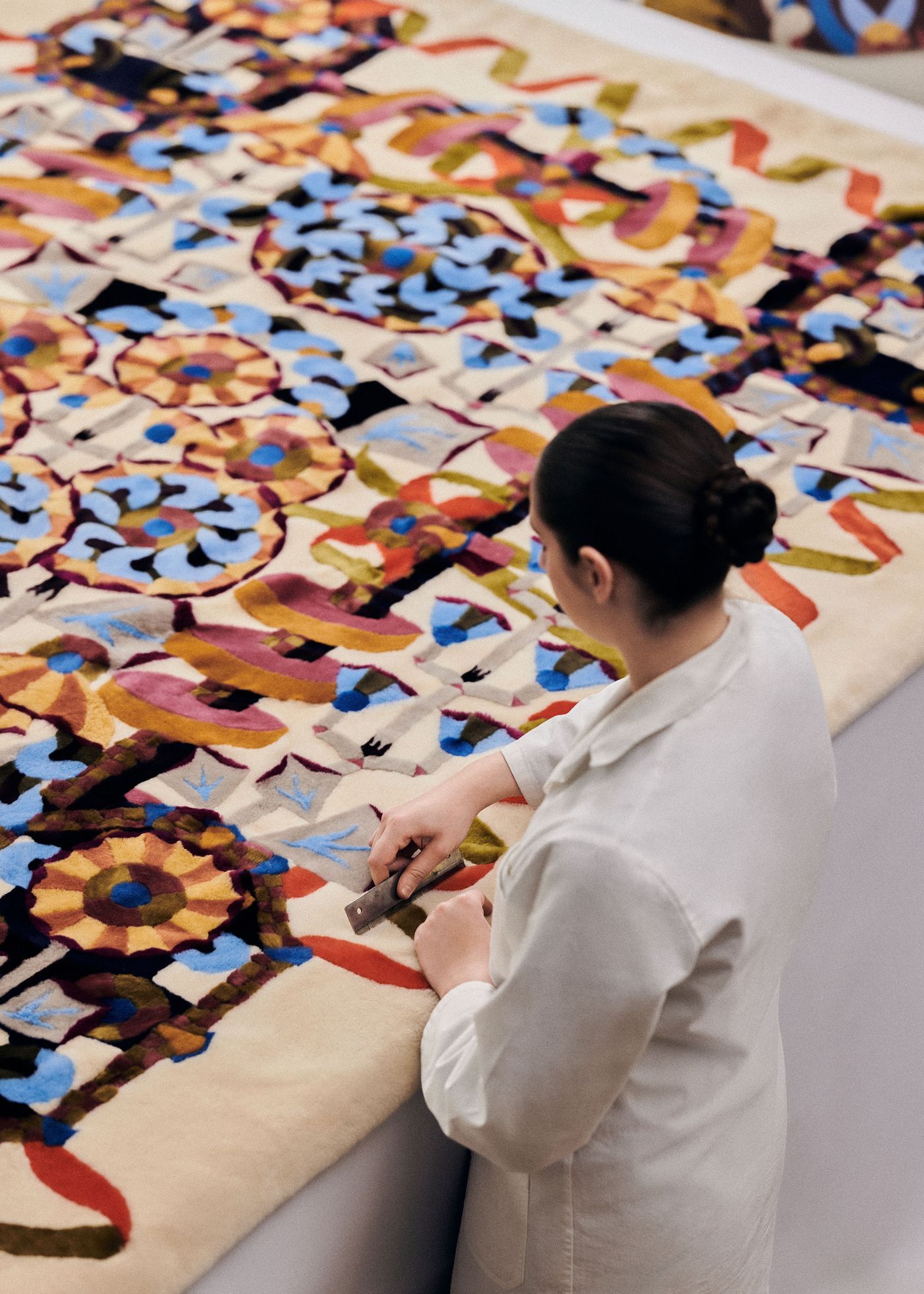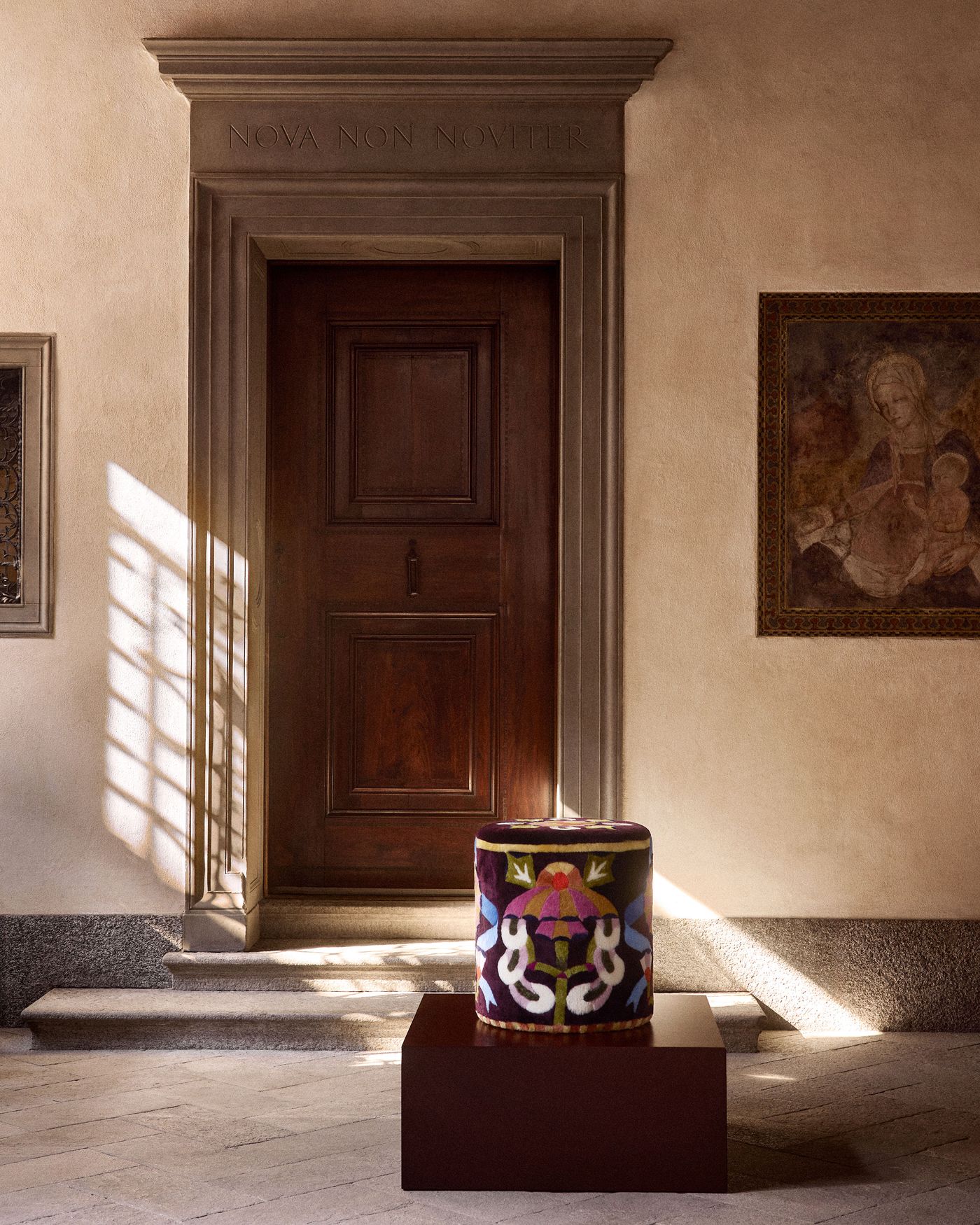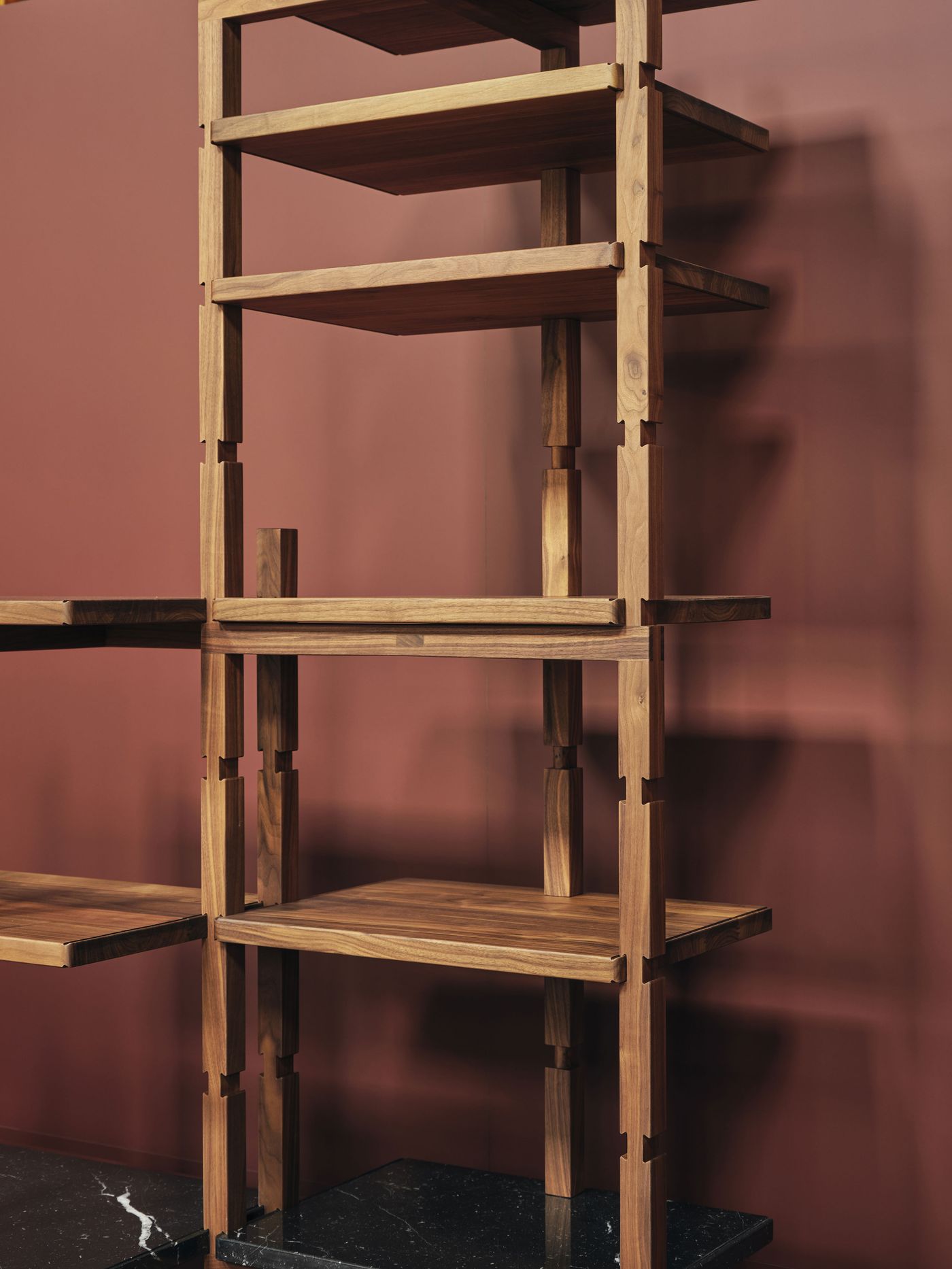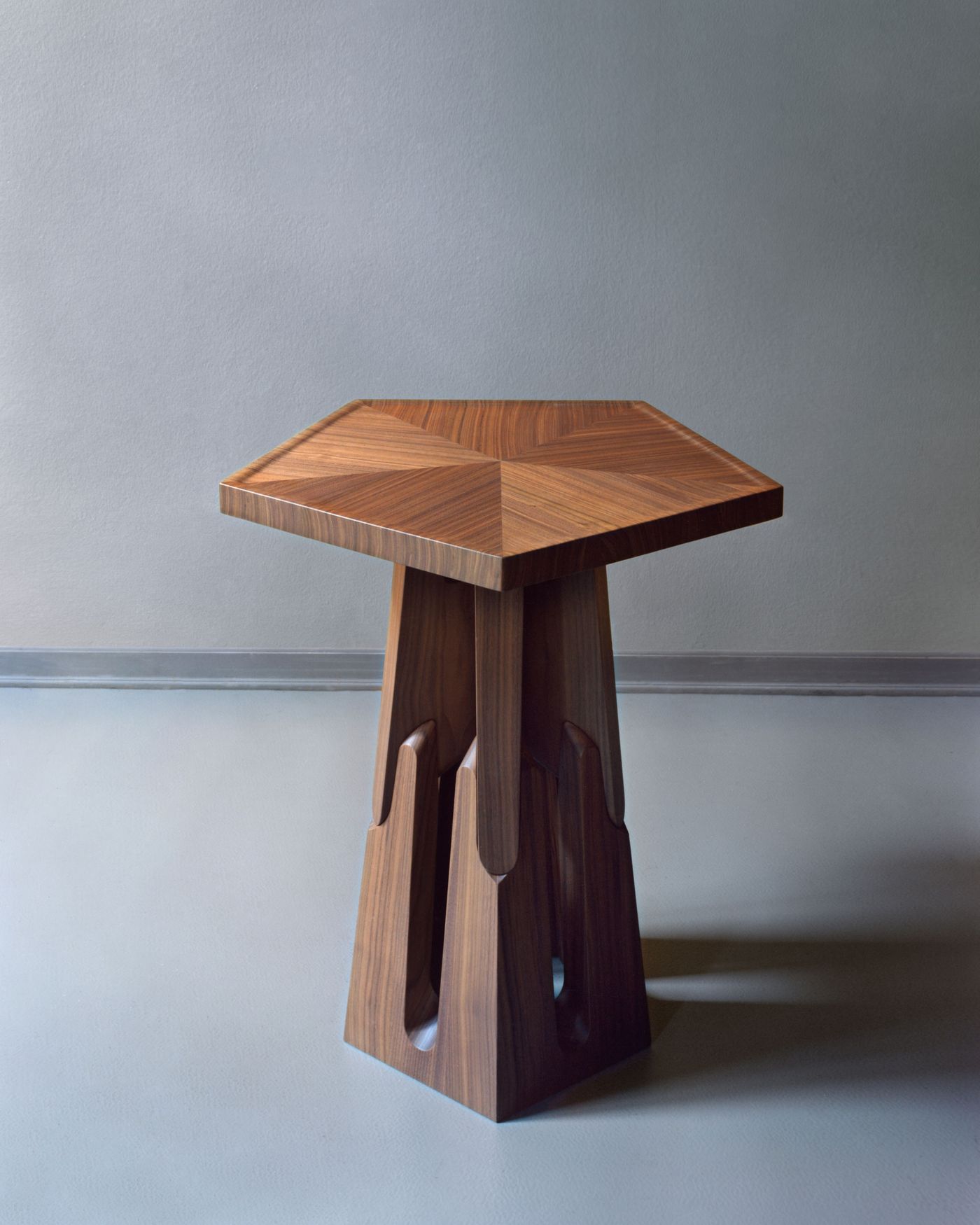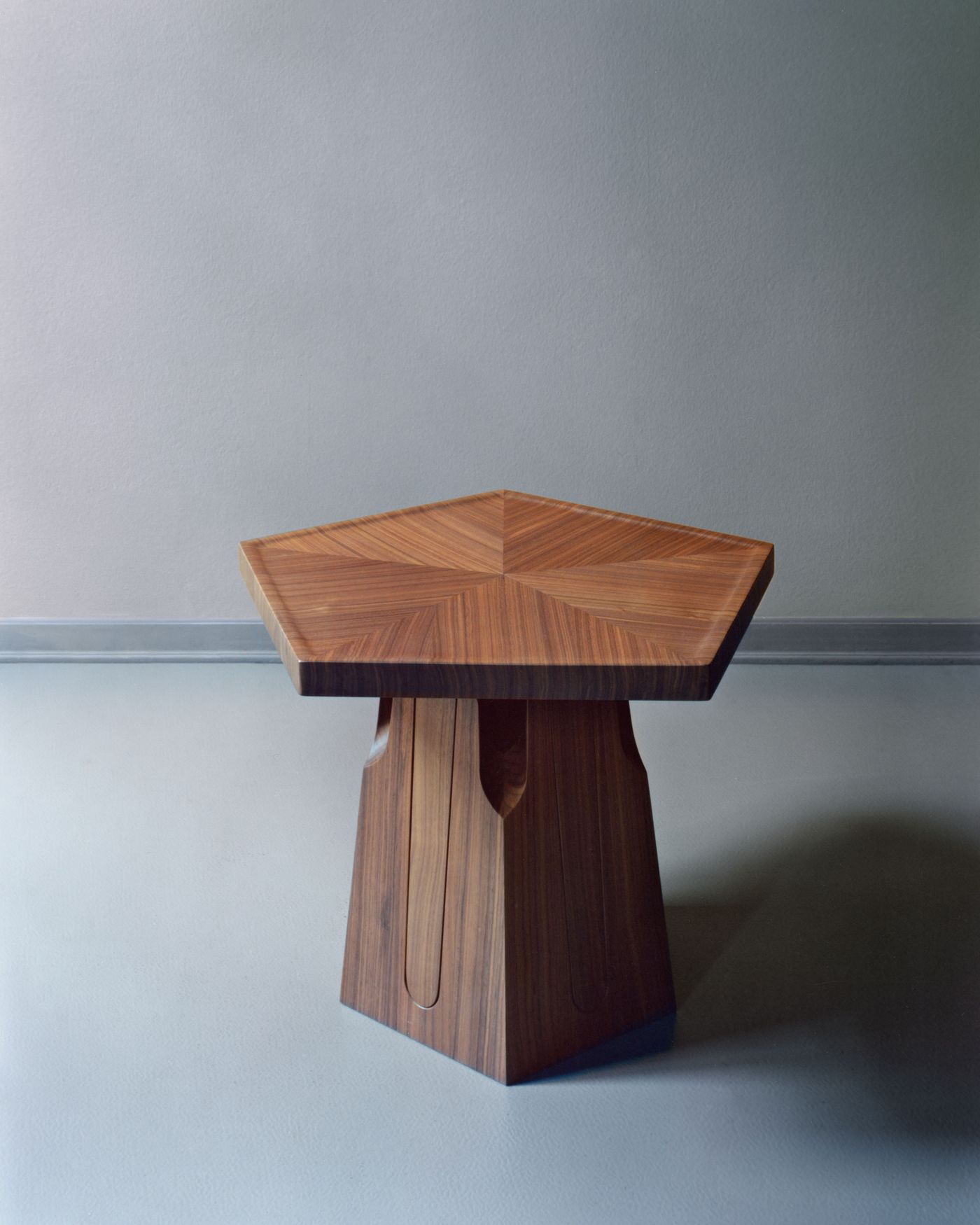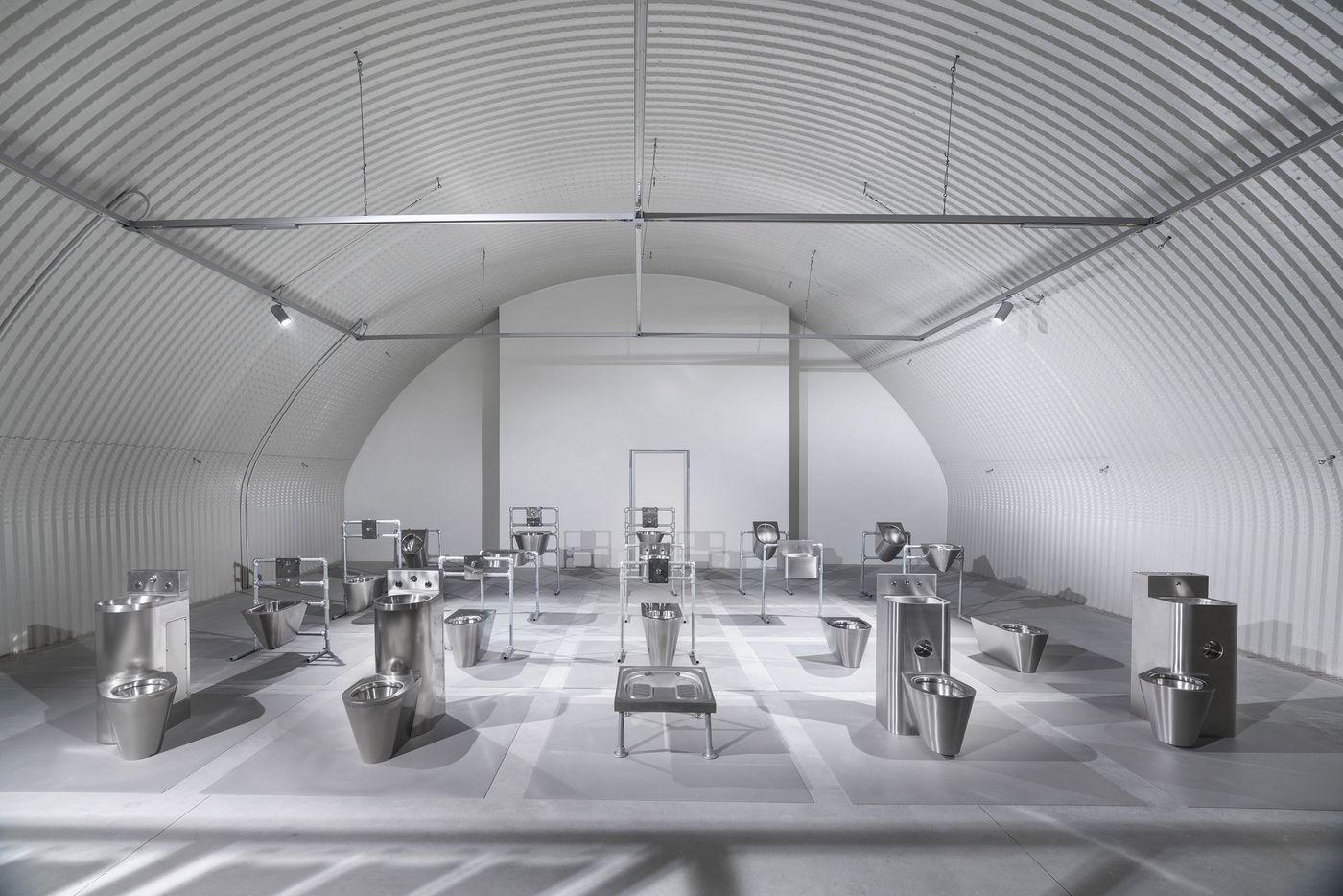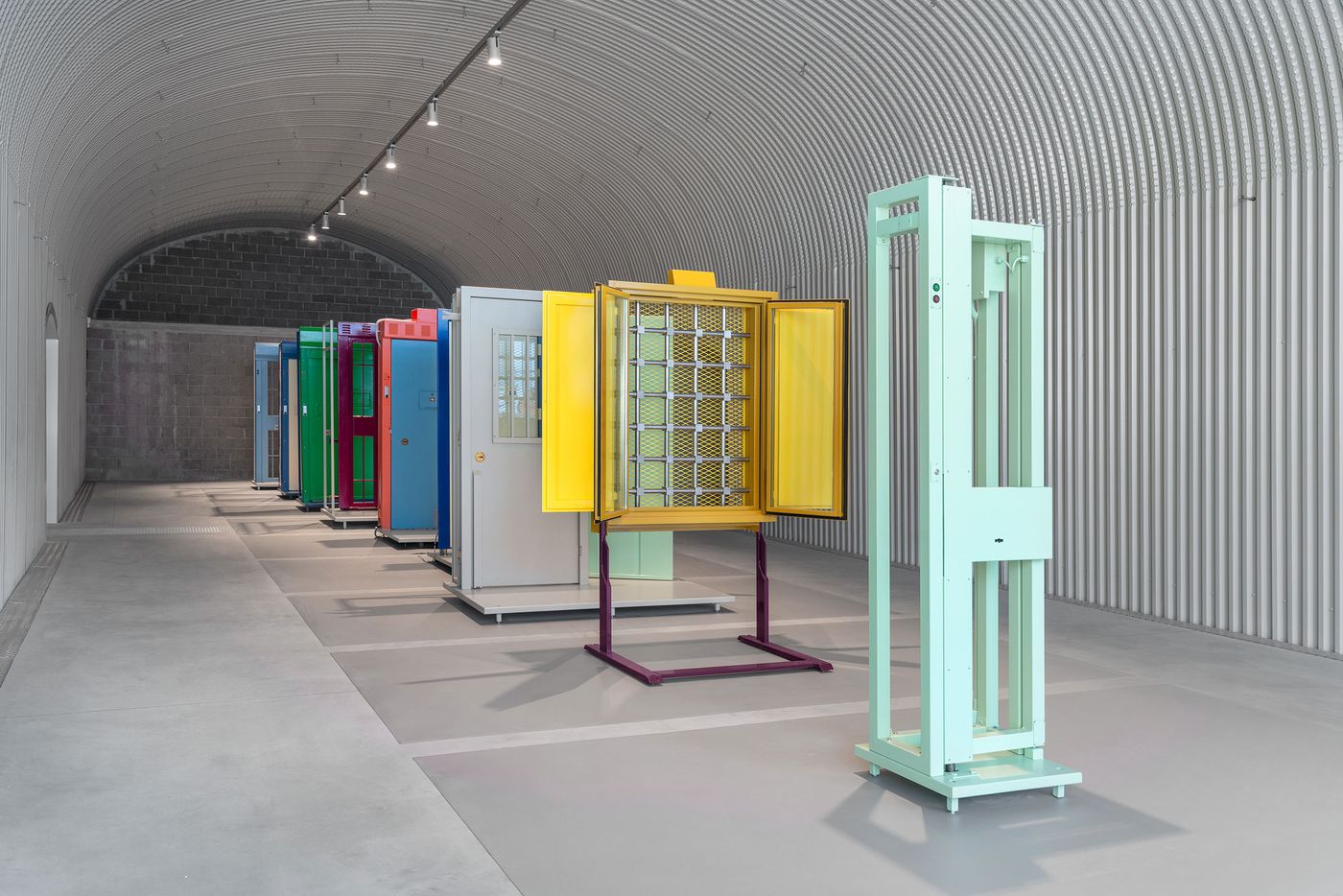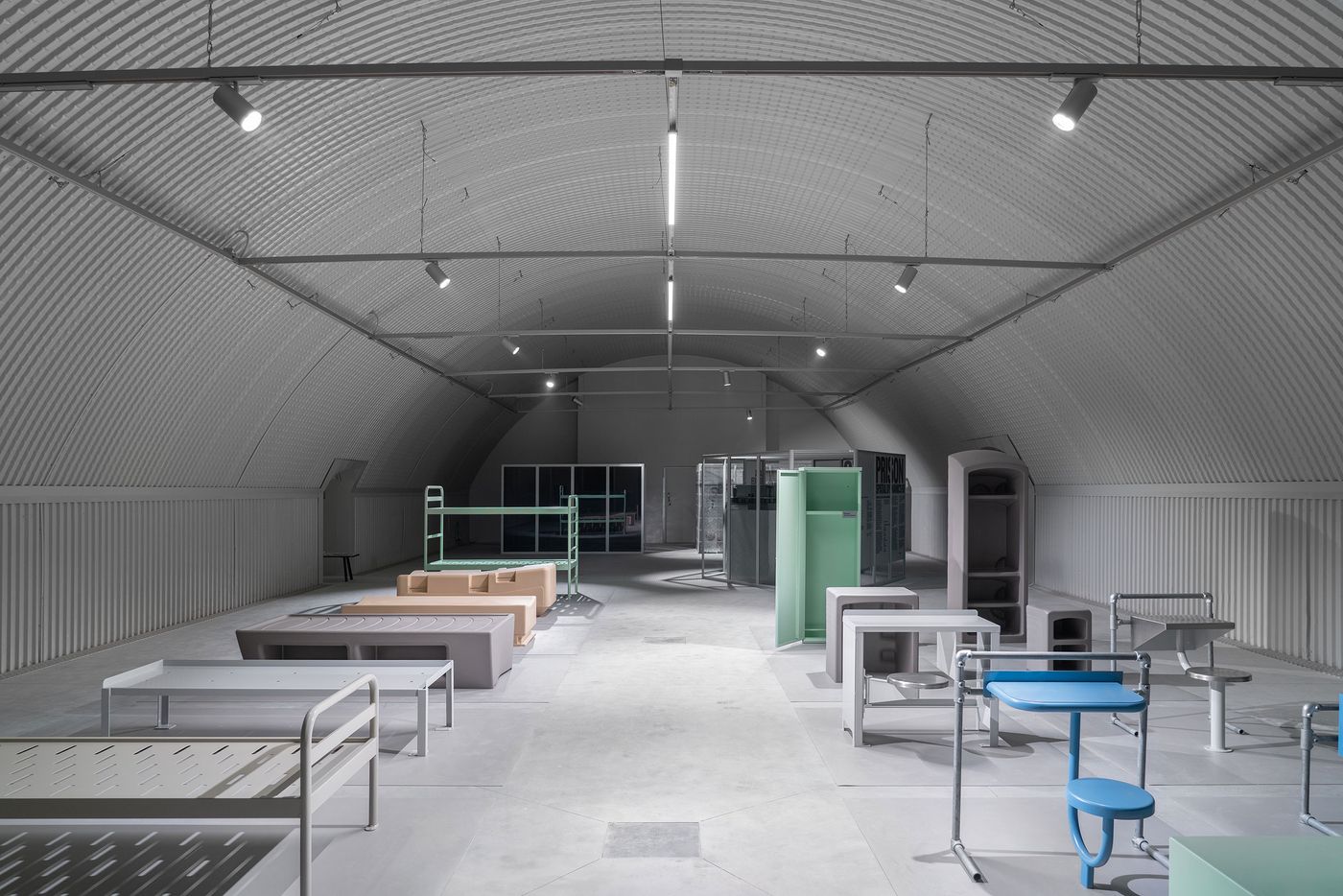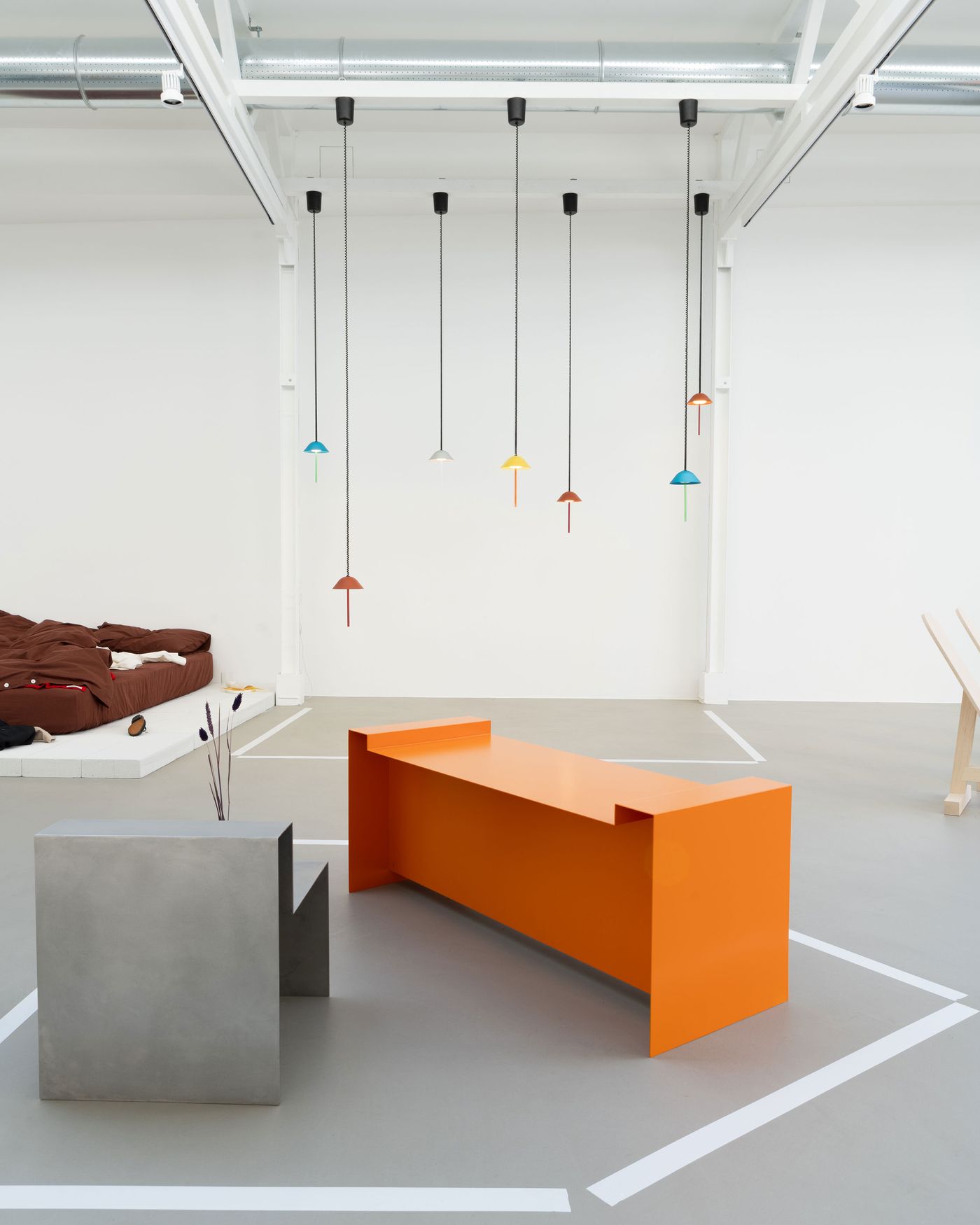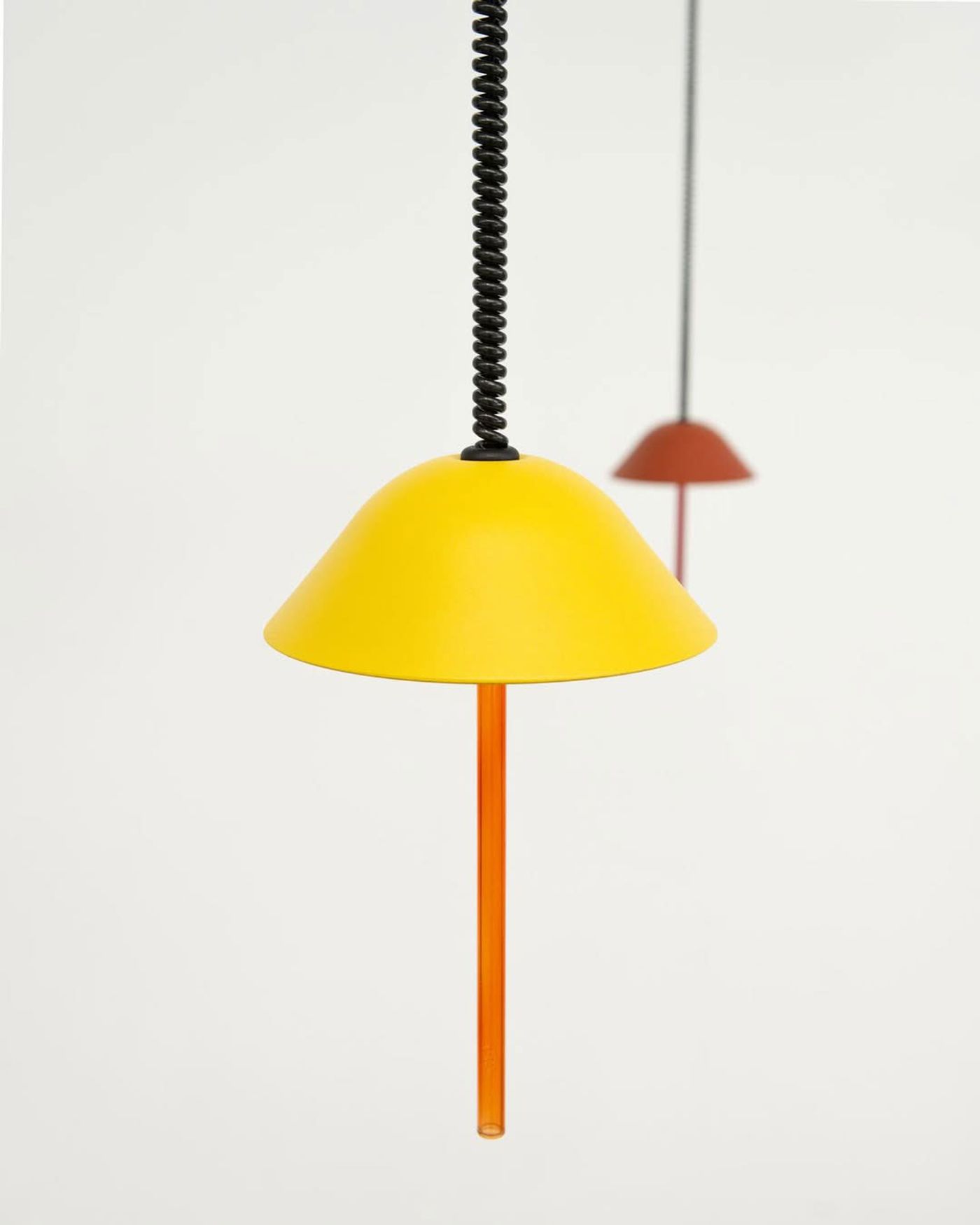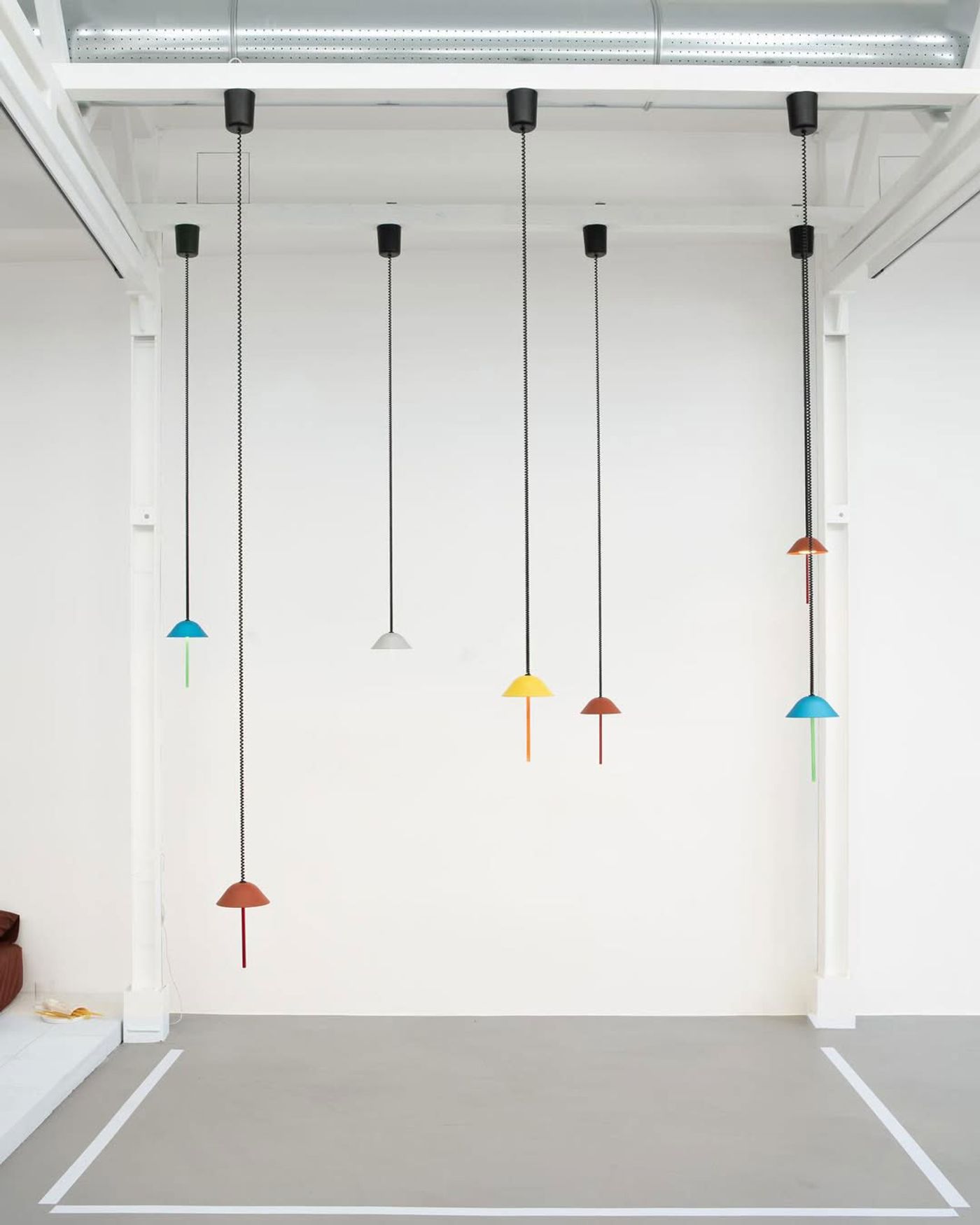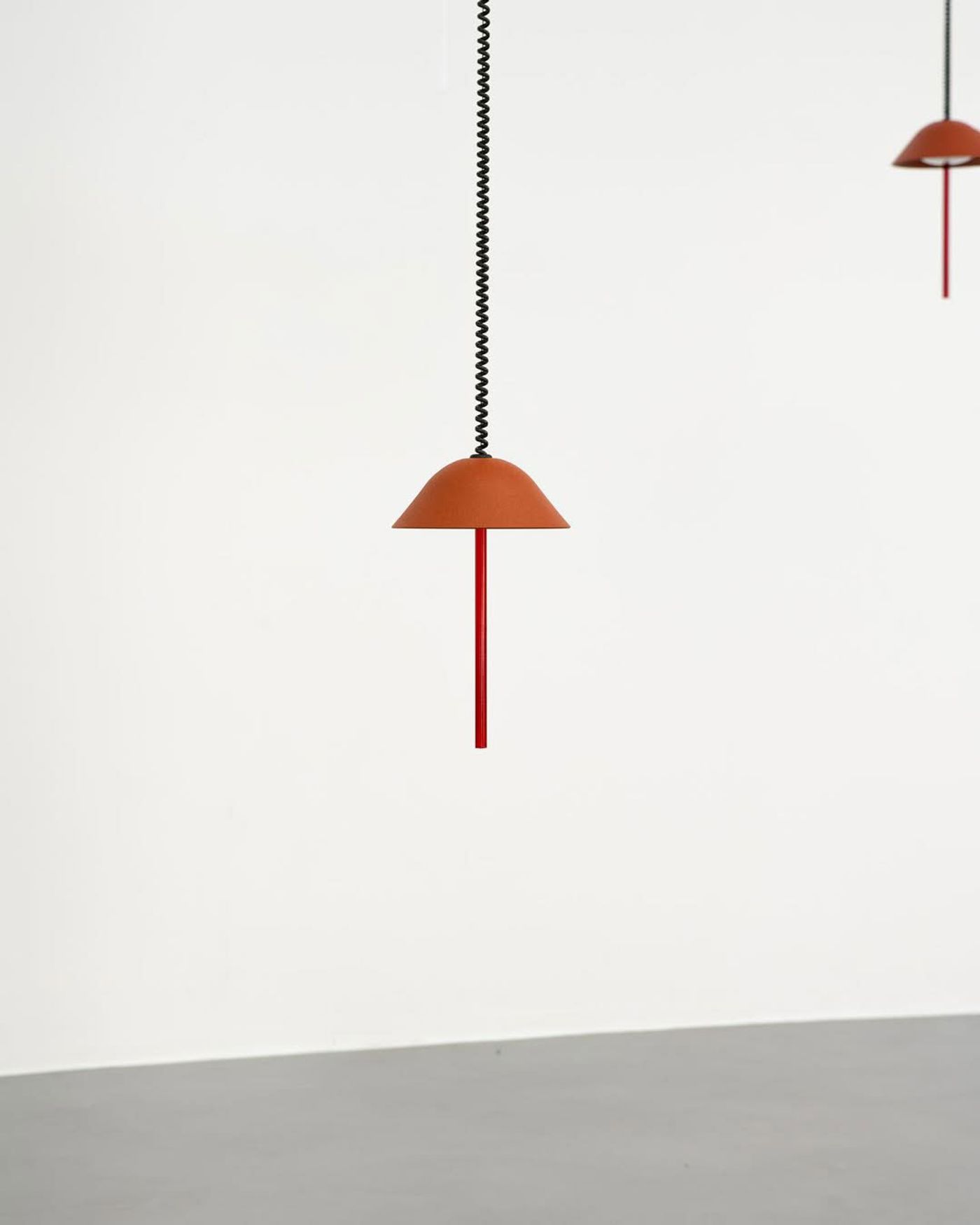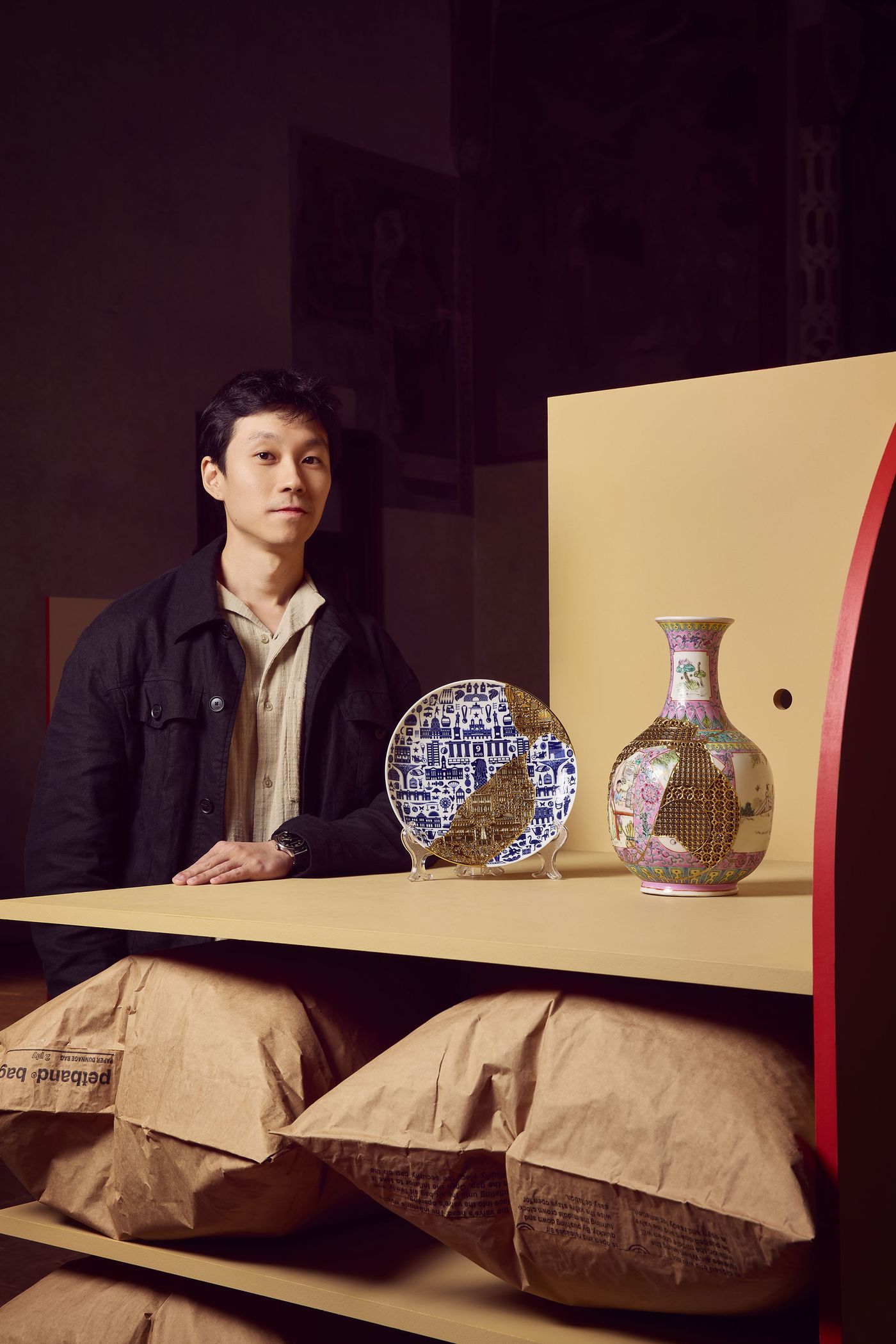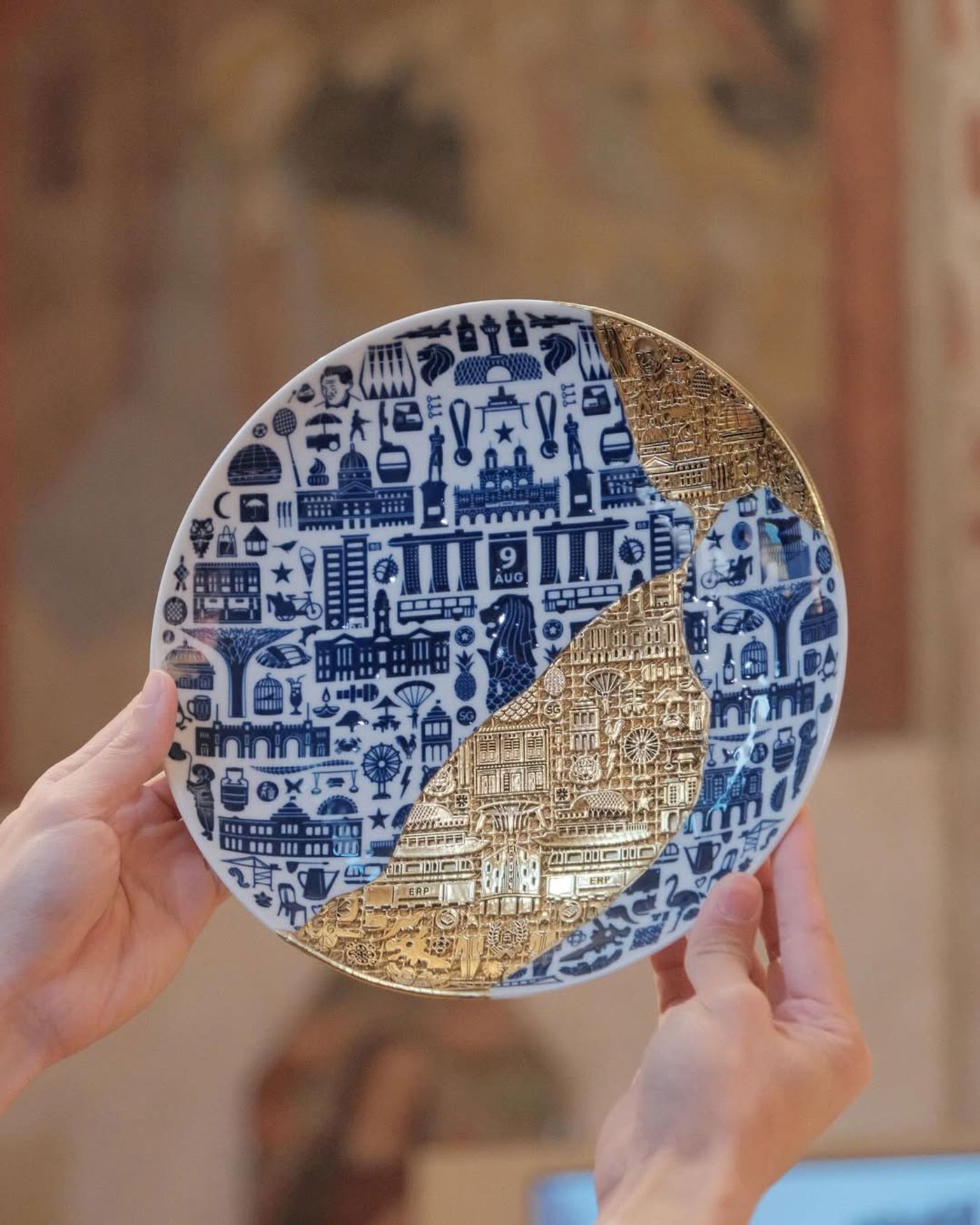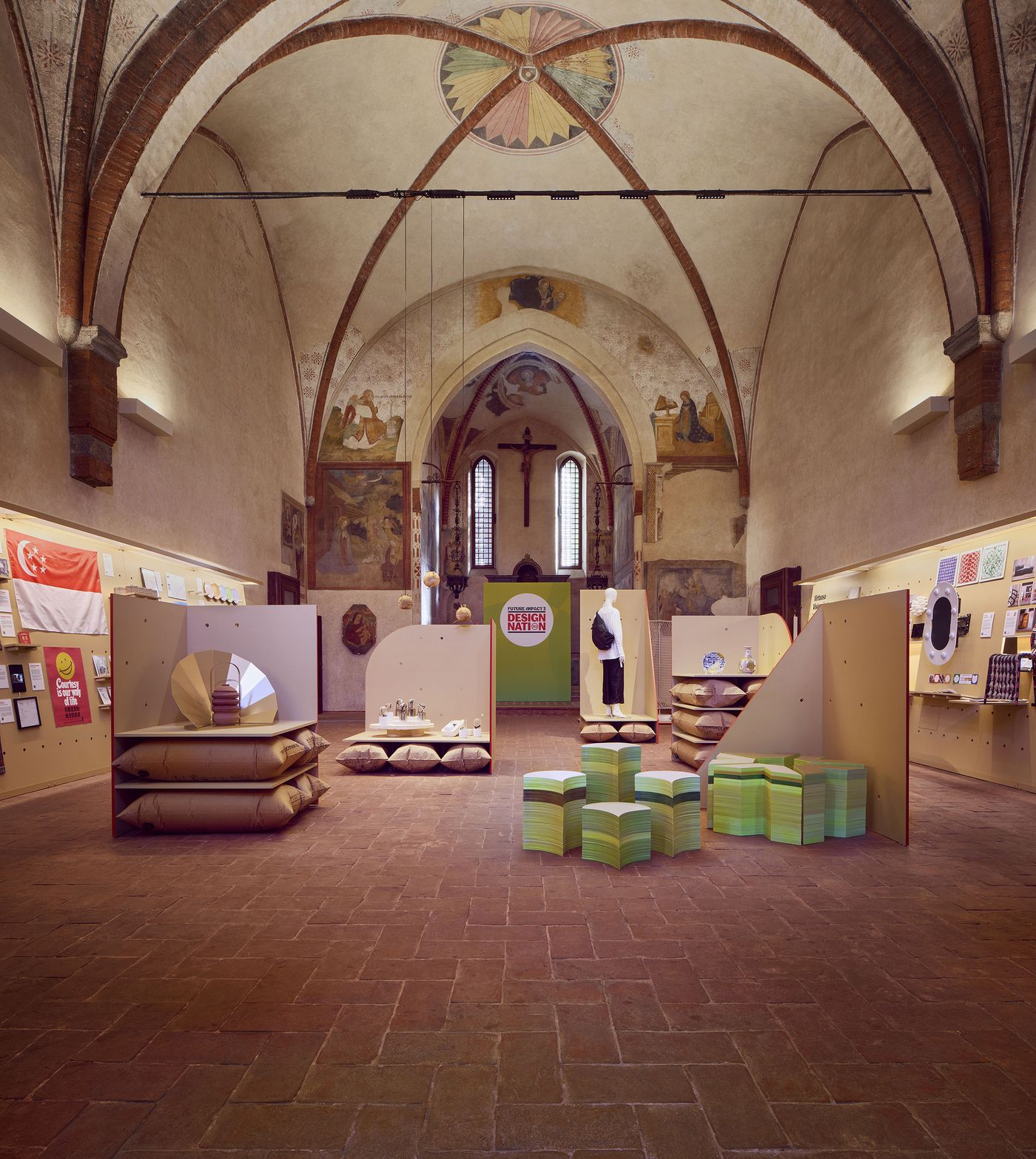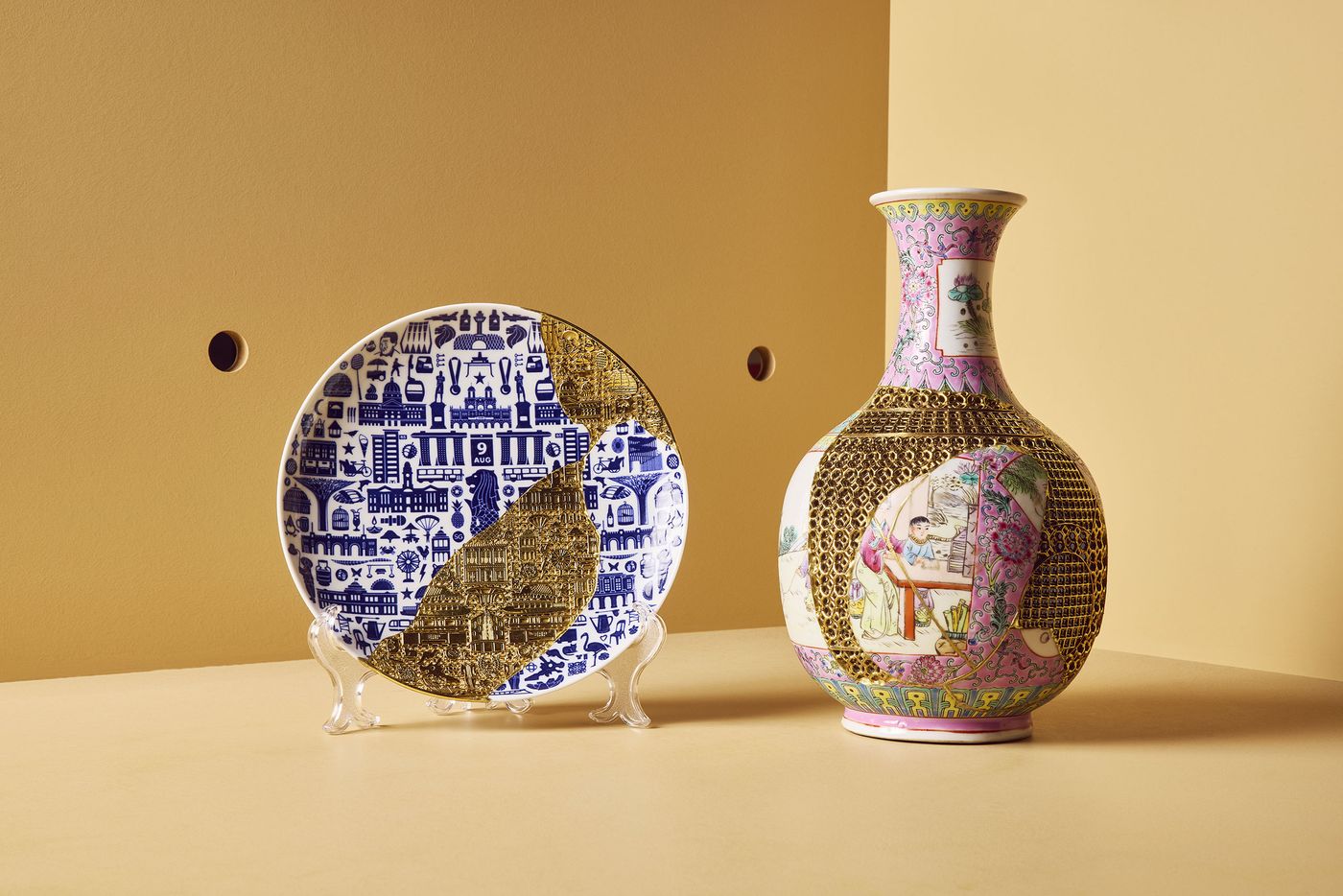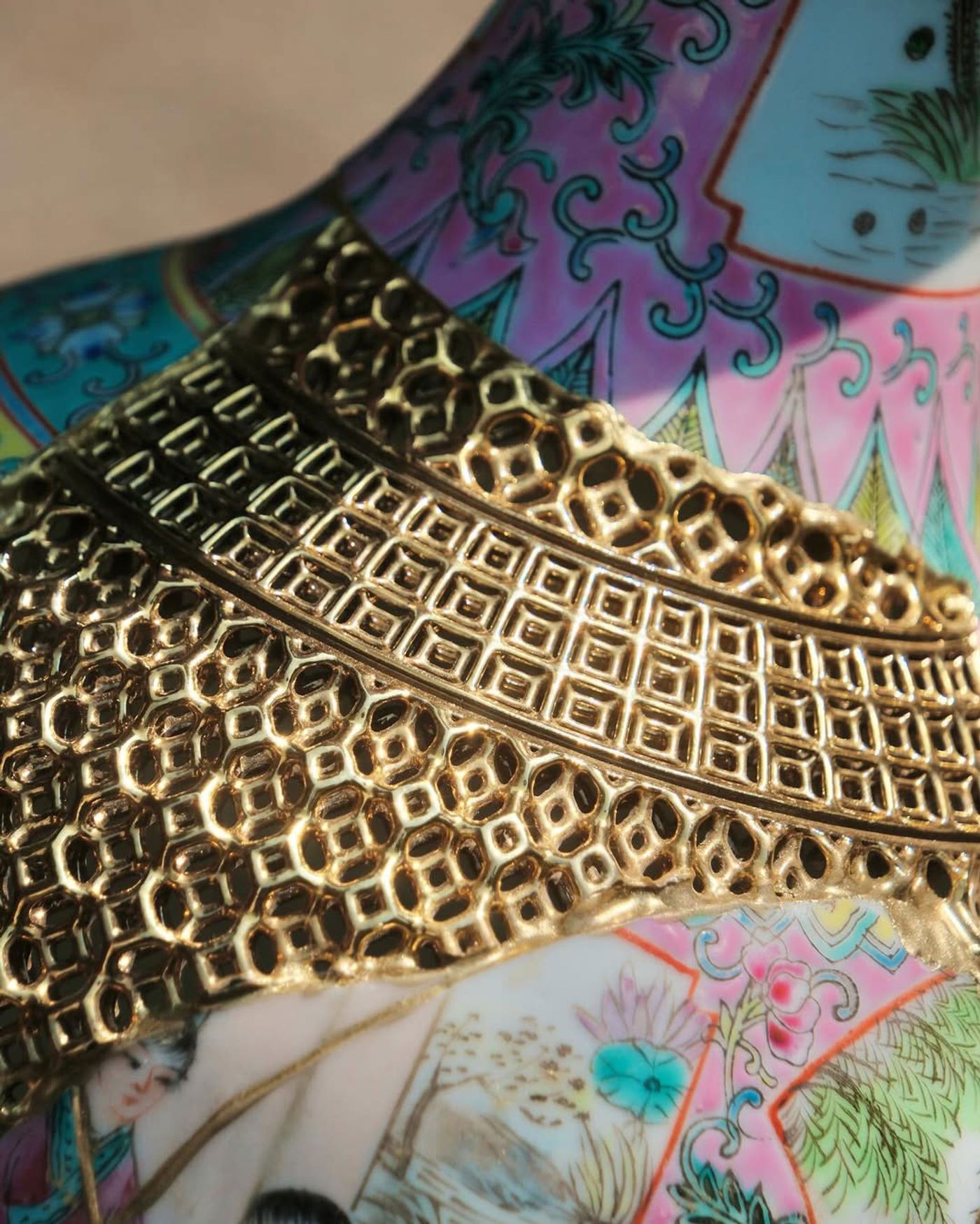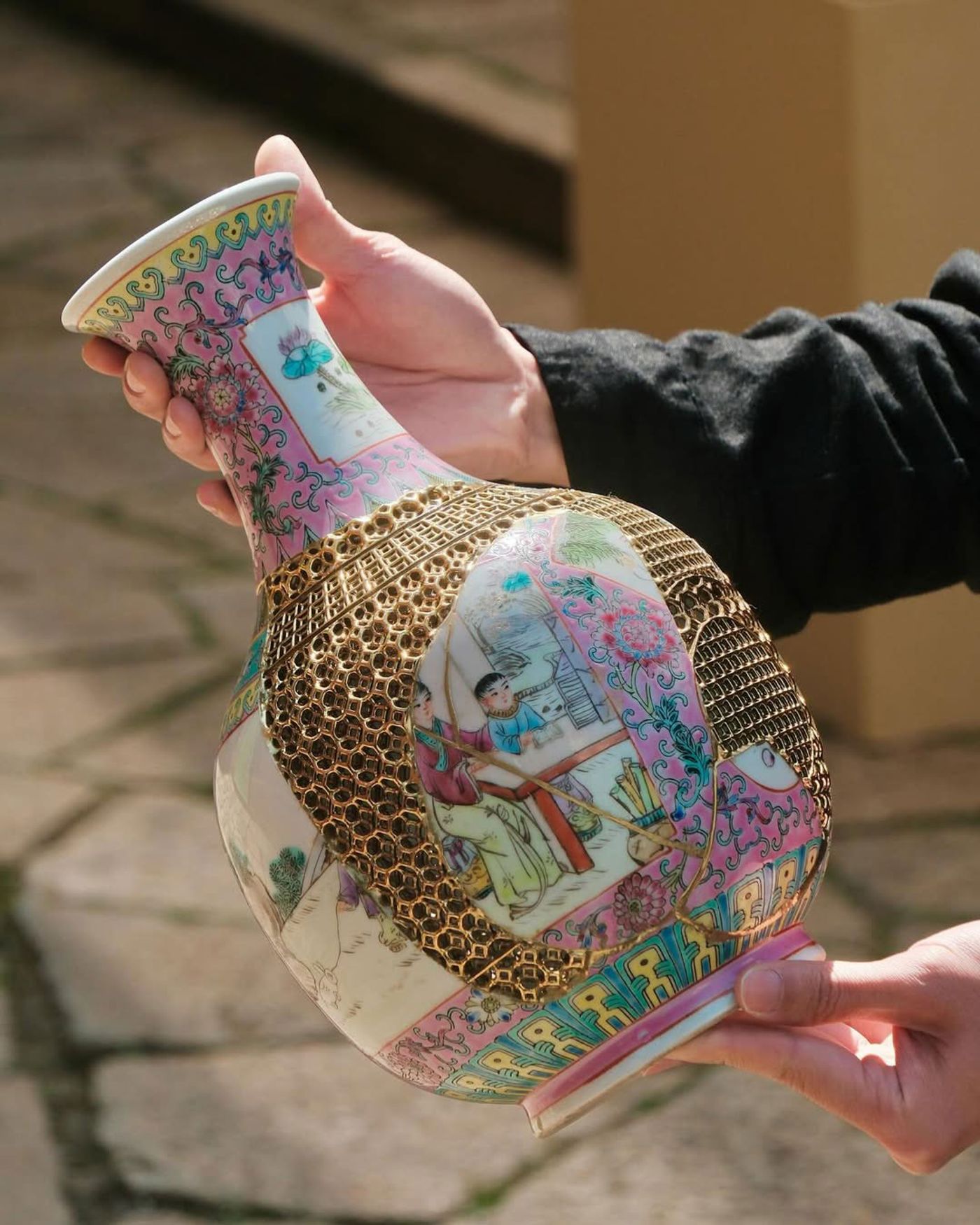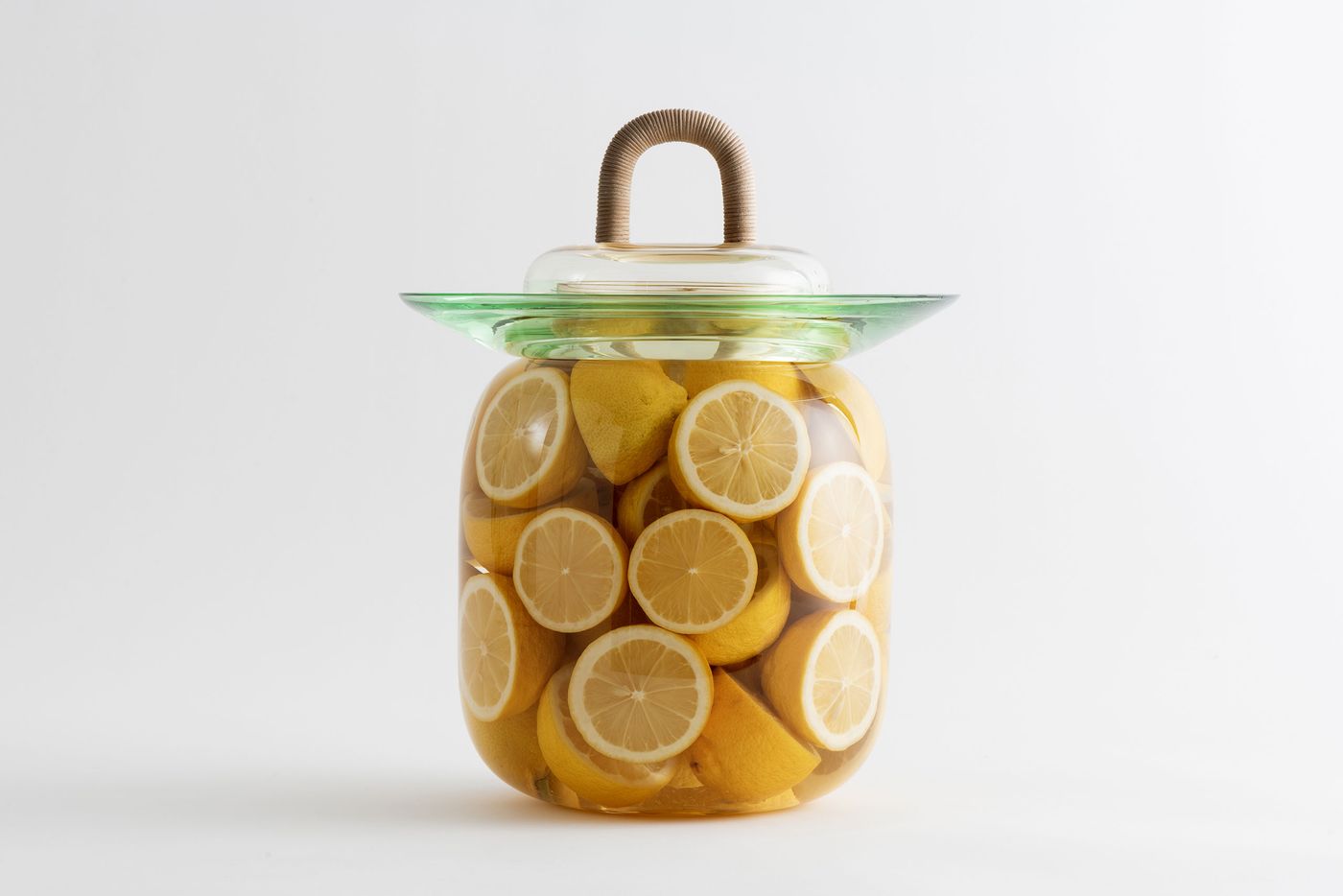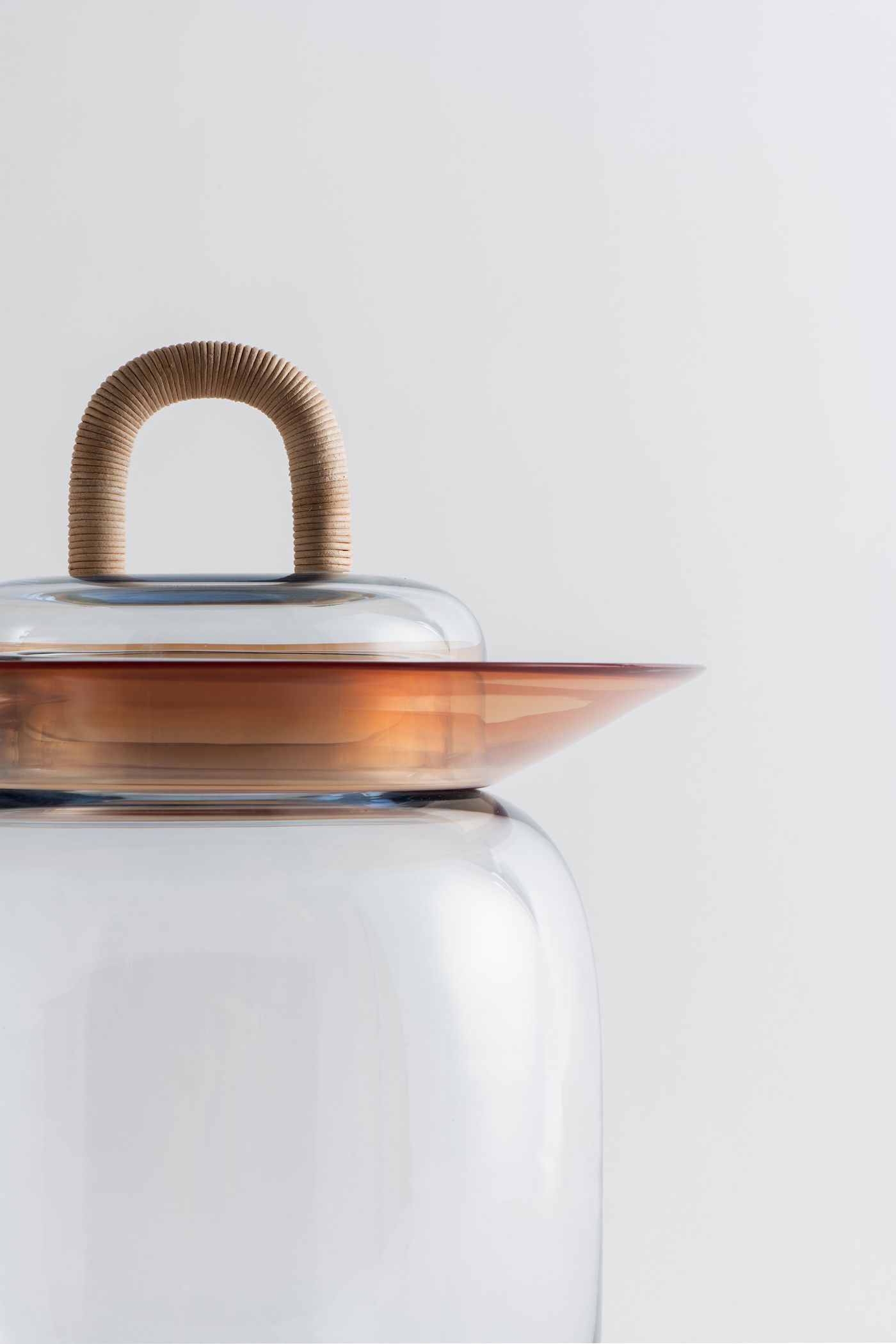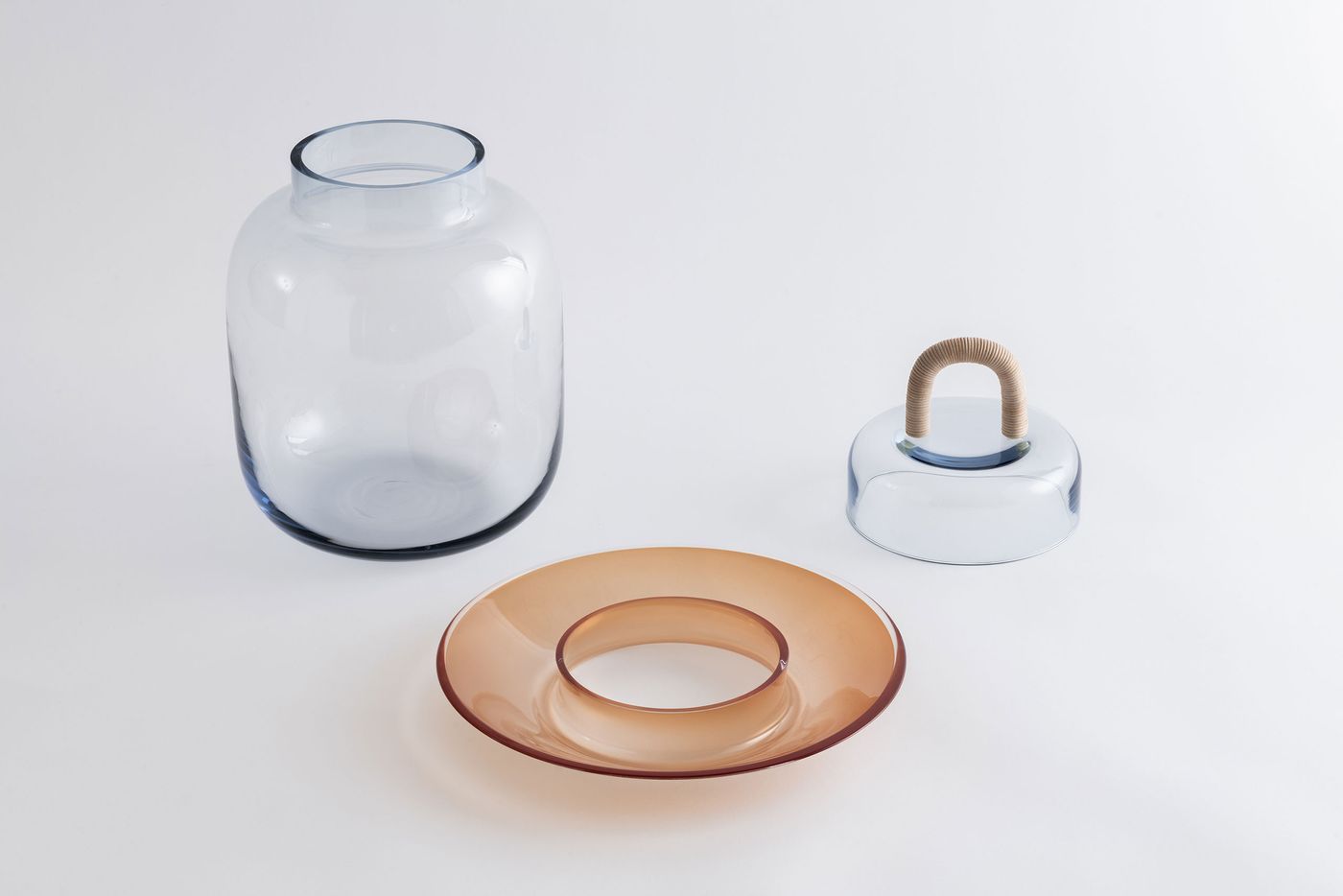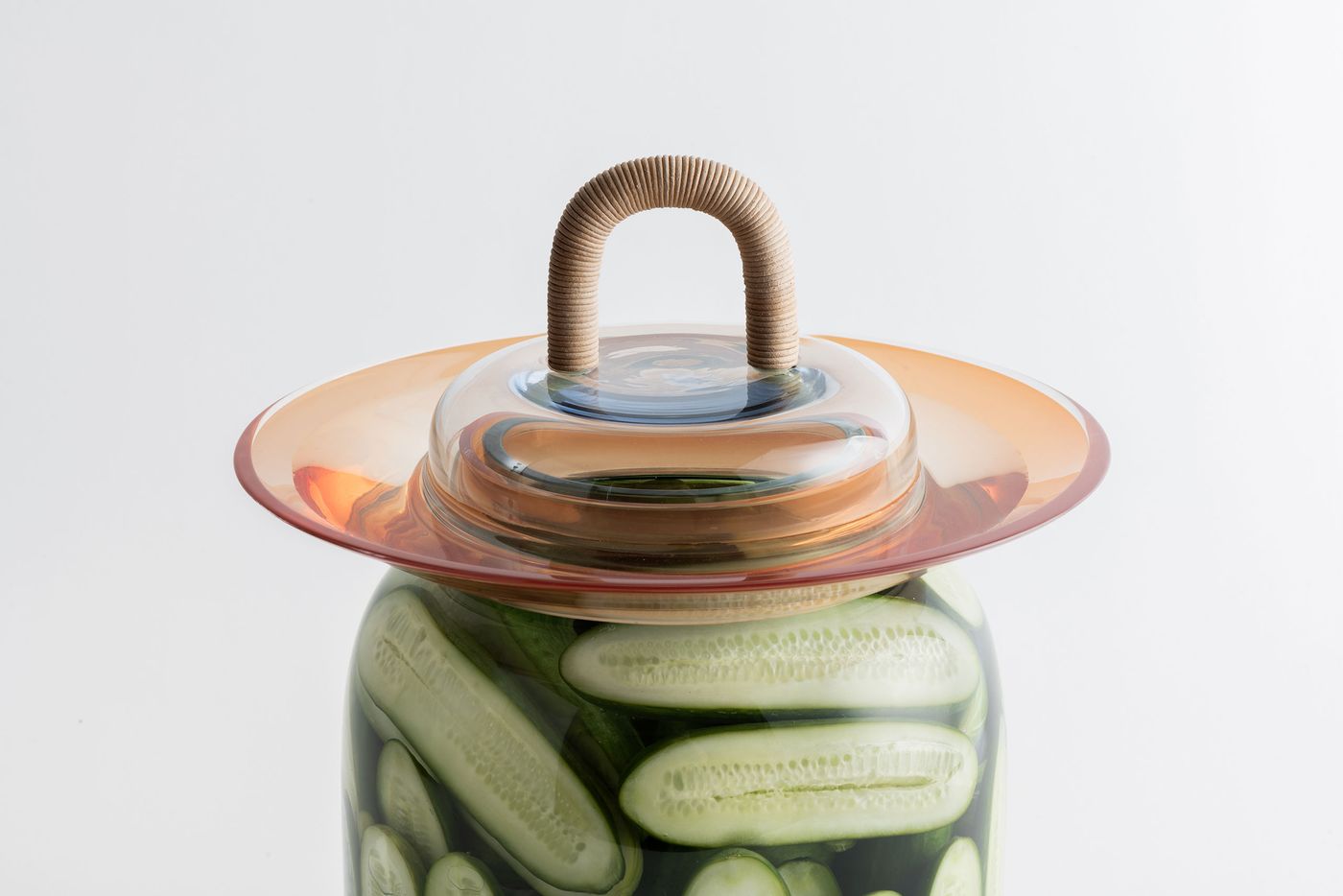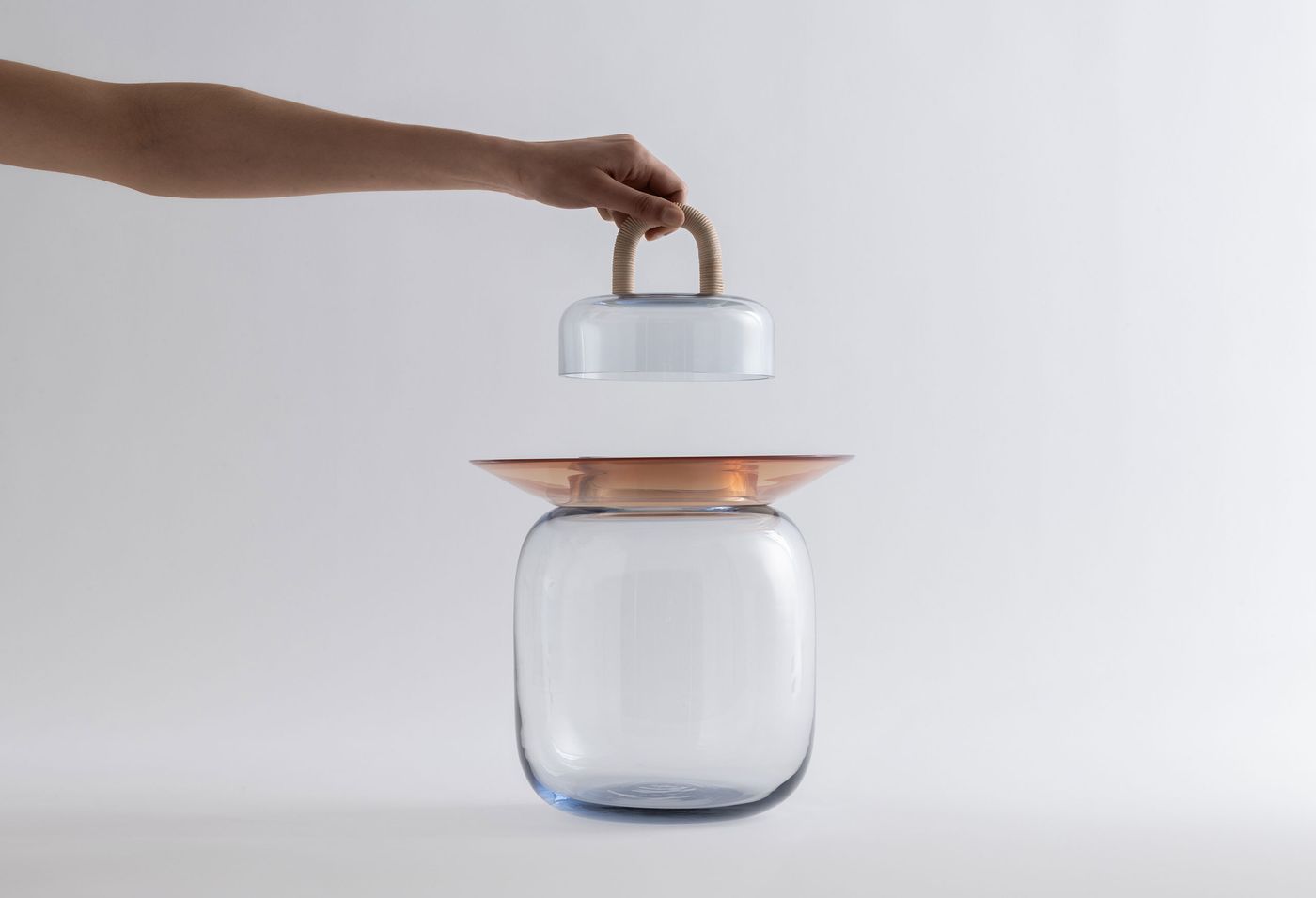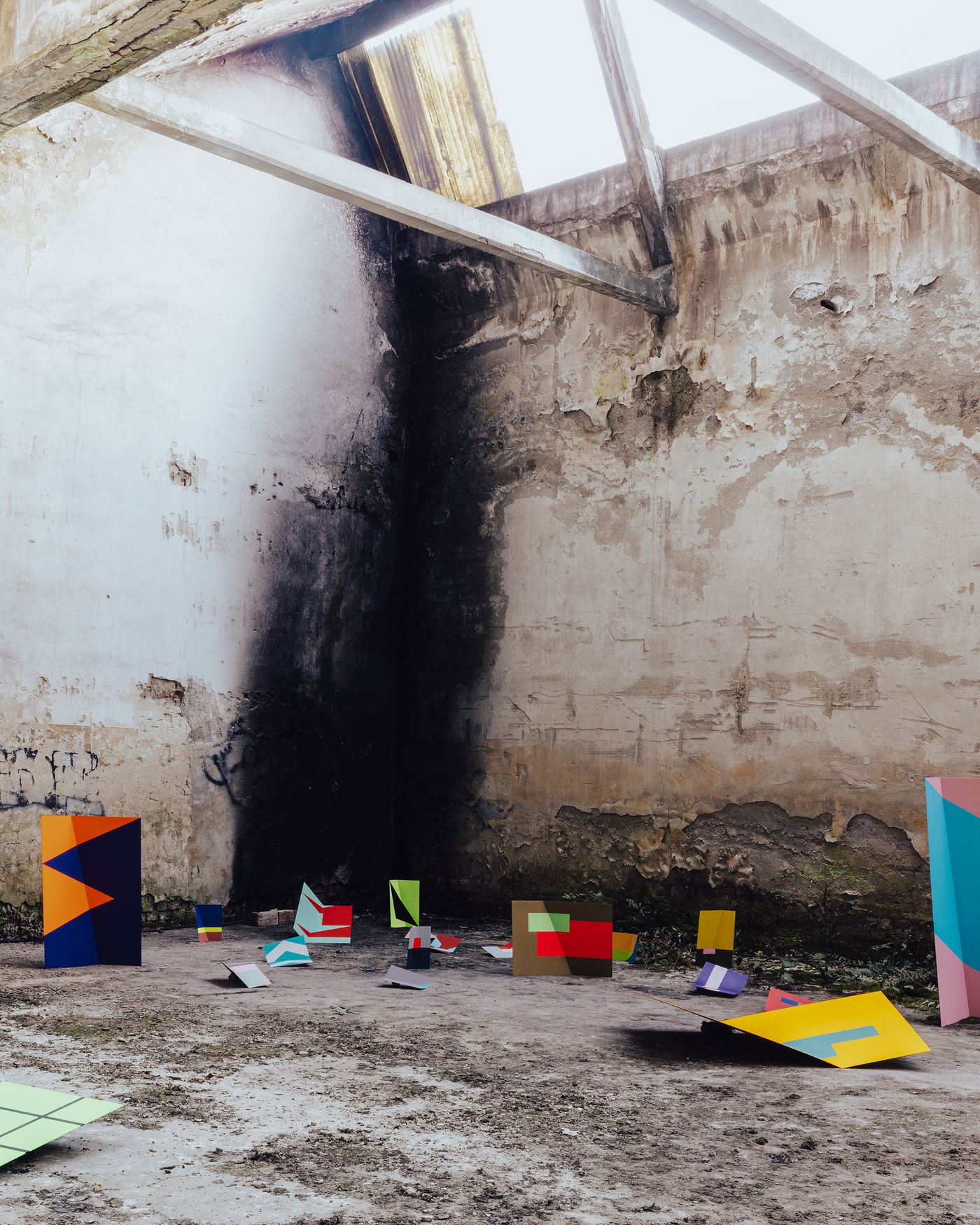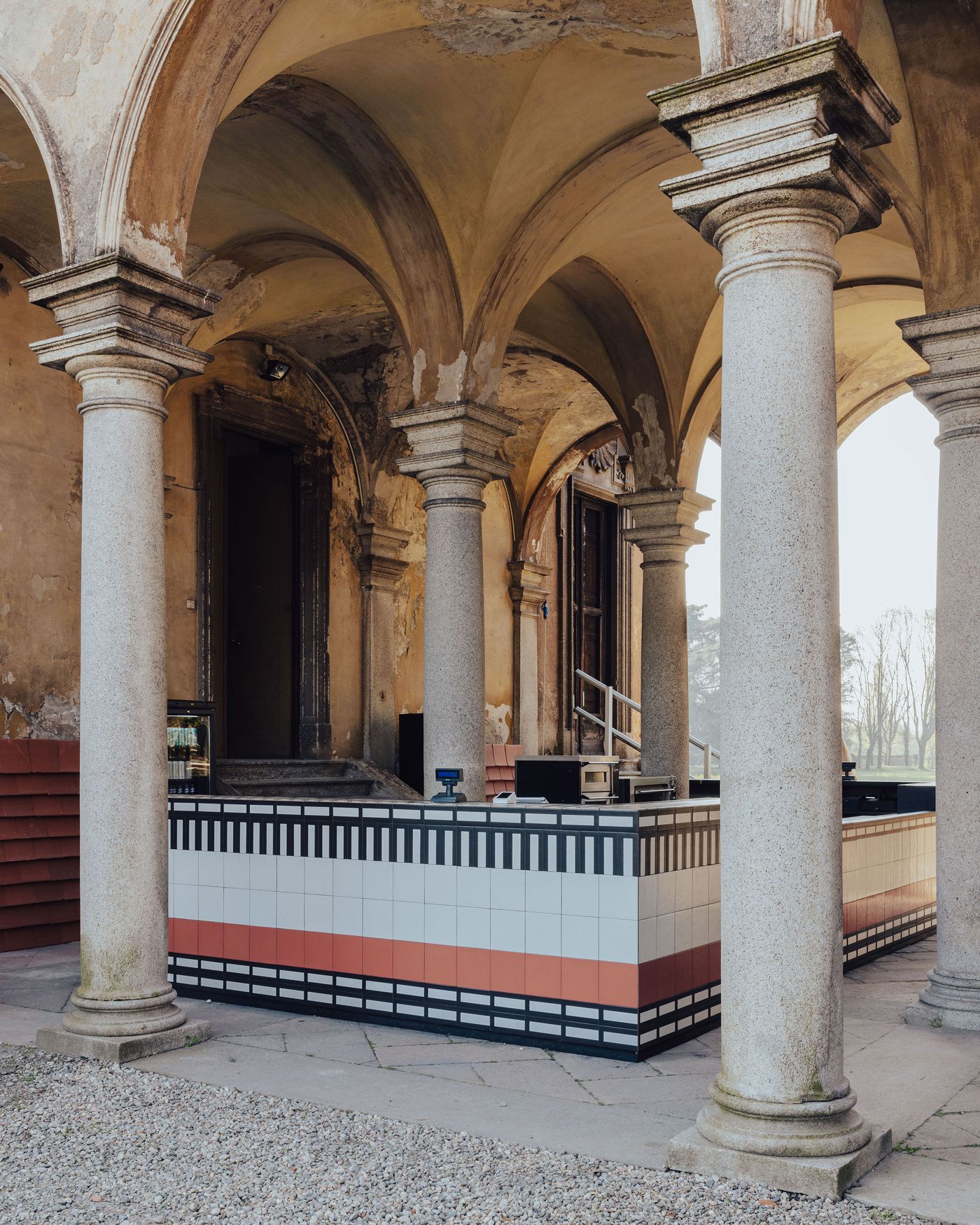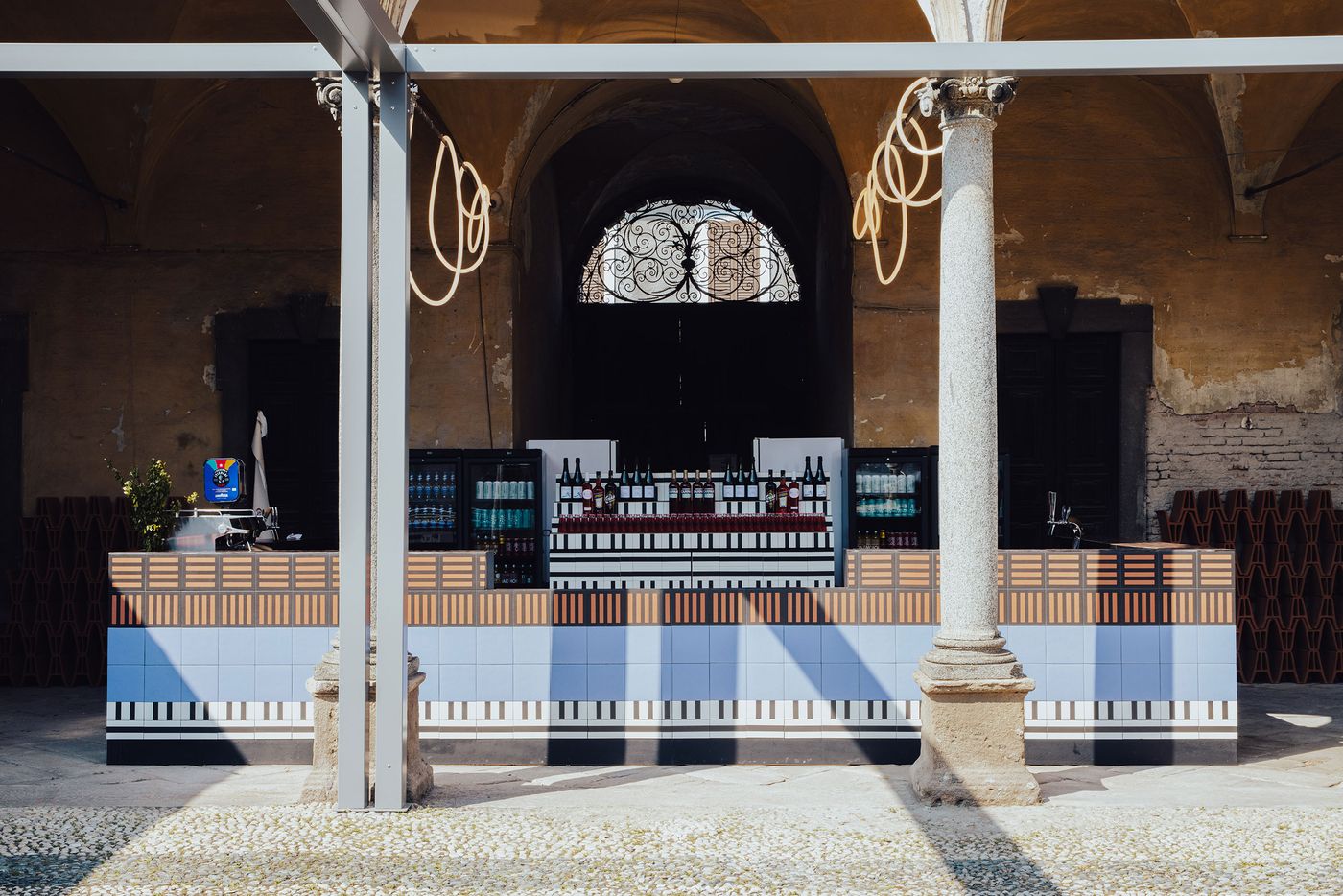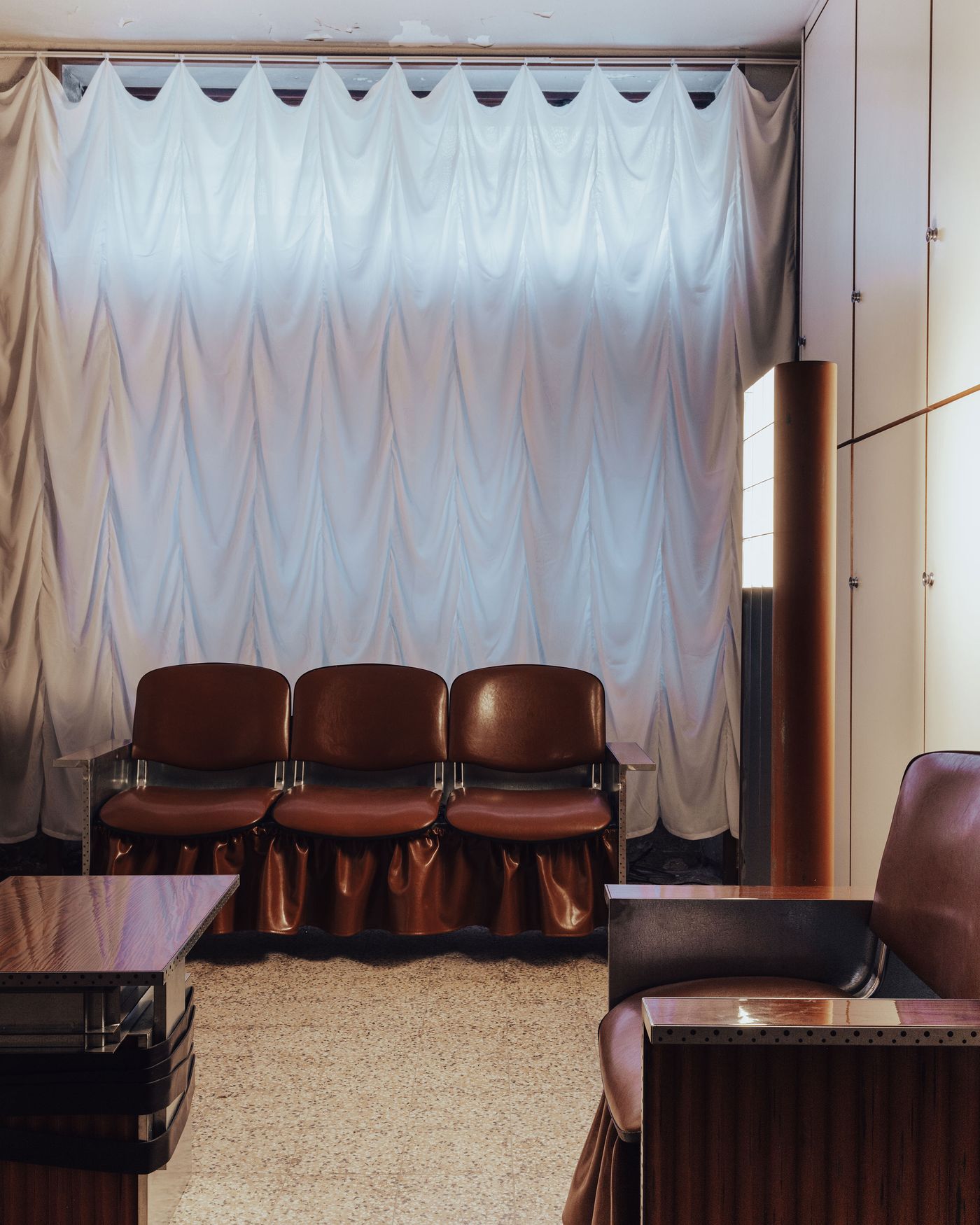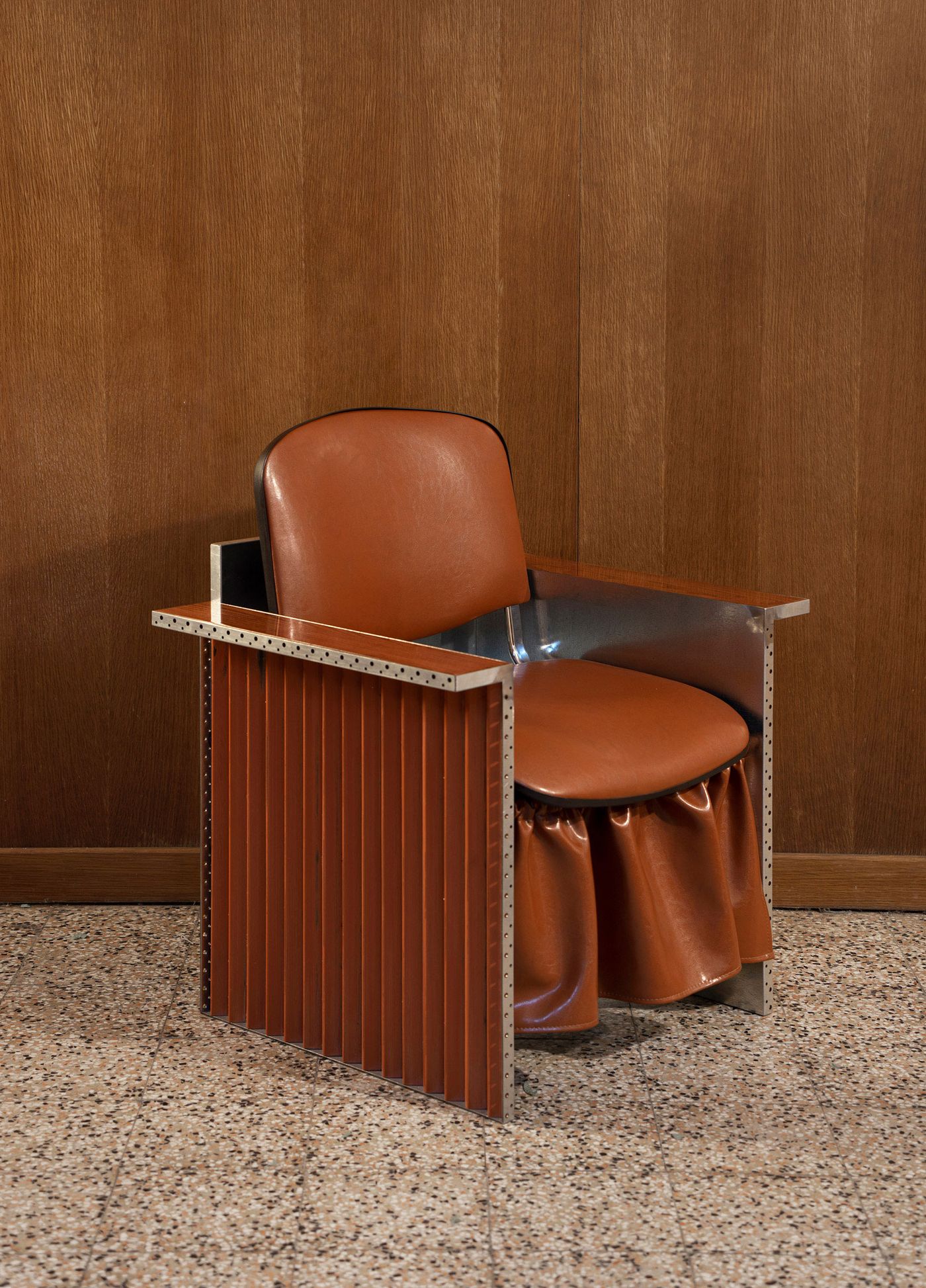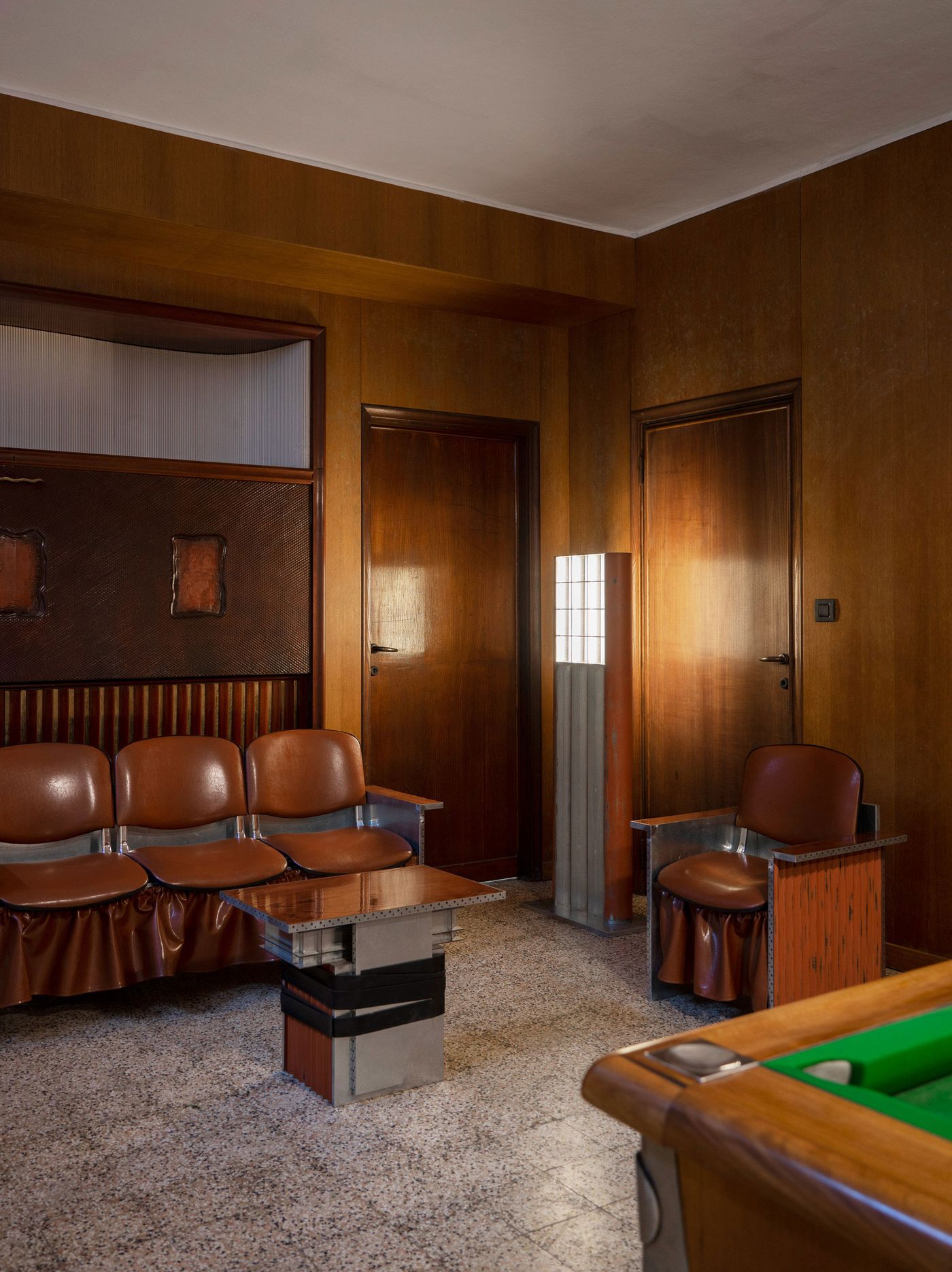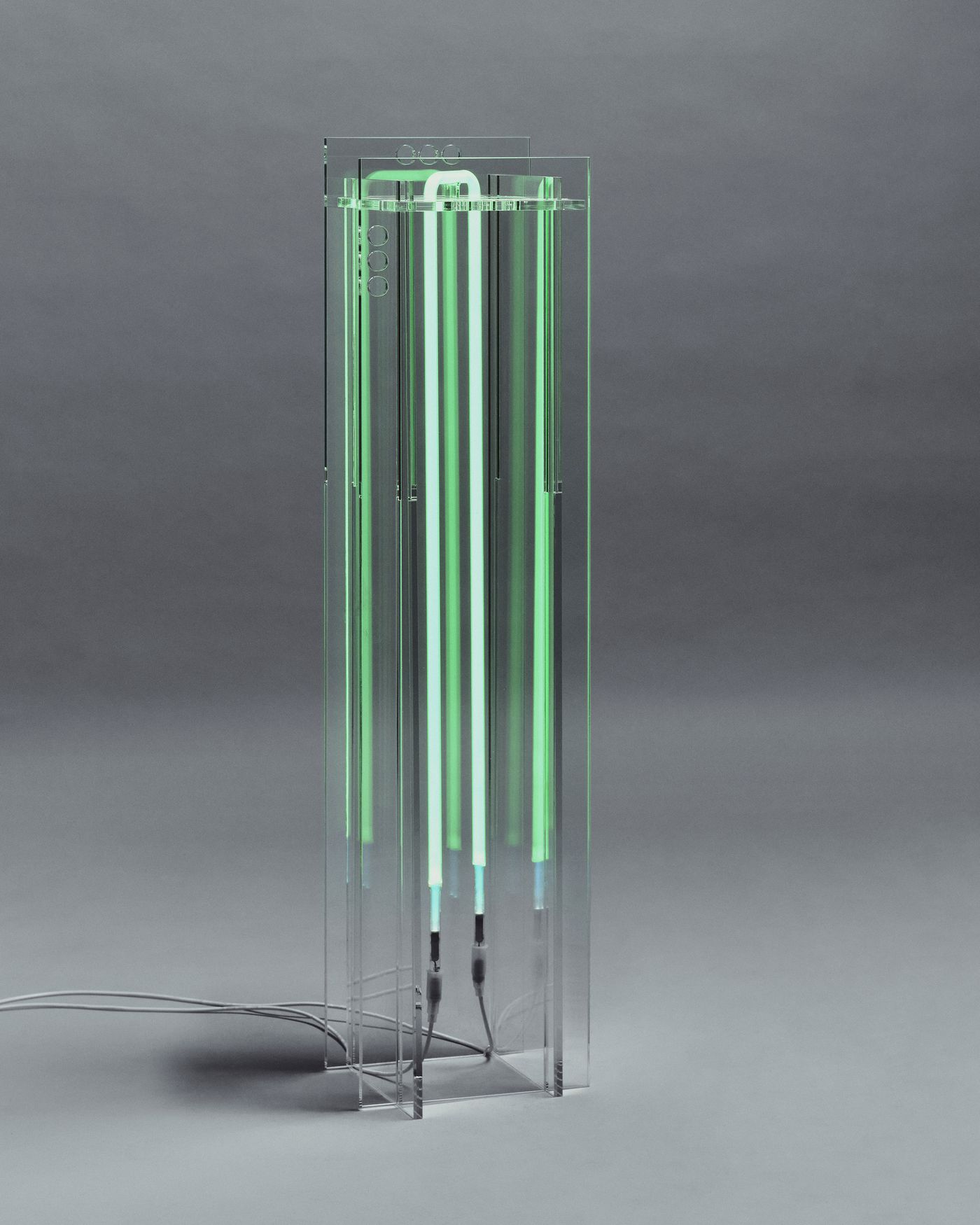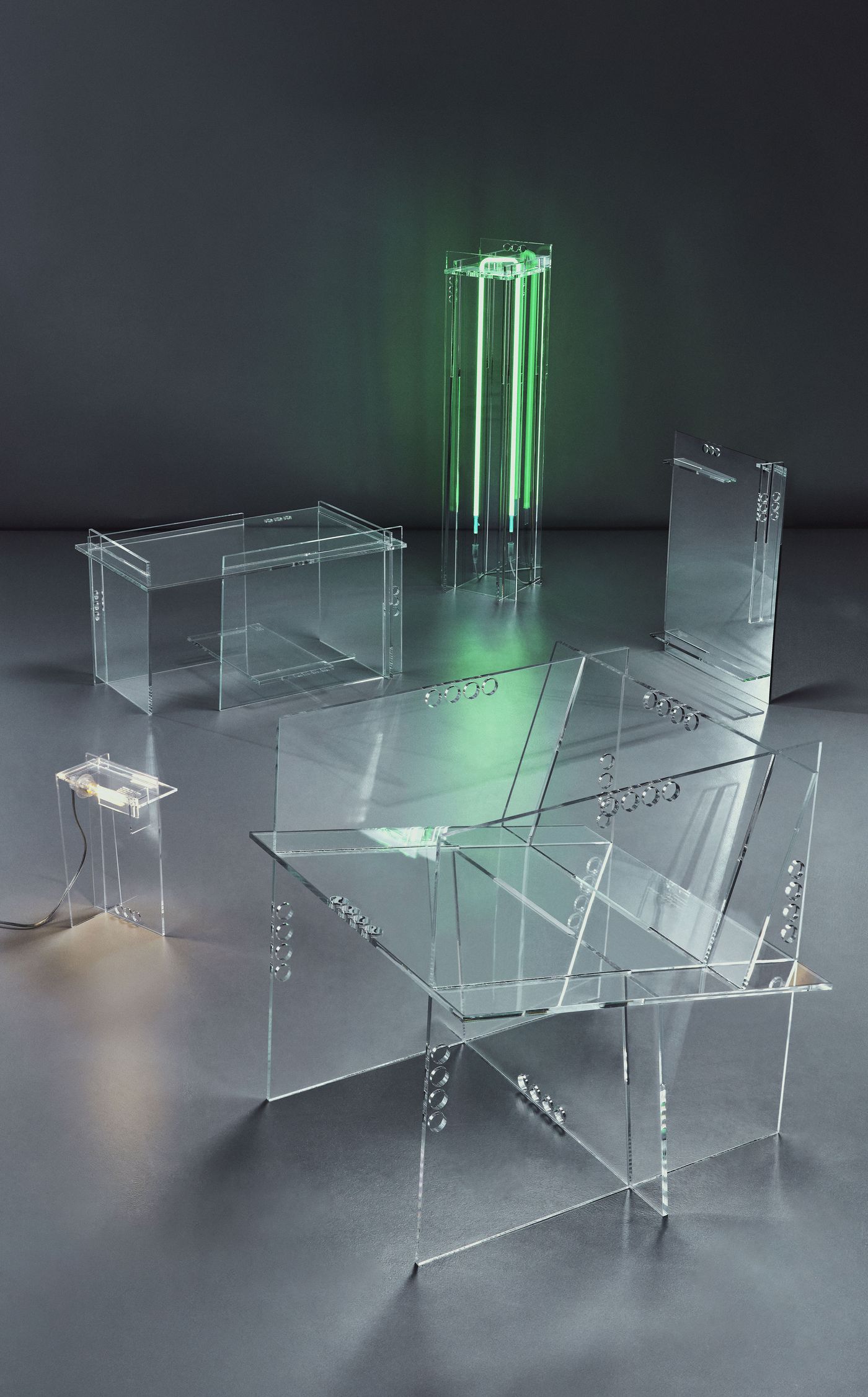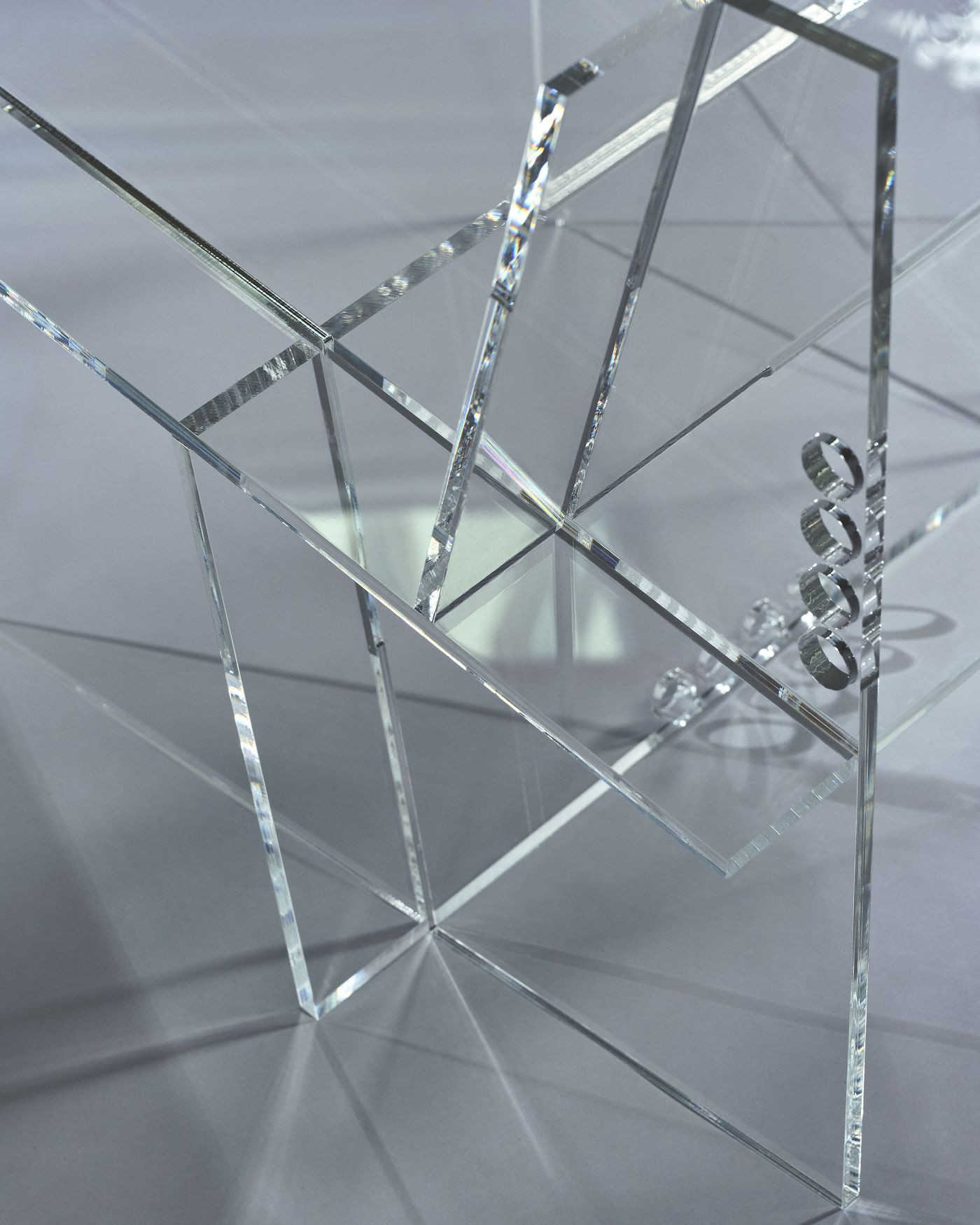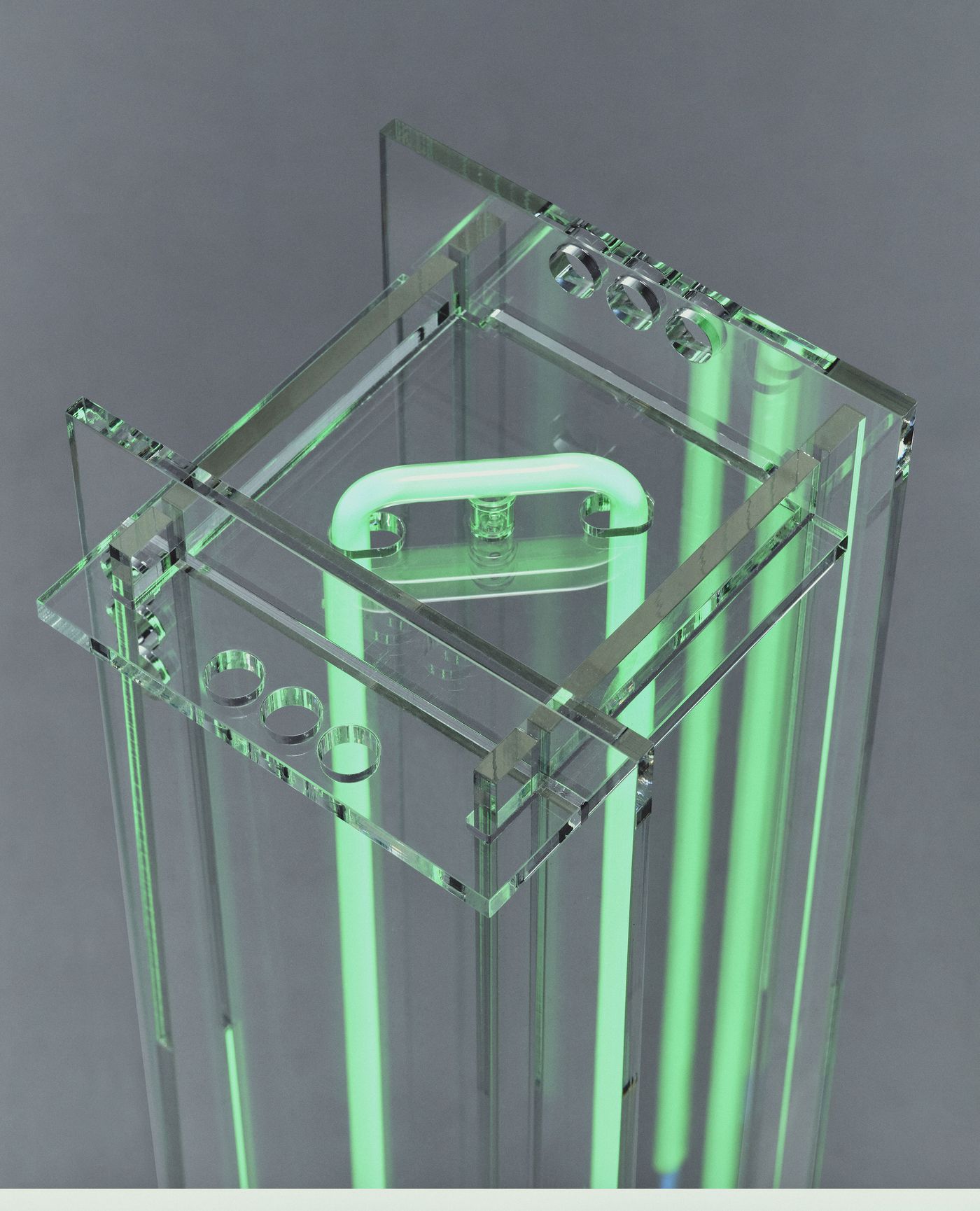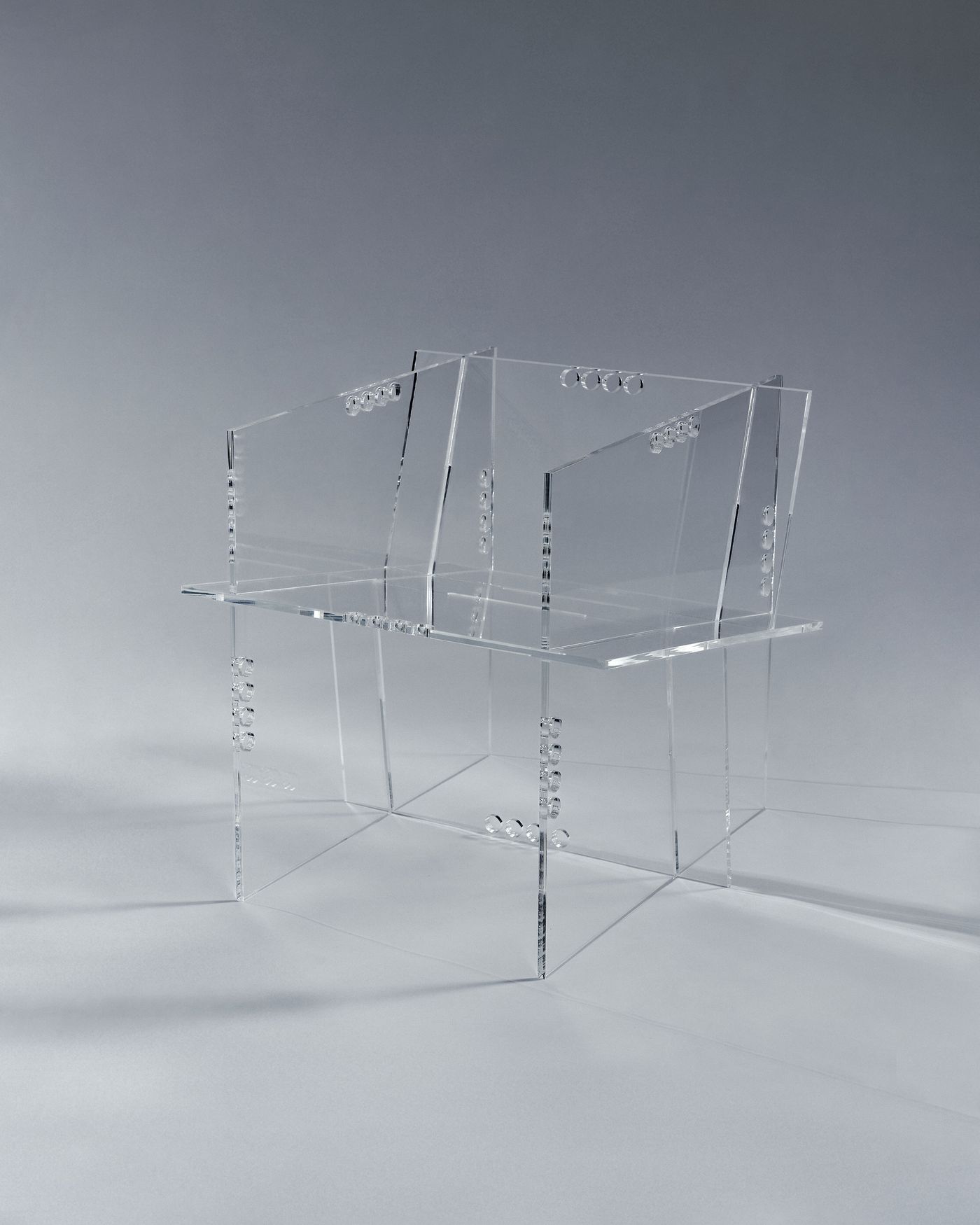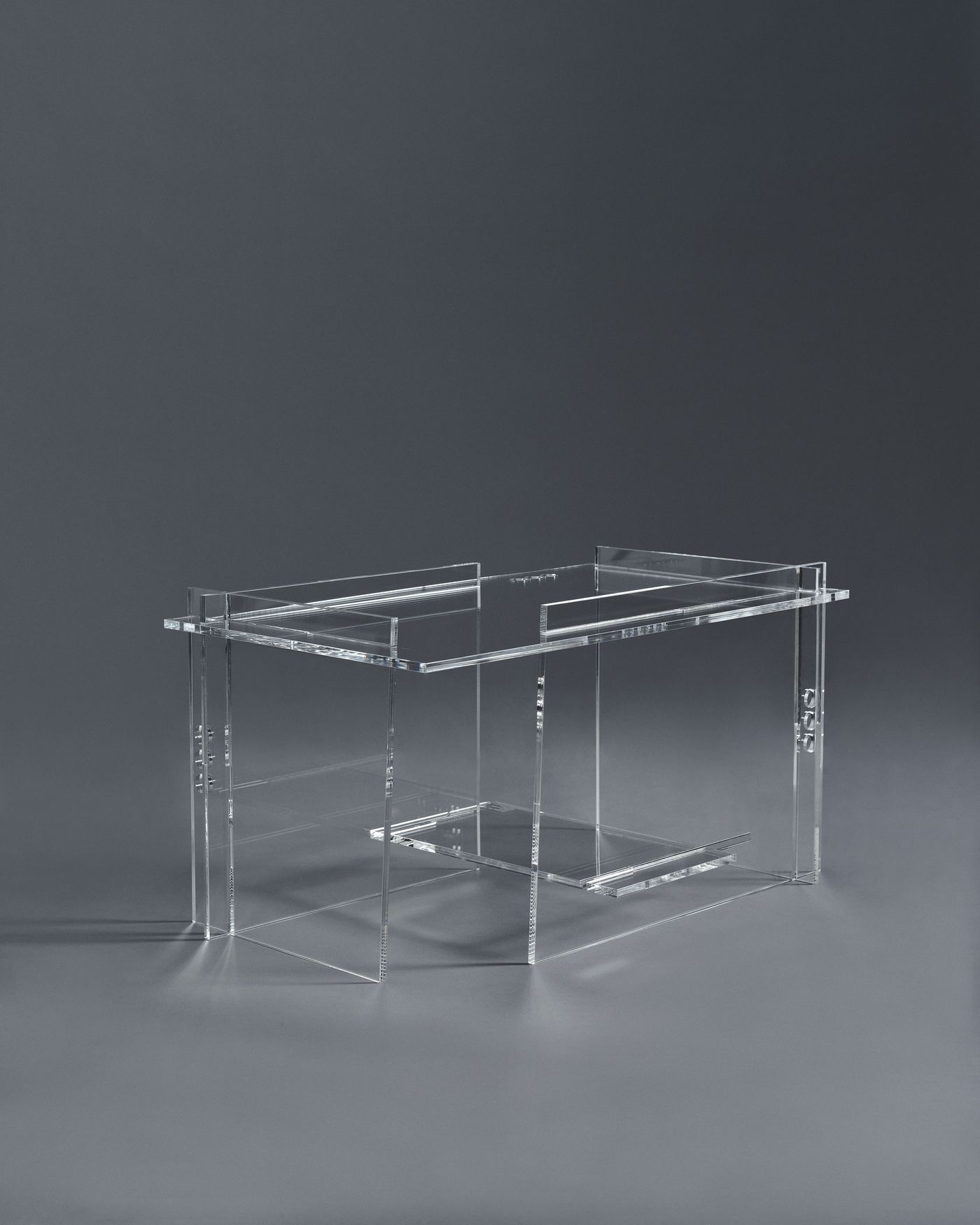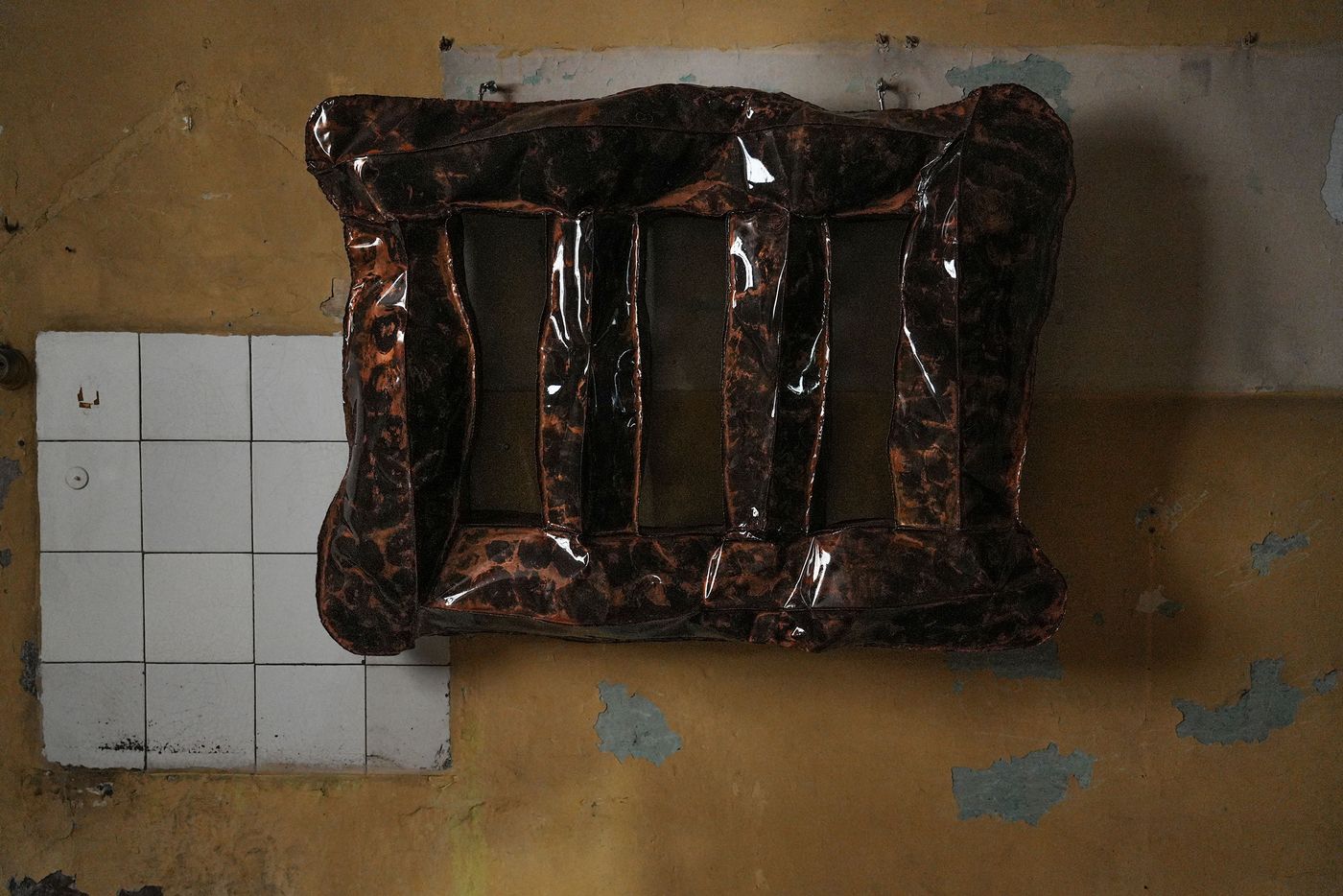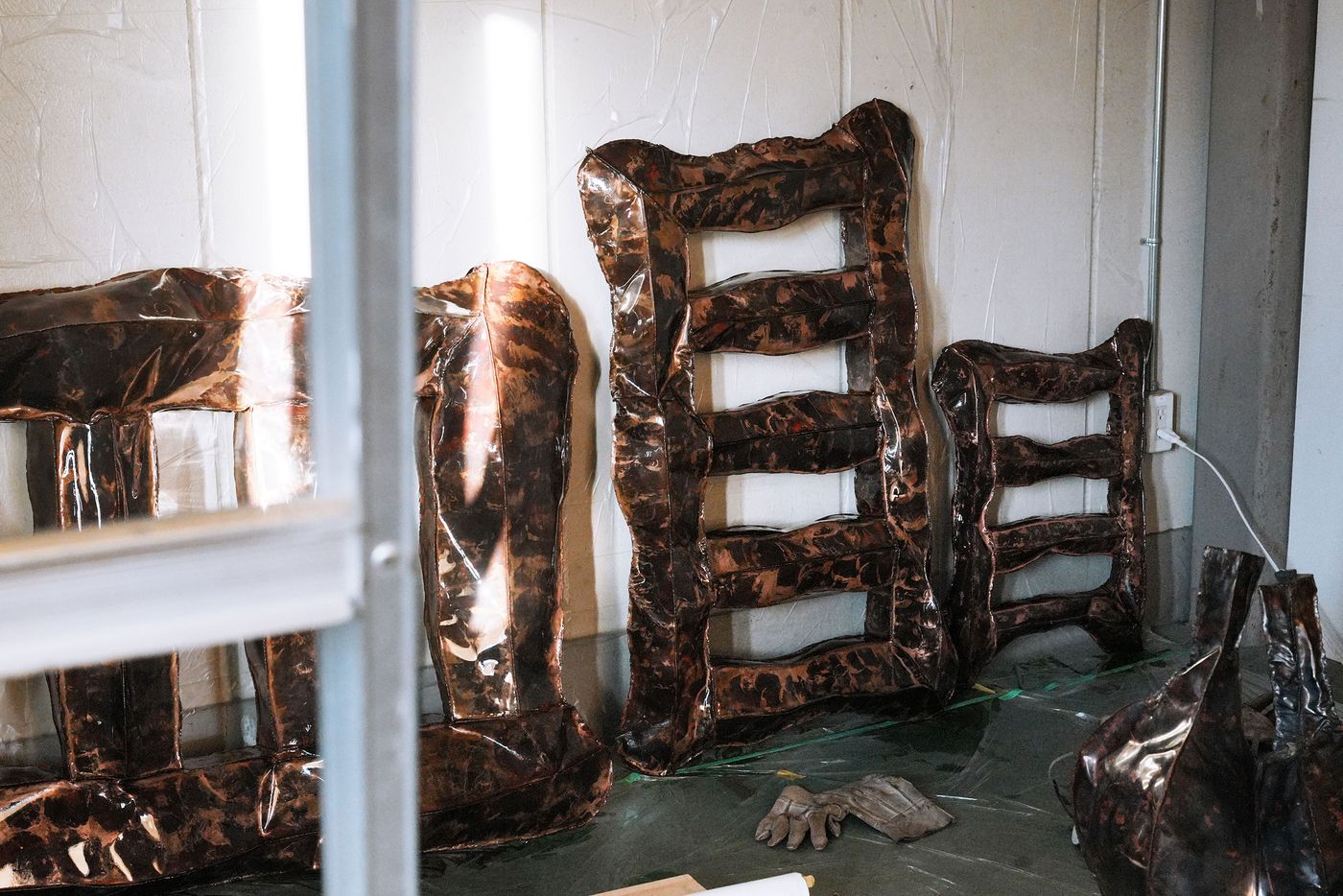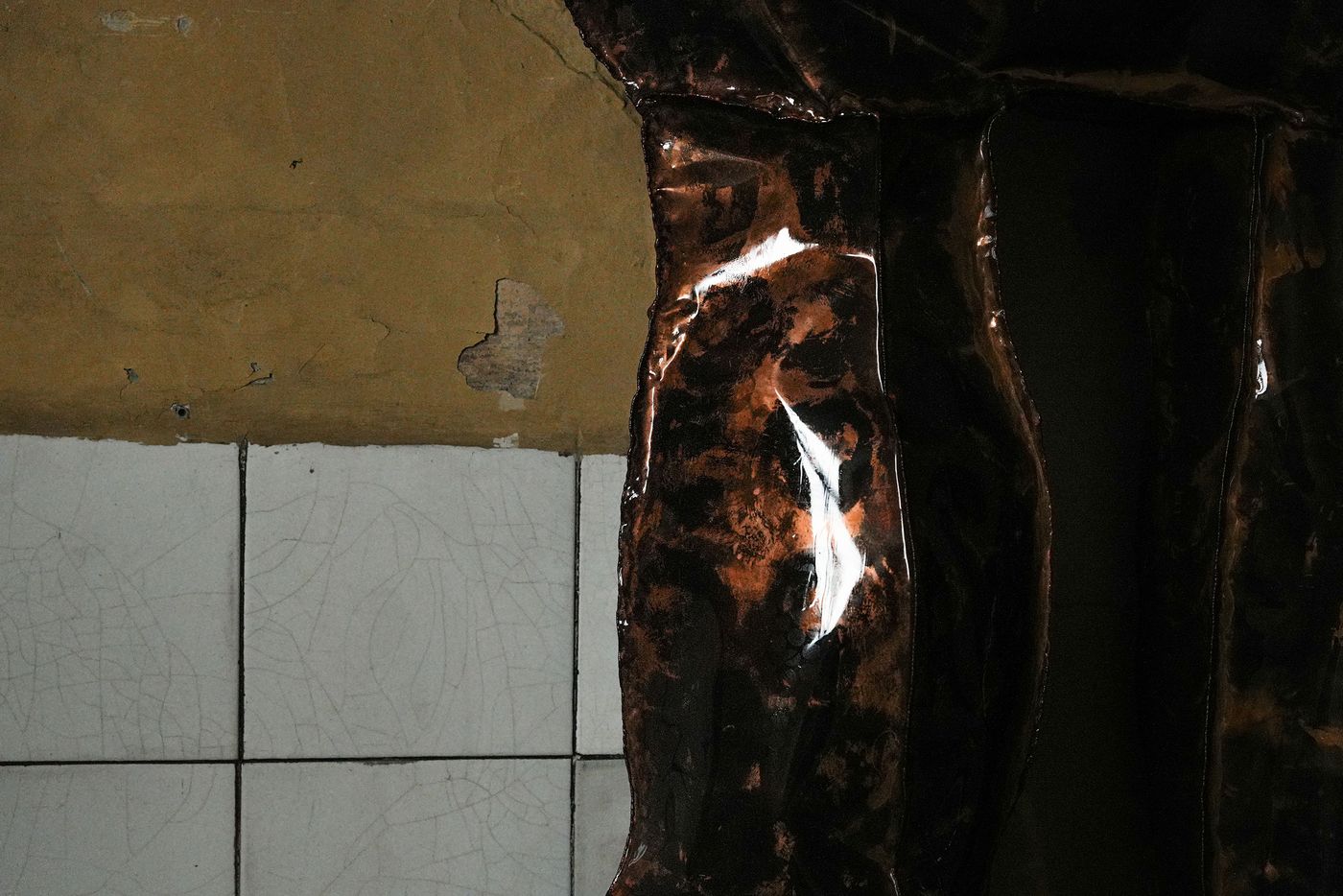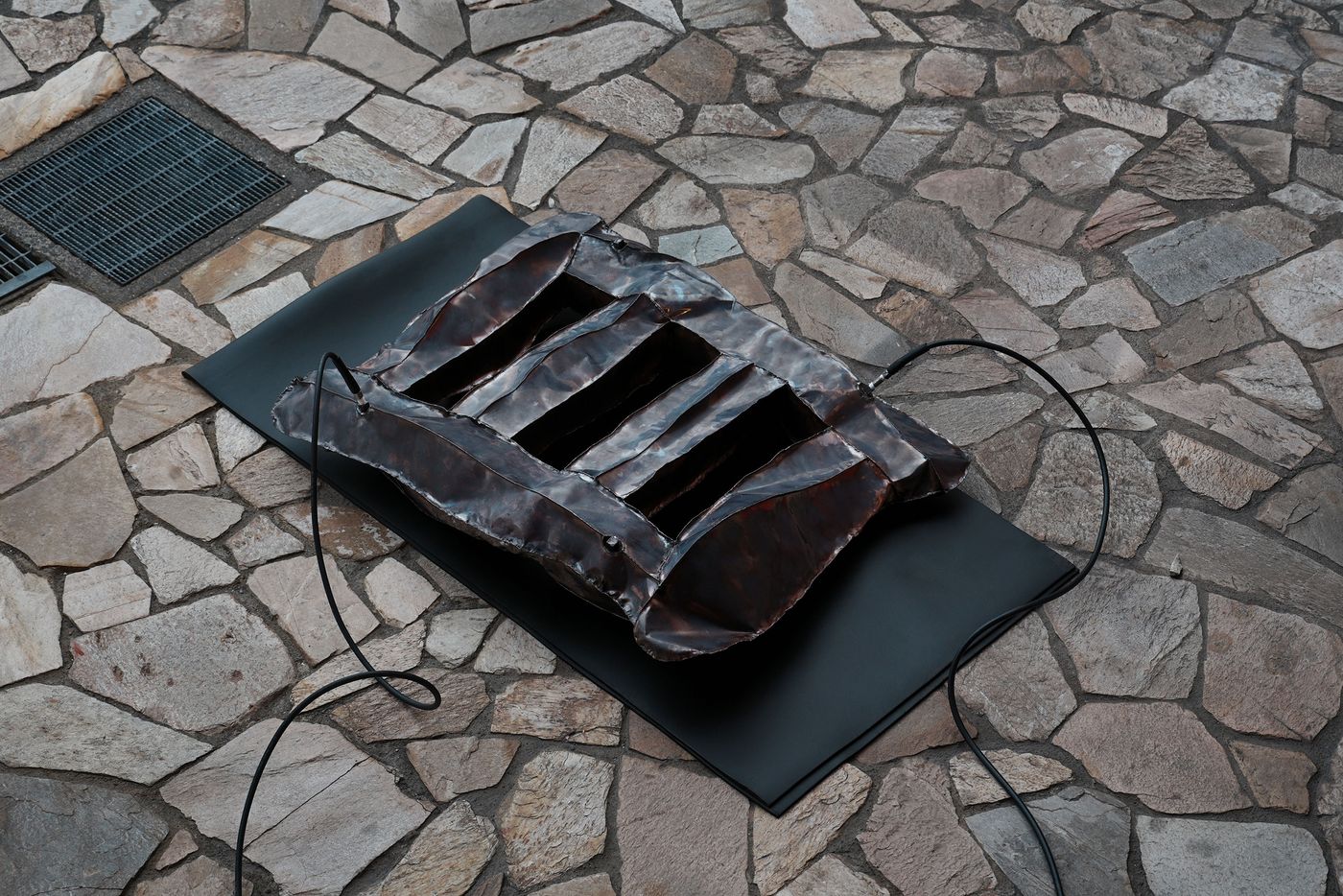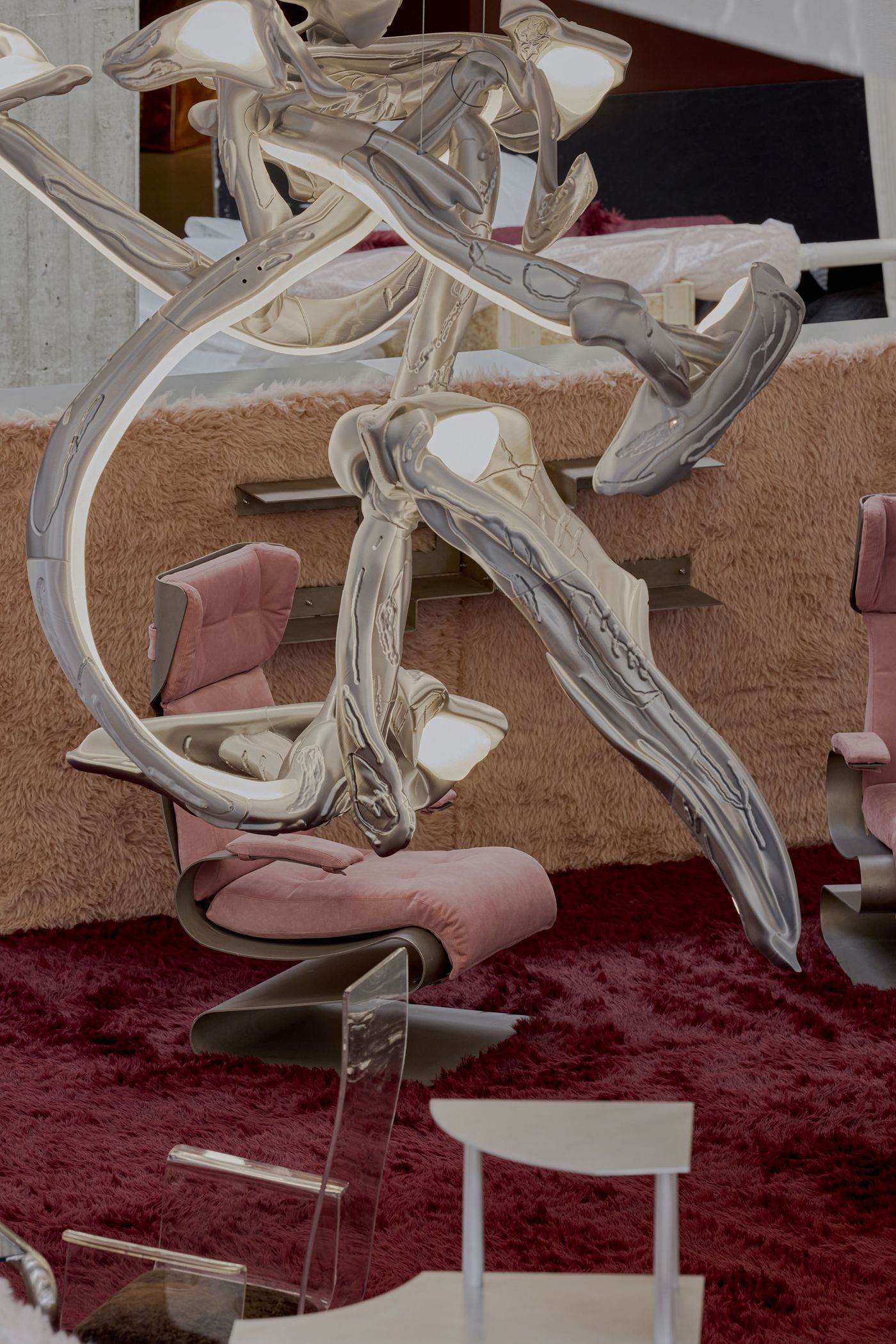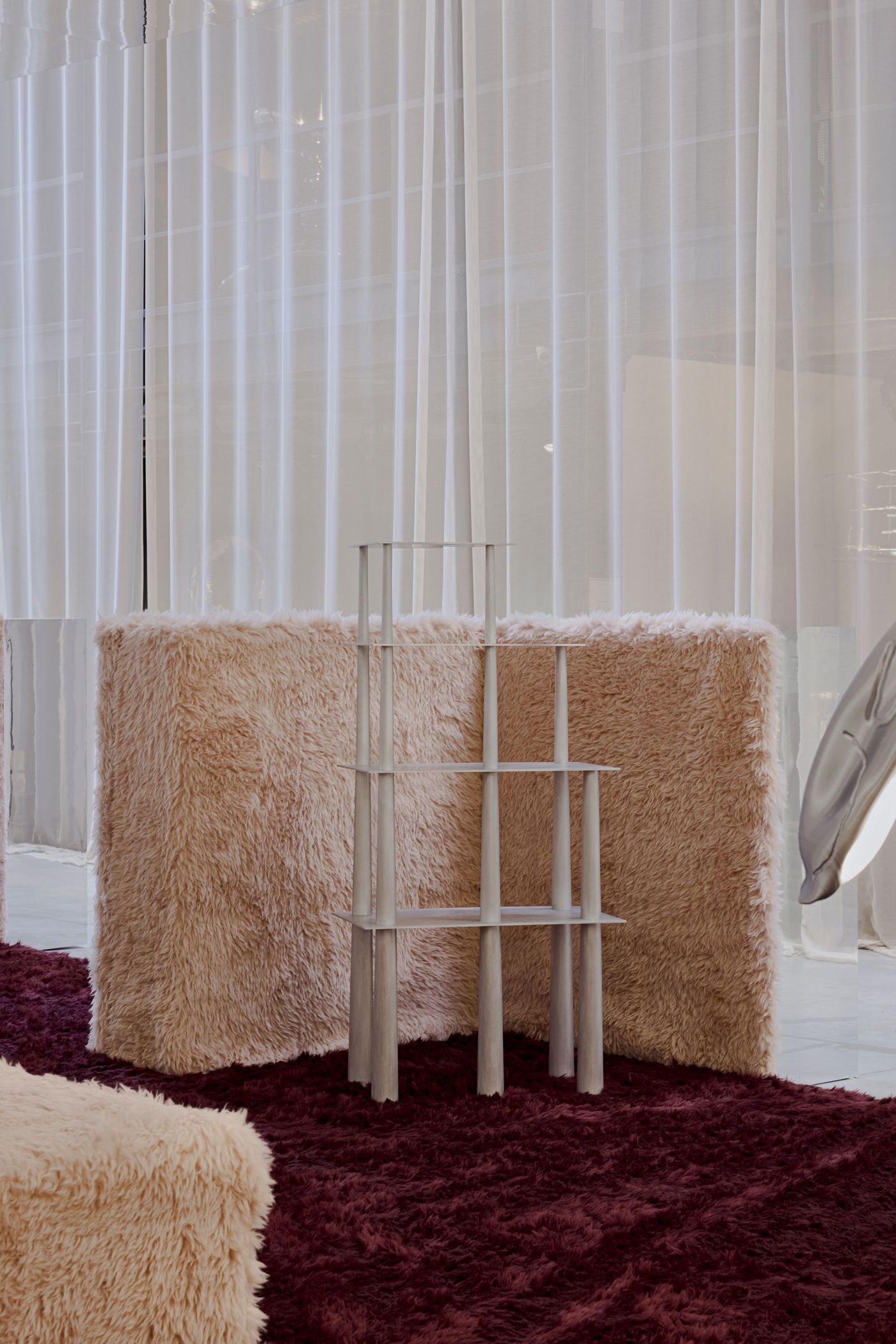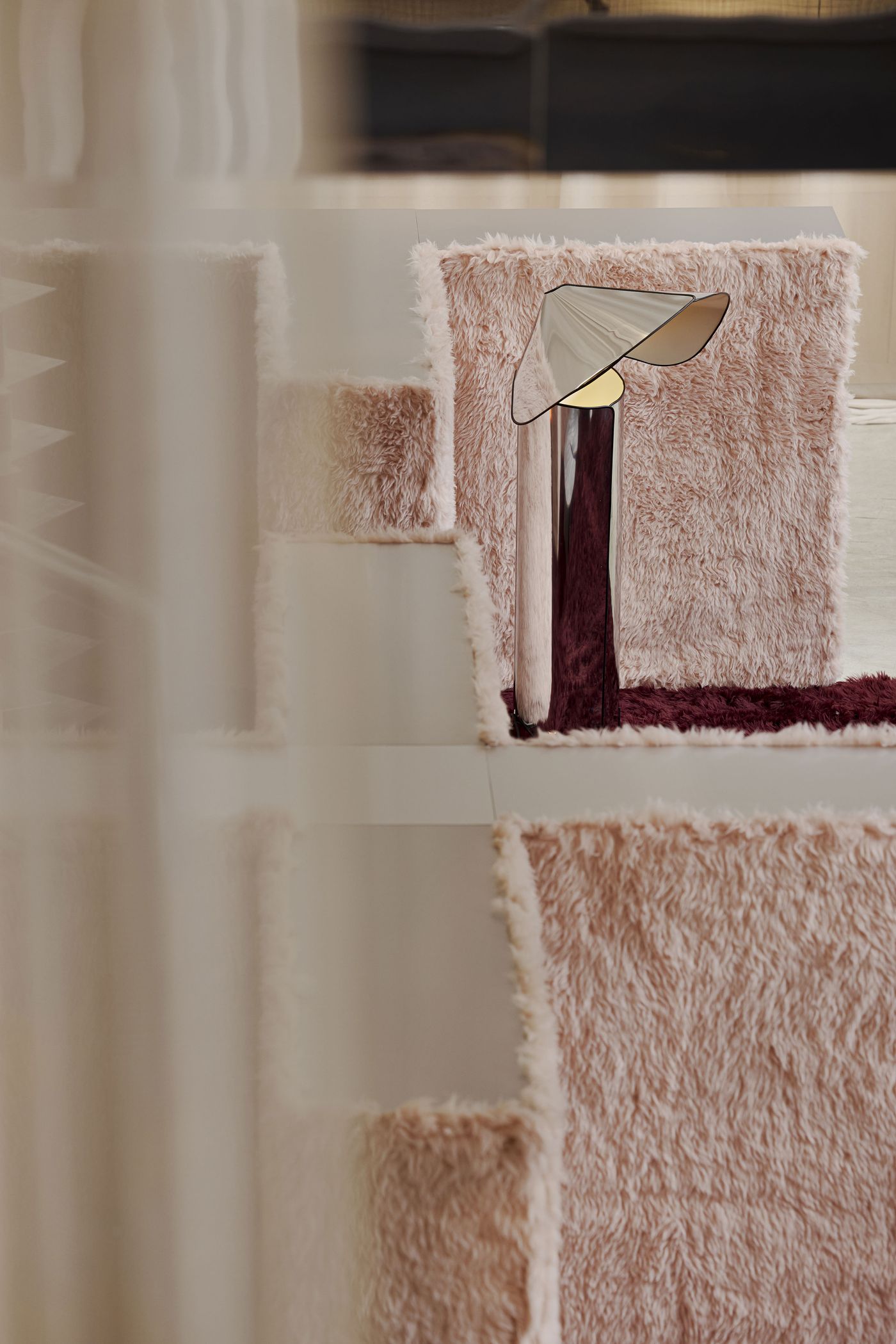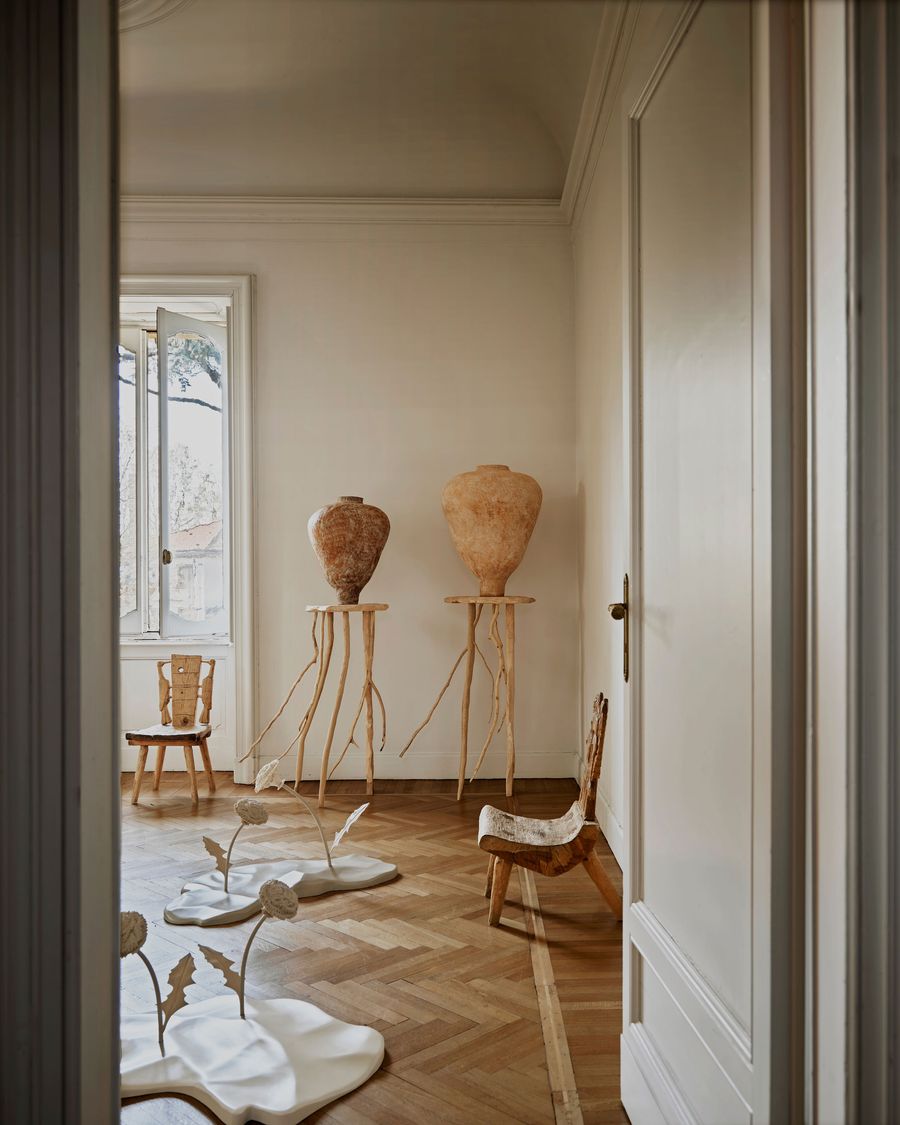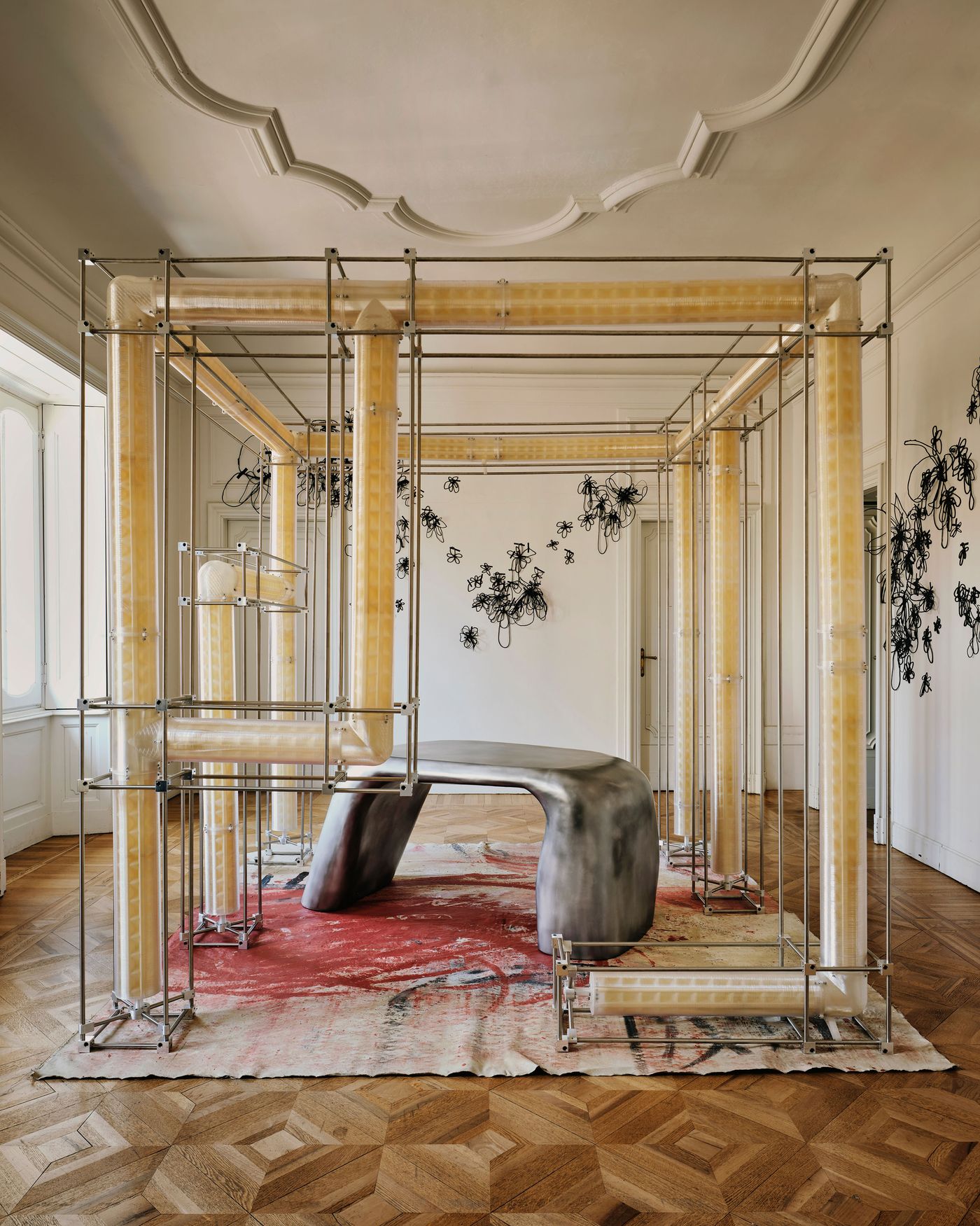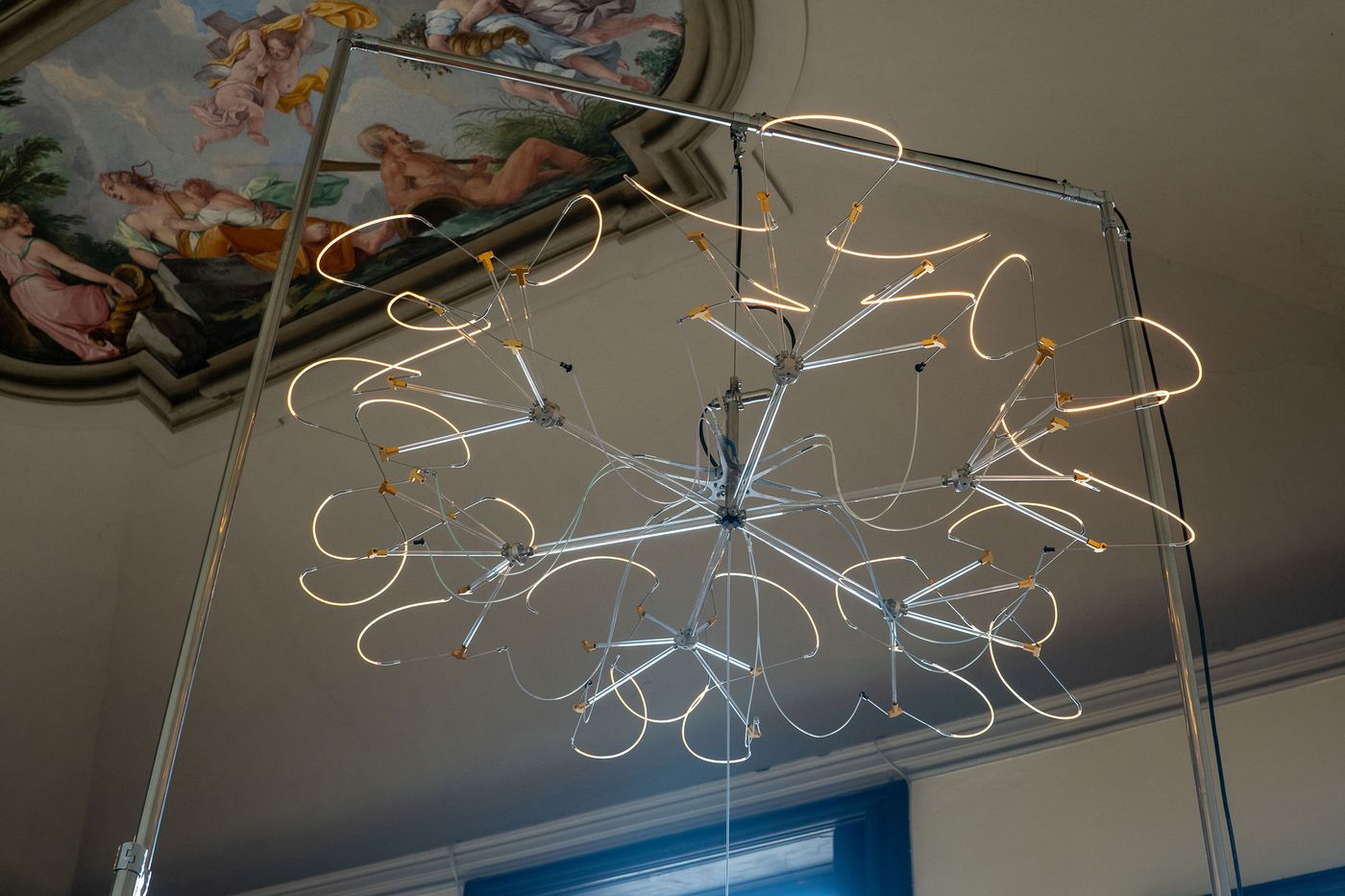
What Lingered: Best Of Milan Design Week 2025
Words by Yatzer
Location
Milan, Italy
What Lingered: Best Of Milan Design Week 2025
Words by Yatzer
Milan, Italy
Milan, Italy
Location
As ever, our annual pilgrimage to Milan Design Week (8–13 April, 2025) was a whirlwind of creativity, flair, and innovation. While navigating the city’s labyrinth of exhibitions, pop-ups, and showcases sprawled across galleries, palazzos, and unexpected corners is no easy feat, distilling the true gems from the week’s overwhelming number of offerings is even harder.
What experience (and a little distance) has taught us, however, is that time is a reliable curator. Three weeks after the dust has settled, it’s the products, designers, and installations that linger in our minds—those that carved a lasting impression—that truly deserve the spotlight. Plenty of “wow” moments have faded from our memory; conversely, quieter designs have come to loom large over time. It’s a reminder that true innovation often reveals itself slowly, asking for our attention rather than demanding it.
Read on for the projects that stayed with us—the very best of Milan Design Week 2025.
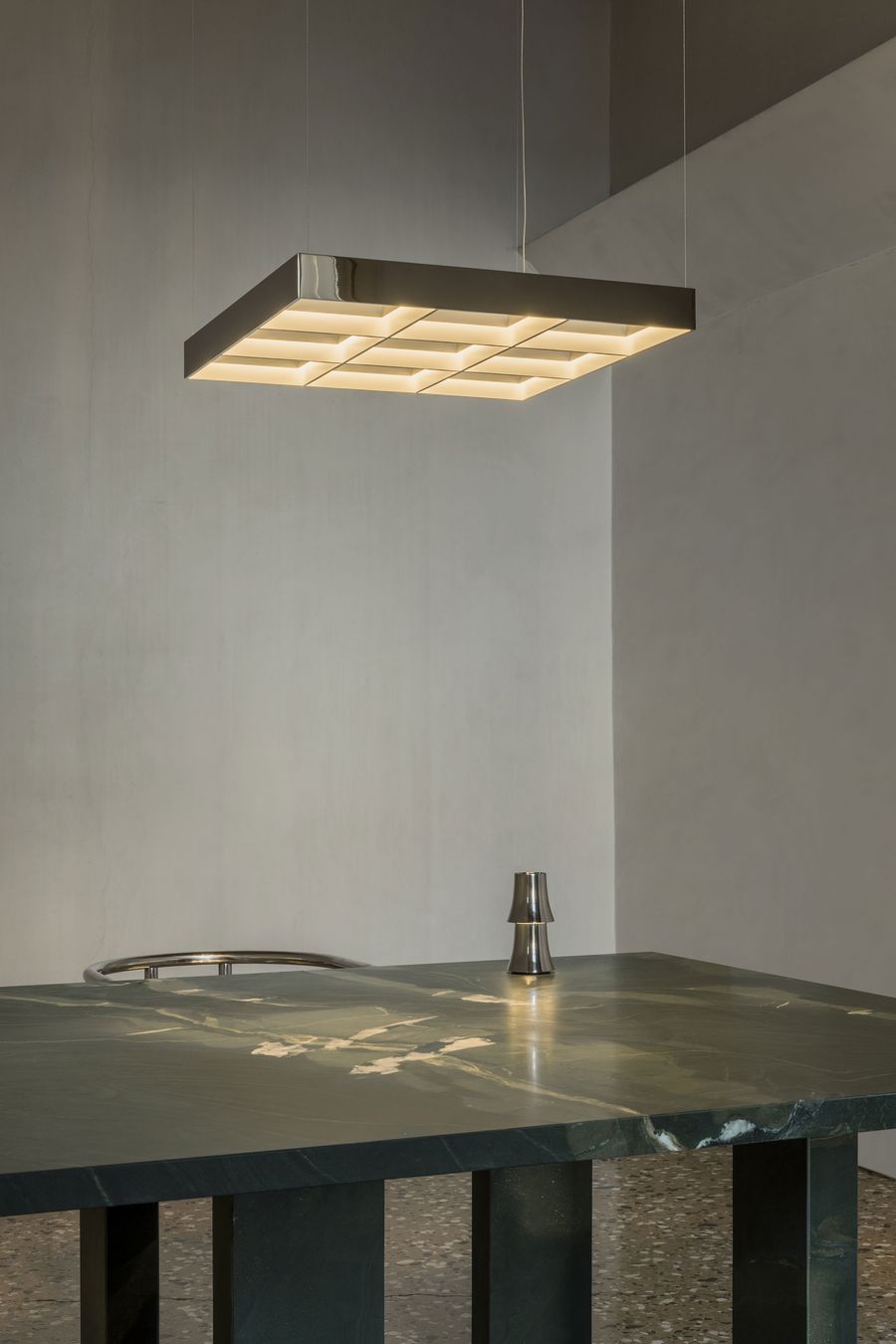
At the Jacqueline Vodoz and Bruno Danese Foundation, Michael Anastassiades unveiled a new collection of modular lights—Cygnet, Frame, and Floor Mobile Chandelier—alongside Halesia, a portable lamp created with Alessi, each exploring light as both structure and memory.
Photo by Nicolò Panzera.
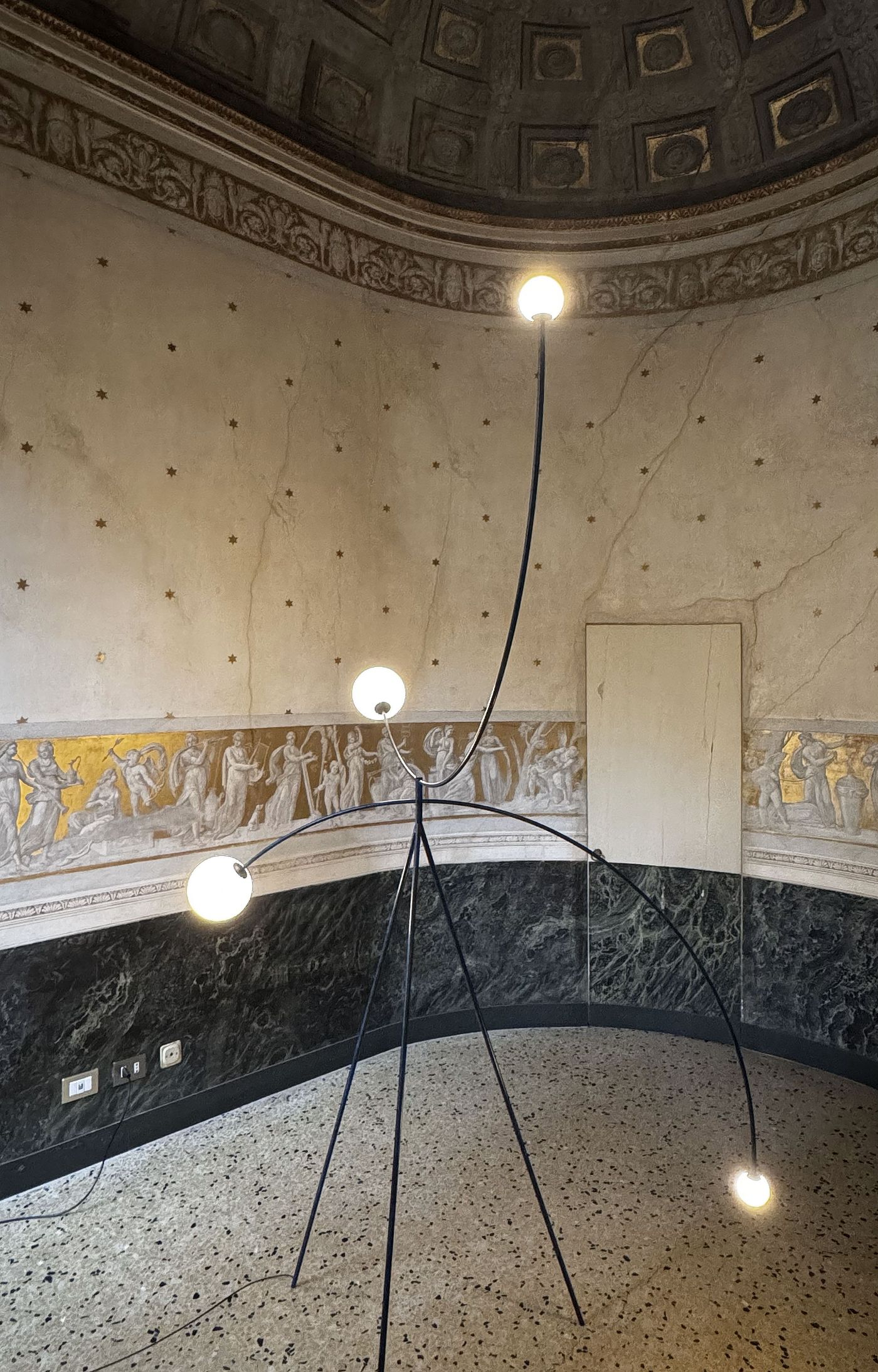
At the Jacqueline Vodoz and Bruno Danese Foundation, Michael Anastassiades unveiled a new collection of modular lights—Cygnet, Frame, and Floor Mobile Chandelier—alongside Halesia, a portable lamp created with Alessi, each exploring light as both structure and memory.
Photo by Costas Voyatzis.
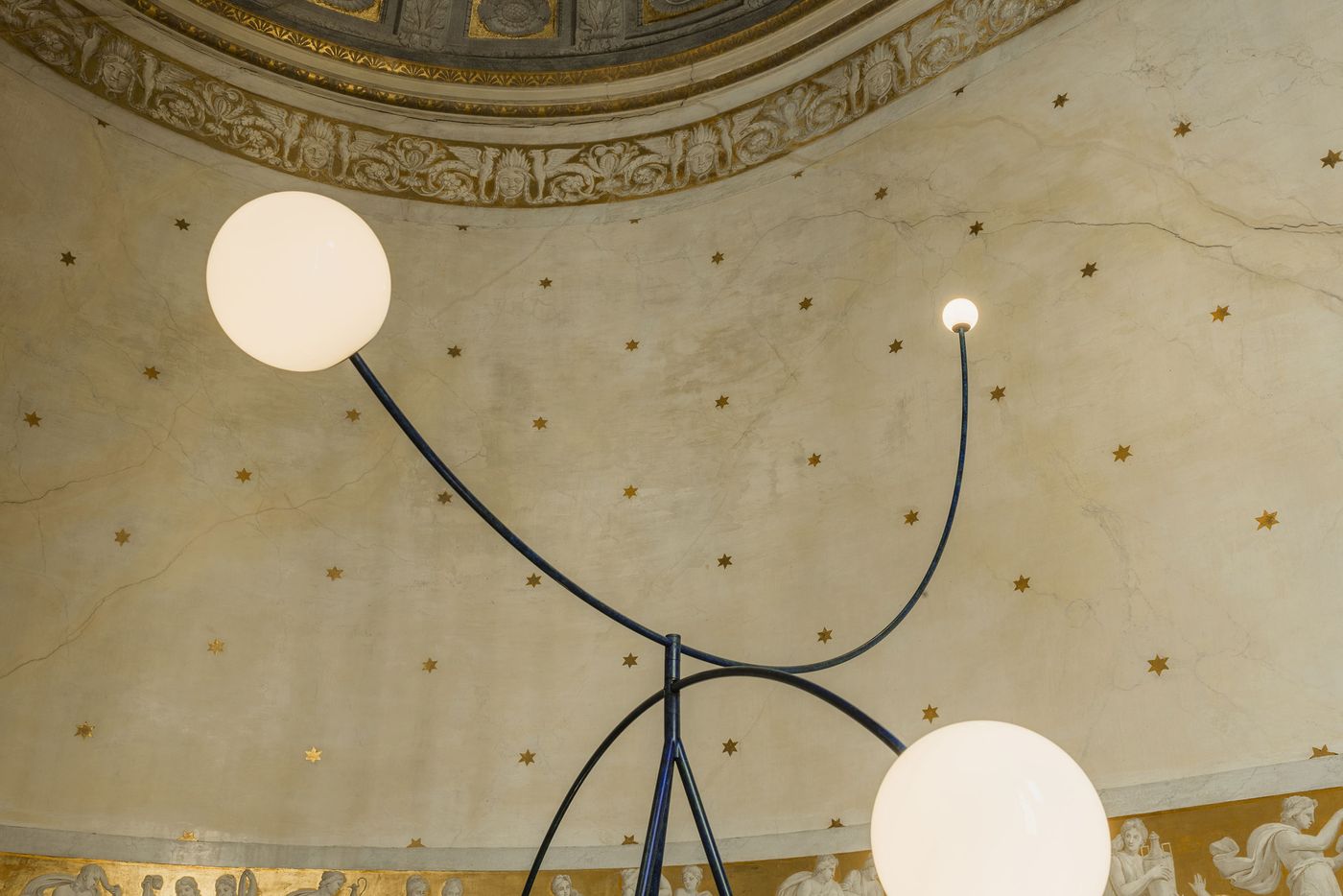
At the Jacqueline Vodoz and Bruno Danese Foundation, Michael Anastassiades unveiled a new collection of modular lights—Cygnet, Frame, and Floor Mobile Chandelier—alongside Halesia, a portable lamp created with Alessi, each exploring light as both structure and memory.
Photo by Nicolò Panzera.
With the return of the biennial Euroluce lighting exhibition this year, it’s no surprise that many of our highlights include lighting products and projects. At the Jacqueline Vodoz and Bruno Danese Foundation, Michael Anastassiades unveiled a new collection of modular lights, each piece exploring light as both structure and memory. The Cygnet series, for instance, draws from Anastassiades’ childhood memories of building and flying kites. Composed of triangular planes seamlessly joined and illuminated by hidden light sources, the pieces appear to float effortlessly in space. Suspended at varying heights by a lightweight bamboo framework, which supports the luminaires without disturbing the Foundation’s historic frescoes above, the installation echoed the delicate, weightless geometry of flight.
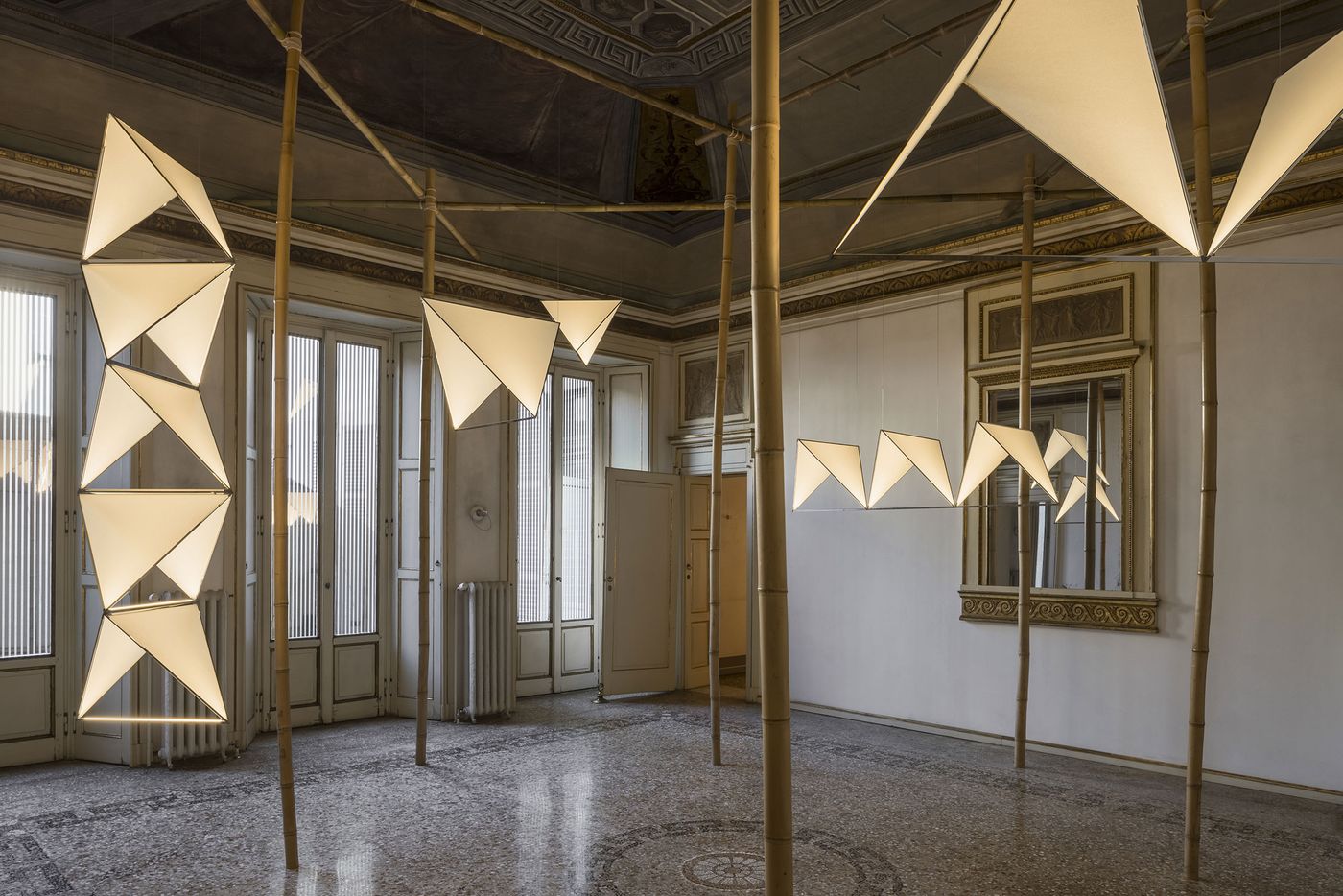
At the Jacqueline Vodoz and Bruno Danese Foundation, Michael Anastassiades unveiled a new collection of modular lights—Cygnet, Frame, and Floor Mobile Chandelier—alongside Halesia, a portable lamp created with Alessi, each exploring light as both structure and memory.
Photo by Nicolò Panzera.

In the courtyard of the Pinacoteca di Brera, Es Devlin unveiled Library of Light—an 18-meter kinetic sculpture of illuminated bookshelves that reflects sunlight by day and casts luminous shadows by night, transforming the historic space into a revolving beacon of knowledge and collective imagination.
Photo © Monica Spezia.
Lighting designs continued to impress in other historic settings around the city. At the former public baths of Piscina Cozzi, Milanese brand 6:AM showcased their minimalist [quadrato] lighting collection as part of their solo exhibition titled “Two-Fold Silence”. Inspired by the geometric forms of 1920s industrial lamps, fusing the rational language of the Bauhaus with Russian avant-garde artist Kazimir Malevich's minimalist poetics, the Murano-blown glass pieces married structure and simplicity with a palpable sculptural presence.
Meanwhile, in a former Milanese bank, Paris-based BOON_EDITIONS and Vancouver lighting studio A-N-D staged a showstopper presentation that blurred the lines between collectible design, functional art, and experimental lighting with each piece offering a bold, physical manifesto of light as a living, changeable medium.

In a former Milanese bank transformed into a vault of creative capital, BOON_EDITIONS—a Parisian Maison du Edition specializing in limited-edition furniture—and Vancouver-based lighting studio A-N-D unveiled four sculptural collections by Pieter Maes, Stefano Giacomello, Atelier Pendhapa and Tom Hancocks alongside works from BOON_ROOM Gallery artists (A2studio, Aad Bos, AHU, CalSummers, Chidy Wayne, ERM Studio, Jialun Xiong, José Chafer, Makan, and Ward Strootman), blurring the boundaries between collectible design, functional art, and experimental lighting.
Photo by Studio Brinth.
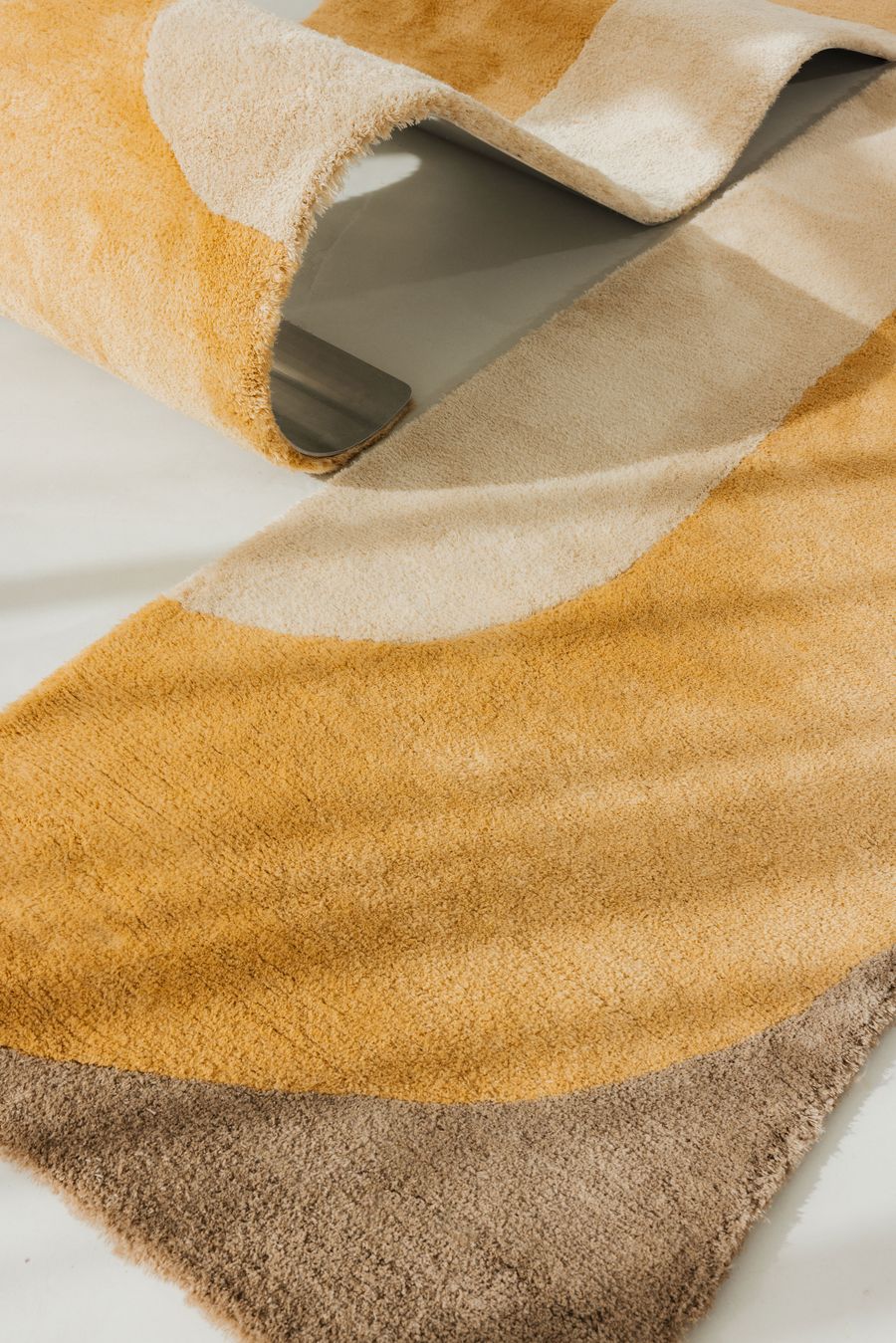
DUNE by Budde. Represented by Galleria Rossana Orlandi. Photo by Saskia Kinast.
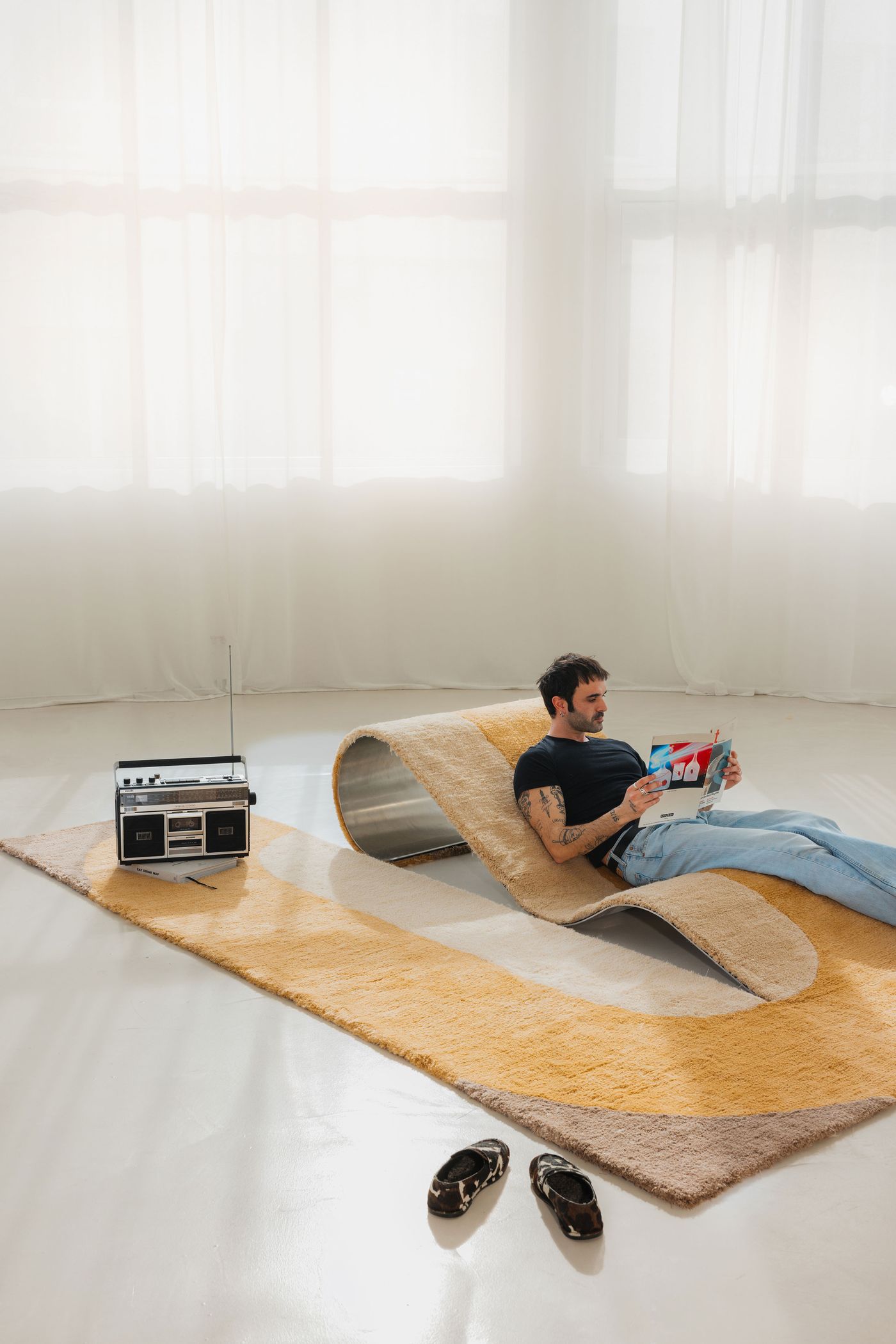
Designed by Budde (Johannes Budde & Meike Papenfuss) and handcrafted by Nando Studio, DUNE is a sculptural chaise-lounge rug that merges nomadic tradition with contemporary comfort—its flowing merino wool surface and removable aluminium base reframe the rug as a dynamic, inhabitable centerpiece. Represented by Galleria Rossana Orlandi. Photo by Saskia Kinast.

Table N1, 2025 from the exhibition Sub-currents (AT WORK) by Georgian designers Nata Janberidze and Keti Toloraia of Rooms Studio.
Photography by Ilaria Orsini.
Some of the most mind-bending lighting projects we encountered were showcased by designers who embraced high-tech components to craft intricate, highly engineered objects. At “Design Signals”, an exhibition at Alcova’s multi-venue presentation (more on that later), French designer Théophile Blandet presented Fluid Dynamics, a beguiling series of lighting objects whose dimming is controlled through syringes, effectively treating light as a literal, tactile substance. The pieces—crafted from discarded medical equipment sourced from one of Europe’s most advanced manufacturers of high-precision instruments for research laboratories in Timișoara, Romania—reenact gestures of injection, merging industrial precision with an almost ritualistic intimacy.
Equally riveting was French designer Jean Baptiste Durand’s limited-edition chandelier Voices in my head (hung), spotted at VOCLA. A raw collision of steel, stoneware, moss, 3D-printed PLA, LED, and tangled cables, Durand’s creation embrace a chaotic complexity, an aesthetic he calls techno exuberance. A more expansive view of this aesthetic, which we sum up as speculative fiction meets streetwise bricolage, could be found at Alcova's Villa Bagatti Valsecchi where Durant presented several new pieces alongside works by Paris-based studio Waiting for Ideas.
What connected these designers, and signalled one of the strongest undercurrents that we picked up on across Milan Design Week, was a celebration of exposed structures and mechanical guts. Rather than hiding the wiring, framework, and technical apparatus behind polished surfaces, many projects proudly showcased the messy, intricate beauty of making itself—a bracing (and welcome!) counterpoint to the often overly manicured perfectionism of contemporary collectible design. Other examples of this refreshing trend included Bamboo Assemblage n.1 by Eugenio Rossi and Yaazd Contractor of the back studio at Gucci’s “Bamboo Encounters”, a tactile hybrid of handcrafted bamboo, cold cathode glass, and high-tech components.
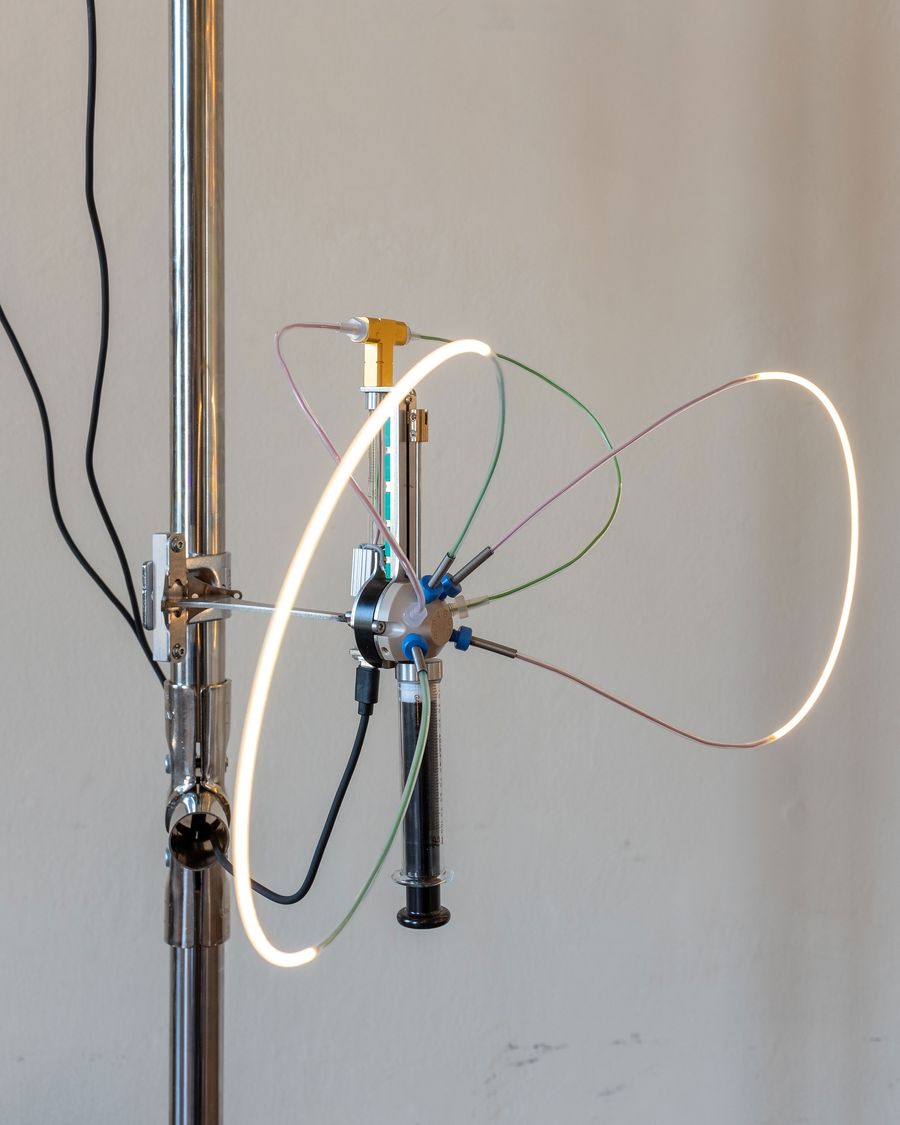
In Fluid Dynamics, French designer Théophile Blandet transforms discarded high-tech components from Hamilton Central Europe into sculptural lighting objects, reenacting the gestures of injection to treat light as a fluid—an immersive, site-specific project shaped by the protocols and possibilities of one of Europe’s most advanced manufacturing facilities. Initiated by Faber Timișoara with curator Martina Muzi, the project was on view at Alcova.
Photo © Alex Todirică.
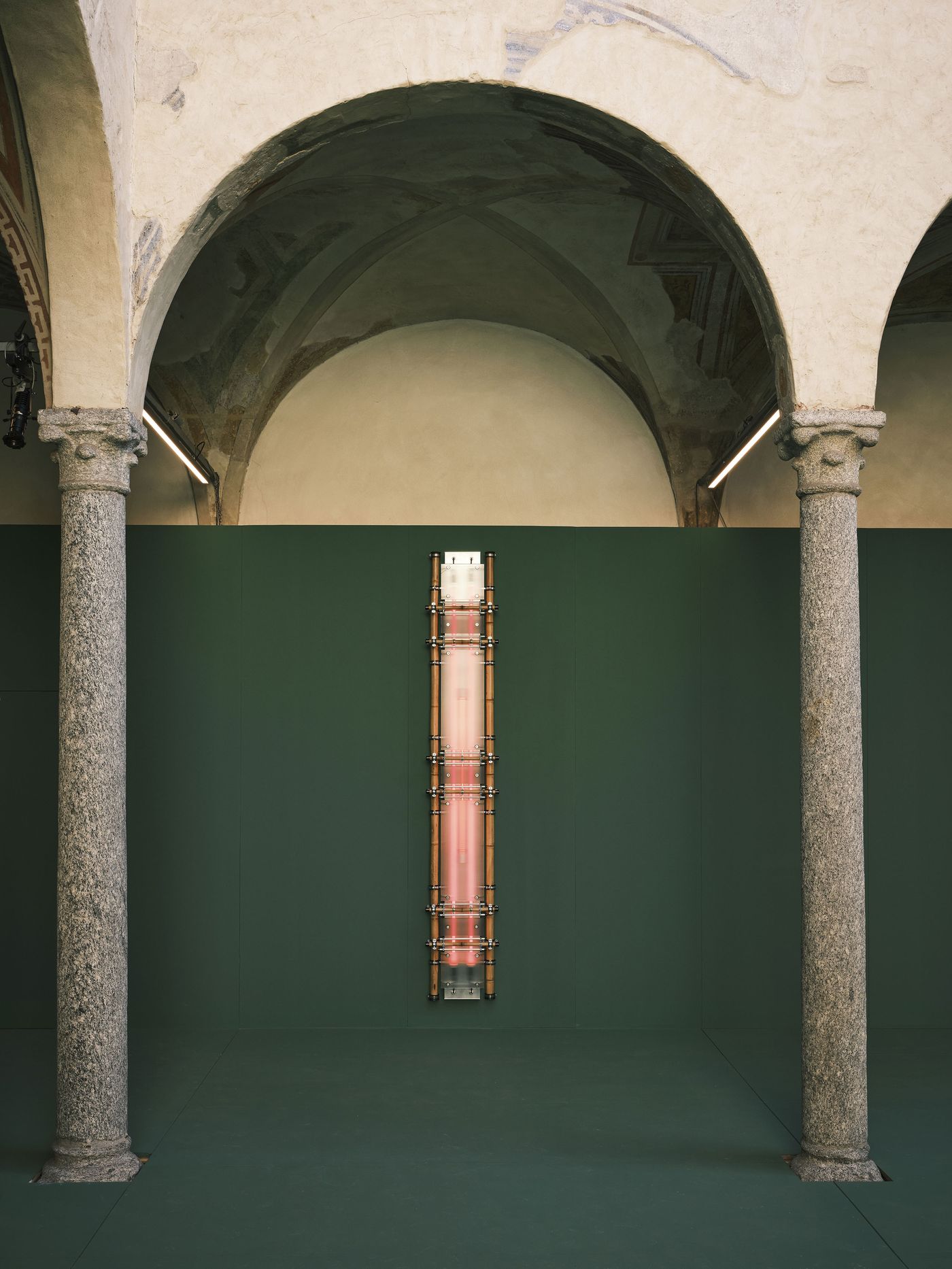
At Gucci’s Bamboo Encounters exhibition, Eugenio Rossi and Yaazd Contractor of the back studio unveiled bamboo assemblage n.1, a striking interplay of handcrafted bamboo, cold cathode glass, and high-tech components that explores the friction—and harmony—between tradition and innovation.
Photo by François Halard.

At Gucci’s Bamboo Encounters exhibition, Eugenio Rossi and Yaazd Contractor of the back studio unveiled bamboo assemblage n.1, a striking interplay of handcrafted bamboo, cold cathode glass, and high-tech components that explores the friction—and harmony—between tradition and innovation.
Photo by François Halard.
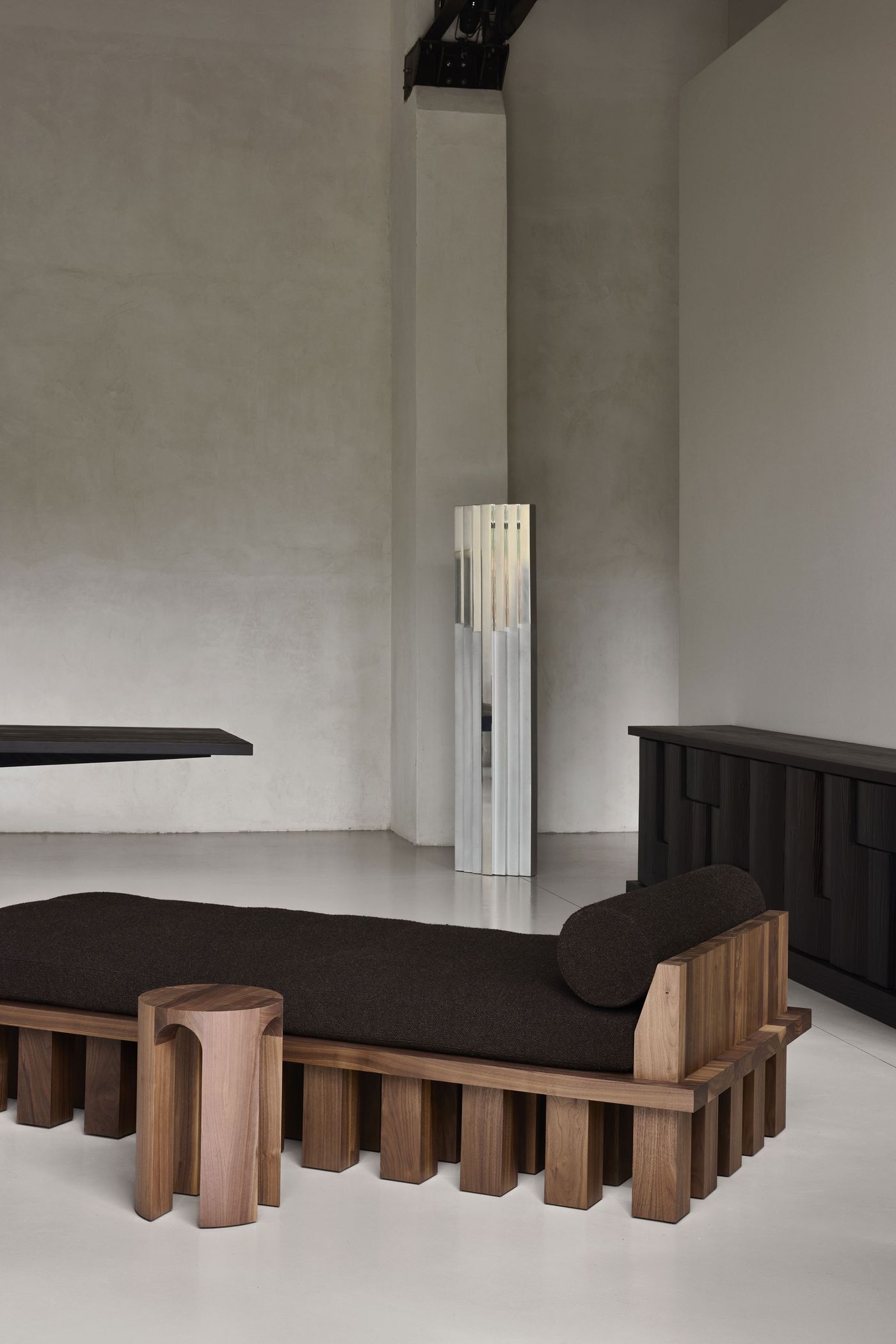
Tim Vranken, Middernacht & Alexander, and Linde Freya Tangelder (Destroyers/Builders) came together for STRATA, a layered exhibition exploring material, texture, and collaborative tension within a renovated industrial space near Fondazione Prada.
Photo by Alejandro Ramirez Orozco.
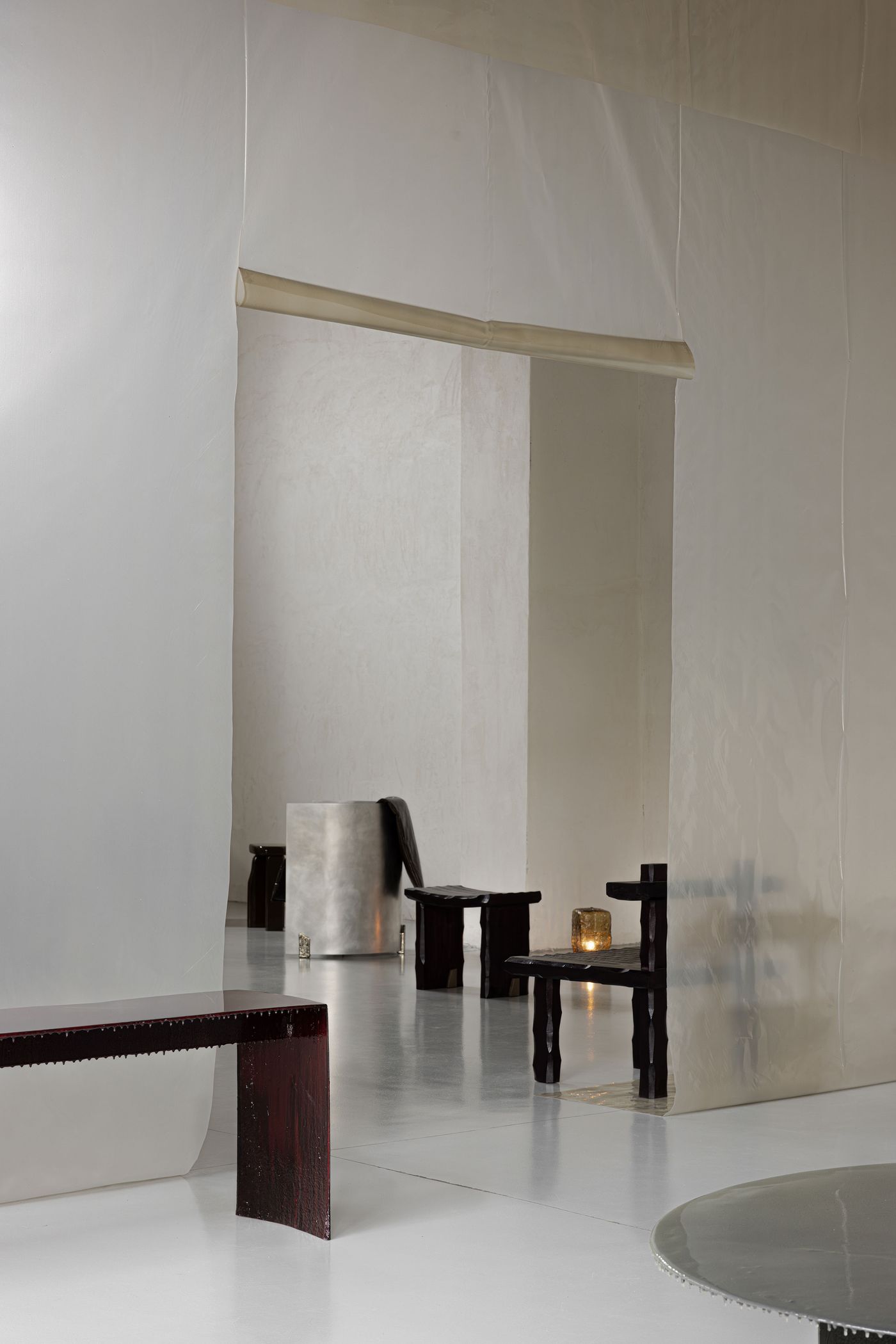
Tim Vranken, Middernacht & Alexander, and Linde Freya Tangelder (Destroyers/Builders) came together for STRATA, a layered exhibition exploring material, texture, and collaborative tension within a renovated industrial space near Fondazione Prada.
Photo by Alejandro Ramirez Orozco.
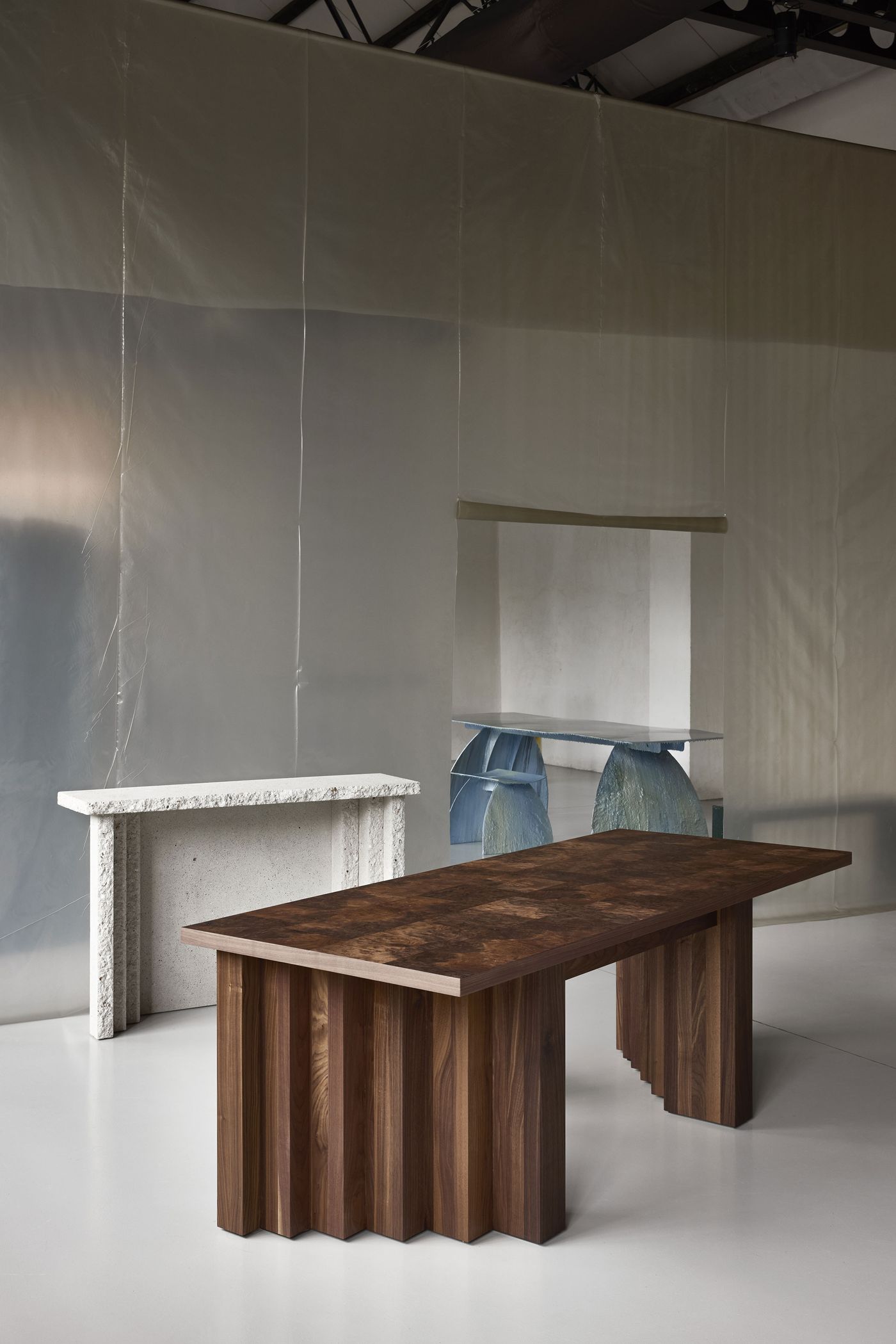
Tim Vranken, Middernacht & Alexander, and Linde Freya Tangelder (Destroyers/Builders) came together for STRATA, a layered exhibition exploring material, texture, and collaborative tension within a renovated industrial space near Fondazione Prada.
Photo by Alejandro Ramirez Orozco.
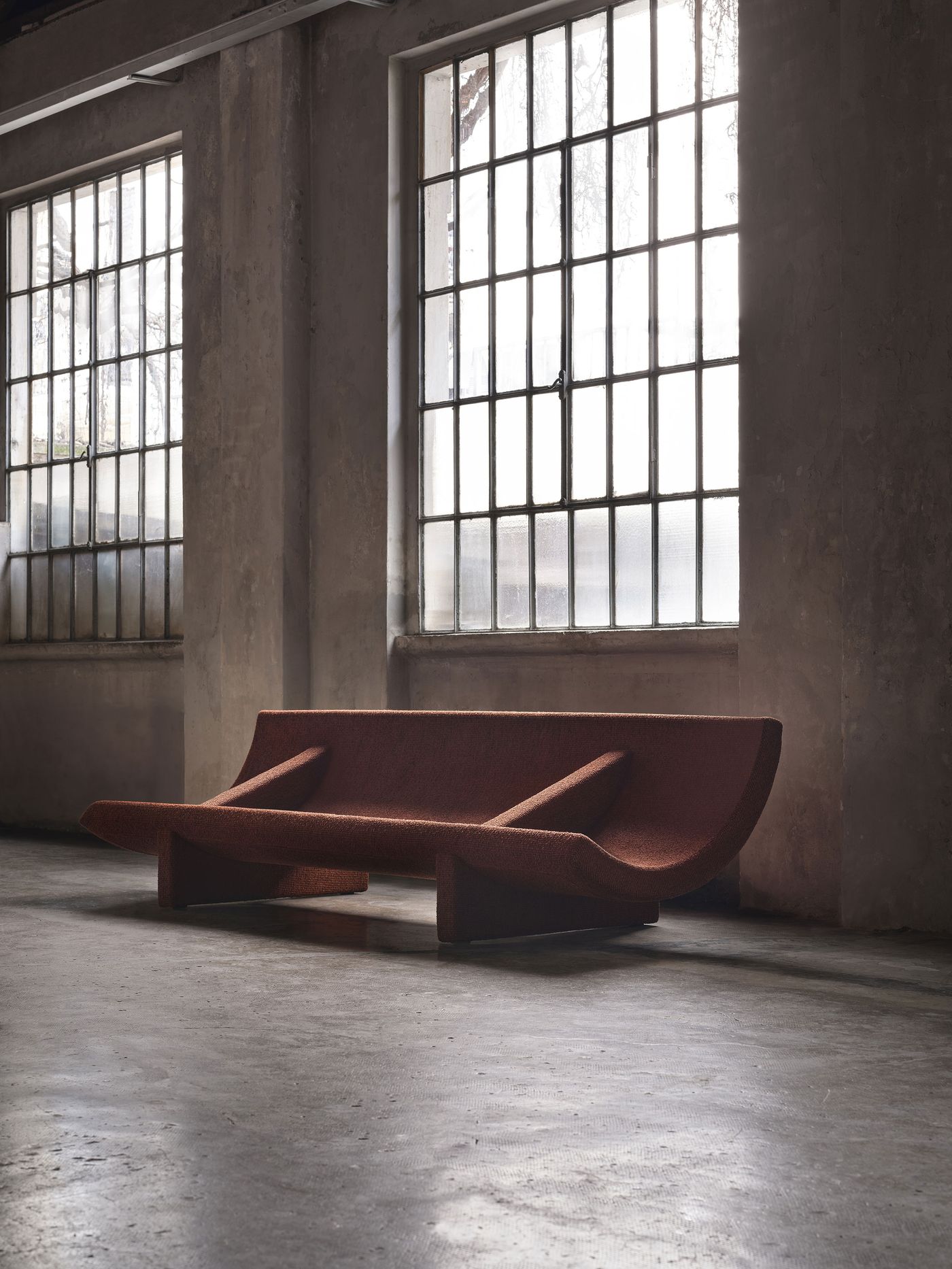
Trench sofa by Philippe Malouin for Acerbis.
Photo by Alberto Strada.
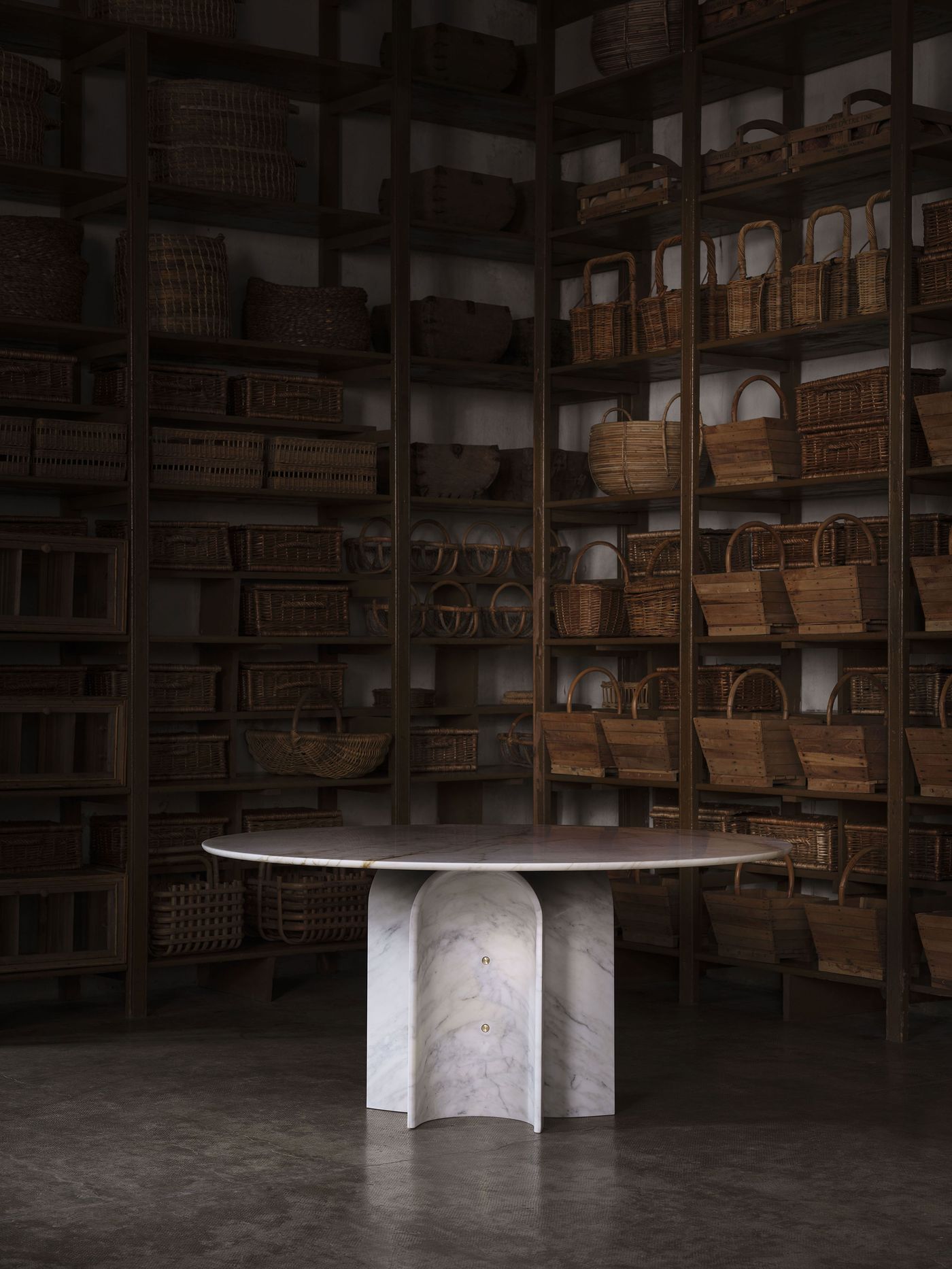
Le Cupole table by Francesco Meda and David Lopez Quincoces for Acerbis.
Photo by Alberto Strada.
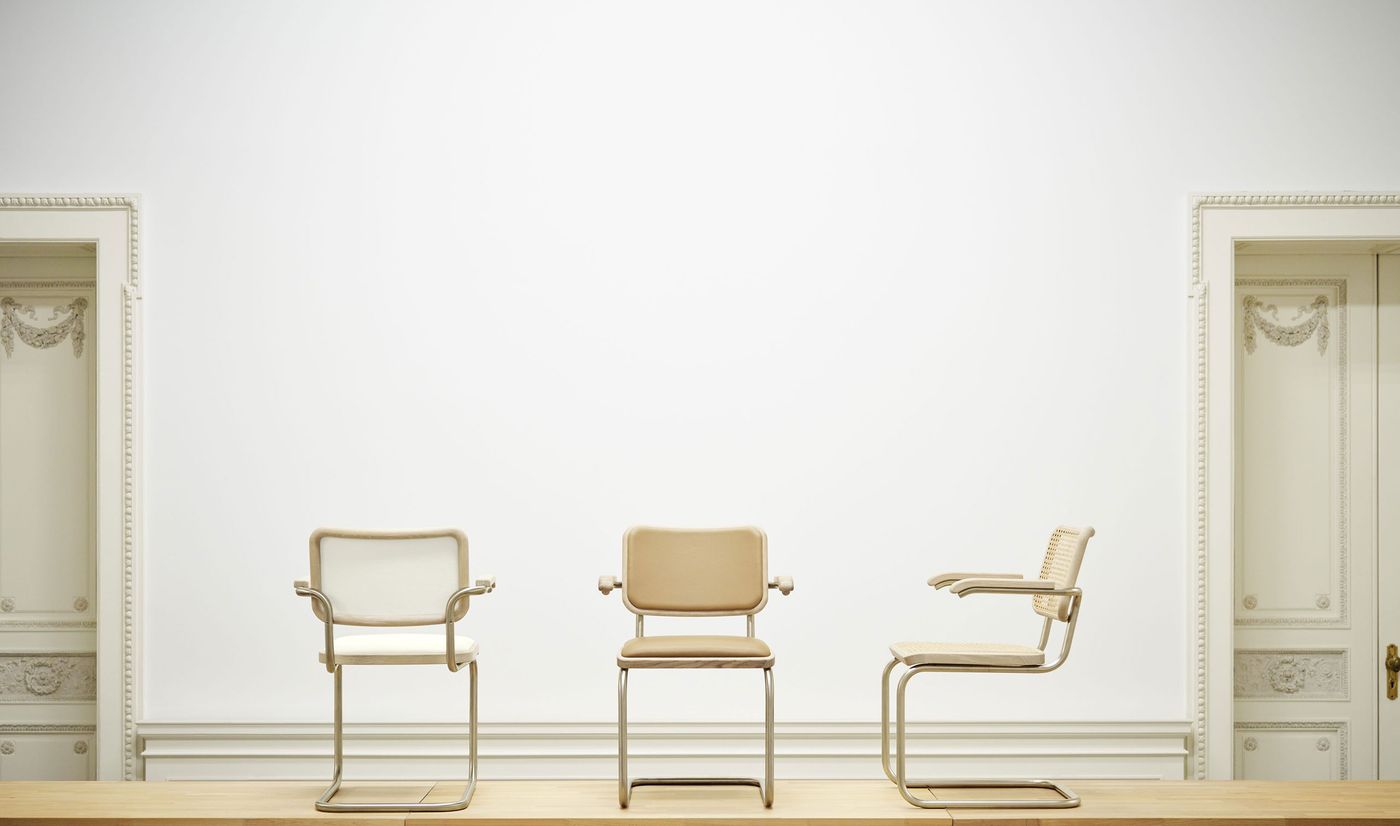
Jil Sander reinterpreted Thonet’s iconic S 64 cantilever chair, refining Marcel Breuer’s Bauhaus classic with high-gloss finishes, tactile materials, and a minimalist elegance that bridges fashion and design.
Photo by Hartmut Nägele © Thonet GmbH.

LRNCE debuted Slow Roads, a collection of handmade furniture that reinterprets Moroccan craftsmanship through a contemporary lens, blending cedarwood, zellige, marble, and stainless steel into tactile, architectural pieces.
Photo by Alejandro Ramirez Orozco.

Yves Salomon Éditions and Dimorestudio unveiled a collection of sculptural seating pieces during Milan Design Week, blending recycled fur, shearling, and metals in a tribute to Carlo Bugatti’s ornamental craftsmanship through a contemporary, postmodern lens.
Photo by Ludovi Balay.
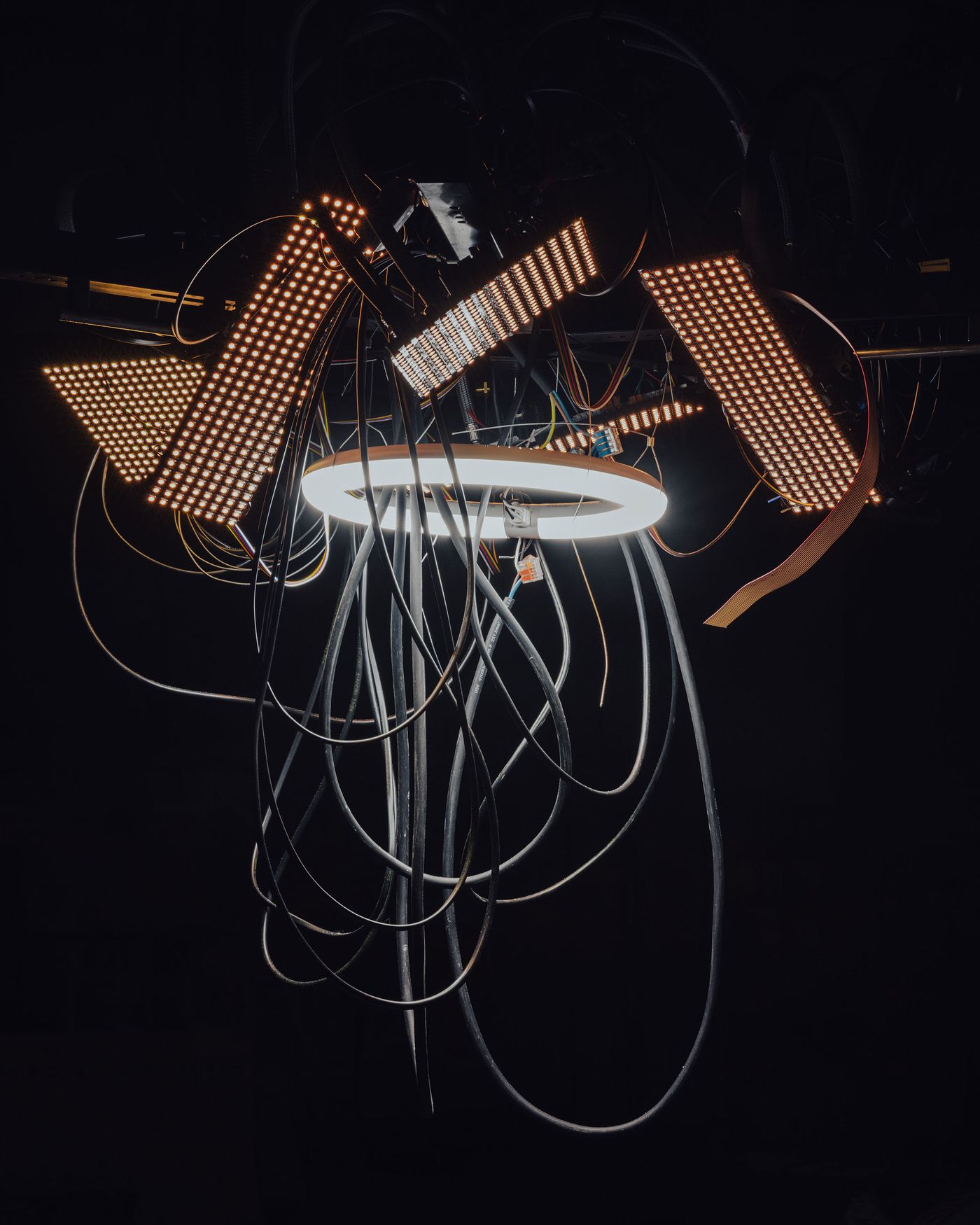
On view at VOCLA. VOICES IN MY HEAD (HUNG), Limited edition suspension light by Jean Baptiste Durand, 2025 — a raw collision of steel, stoneware, moss, 3D printed PLA, LED, and cables. Photo by Piergiorgio Sorgetti.
Set against the atmospheric backdrop of the former slaughterhouse at Viale Molise, VOCLA, where we spotted Jean Baptiste Durand’s zanny chandelier, was one of the standout immersive experiences this year. A compelling nighttime counterpart to Alcova’s daytime programming (the exhibition was open from 6pm to 2am), in addition to showcasing recent works by emerging and established designers, it also featured a dynamic roster of sound artists and international DJs. Centred on a custom-designed lounge bar by Henge, VOCLA captured the raw energy that often defines Milan’s best unofficial venues, that translates into a feeling that anything could happen, that every doorway and dark corner might hide a discovery.
Other immersive installations that caught our imagination included “Chiaroscuro” by Rive Roshan at 5Vie, a luminous meditation on resilience blending choreographed lighting and sound; “La Prima Notte di Quiete”, Loro Piana’s dreamlike cinematic installation in collaboration with Dimoremilano; and “Library of Light” by Es Devlin at the Pinacoteca di Brera—a breathtaking kinetic sculpture comprising 3,200 illuminated bookshelves spinning in an 18-meter diameter ring. A truly unforgettable spectacle!
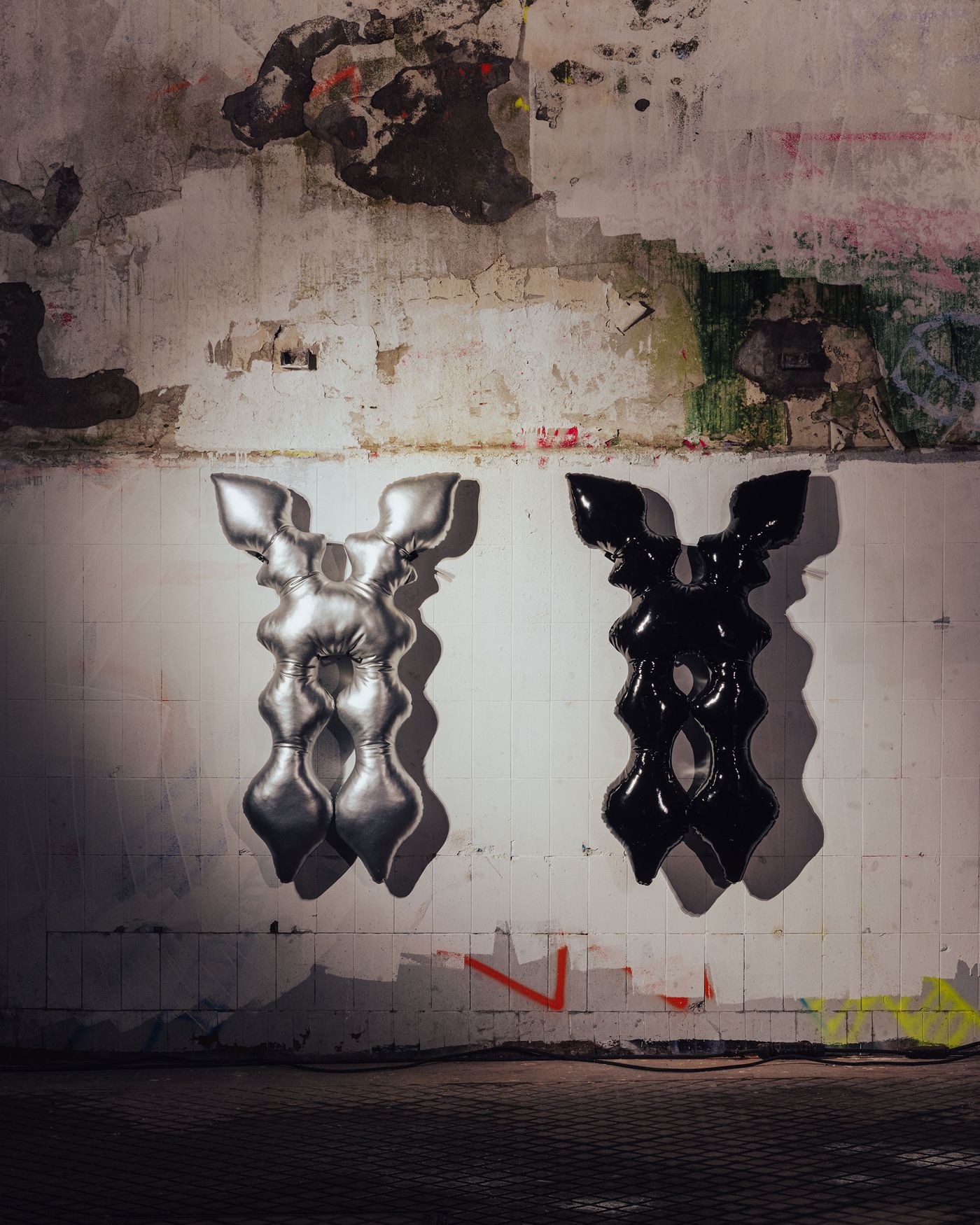
Claire Duport sculptural cushions on view at VOCLA.
Photo by Piergiorgio Sorgetti.
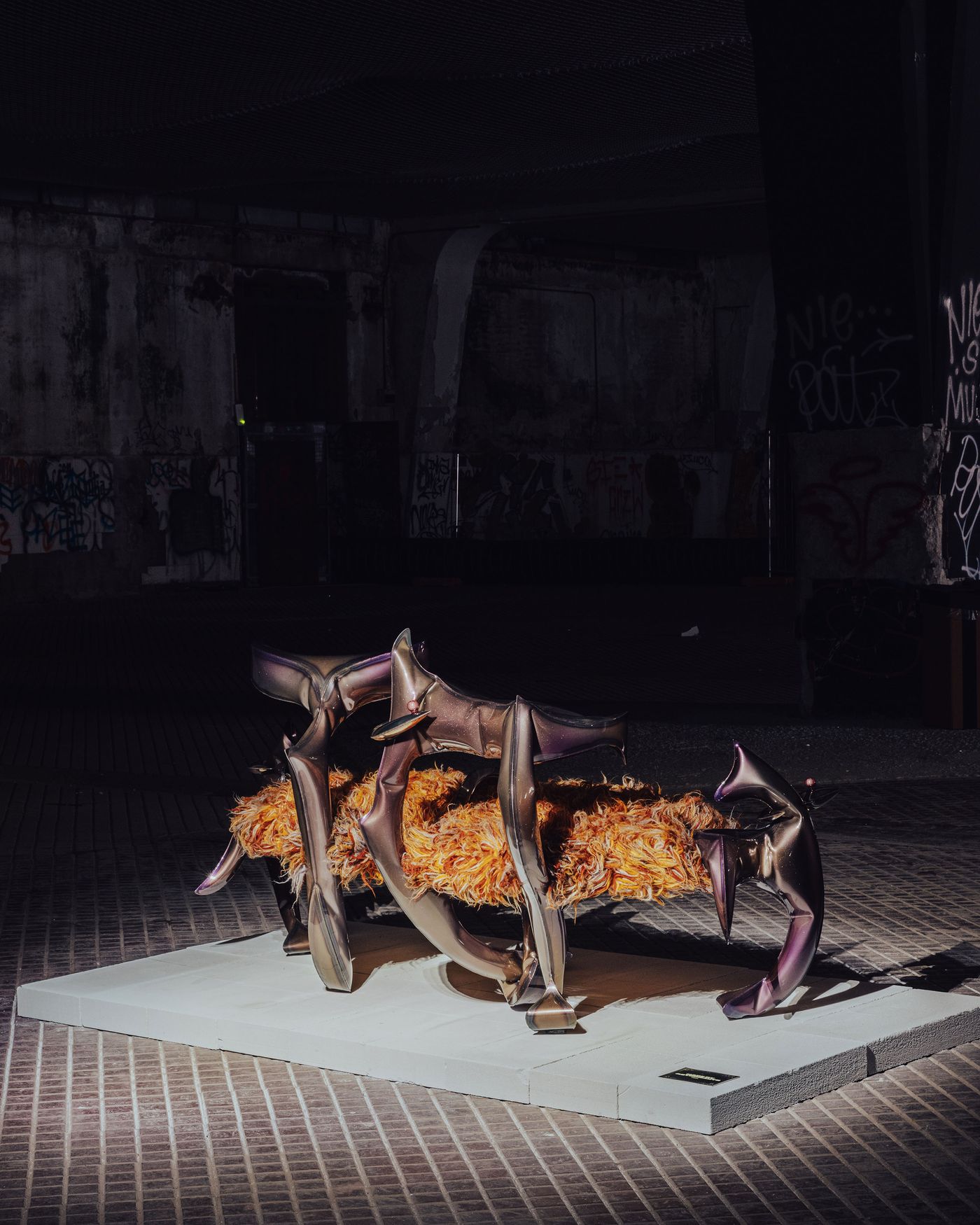
On view at VOCLA. The GEMINI bench by ASTRONAUTS (Danae Dasyra & Joe Bradford) fuses raw energy and crafted elegance — steel, mirrored stainless, and hand-dyed flokati collide into a future-primitive dream.
Photo by Piergiorgio Sorgetti.
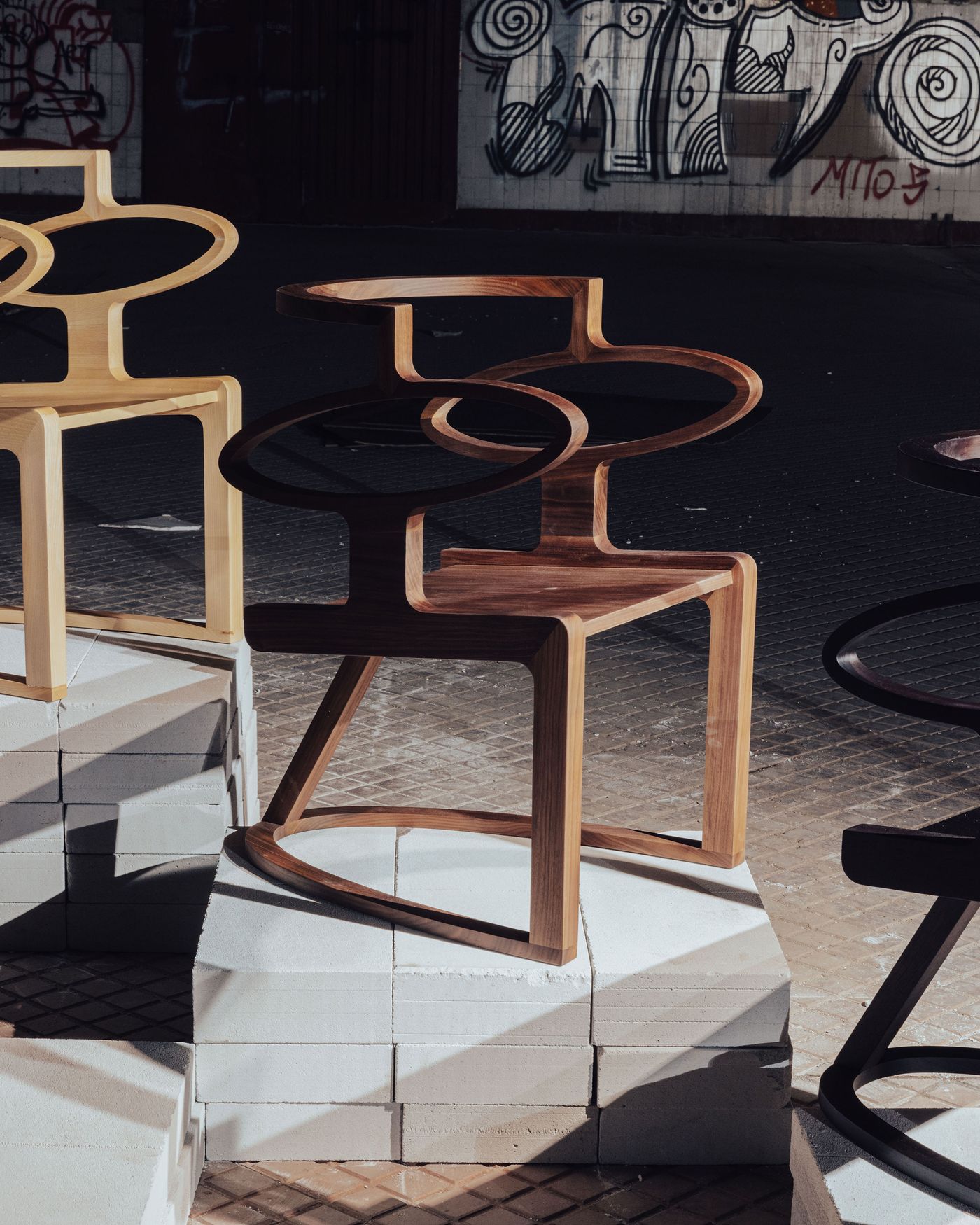
Chenfér Chair from the Burgui Collection of ABREHAM on view at VOCLA.
Photo by Piergiorgio Sorgetti.
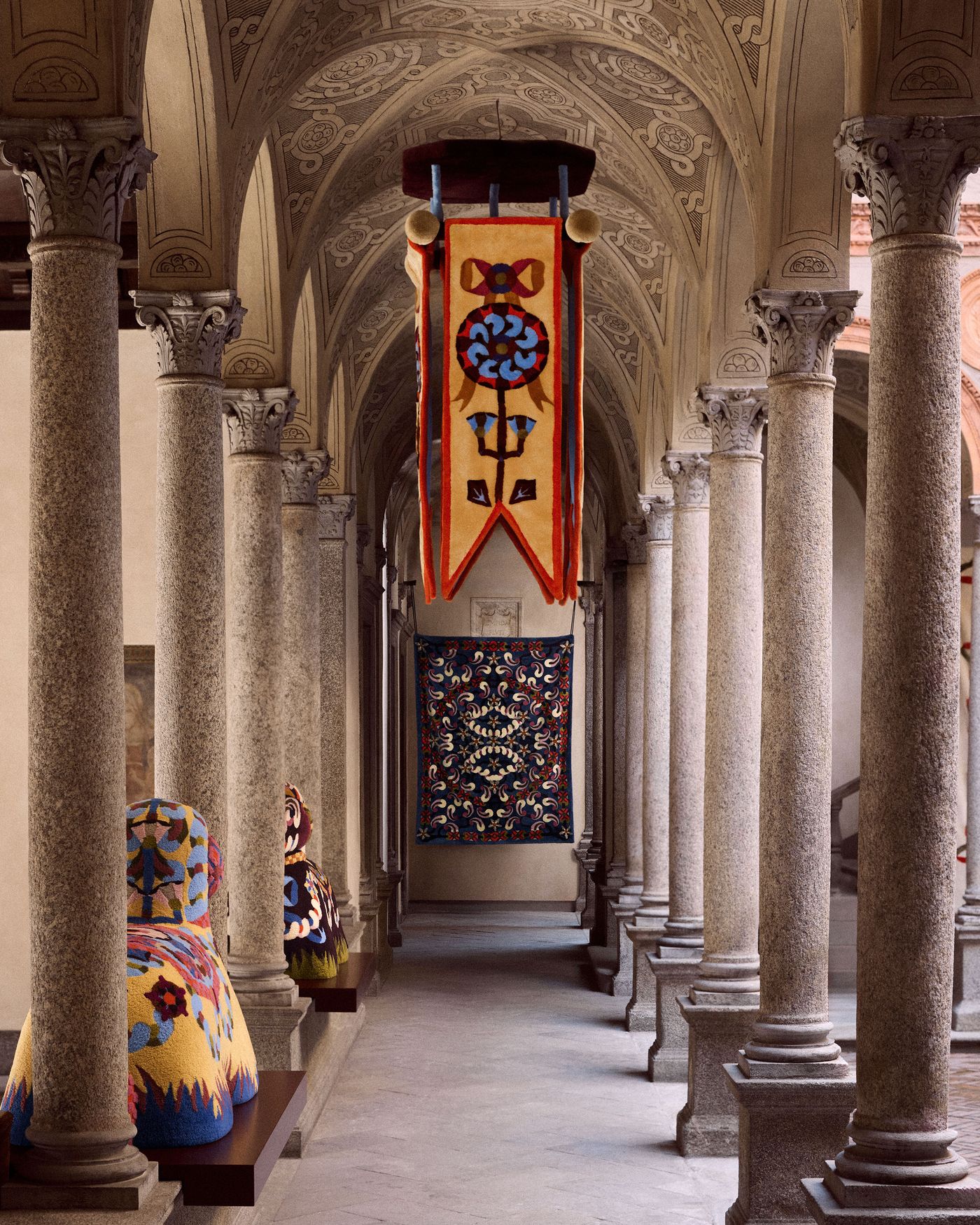
Yves Salomon Éditions and Pierre Marie unveiled a whimsical collection of intarsia shearling furnishings, weaving pastoral and celestial narratives into intricate, hand-crafted objects that bridge decorative arts and contemporary collectible design.
Photo by Laora Queyras.
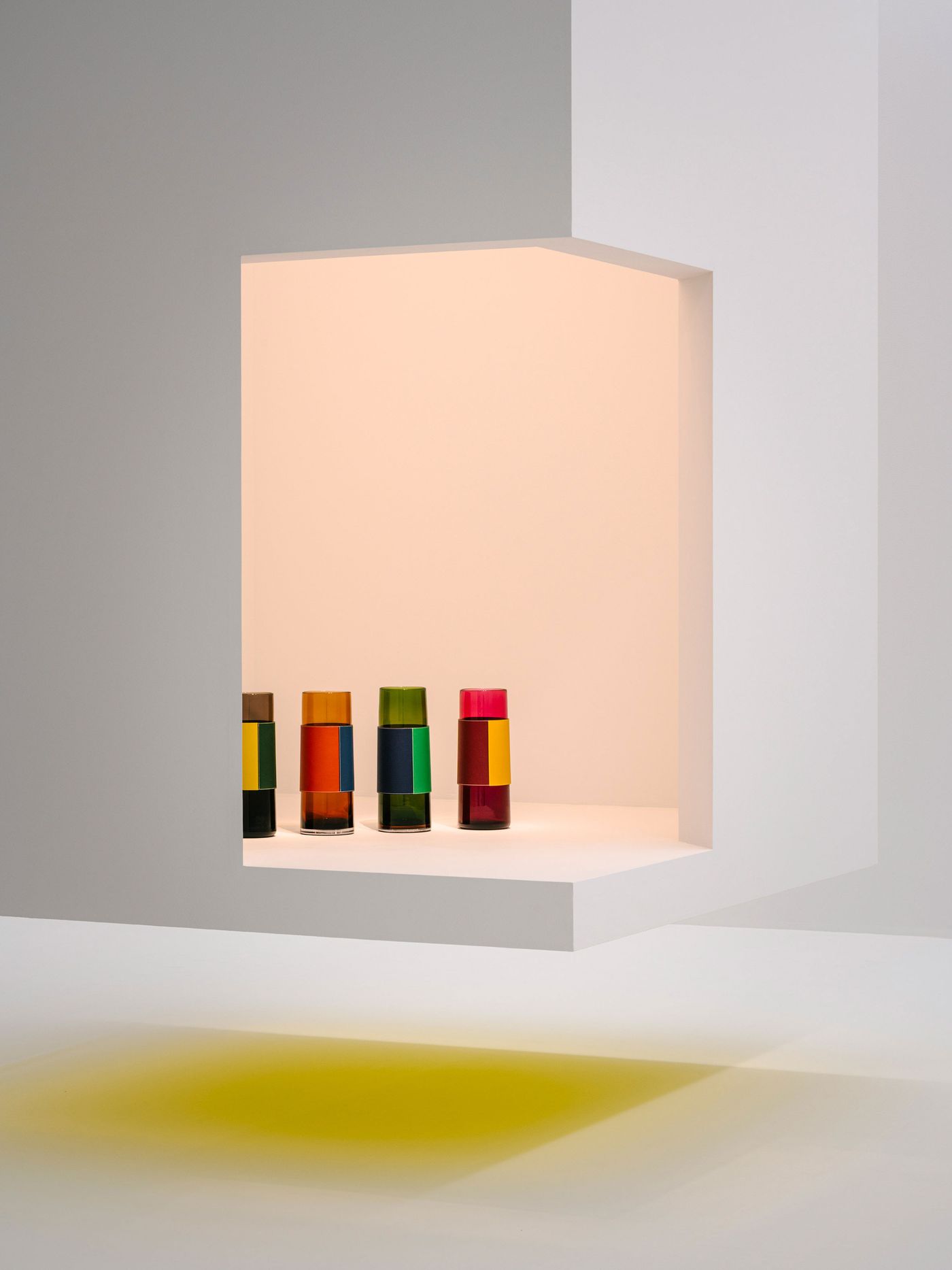
At La Pelota, Hermès unveiled a luminous installation of suspended white volumes casting colored halos, presenting its latest home collection as a meditative ode to glass—crafted through artisanal techniques that highlight transparency, texture, and emotional resonance. The installation was designed by Charlotte Macaux Perelman, architect and artistic director of Hermès collections for the home, alongside Alexis Fabry.
Installation view at La pelota, photo © Hermès.
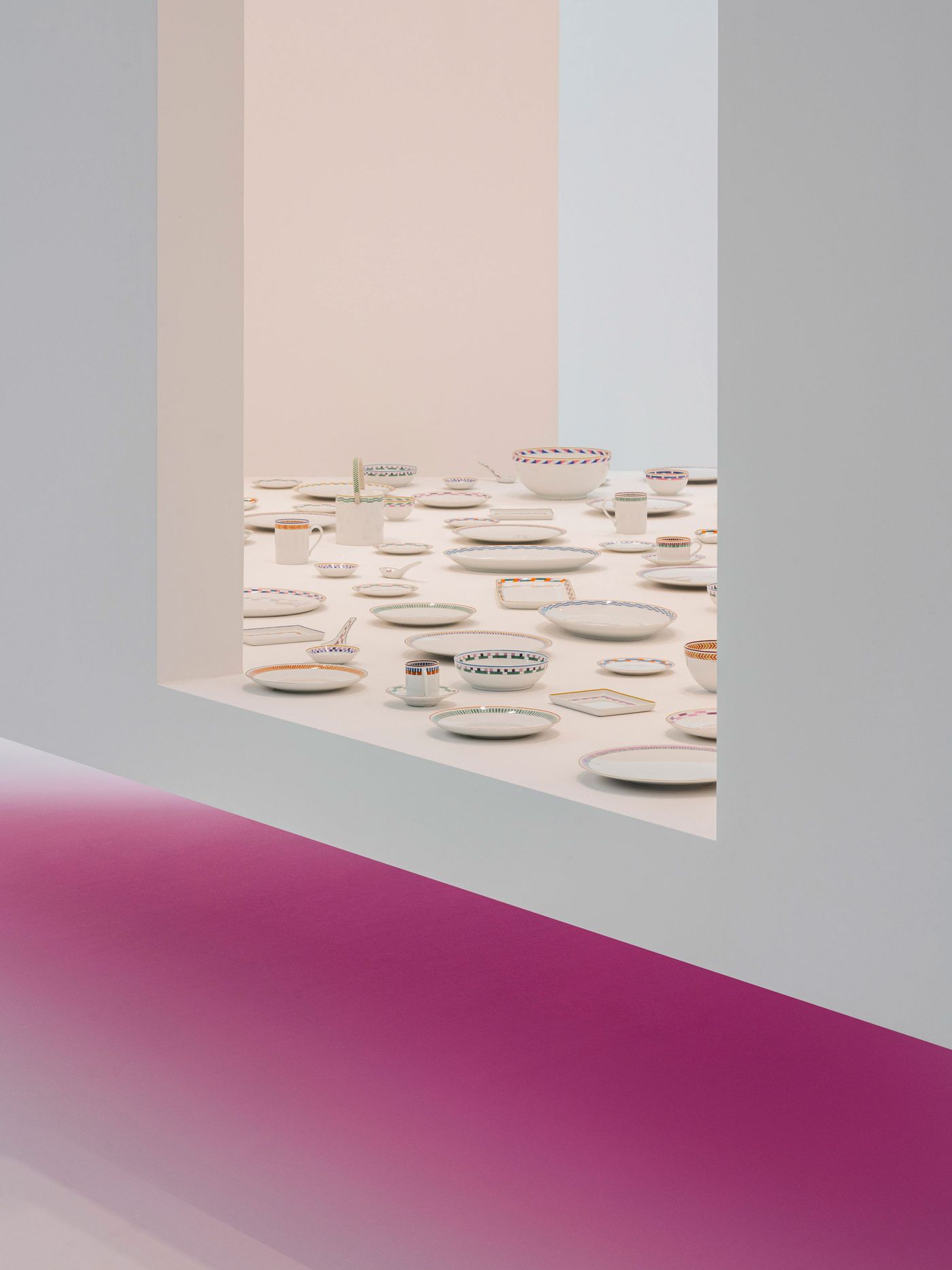
At La Pelota, Hermès unveiled a luminous installation of suspended white volumes casting colored halos, presenting its latest home collection as a meditative ode to glass—crafted through artisanal techniques that highlight transparency, texture, and emotional resonance. The installation was designed by Charlotte Macaux Perelman, architect and artistic director of Hermès collections for the home, alongside Alexis Fabry.
Installation view at La pelota, photo © Hermès.
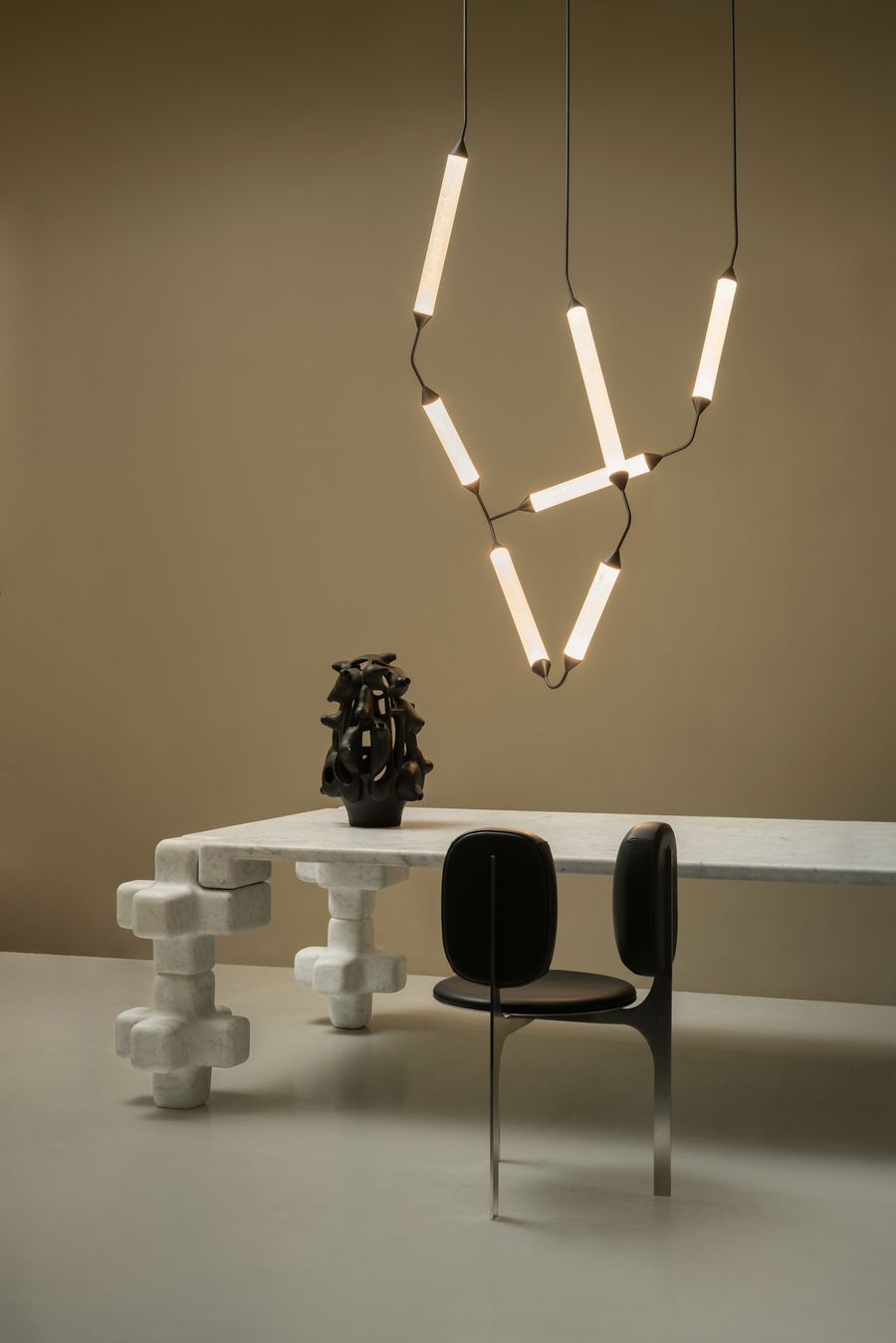
Boon editions N4 by Tom Hancocks.
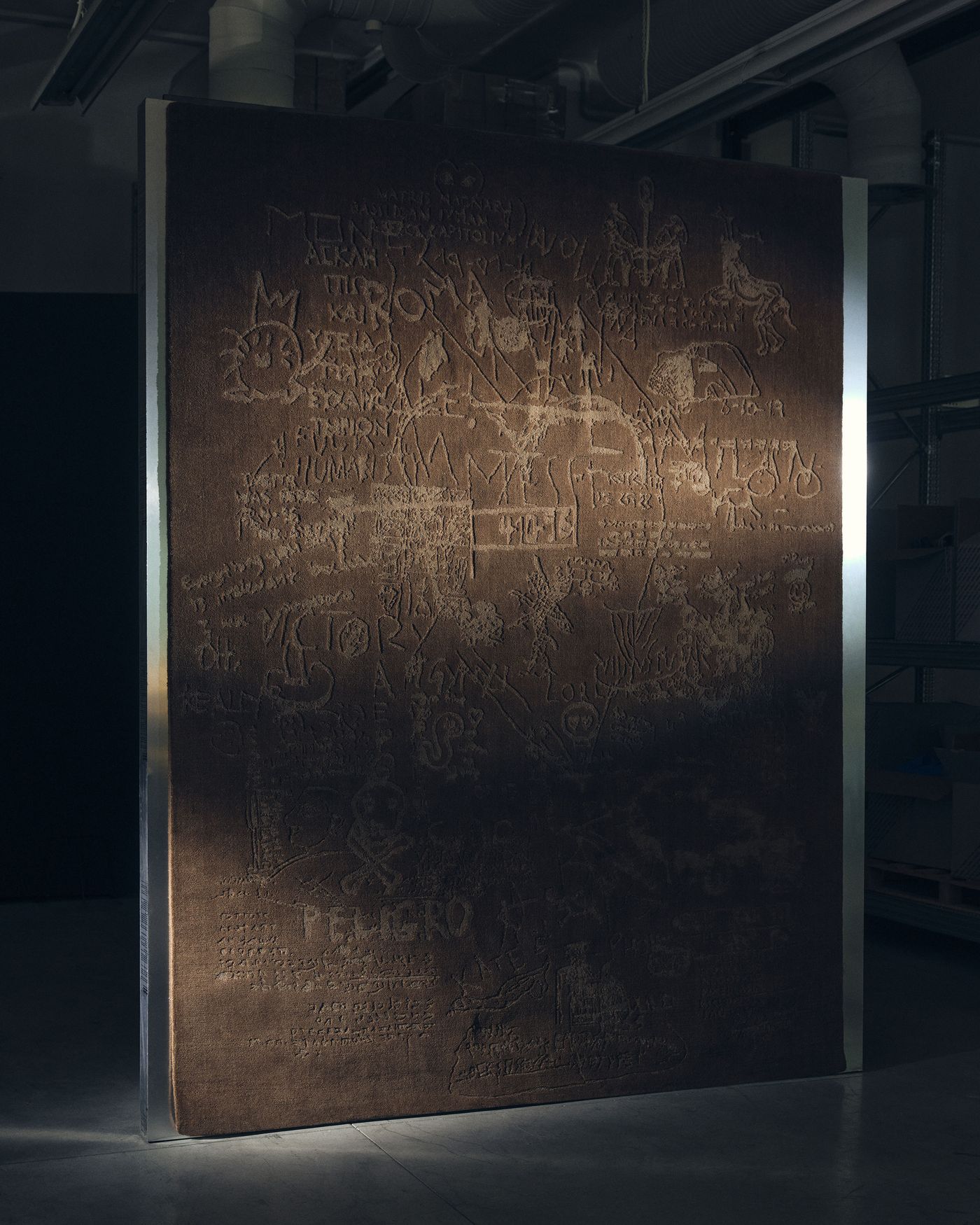
At cc-tapis’ headquarters, Roberto Sironi unveiled Hypercode, a series of handwoven rugs that layer mythological symbols, ancient inscriptions, and urban graffiti into rich textile palimpsests narrating timeless stories.
Photo by Mattia Parodi.
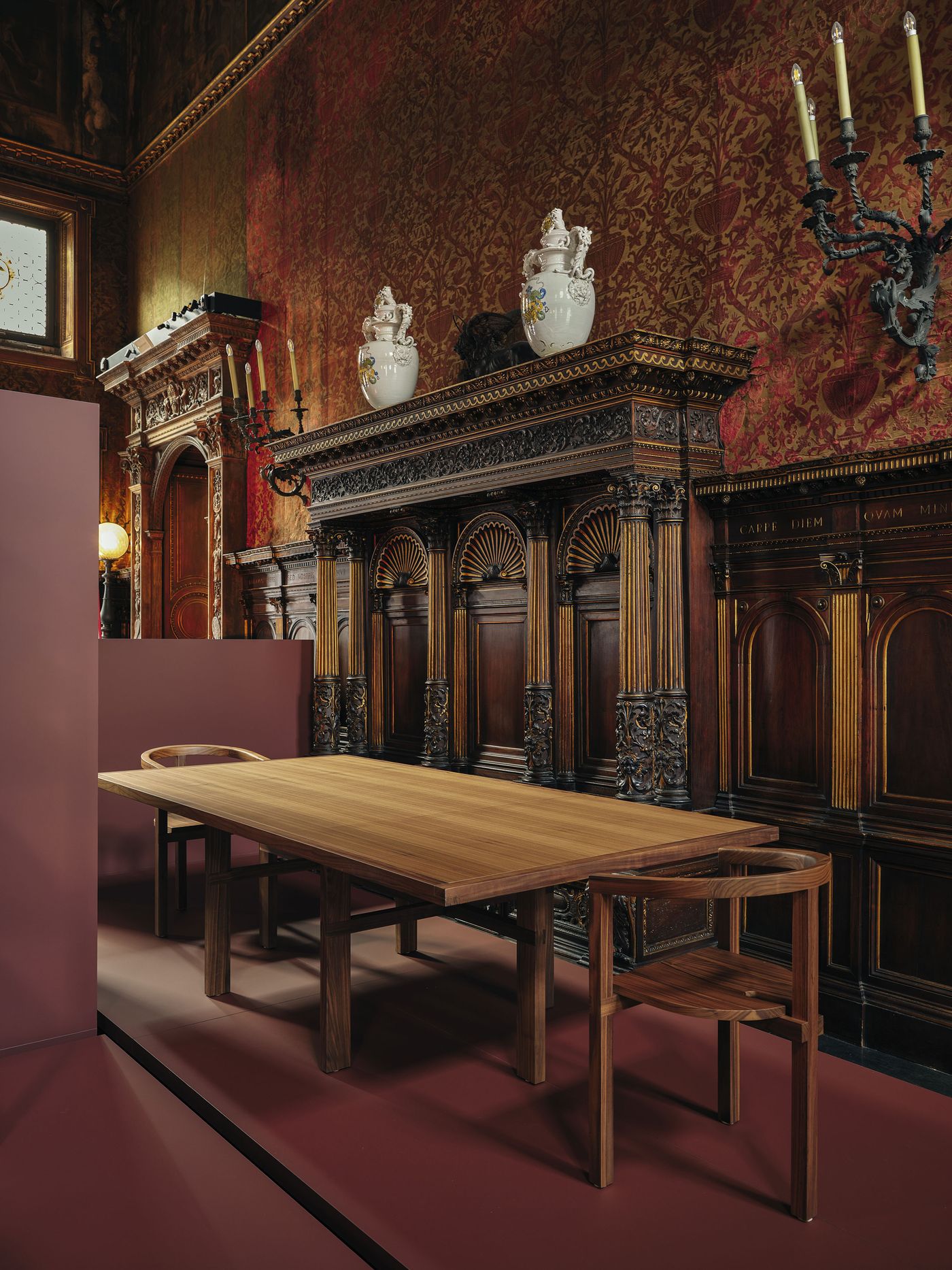
At Museo Bagatti Valsecchi, Marta Sala Éditions celebrated its 10th anniversary with The Secret Soul of Useful Things, a retrospective tracing a decade of timeless design and unveiling new collaborations with Herzog & de Meuron alongside signature pieces by Lazzarini Pickering and Federico Peri.
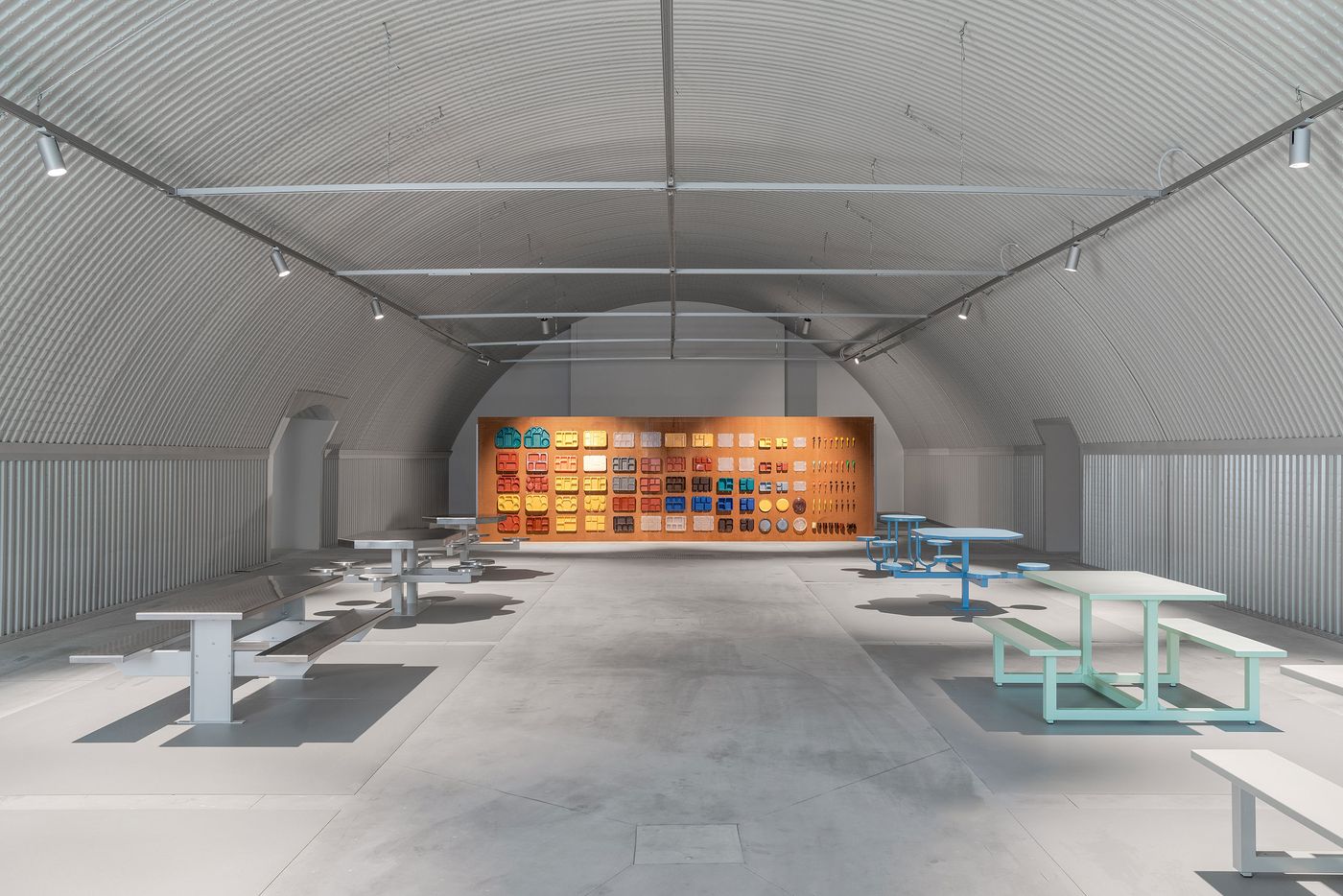
Spanning over 1,500 square meters, Prison Times at Dropcity examined the spatial and temporal dimensions of incarceration through a clinical display of objects from prisons worldwide, exposing the institutional logic and global reach of the prison industrial complex. Photo by Piercarlo Quecchia (DSL Studio).
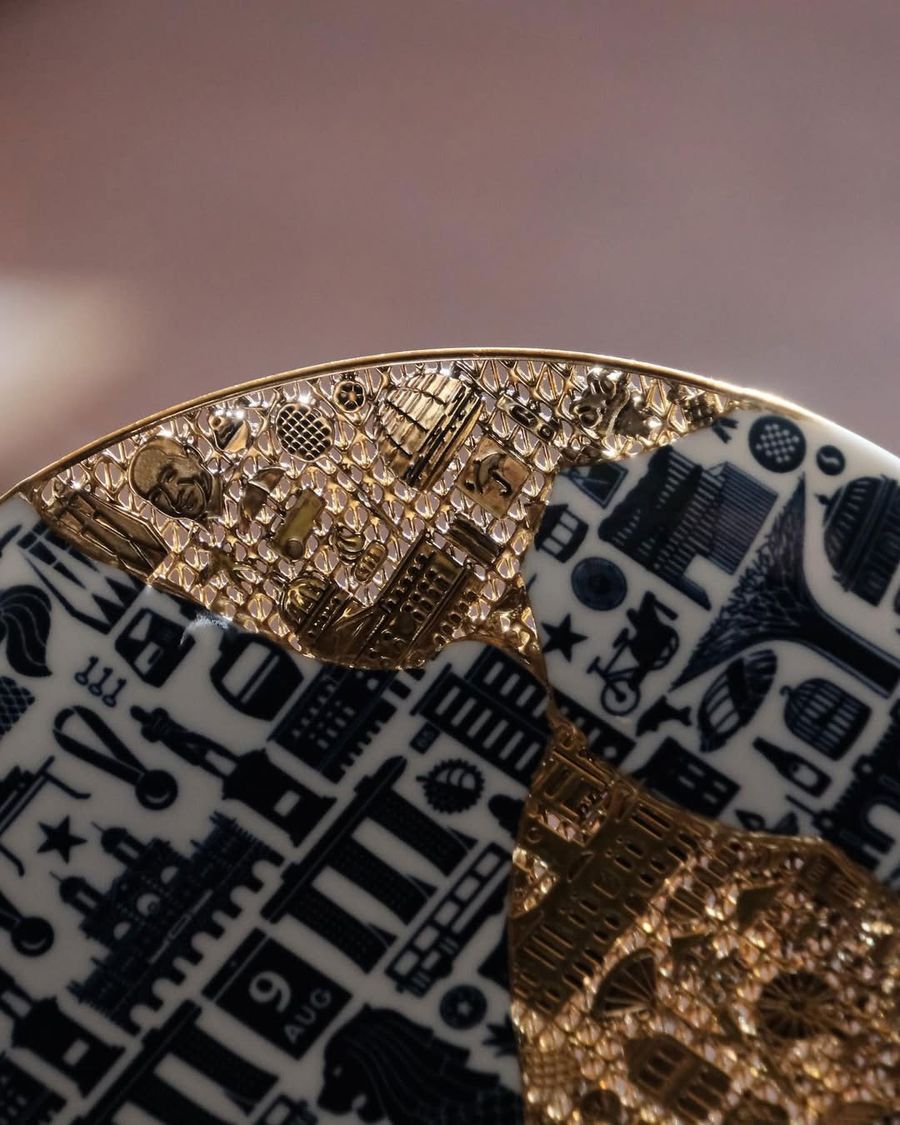
Kintsugi 2.0 by Supermama at Future Impact 3: DESIGN NATION.
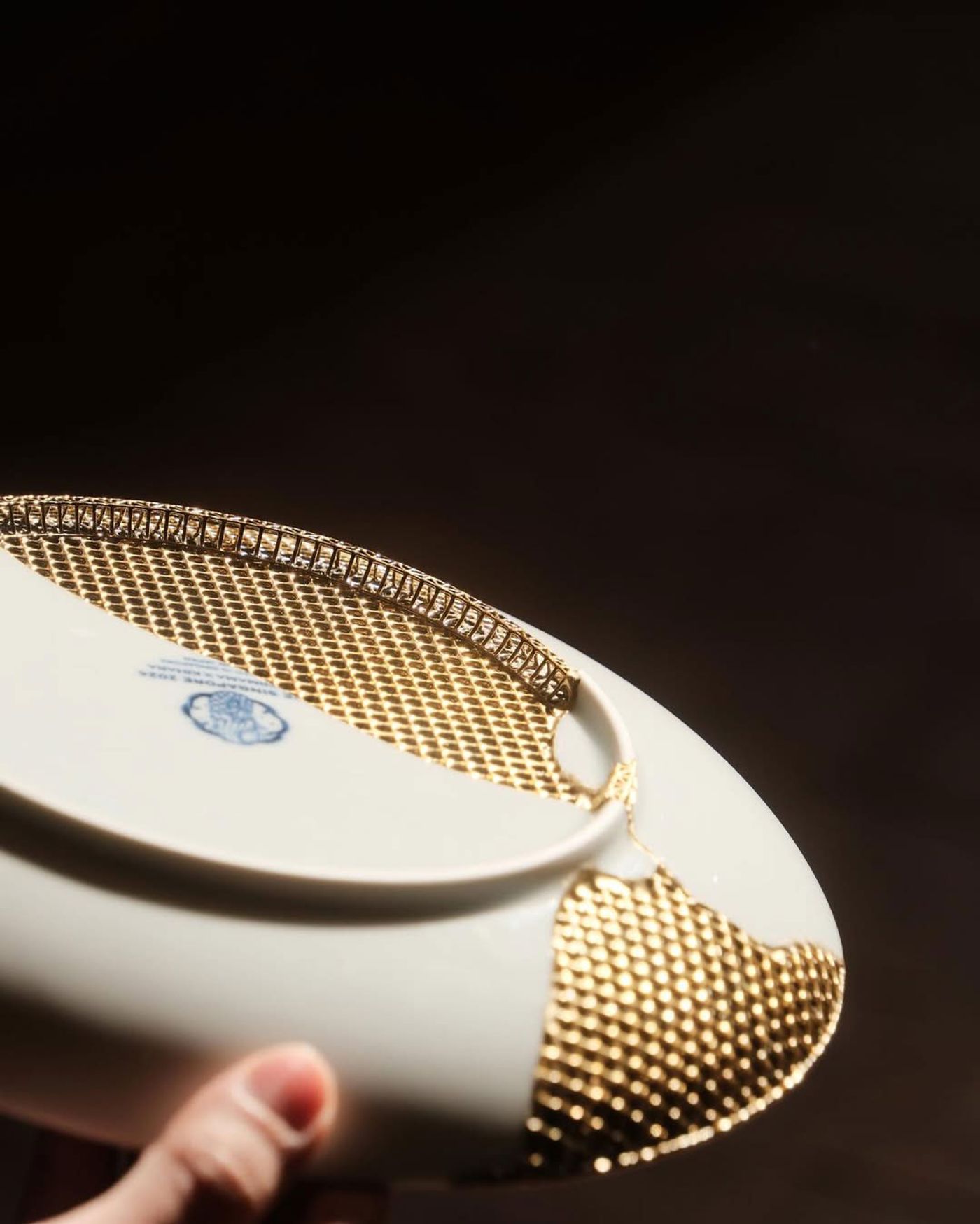
Kintsugi 2.0 by Supermama at Future Impact 3: DESIGN NATION.
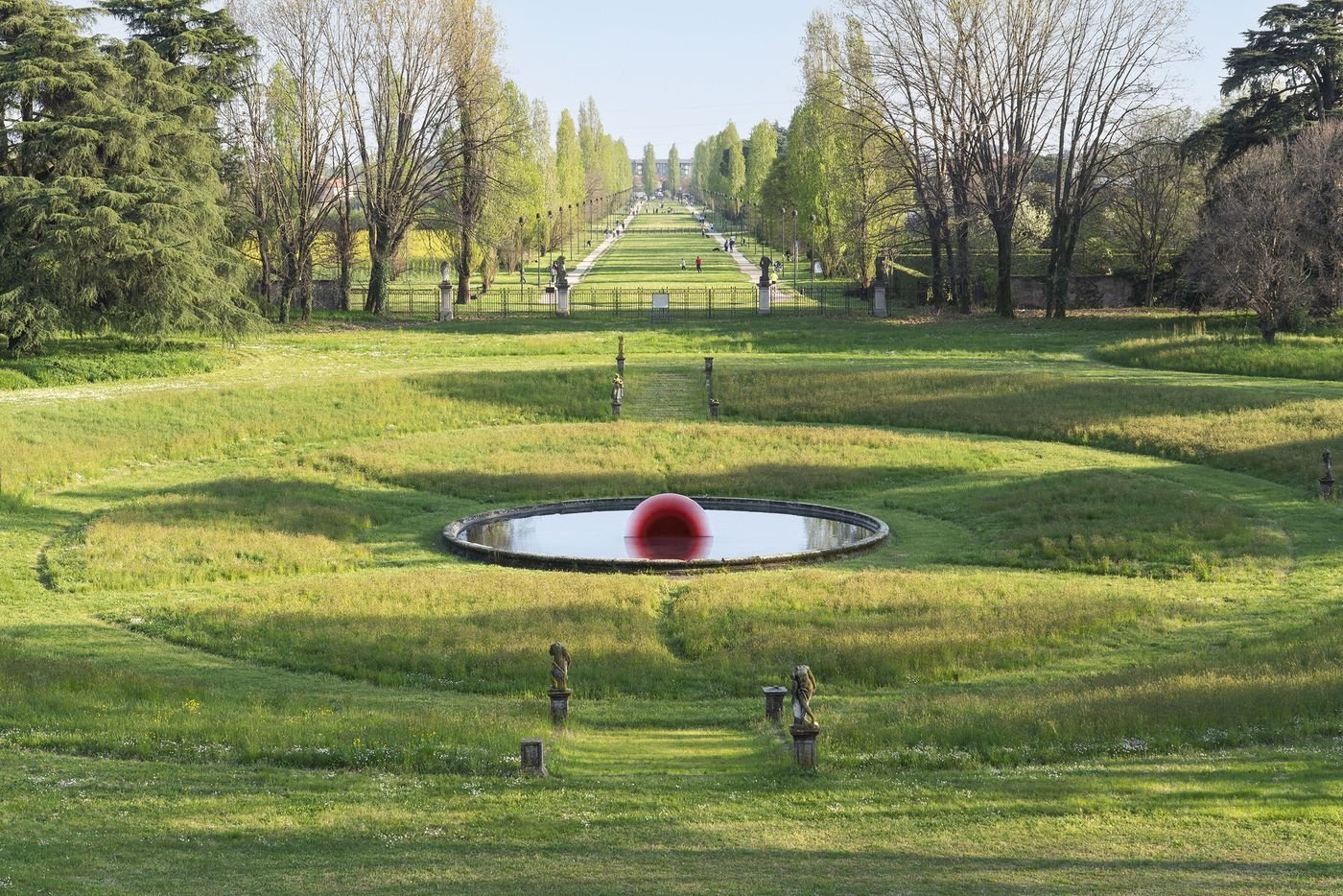
At Alcova, Rive Roshan and SOL R&D reactivated the historic fountain of Villa Bagatti Valsecchi with Sun Catcher, a solar-powered installation merging colour-shifting glass, renewable energy, and poetic reflection. Photo by Design&Practice.

At ALCOVA (Ex SNIA), Jim Brose and Caroline Fischer unveiled T.o.y.s. No 2, a raw, fast-built chaise lounge crafted from cotton-filled tubes, steel, and rope—an experimental outcome of a three-day workshop led by designer Philipp Witte, exploring recycled materials and collective design. Photo by Lorenzo Capelli (DSL-Studio).
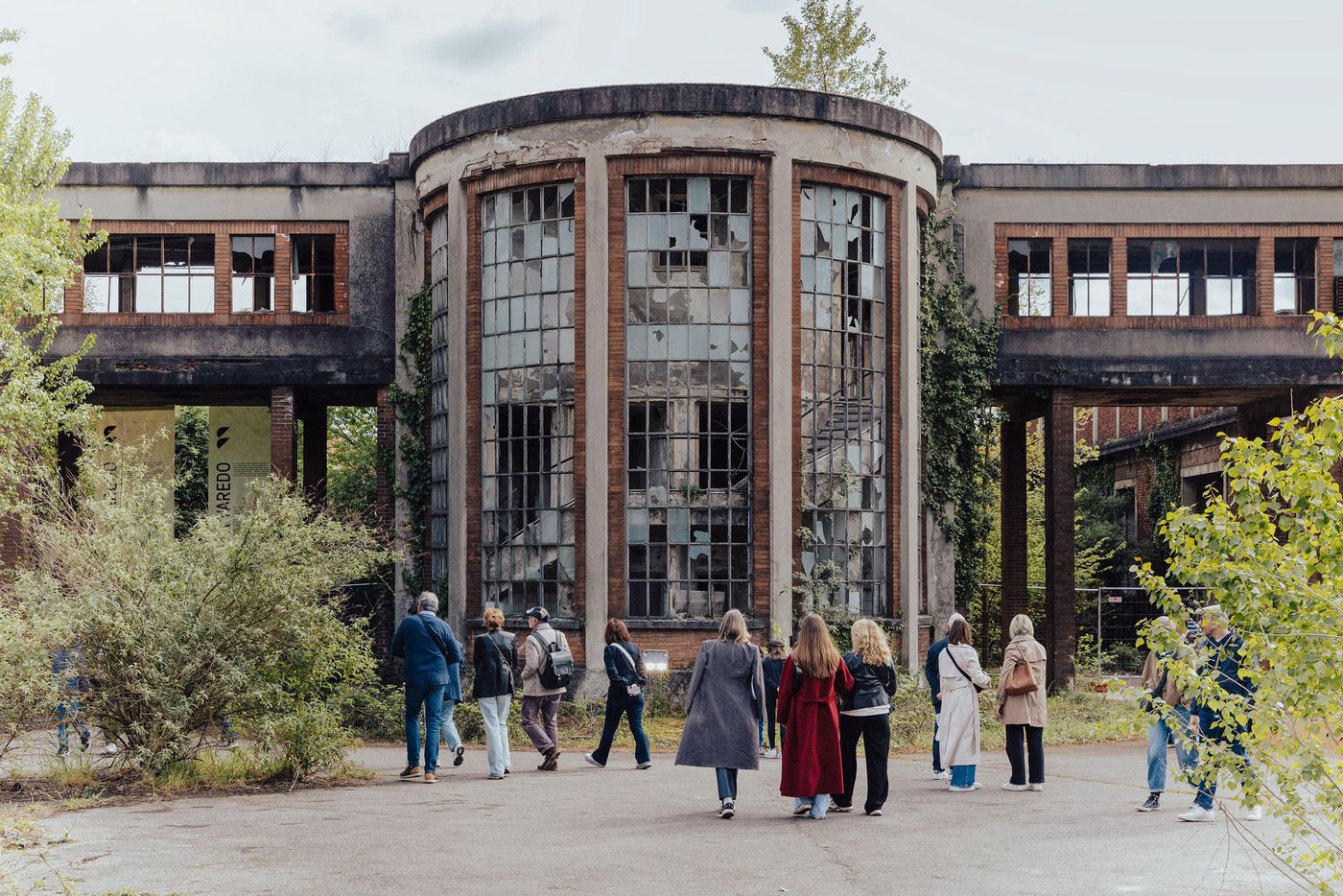
The former SNIA factory, a rationalist industrial relic from World War I, offered a haunting backdrop at ALCOVA, where ivy, moss, and crumbling structures revealed nature’s quiet reclamation of a once-thriving hub of synthetic fiber production.
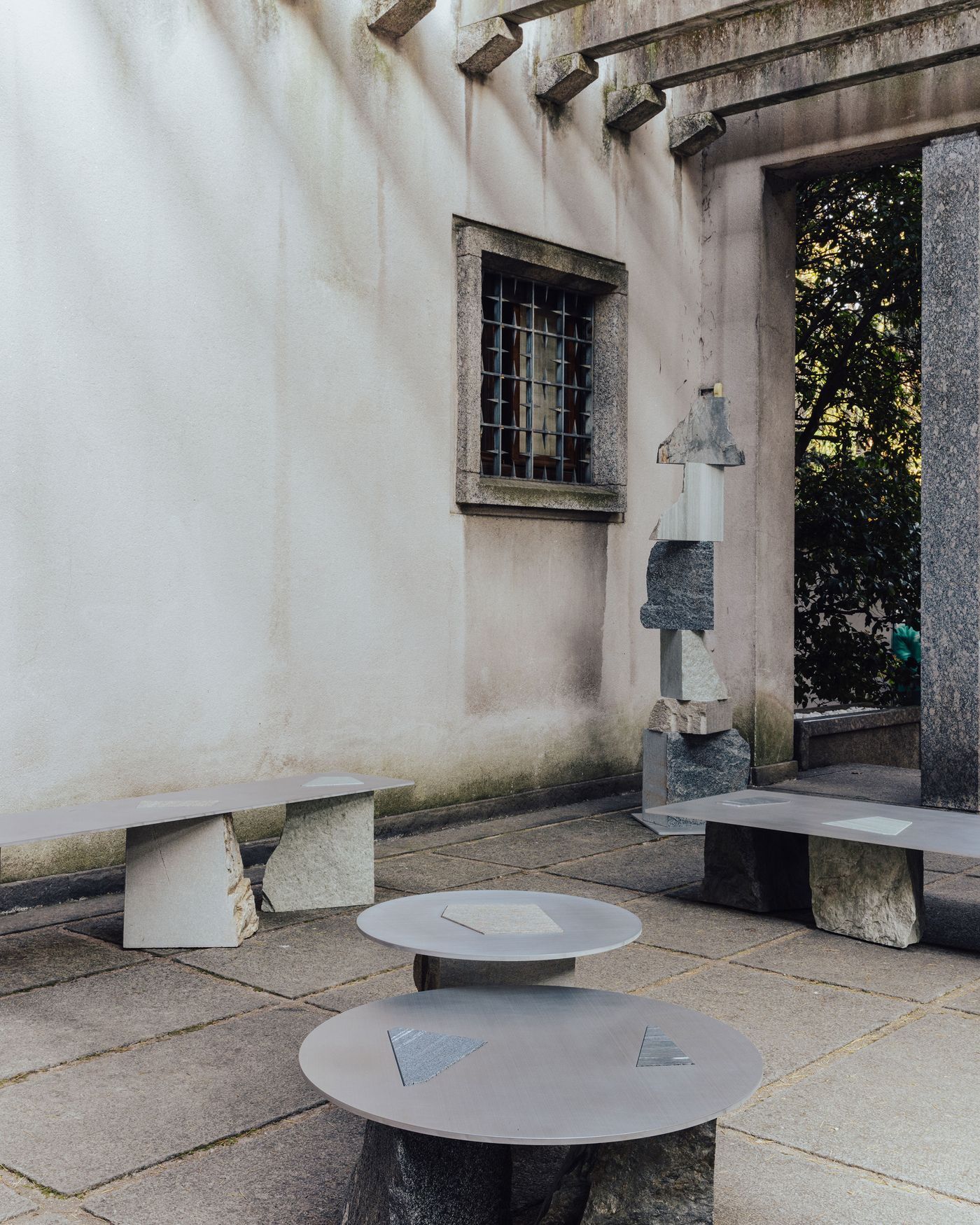
Estudio Material’s Fragments series found a perfect setting amid the gardens of Villa Borsani.
Photo by Piergiorgio Sorgetti.
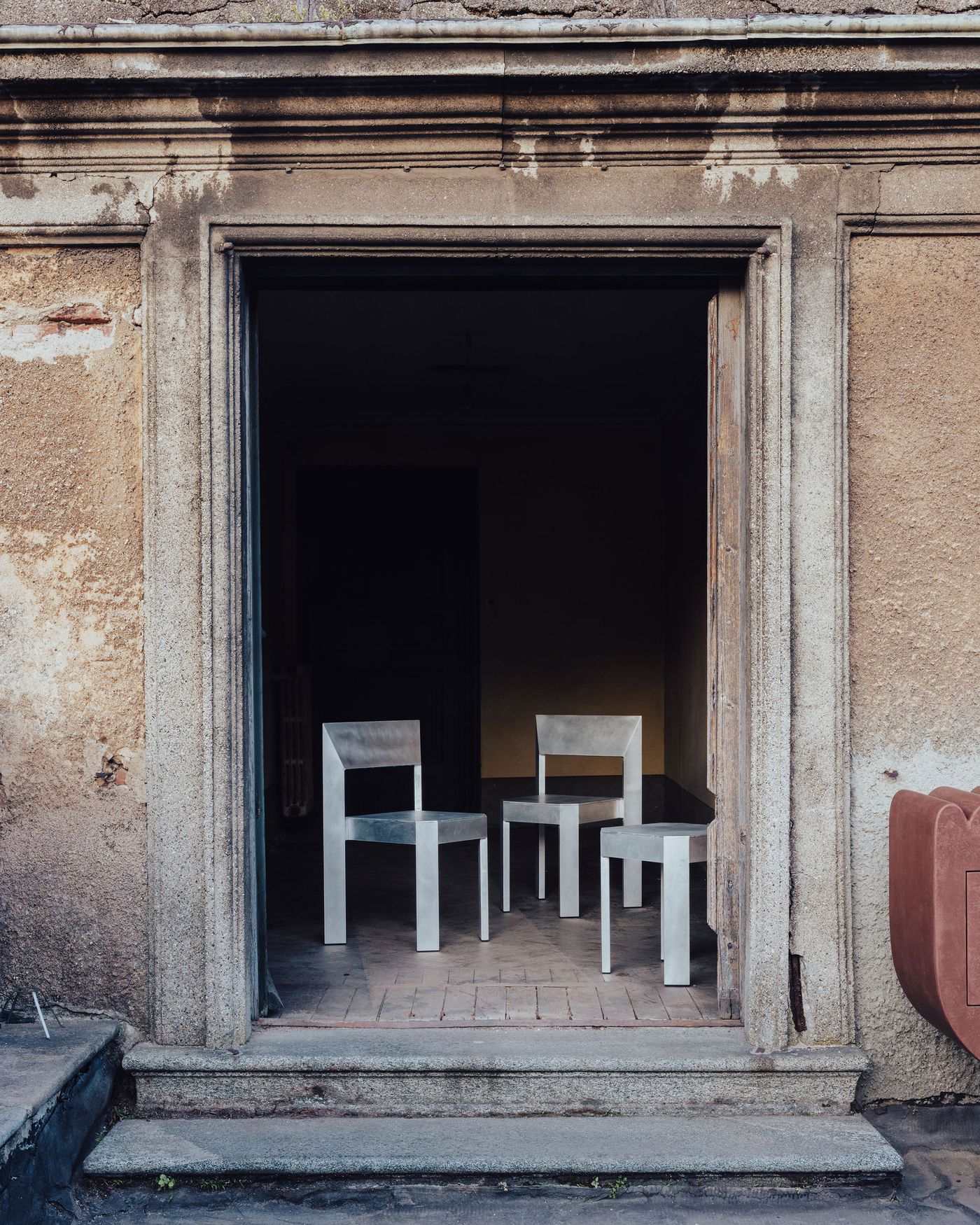
FOMU introduced the Frame Collection in raw aluminium, a series of minimalist designs highlighting the material’s inherent texture and structural clarity.
Photo by Piergiorgio Sorgetti.
Of course, no Milan Design Week recap would be complete without mentioning Alcova’s ever-expanding presentation which this year took over not two but four sites outside of Milan in Varedo. Highlights abounded: at Villa Borsani, we singled out J39.5 by AtMa inc, a series of chairs reassembled from salvaged parts of Børge Mogensen’s iconic J39, a poetic exploration of circular design, material reuse, and cross-cultural reinterpretation. Several Greek participants stood out including Theo Galiakis with his Throne Room, where ancient symbols of authority were reimagined in industrial materials, Eleftheria Tseliou Gallery with their reenactment of “The Library Show”, and New York and Athens-based studio Objects of Common Interest (OoCI) who presented a new light project with THE BREEDER gallery.
At Pasino Glasshouses, a setting half-consumed by nature’s slow reclamation, we were intrigued by Polish designer Marcin Rusak’s Ghost Orchids, a haunting series of biodegradable sculptures responding to the site's botanical history; and Soft Horizons, also by OoCI, a playful, almost surrealist rethinking of marble as a malleable, soft material.
We also fell for Conservatory Collection by Lemon and Yaniv Chen, whose delicate outdoor furniture pieces danced across the Villa Borsani’s gardens like quiet poems in perforated steel.
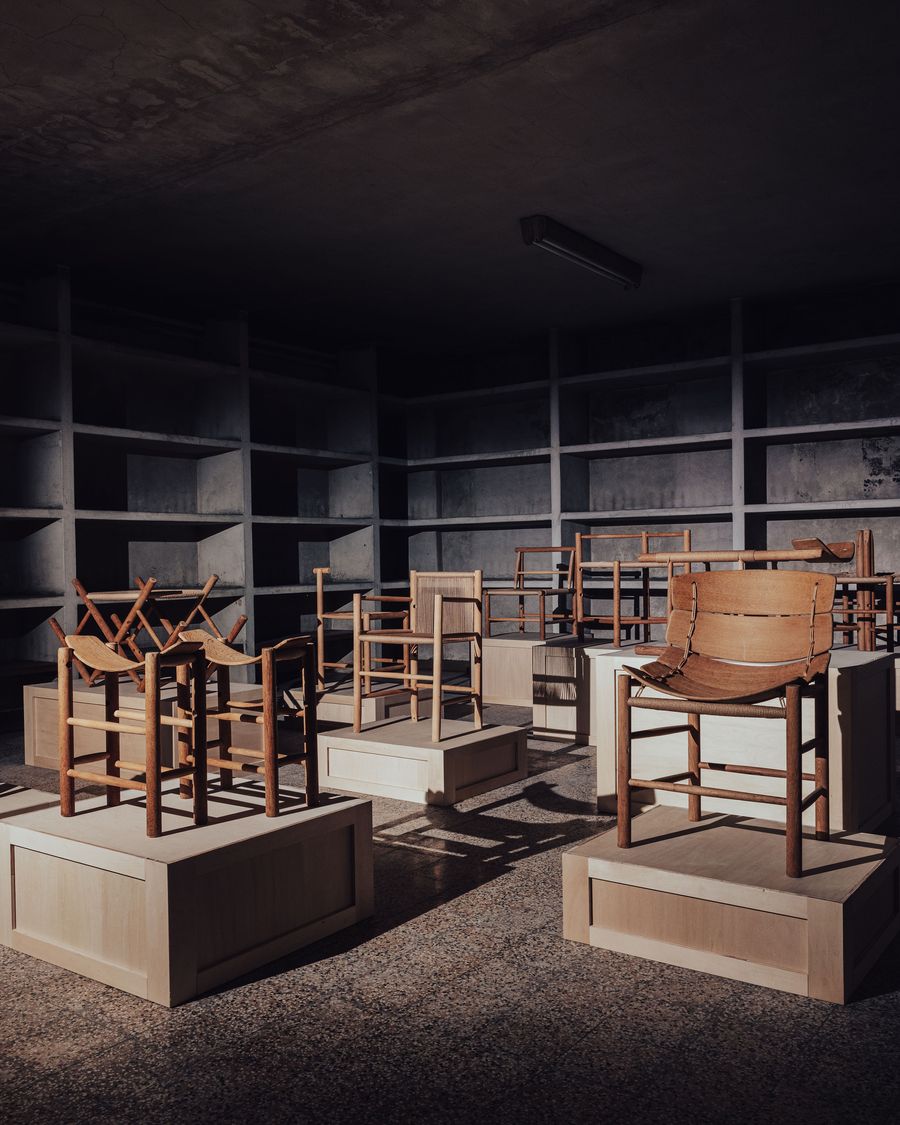
At Alcova, AtMa inc. presented J39.5, a series of chairs reassembled from salvaged parts of Børge Mogensen’s iconic J39, offering a poetic exploration of circular design, material reuse, and cross-cultural reinterpretation.
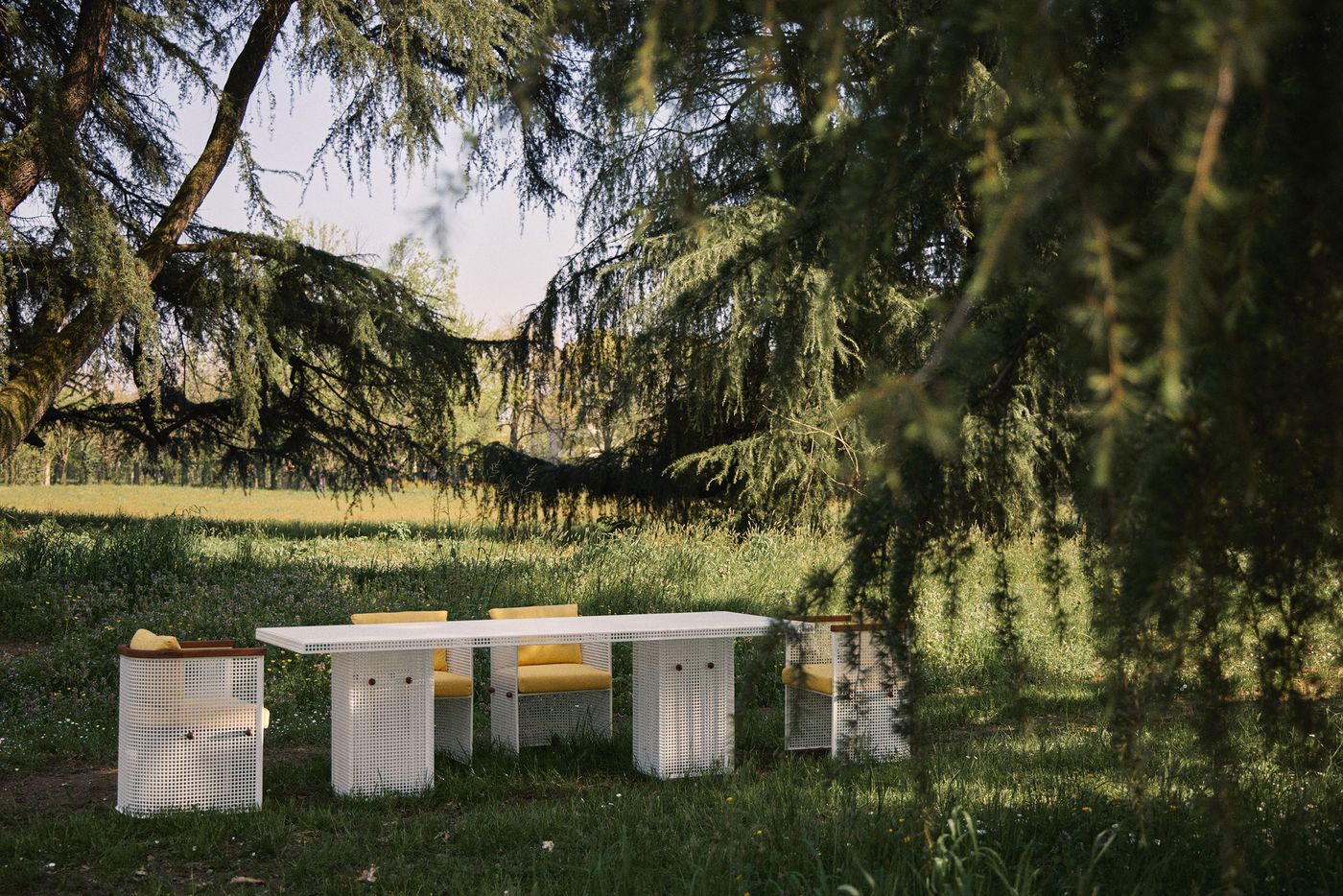
Lemon debuted the Conservatory Collection by Yaniv Chen, a poetic series of outdoor furniture defined by delicate perforations, allowing light and nature to flow seamlessly through sculpted steel forms. Photo by Inge Prins.
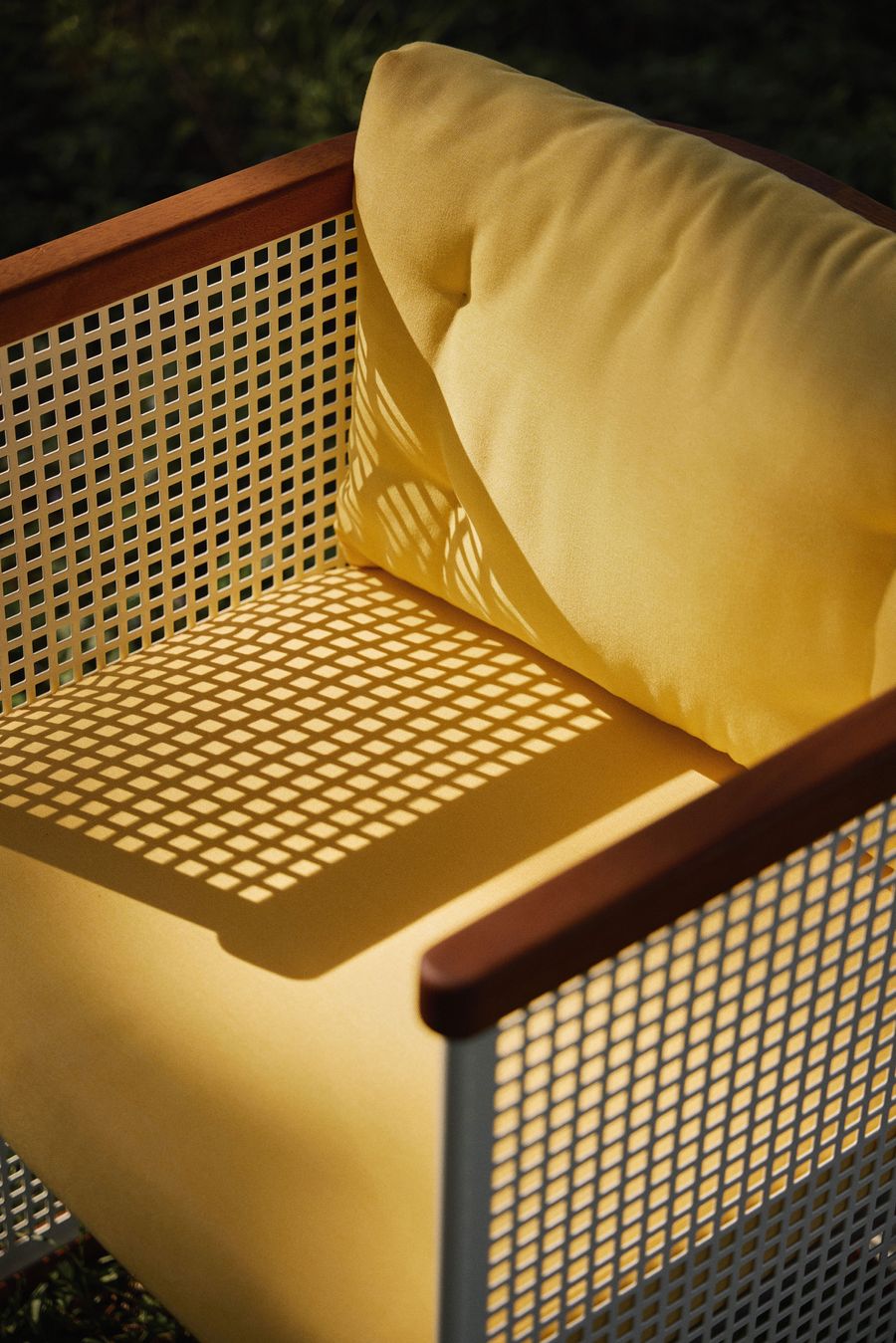
The Conservatory Chair Lounger by Yaniv Chen for Lemon.
Photo by Inge Prins.
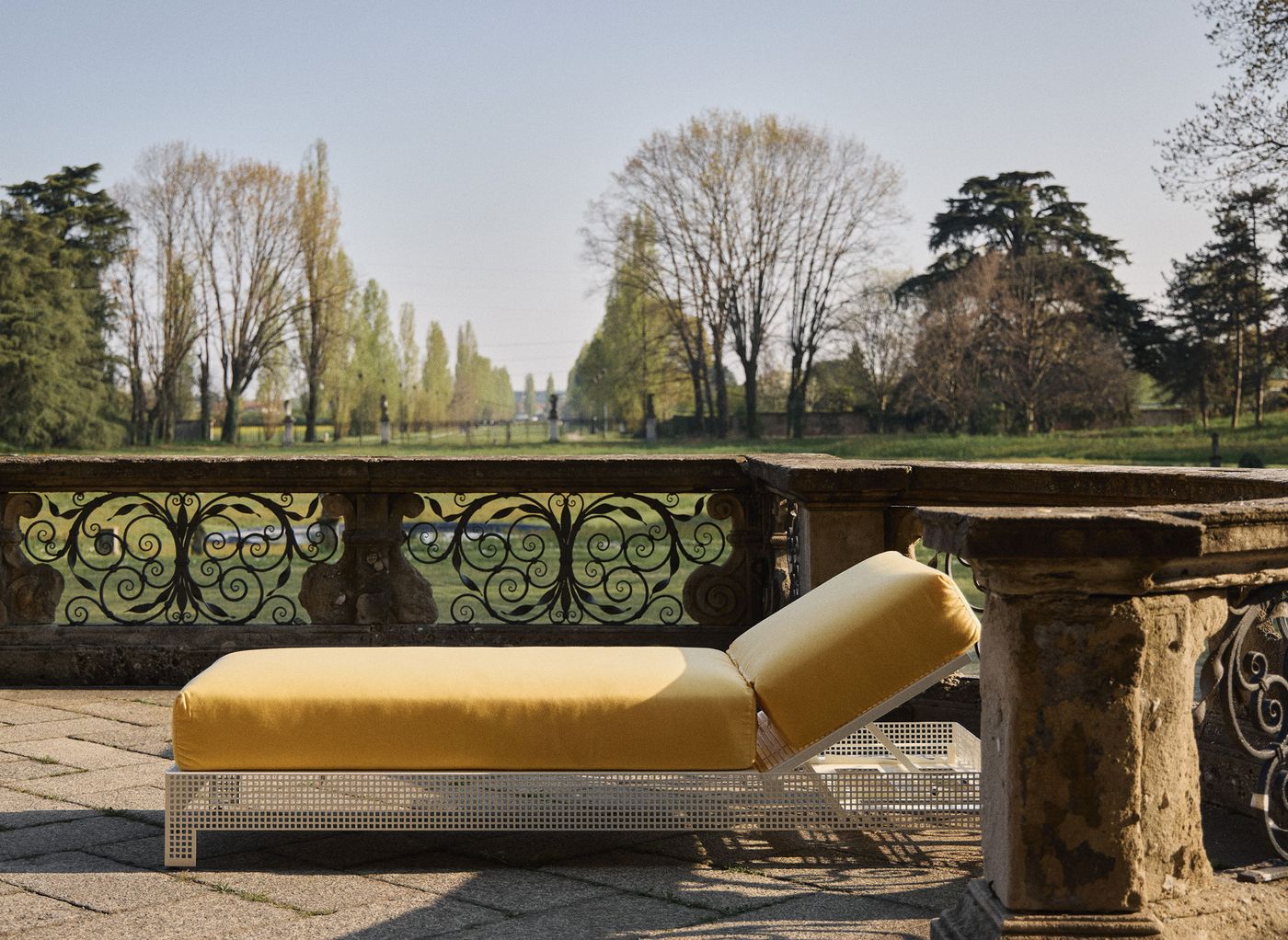
The Conservatory Sun Lounger by Yaniv Chen for Lemon.
Photo by Inge Prins.

Clarity chair by Waiting for Ideas (aka Jean-Baptiste Anotin).
Photo by Mathilde Hiley.
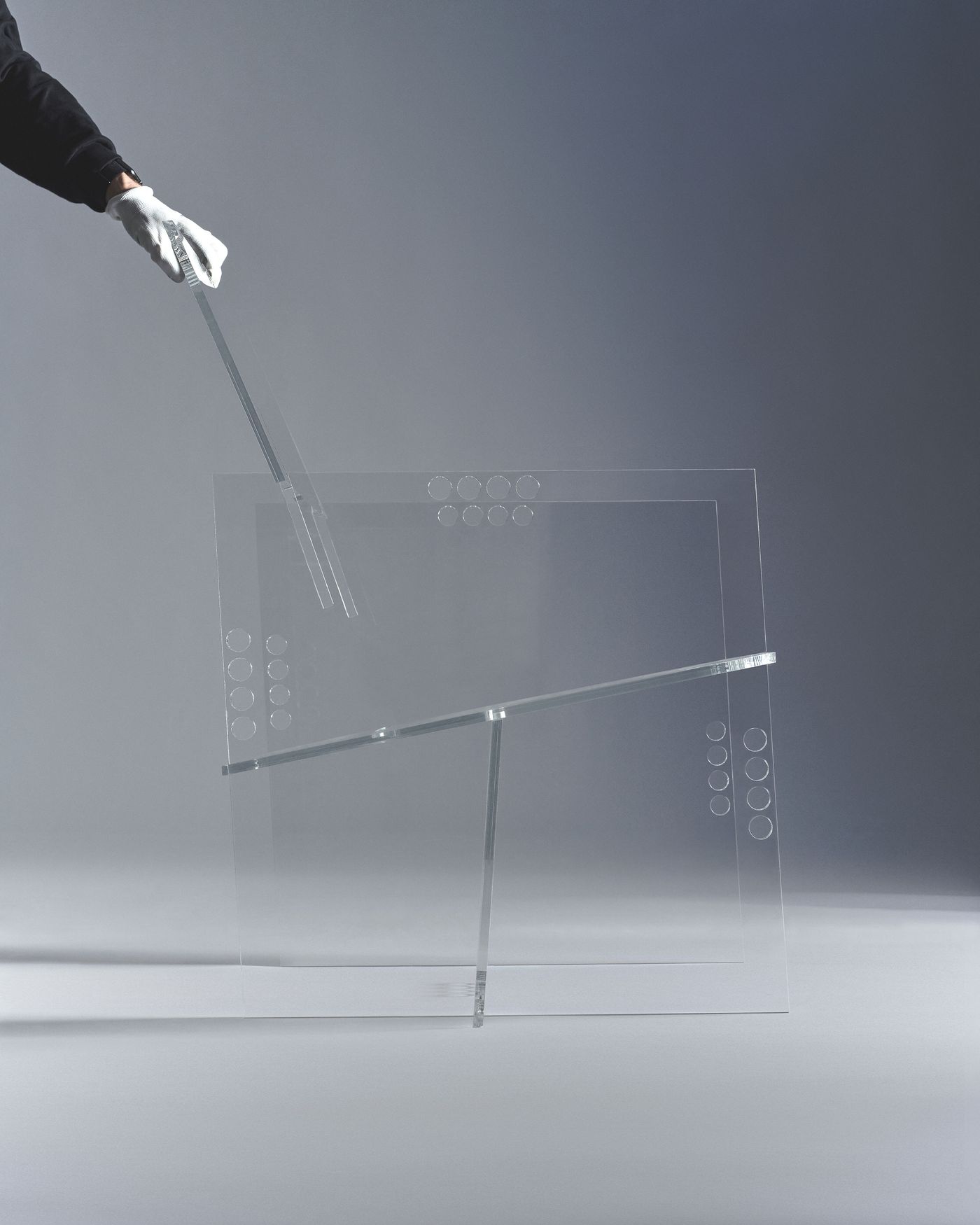
Waiting for Ideas (aka Jean-Baptiste Anotin) presented Clarity, a collection of transparent armchairs, tables, mirrors, and lamps that played with light, gravity, and reflection, creating ephemeral forms that shifted with every change in perspective.
Photo by Mathilde Hiley.
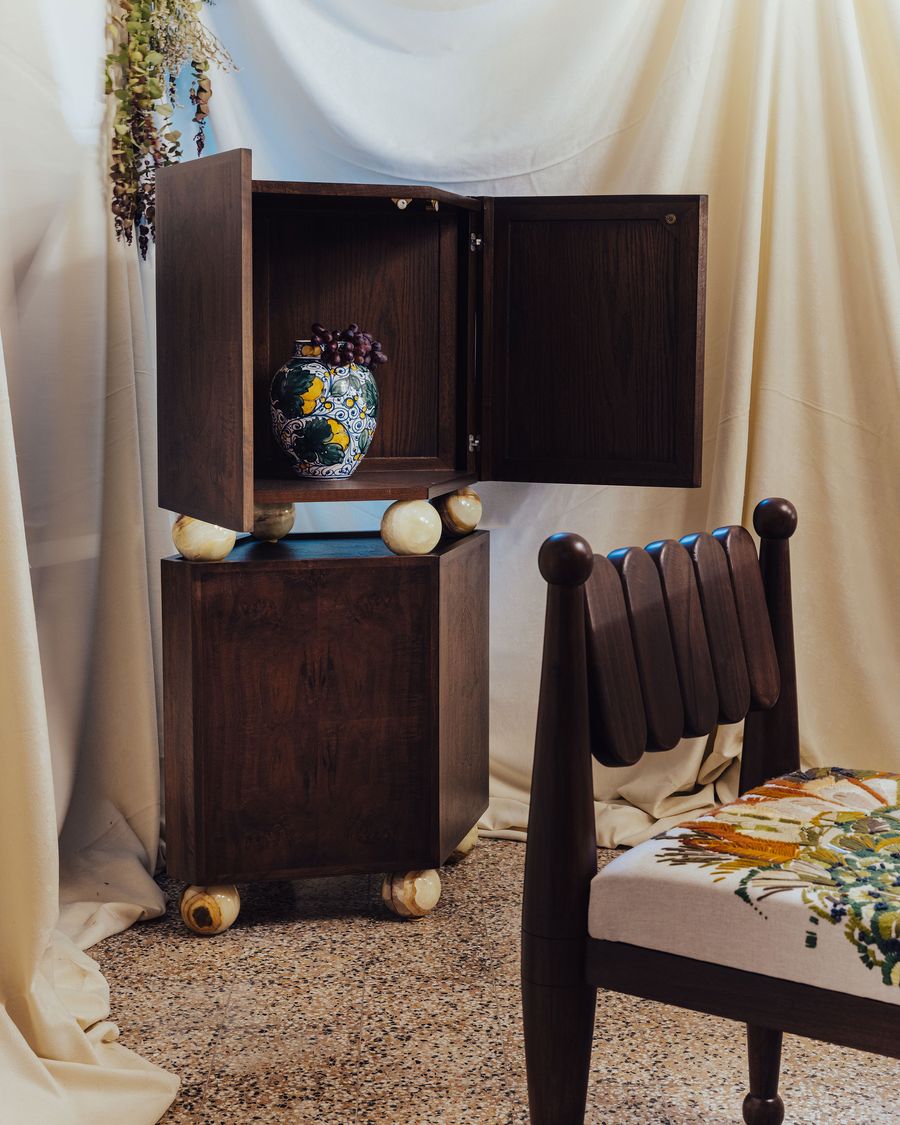
Dining chair and wooden cabinet from VeeCollect's latest furniture collection.
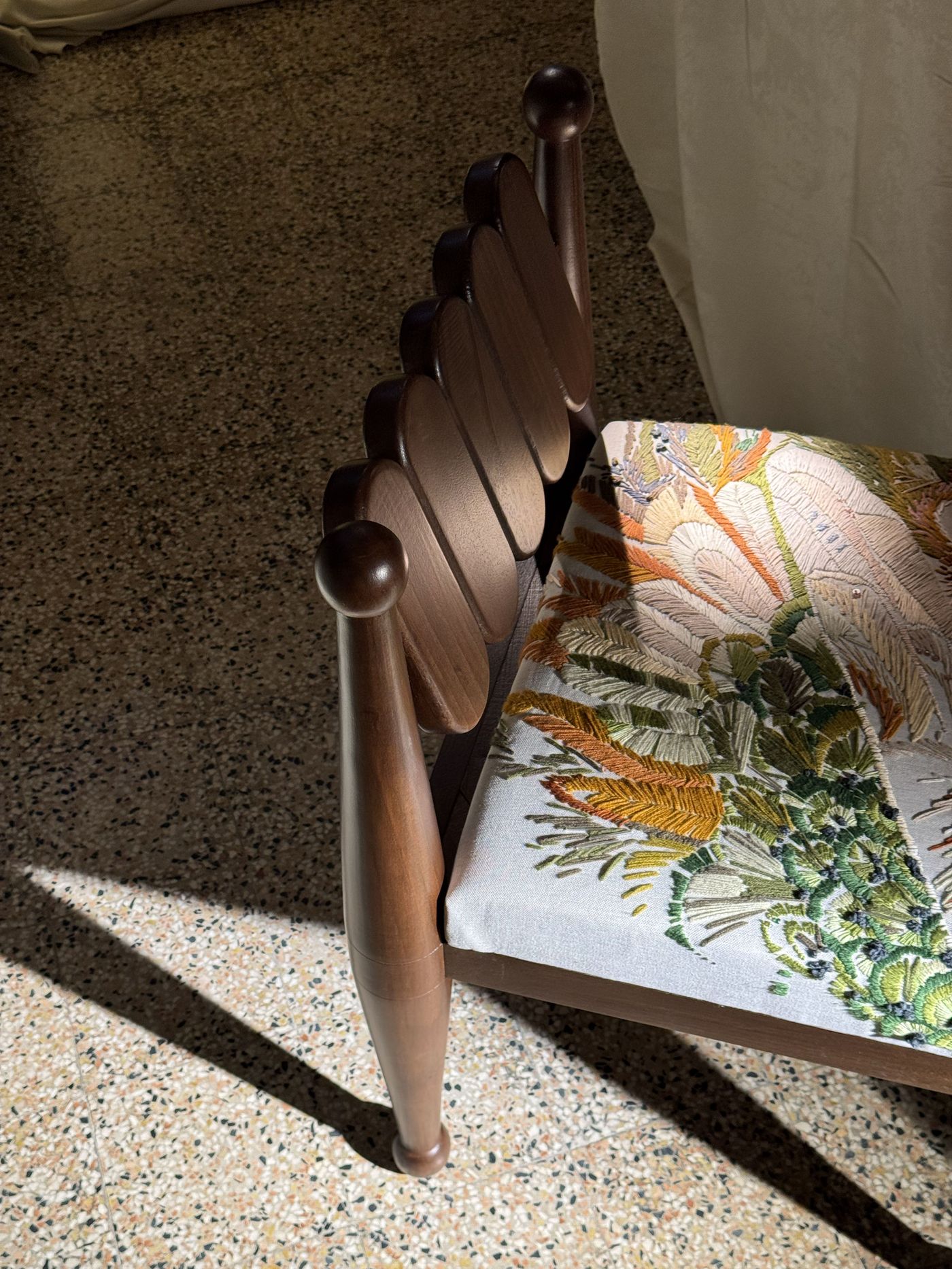
Dining chair from VeeCollect's latest furniture collection.
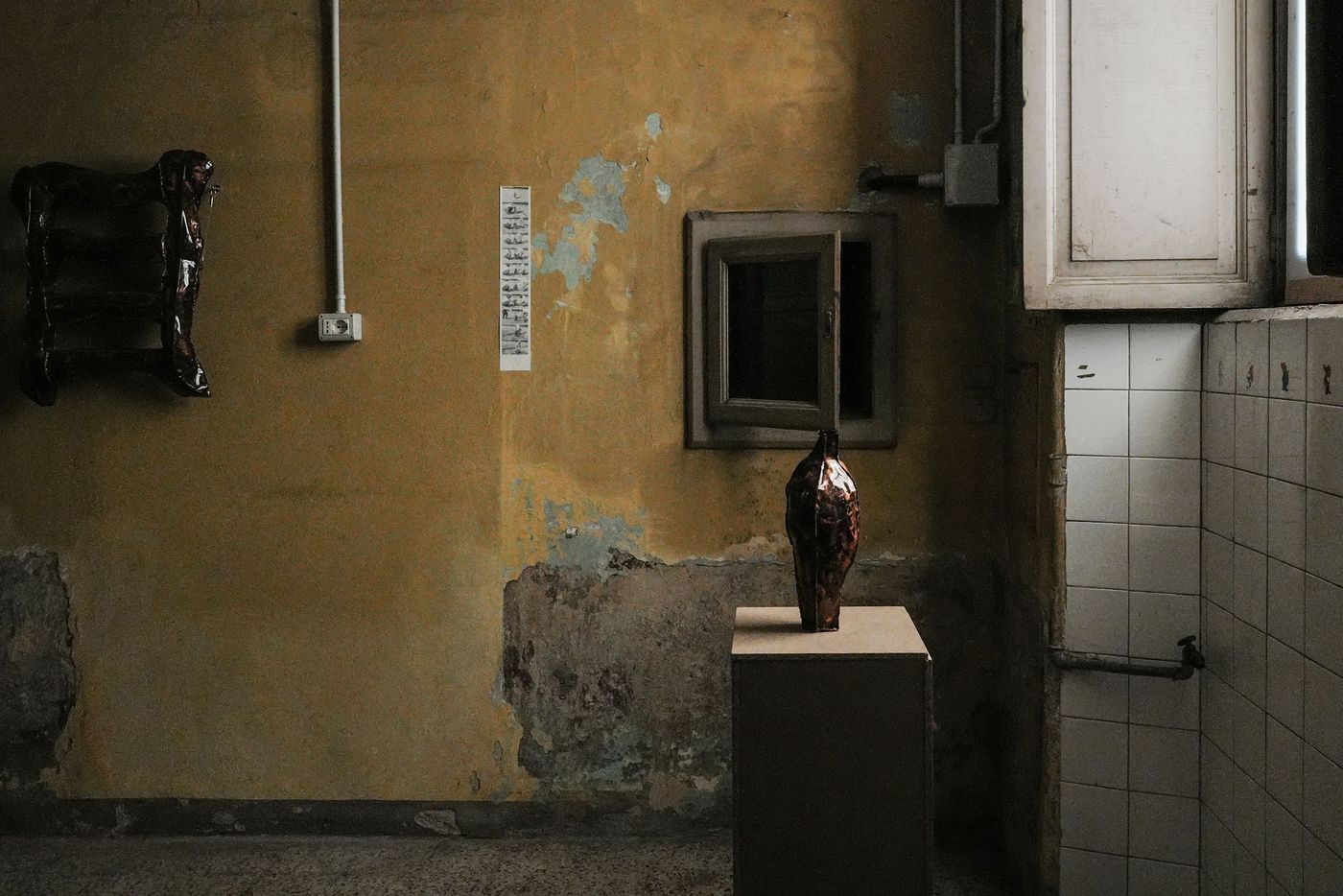
YOCHIYA (Yachiyo Kawana and Yoichiro Hatanaka) unveiled SWOLLEN, a sculptural work formed by inflating welded copper plates with hydraulic pressure, capturing the raw, unpredictable moment when material transforms into something beyond matter.
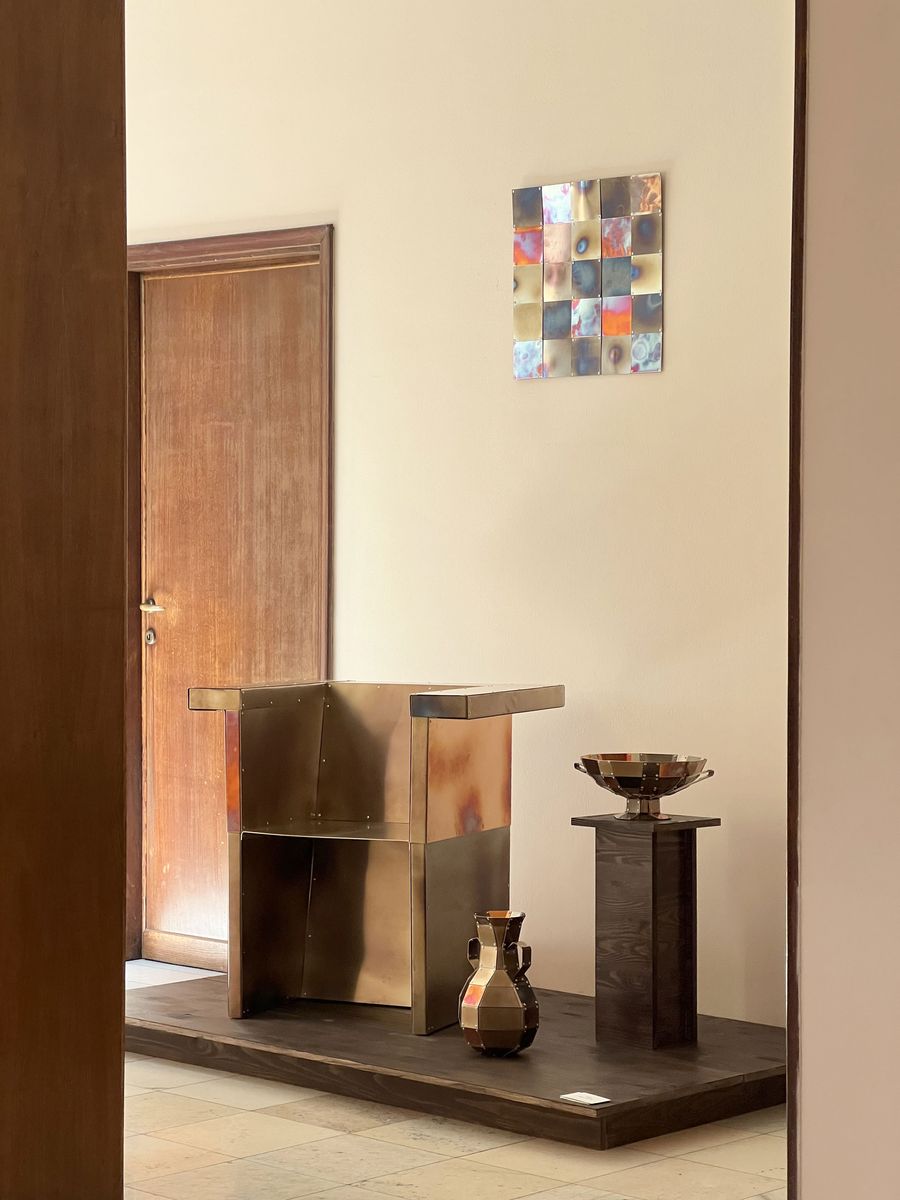
Presented at Villa Borsani, Throne Room by Theo Galliakis reimagines ancient symbols of authority in fire-treated steel, copper, and faux-gold finishes—offering a wry, reflective take on power, value, and the allure of gilded illusions.
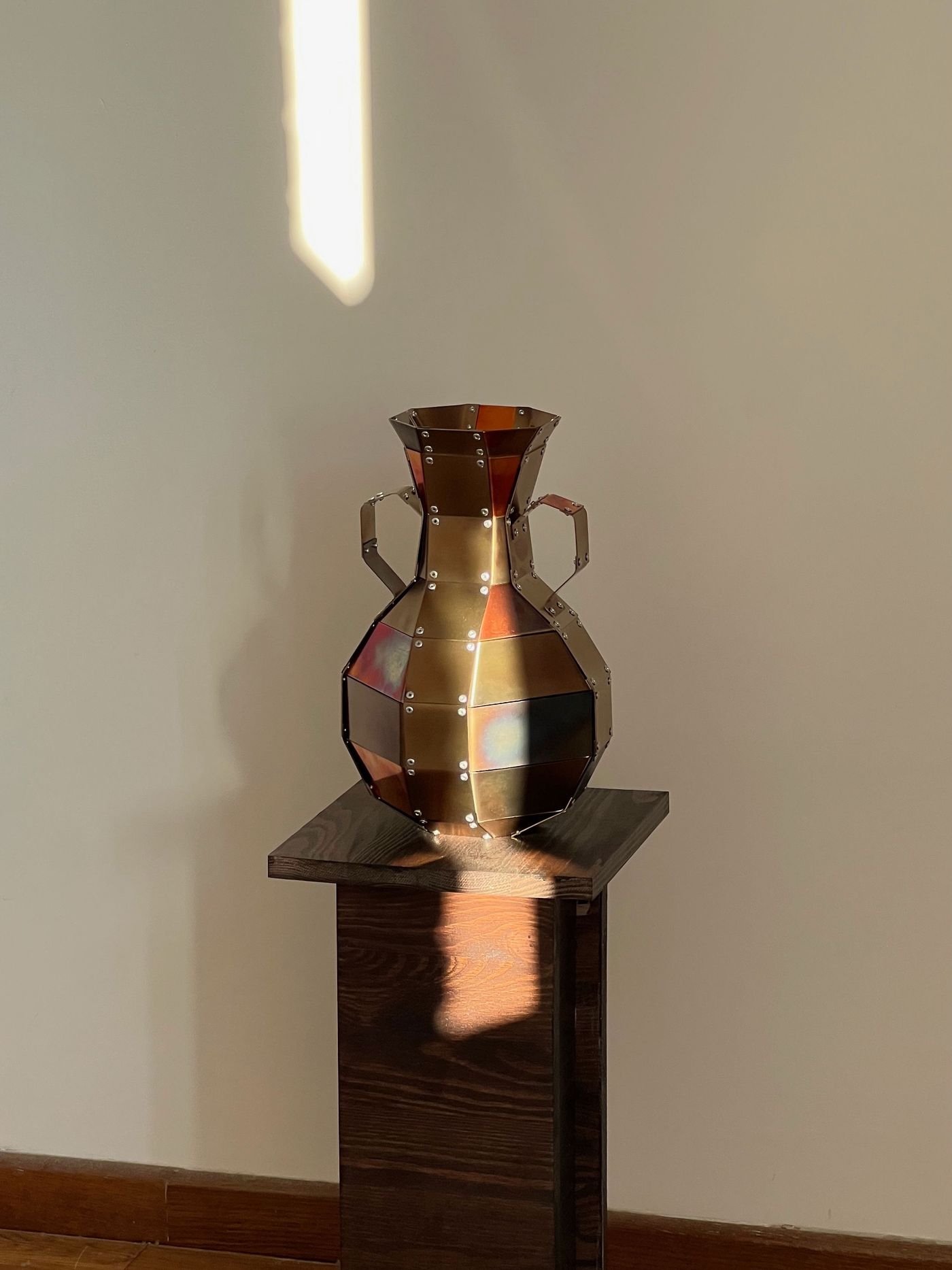
Presented at Villa Borsani, Throne Room by Theo Galliakis reimagines ancient symbols of authority in fire-treated steel, copper, and faux-gold finishes—offering a wry, reflective take on power, value, and the allure of gilded illusions.
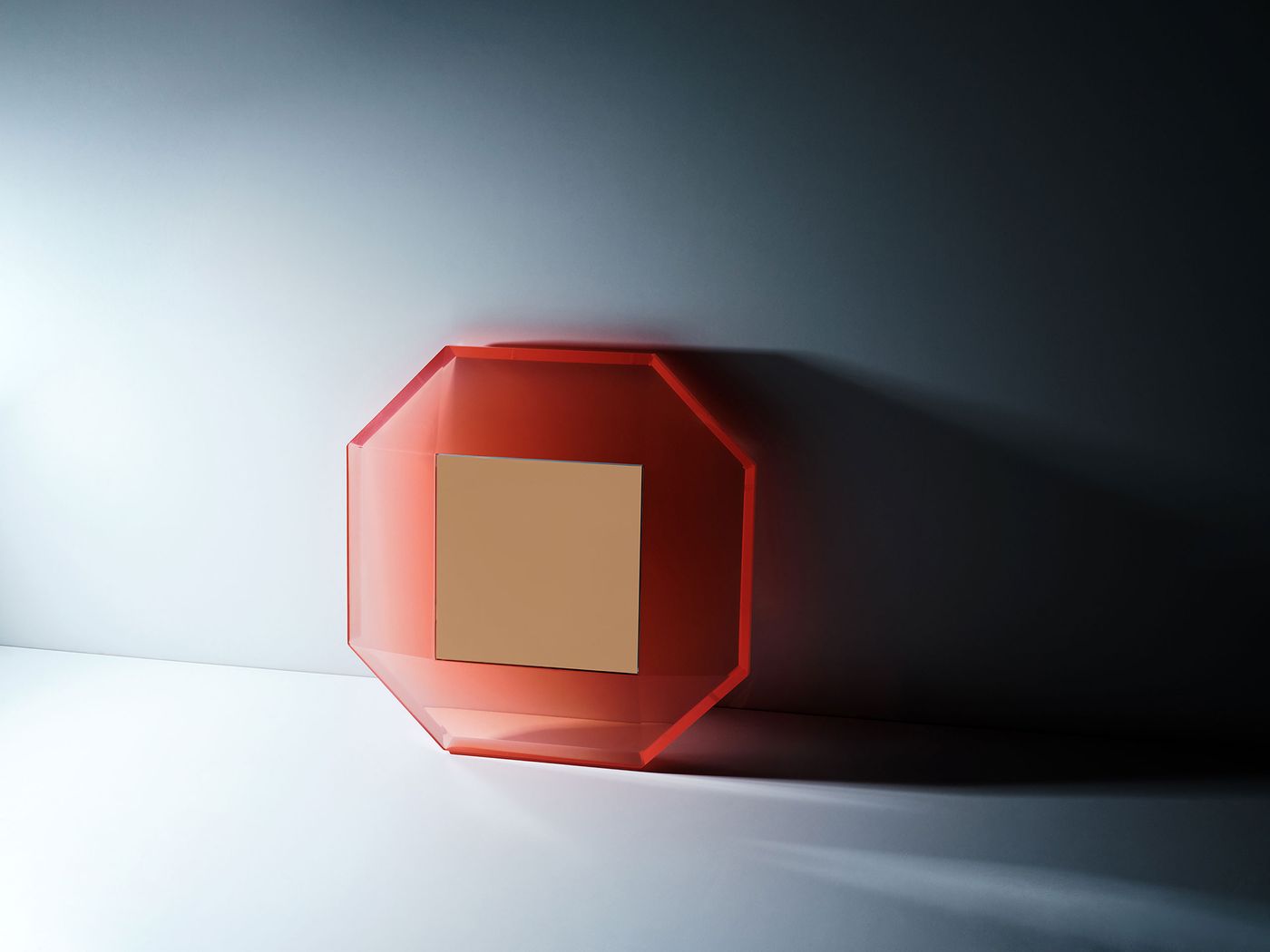
Objects of Common Interest unveiled a luminous collection of semi-transparent resin mirrors and objects for Tacchini, blending prismatic 1960s-inspired forms with a deeply personal memory—each piece refracting light and emotion like the fragile, shifting nature of recollection itself.
Photo by Yiorgos Kaplanidis.
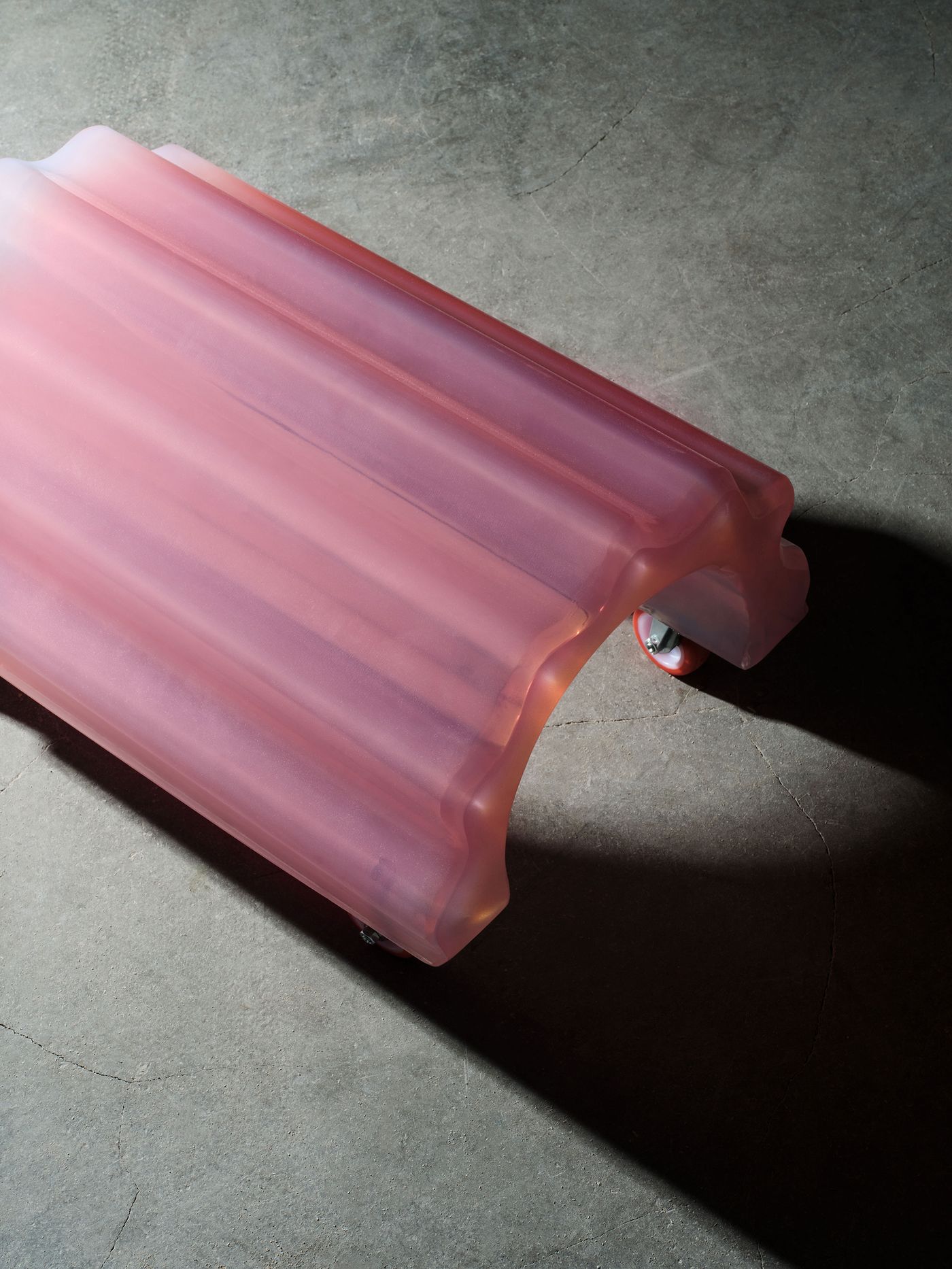
At Villa Borsani, VOIDS by Objects of Common Interest with The Breeder gallery reimagines Athens’ urban shopfront rollers in cast resin, transforming ephemeral gestures into sculptural totems that explore the interplay of absence, materiality, and transformation within a poetic scenography curated by Joy Herro.
Photo by Yiorgos Kaplanidis.
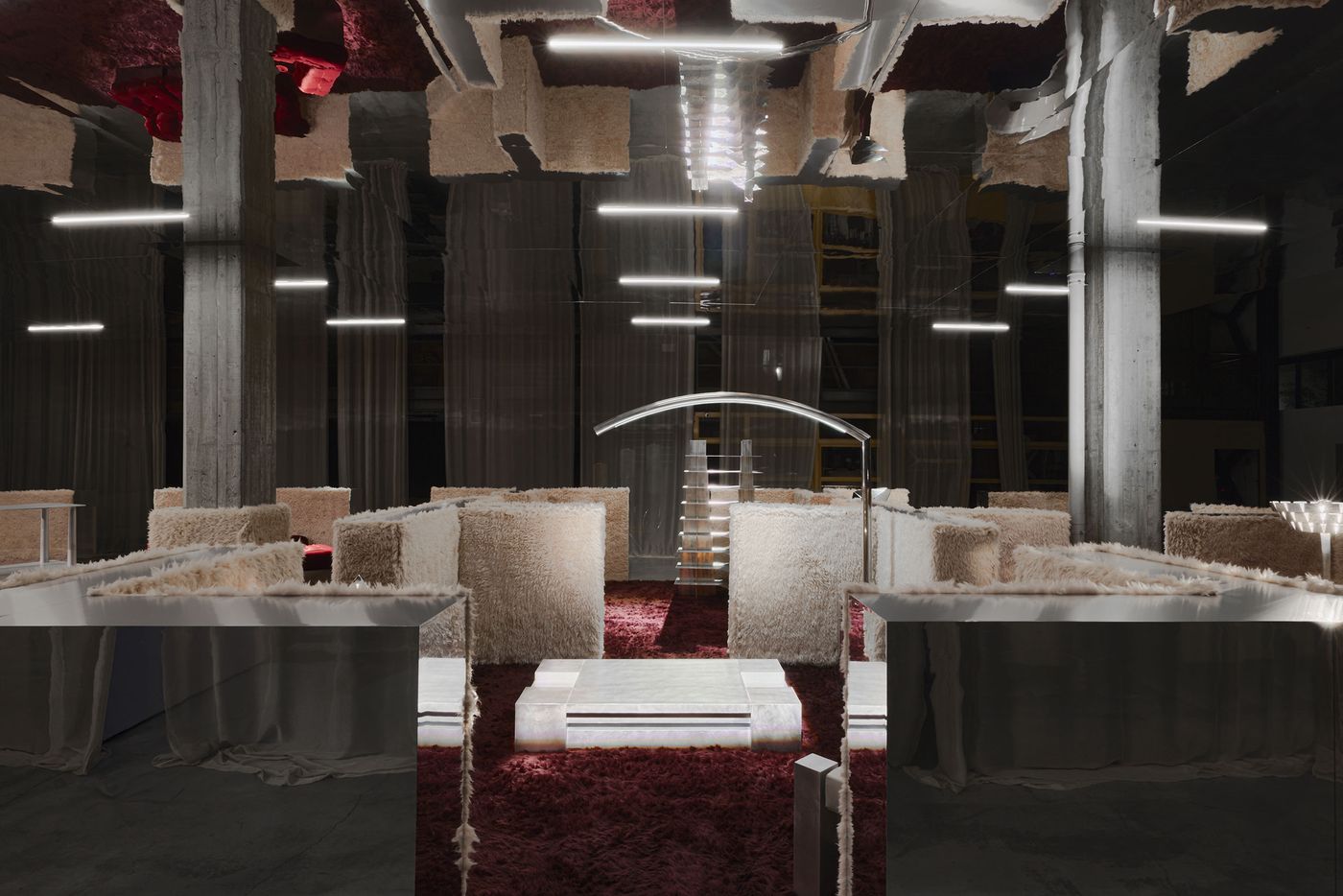
To mark its 10th anniversary, Nilufar Depot unveiled Silver Lining, a curatorial statement by Nina Yashar with a 1970s-inspired installation by Fosbury Architecture—an immersive, monochromatic landscape exploring the aesthetics and sensuality of metal through form, texture, and tone.
Photo by Alejandro Ramirez Orozco.
Over at Nilufar Depot, Nina Yashar marked the venue’s 10th anniversary with “Silver Lining”, a lavish 1970s-inspired installation by Fosbury Architecture that celebrated the expressive power of metal. Set against a monochromatic backdrop, vintage treasures by iconic designers such as Gio Ponti and Gabriella Crespi mingled with contemporary pieces by Audrey Large, Supaform, studioutte, and others, blurring temporal and aesthetic boundaries.
The installation was one act of Nilufar’s ambitious, five-act “Repertorio” exhibition which unfolded across both Nilufar Depot and Nilufar Via della Spiga. At the latter, we singled out “Ex Terrā”, an exhibition exploring humanity’s enduring fascination with nature’s forms and cycles. One particular discovery that stole our hearts there was Maximilian Marchesani’s Famiglia chandelier, created from twisted branches and parrot feathers collected in Milan’s Palestro Gardens—a delicate, melancholic meditation on the migrations and mutations of nature in urban environments.
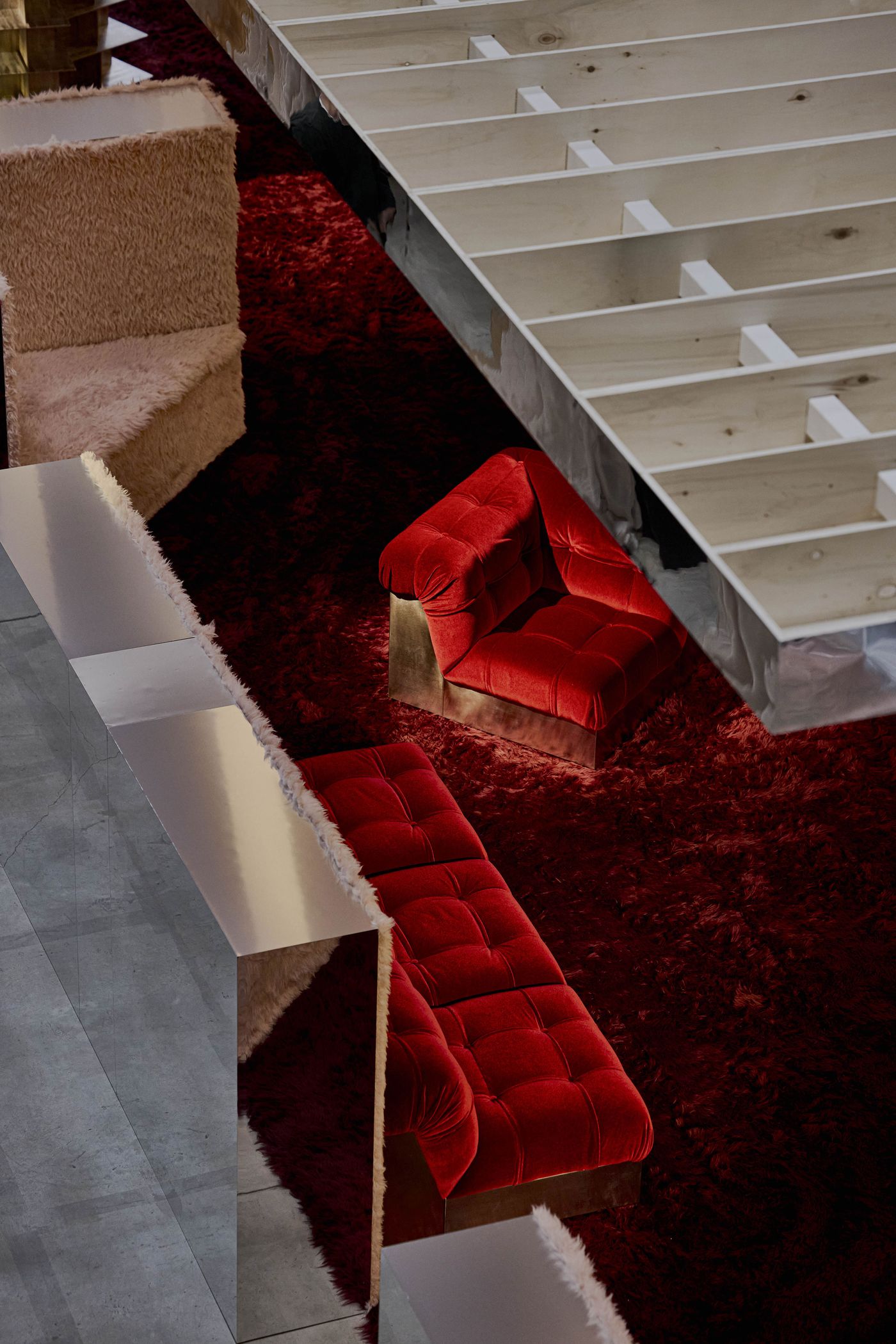
Modular sofa by Giorgio Montani, designed for Souplina in the 1970s.
Silver Lining, Nilufar Depot 2025, photo by Alejandro Ramirez Orozco.
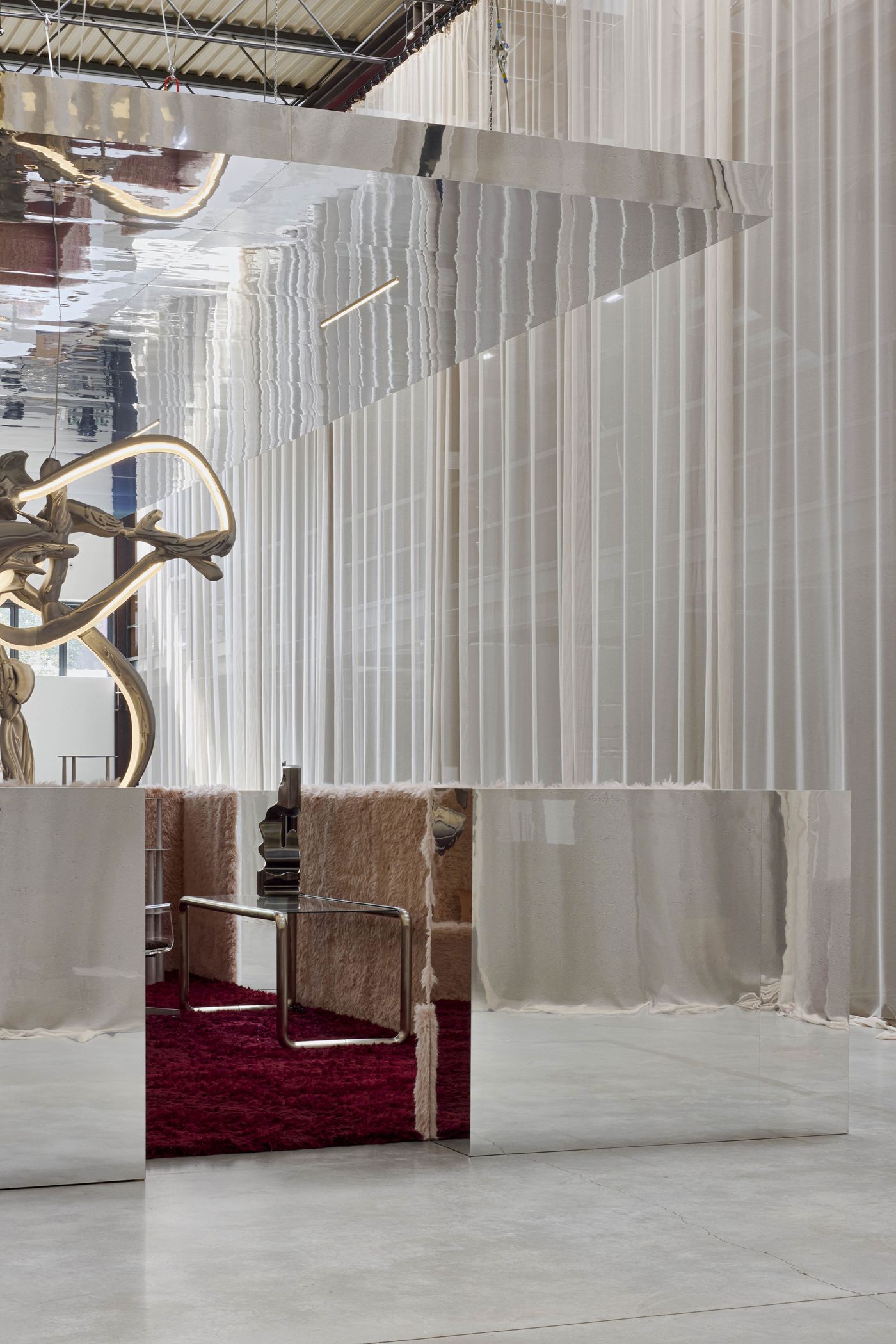
Desk by Marzio Cecchi, 1970.
Silver Lining, Nilufar Depot 2025, photo by Alejandro Ramirez Orozco.
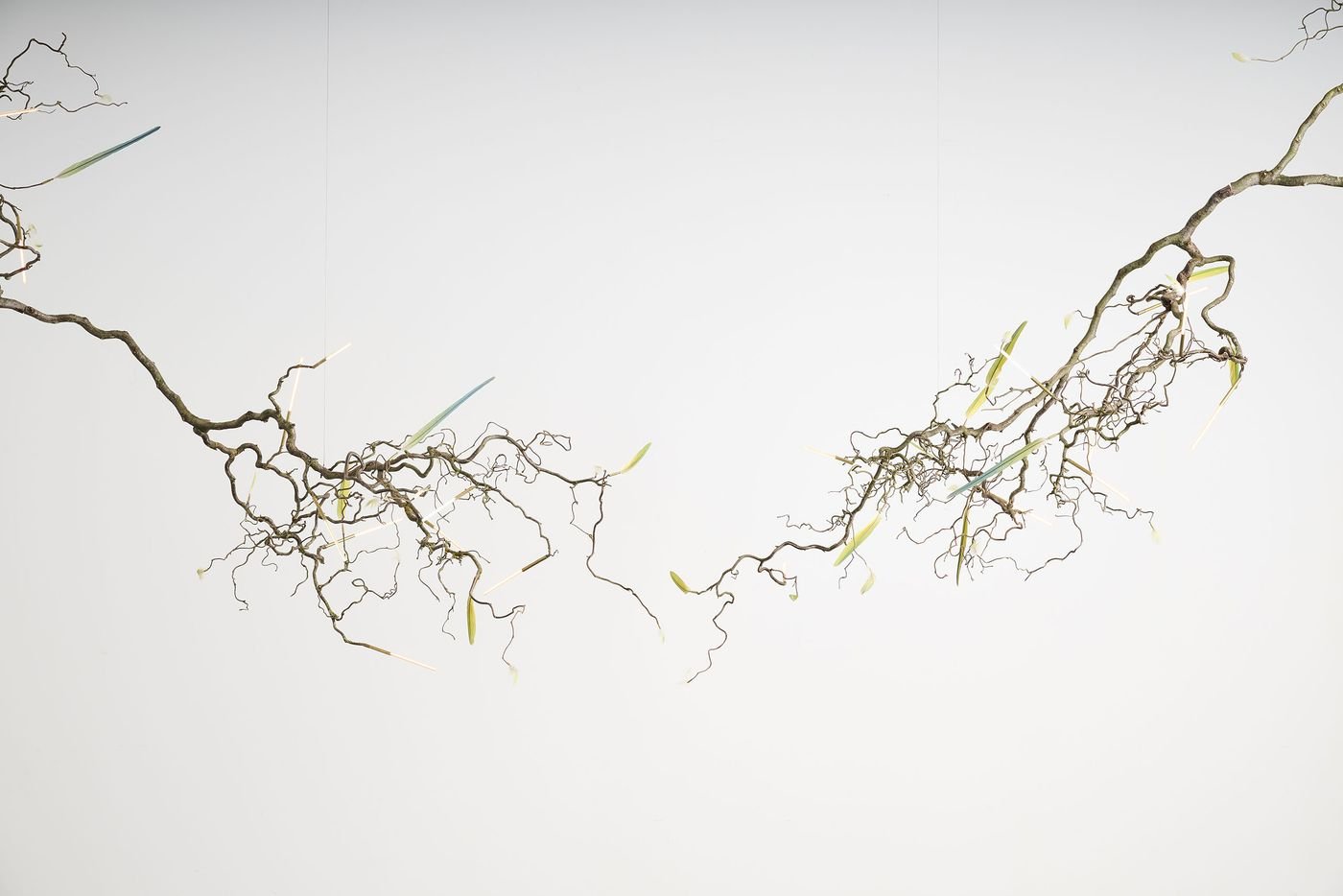
Ceiling lamp "Famiglia" by Maximilian Marchesani from the ‘EX TERRĀ’ collective exhibition by Andrea Mancuso, Maximilian Marchesani, and Etienne Marc at Nilufar Gallery.
Photo by Filippo Pincolini.
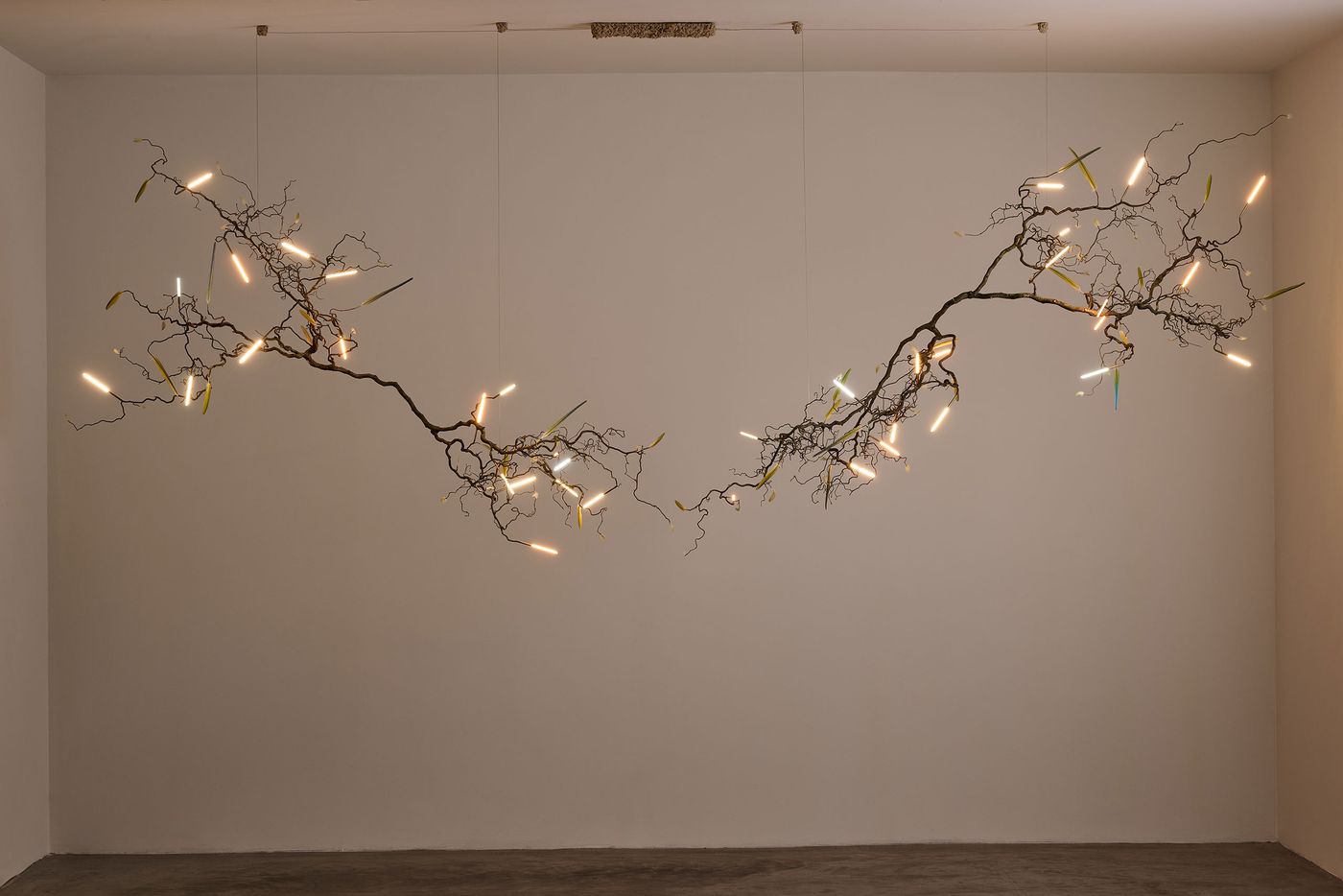
Ceiling lamp "Famiglia" by Maximilian Marchesani from the ‘EX TERRĀ’ collective exhibition by Andrea Mancuso, Maximilian Marchesani, and Etienne Marc at Nilufar Gallery.
Photo by Filippo Pincolini.
If nature emerged as one of Milan Design Week’s dominant themes this year, another common theme was the creative dialogue between tradition and experimentation. “Romantic Brutalism: A Journey into Polish Craft and Design”, organized by the new Visteria Foundation, offered a powerful example. Installed across a sequence of theatrically staged rooms, it introduced 23 Polish artists deeply rooted in their country’s artisanal traditions.
Νo report would be complete without tipping our hat to SaloneSatellite 2025, where the next generation of designers never fails to surprise, more of which you can read in our dedicated overview.
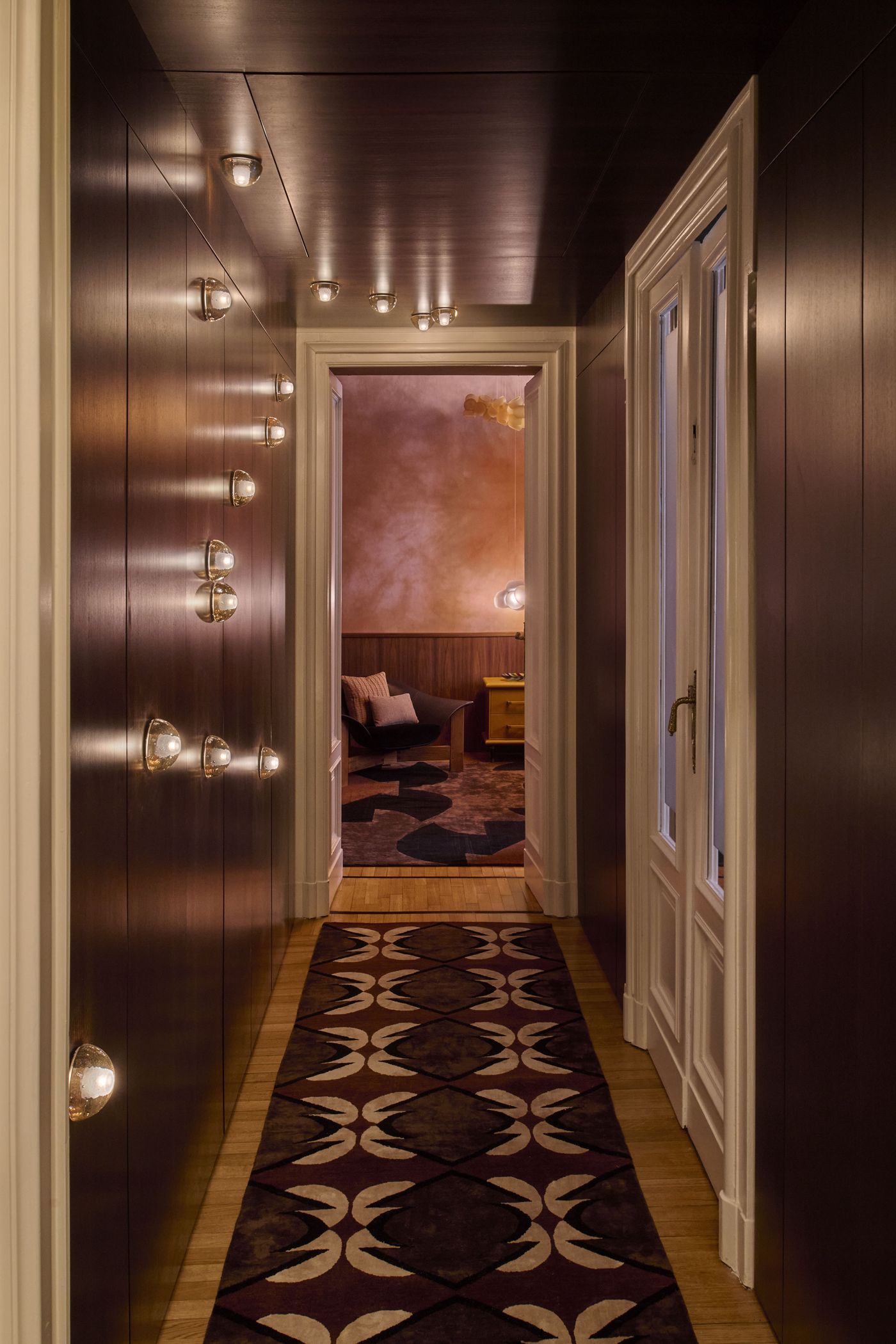
To mark its 20th anniversary, Bocci collaborated with The Future Perfect’s David Alhadeff on The Numbers Between the Numbers, a reflective exhibition of archival works and experimental lighting at Bocci’s Milan apartment.
Photo by Paola Pansini.
Finally, we’d like to mention two radically different projects that caught our eye at “Expanded Living”, Capsule Plaza’s third edition. The first, Philippe Malouin and Lehni’s rigorously minimalist Bent Aluminium series of tables, consoles, and shelves (presented by Salon 94 Design at Satellite Venue 2) balances technical precision with thoughtful proportion. Made from folded sheet metal, each piece is seemingly simple yet full of considered detail like the hidden cast nylon blocks that support the structures with subtle grace.
On the other side of the spectrum, Misha Kahn’s riotously imaginative new works (presented by Friedman Benda, also at Capsule Plaza's Satellite Venue 2) revelled in their gleeful abandon. Case in point, Euphausiids Delight (Final Moments), a dining table 3D-printed in fiberglass and lusciously coloured in automotive paints, that captures the surreal, writhing energy of marine life in a moment of fantastical excess. One an exercise in balanced restraint and technical refinement; the other a joyful, near-anarchic swirl of materials and techniques. Milan, as ever, contained multitudes, and it was precisely this collision of opposites that made it so electrifying.

At Capsule Plaza’s Satellite Venue (Piazza Risorgimento 8), Philippe Malouin and Swiss manufacturer Lehni unveiled Bent Aluminium for Salon 94 Design, a refined collection of tables, consoles, and shelves that juxtapose precision-folded aluminium with solid nylon blocks—merging industrial clarity with sculptural restraint and discreet functionality.
Photo © Jasmine Deporta.

Bent Aluminium by Philippe Malouin and Lehni for Salon 94 Design.
Photo © Jasmine Deporta.
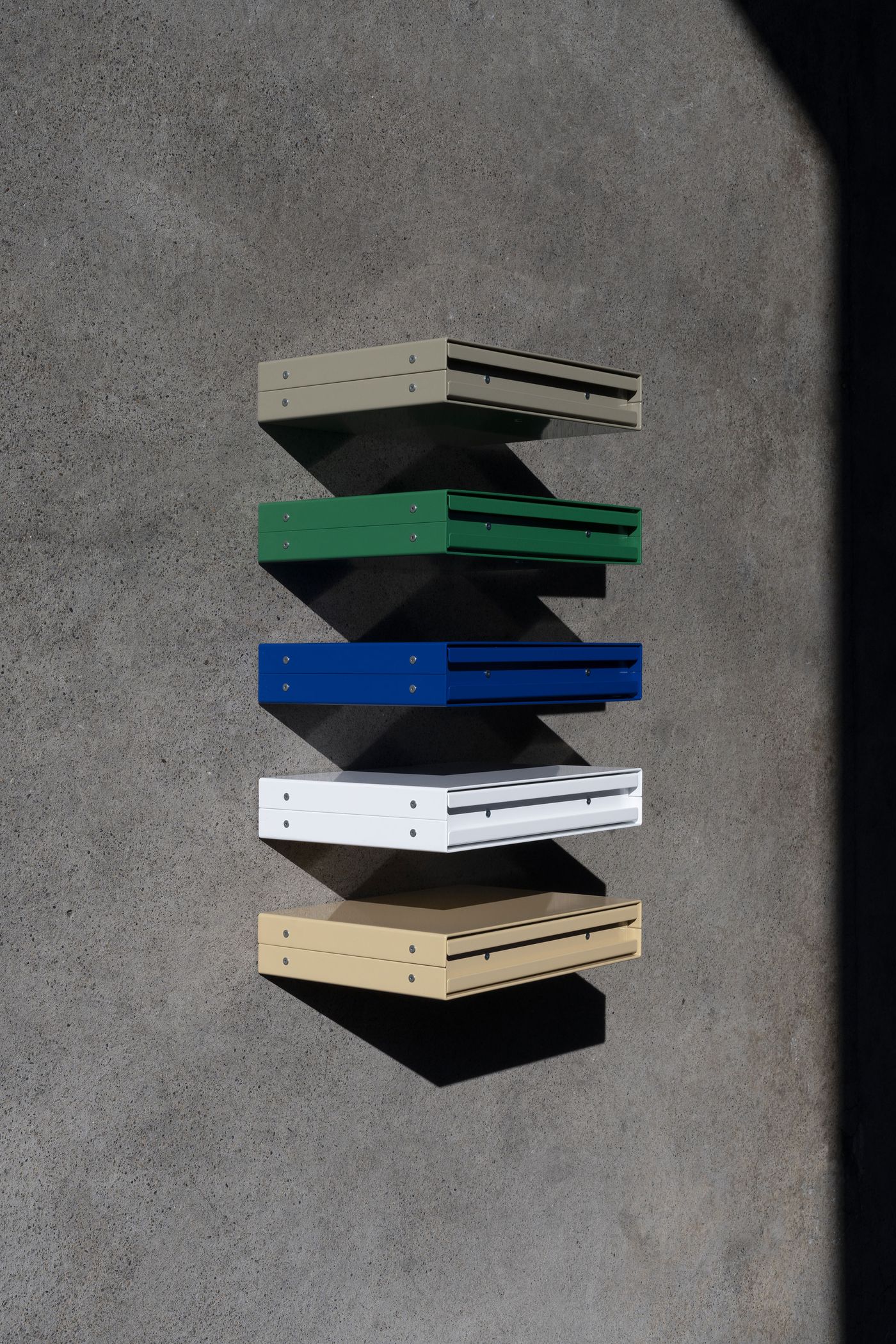
Bent Aluminium by Philippe Malouin and Lehni for Salon 94 Design.
Photo © Jasmine Deporta.
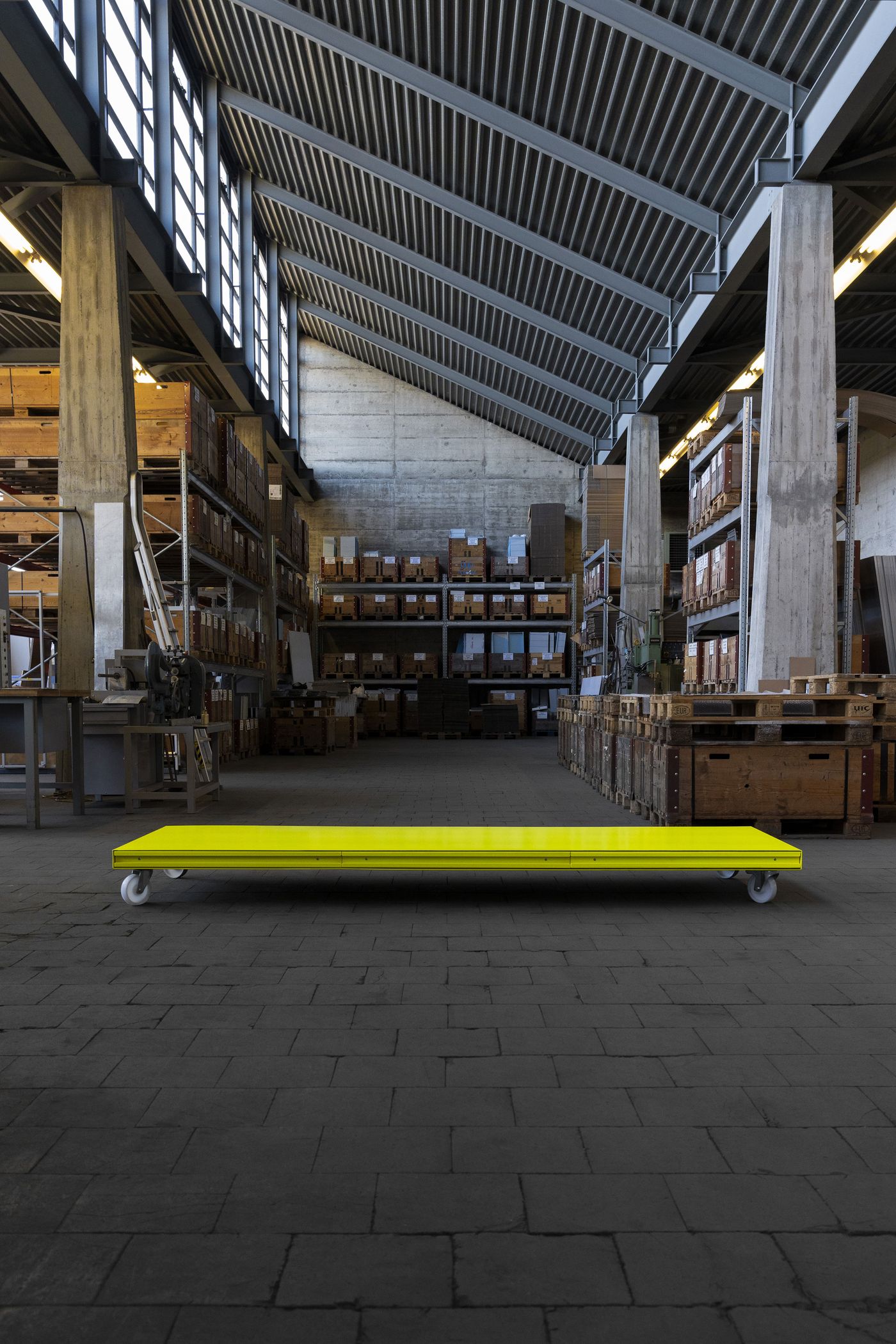
Bent Aluminium by Philippe Malouin and Lehni for Salon 94 Design.
Photo © Jasmine Deporta.
Milan Design Week 2025 offered not just a glimpse into the future of design, but a visceral reminder of why we fall for it every time. In all its sprawling, chaotic, contradictory glory, there’s no experience quite like it — no place that so fully embraces beauty, messiness, invention, and the sheer thrill of discovery.
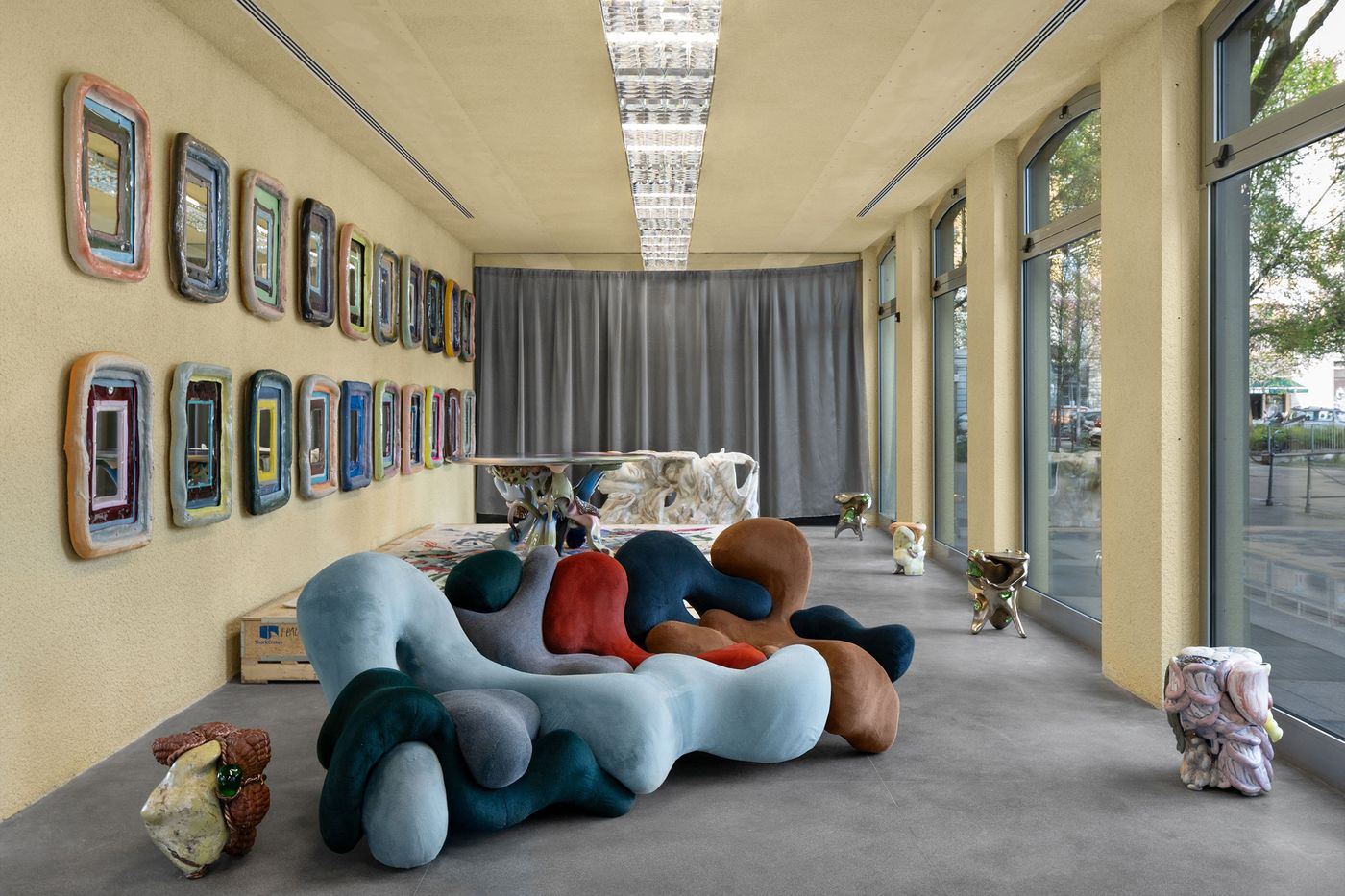
In Far Afield exhibition by Friedman Benda Art gallery at Capsule Plaza’s Satellite Venue (Piazza Risorgimento 8), Misha Kahn transformed the space into a surrealist terrain anchored by Azimuth, a kaleidoscopic grid of mirrors inspired by celestial measurement. New works—including a draped marble console (A Long Winter’s Sleep), a mohair carpet blending digital and handcraft, and sculptural seating in Dedar fabrics—reflect Kahn’s wildly tactile, ever-evolving cosmos of form and material.
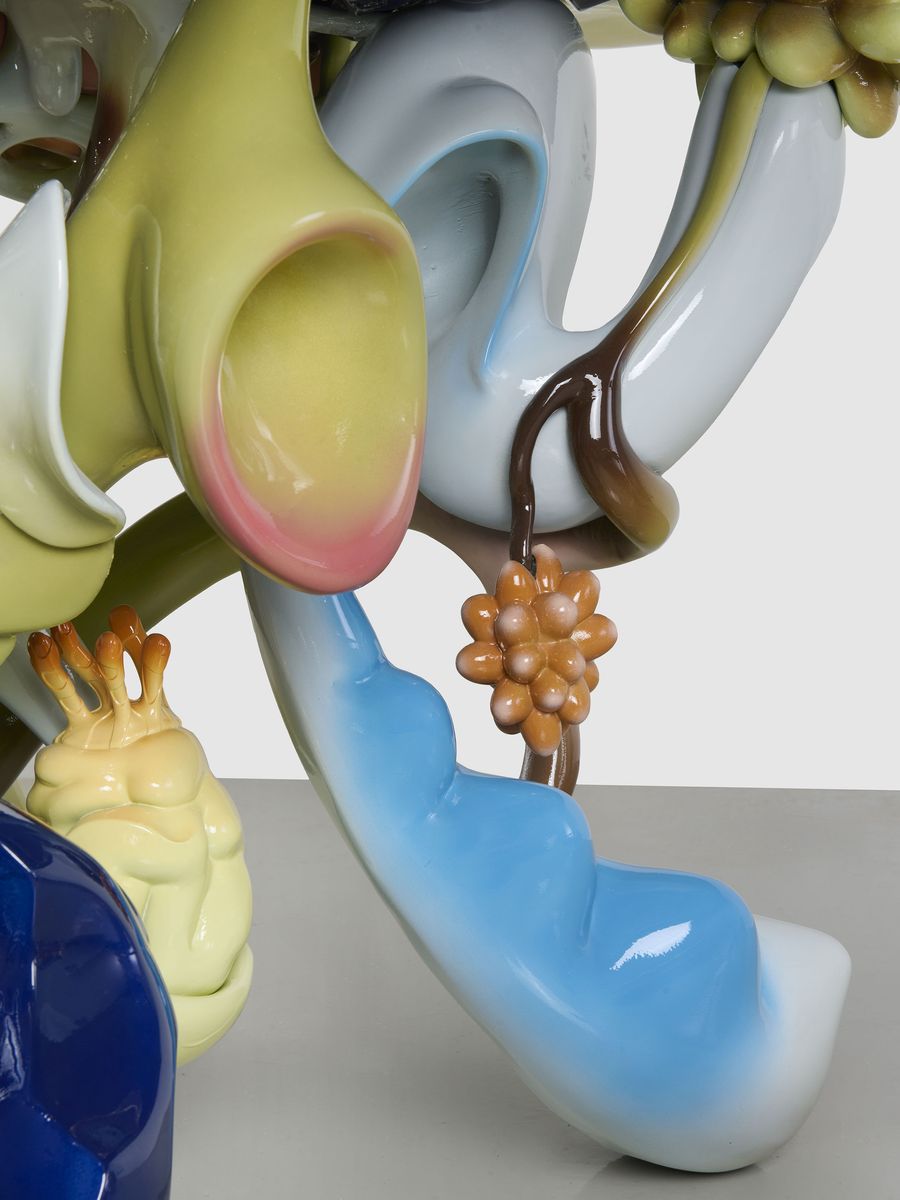
Misha Kahn [American, b. 1989]
Euphausiids Delight (Final Moments), 2024
PLA, resin, fiberglass, steel and automotive paint
31 x 66 1/2 x 65 inches
78.7 x 169 x 165 cm
Courtesy of Friedman Benda and Misha Kahn
Photography by Phoebe Dheurle

Misha Kahn [American, b. 1989]
Euphausiids Delight (Final Moments), 2024
PLA, resin, fiberglass, steel and automotive paint
31 x 66 1/2 x 65 inches
78.7 x 169 x 165 cm
Courtesy of Friedman Benda and Misha Kahn
Photography by Phoebe Dheurle
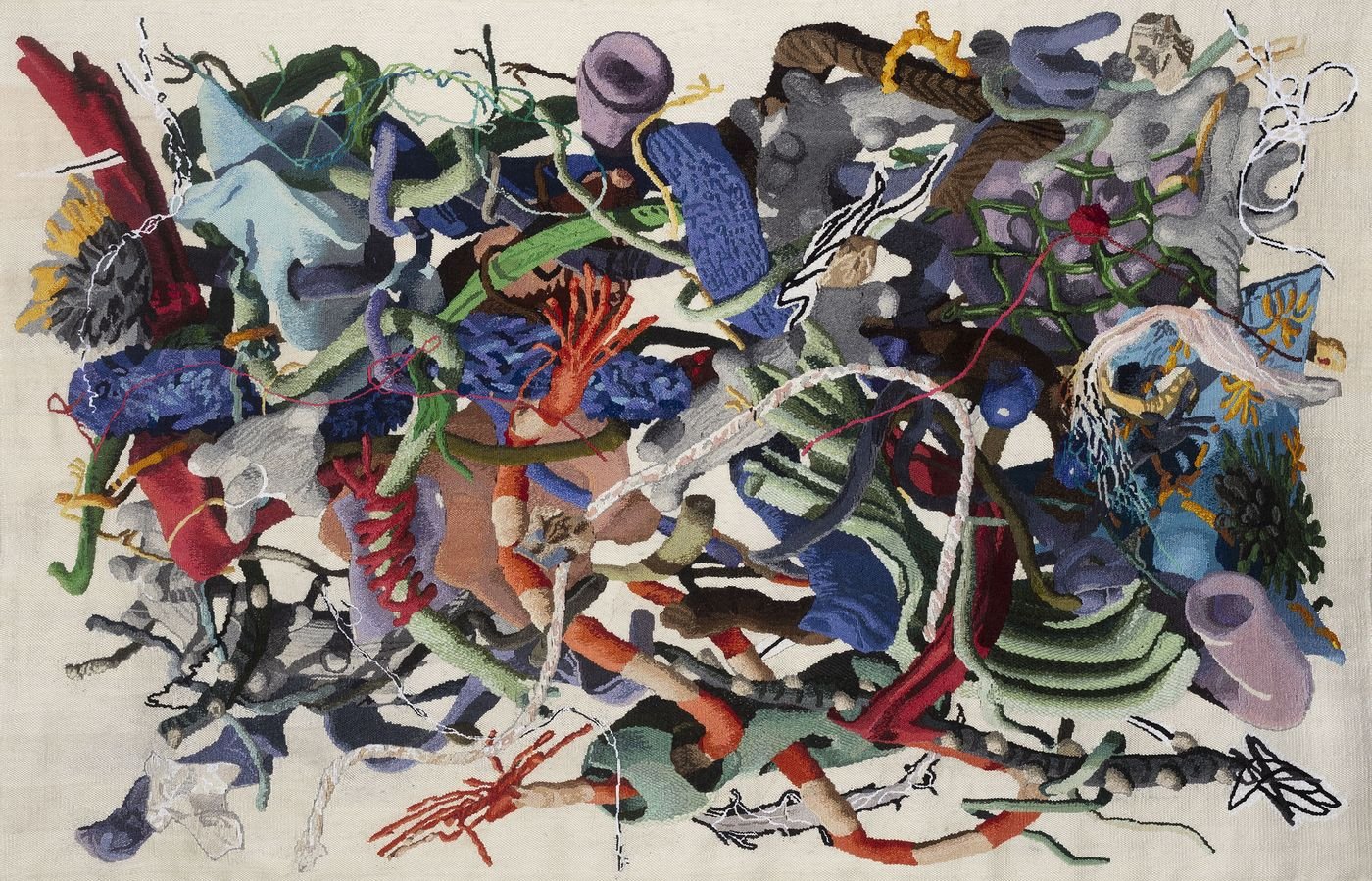
Misha Kahn [American, b. 1989]
Swatching Space Time, 2023
Mohair
110 1/4 x 173 1/4 inches
280 x 440.1 cm
Courtesy of Friedman Benda and Misha Kahn
